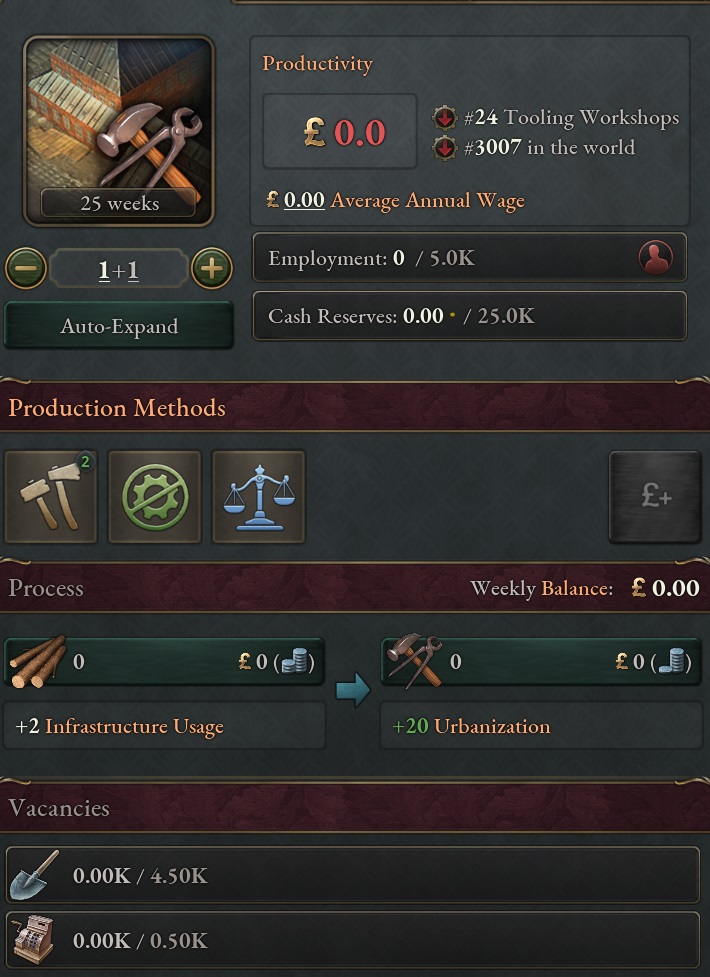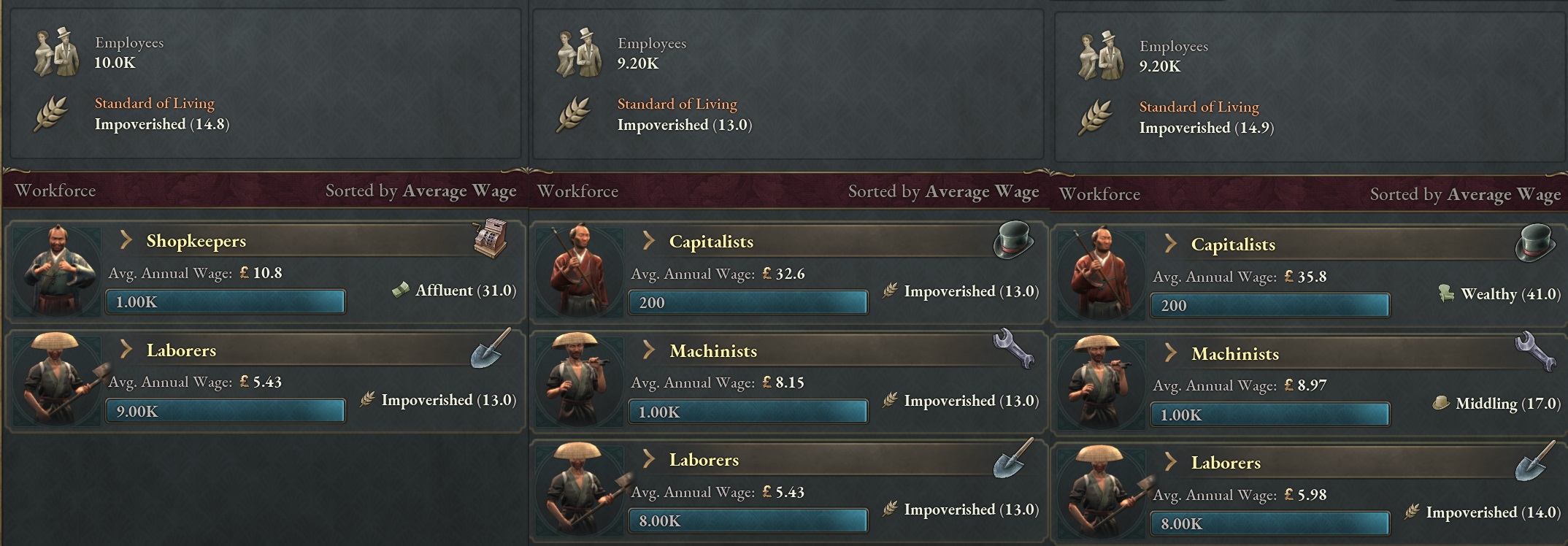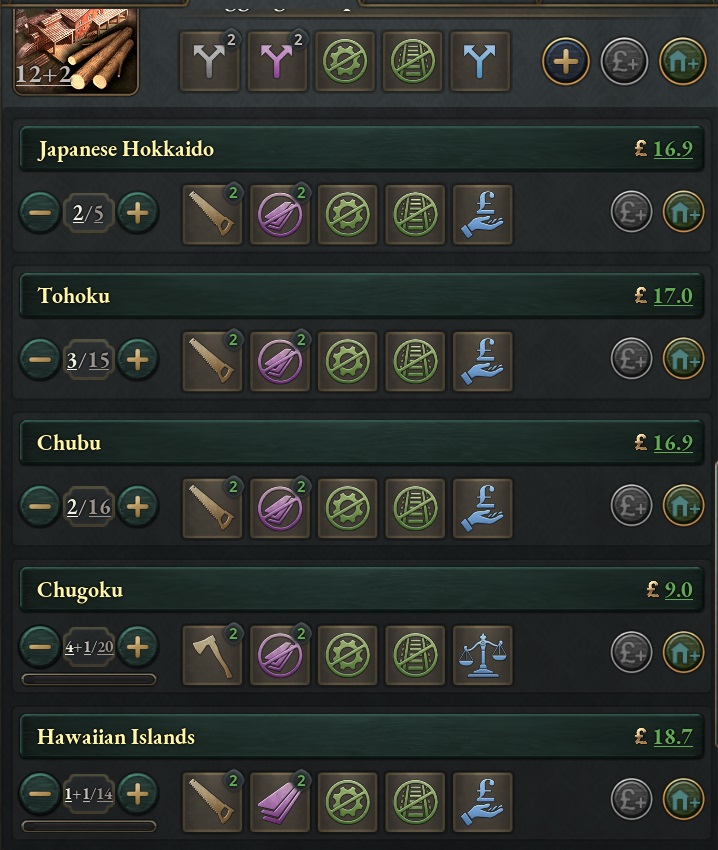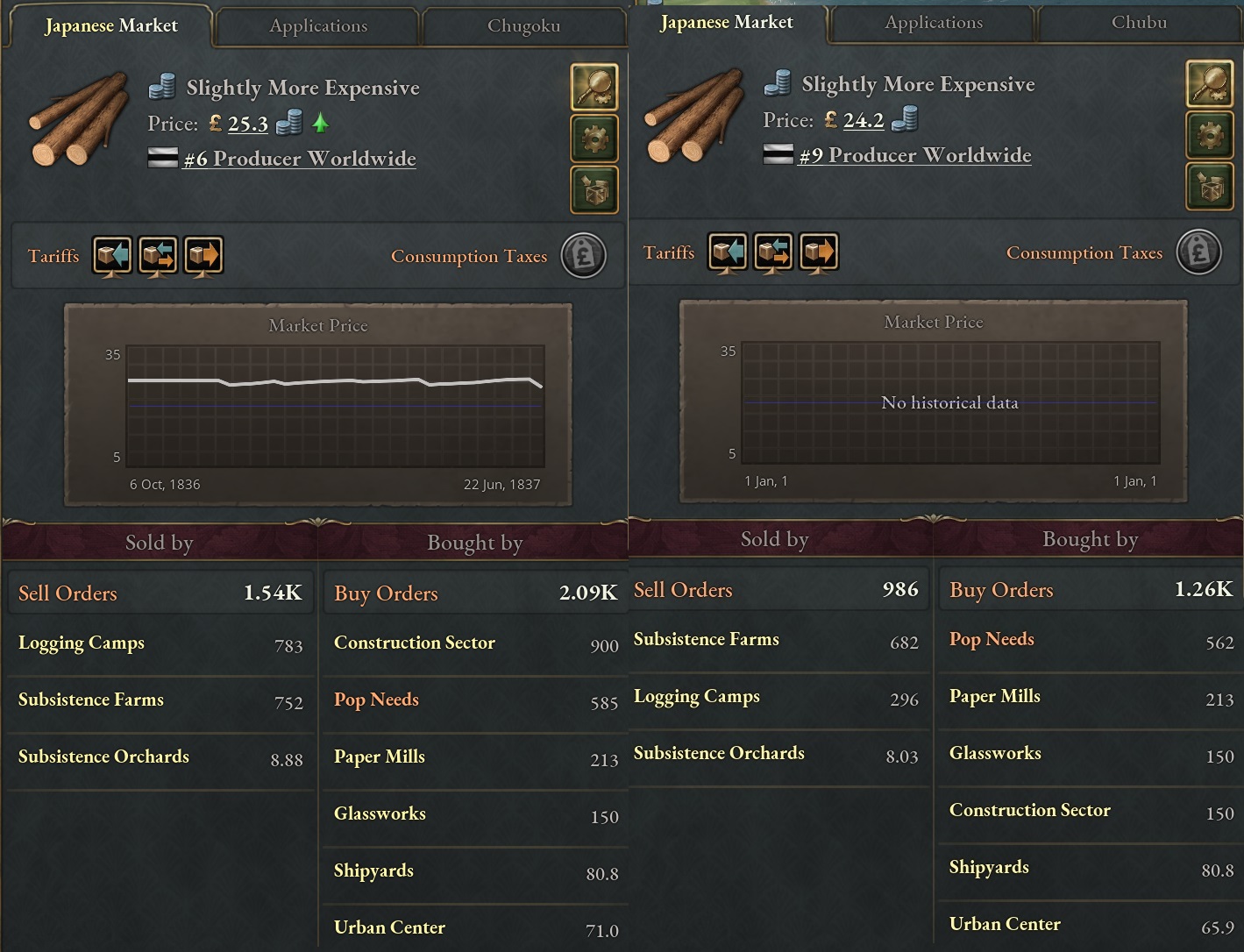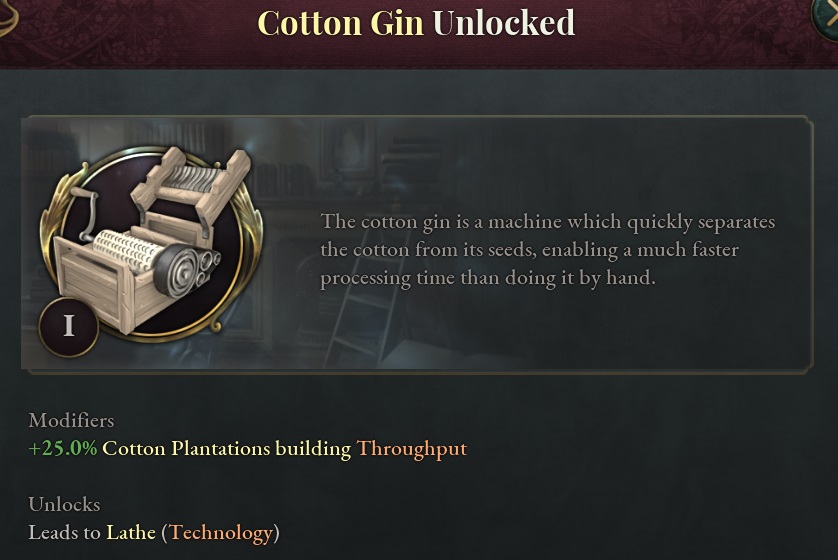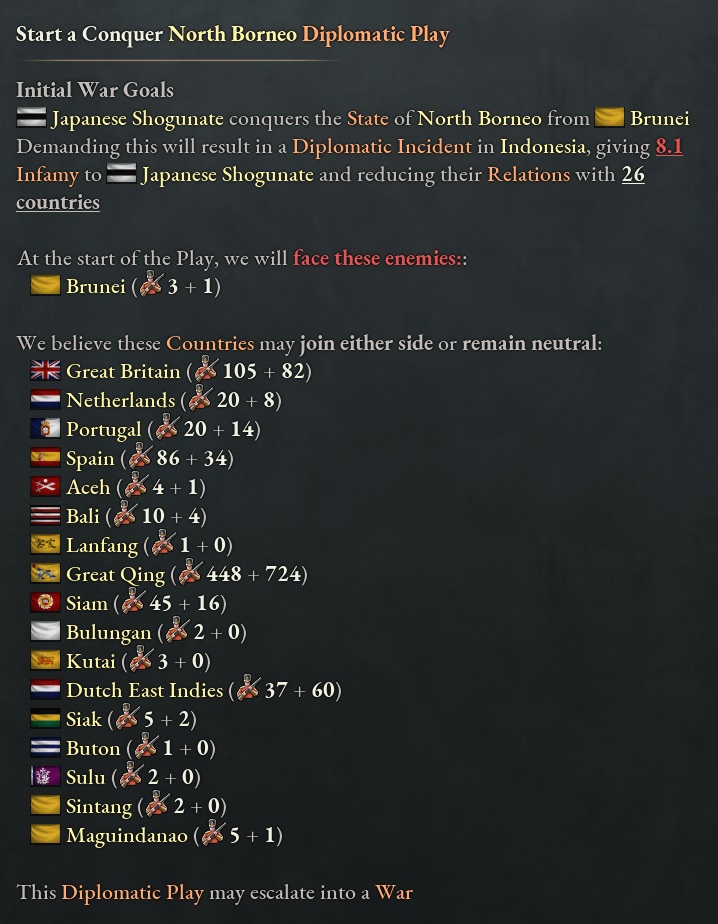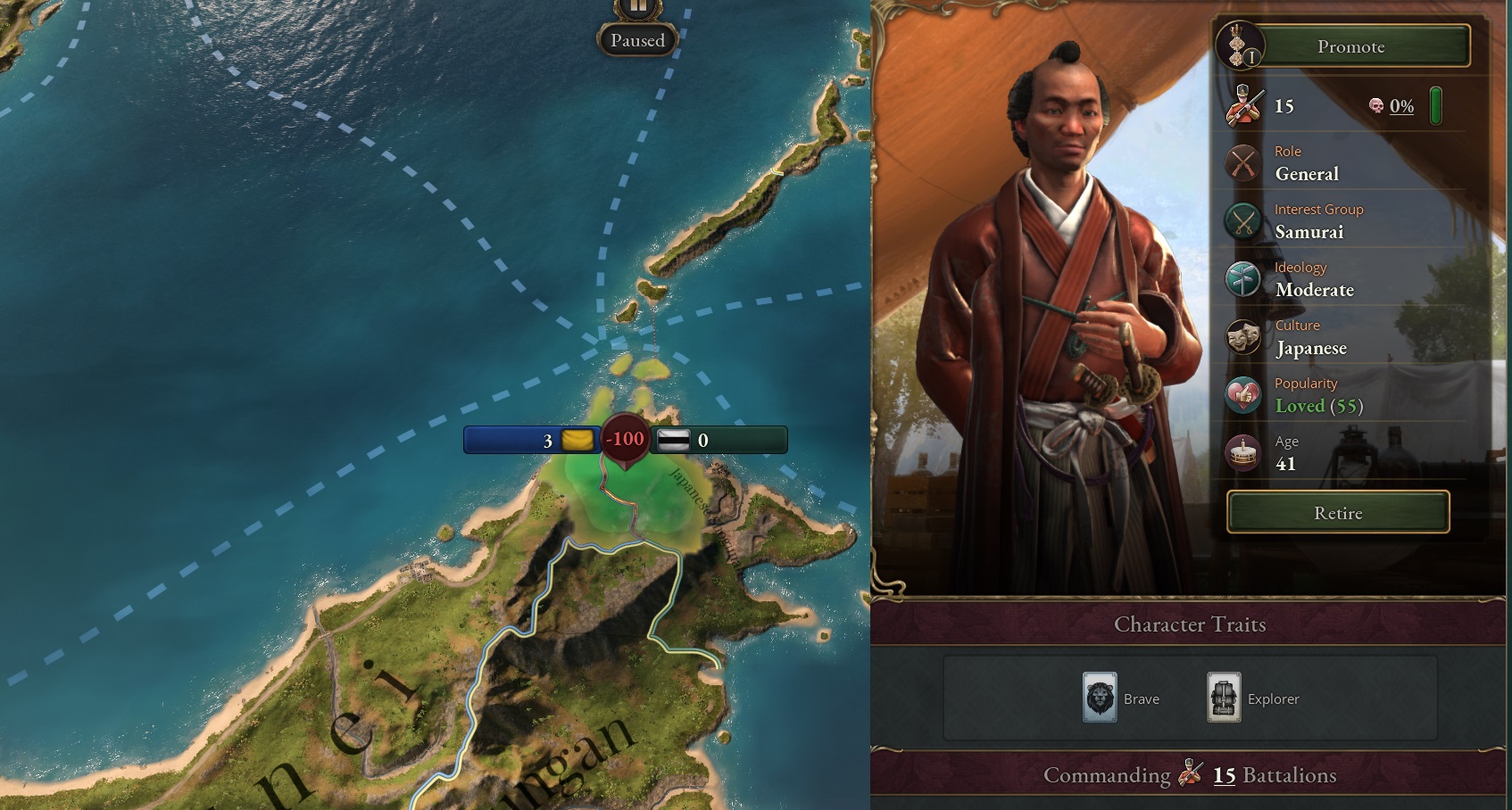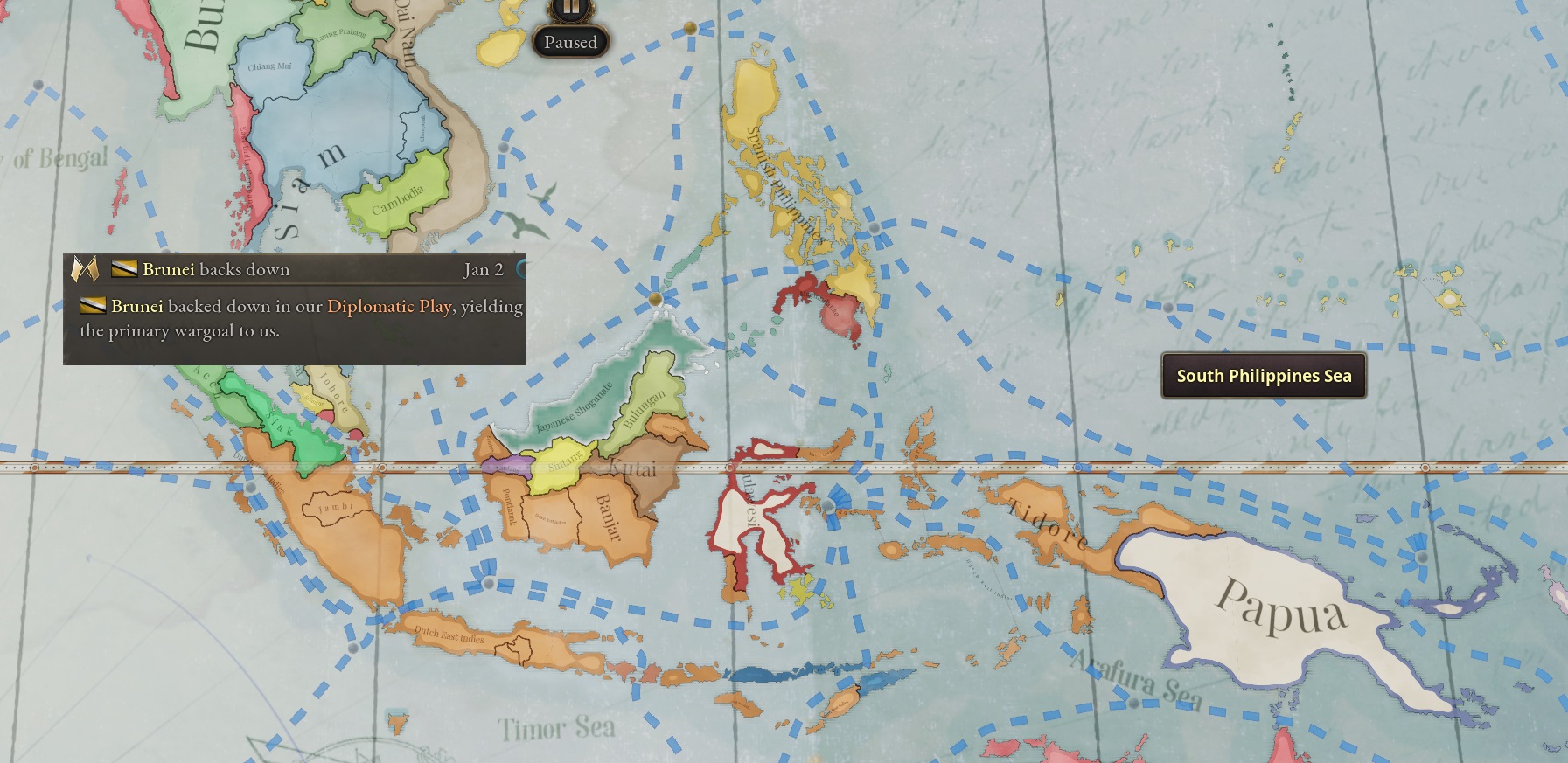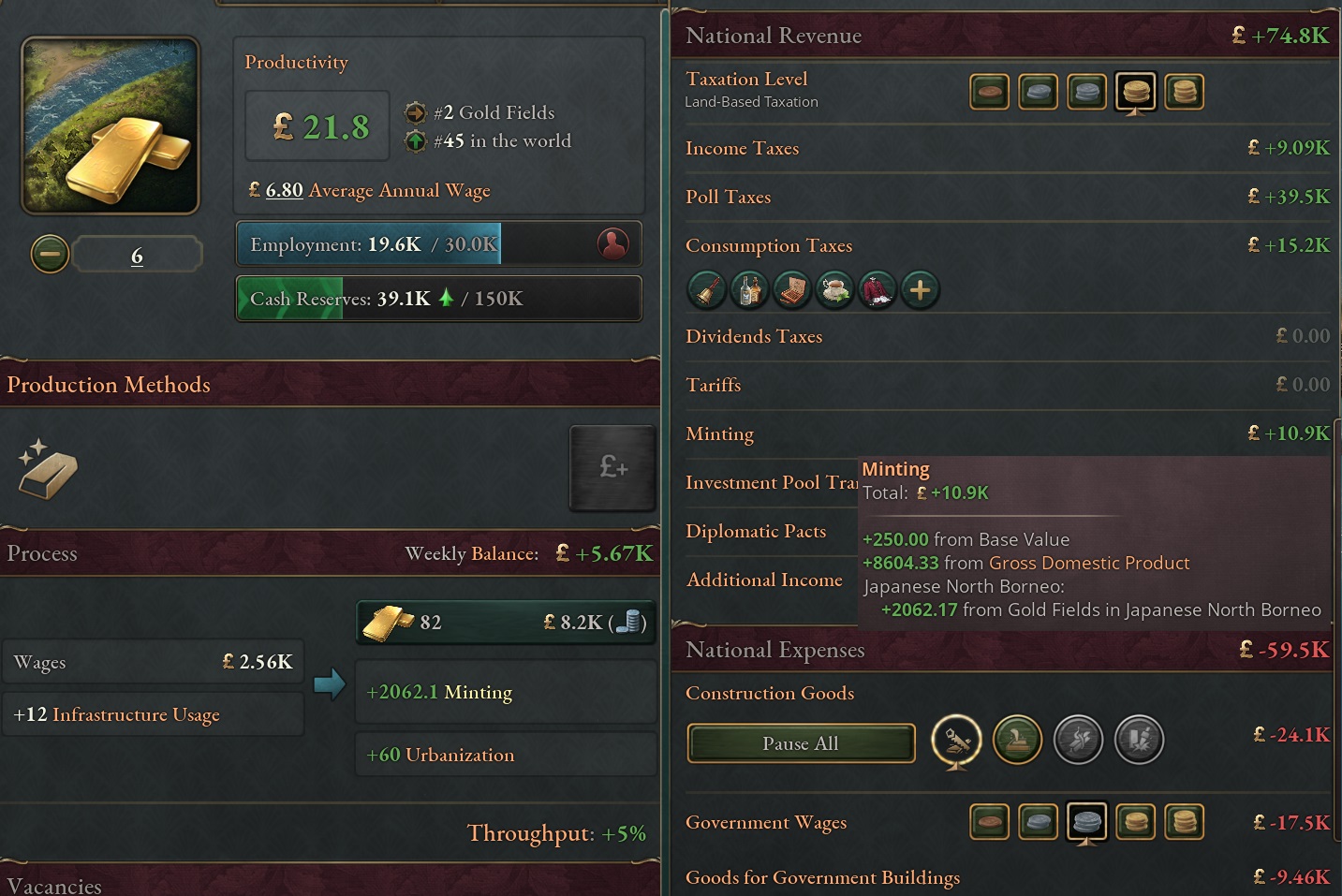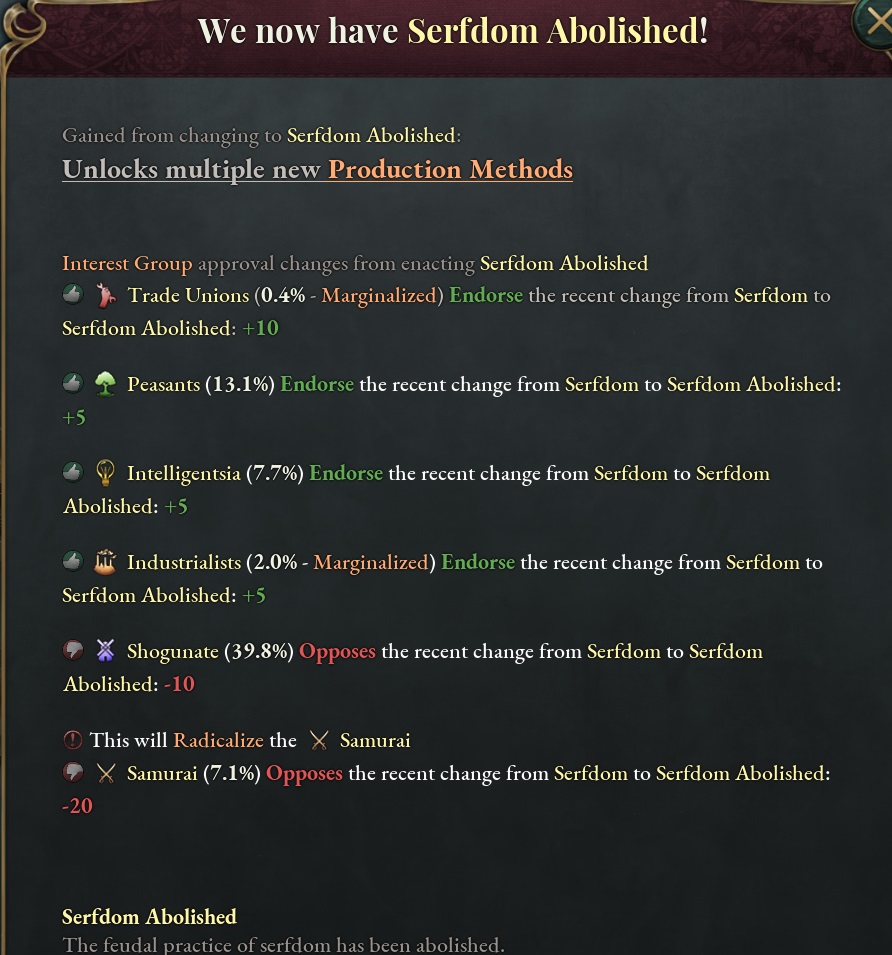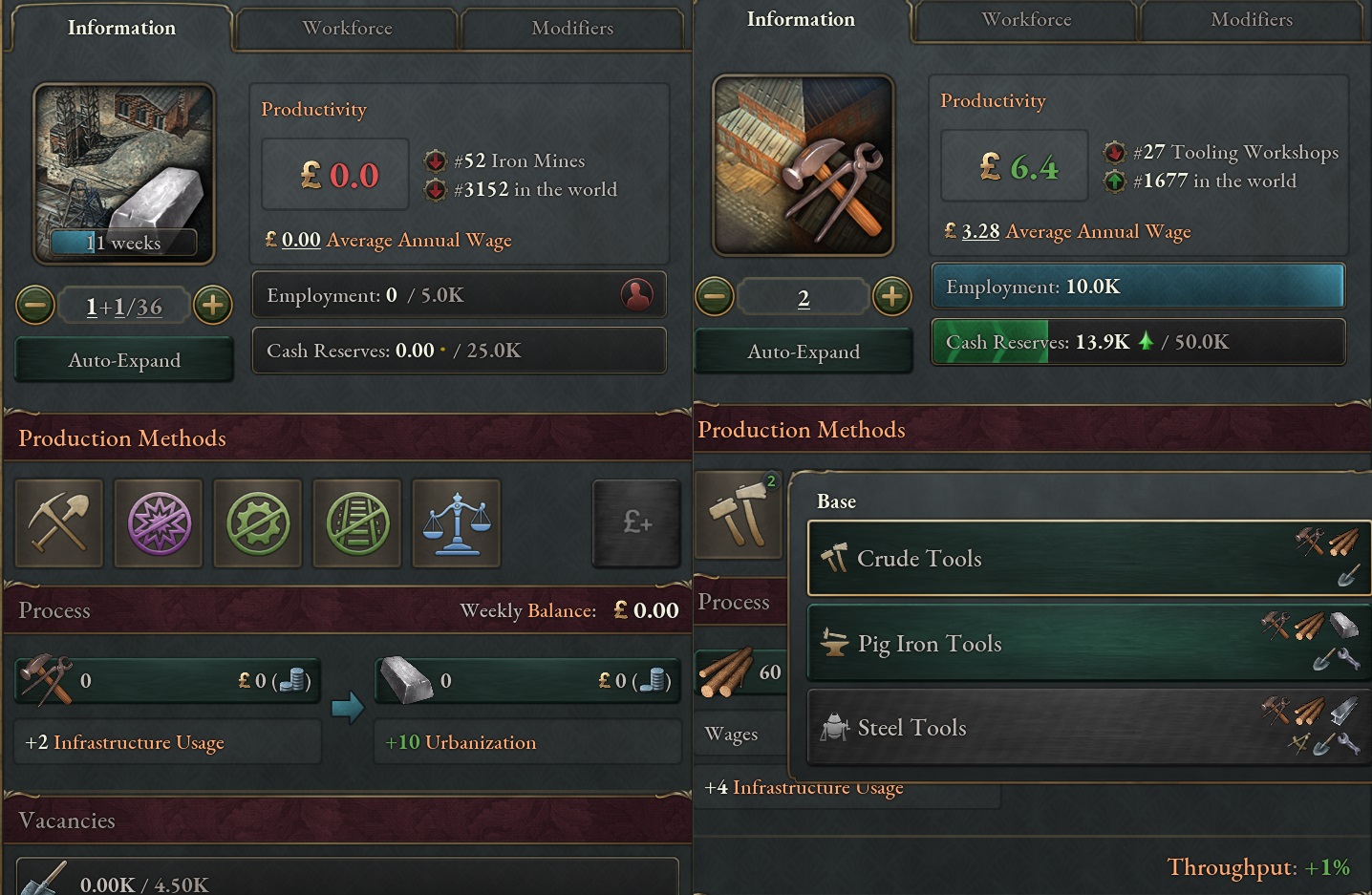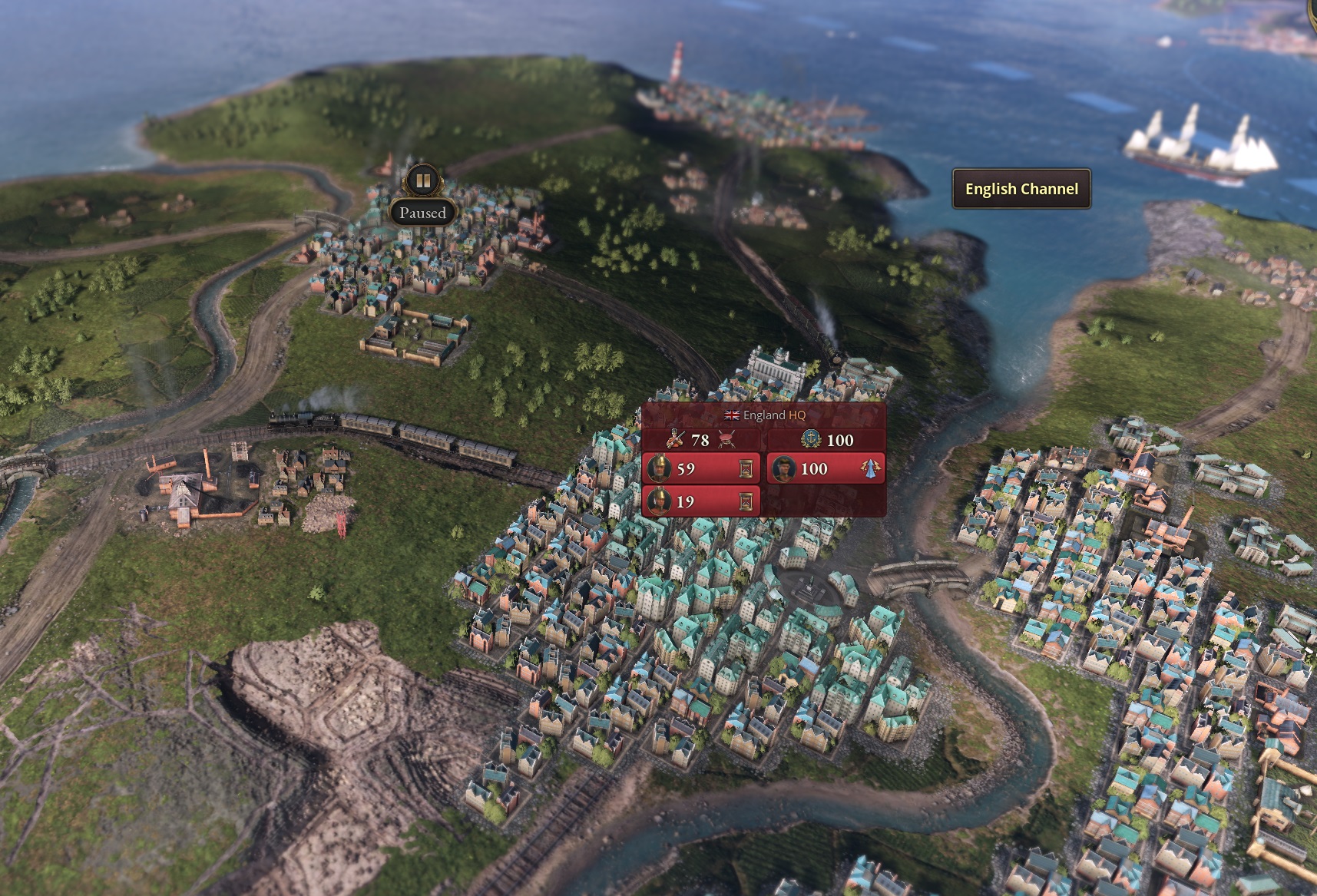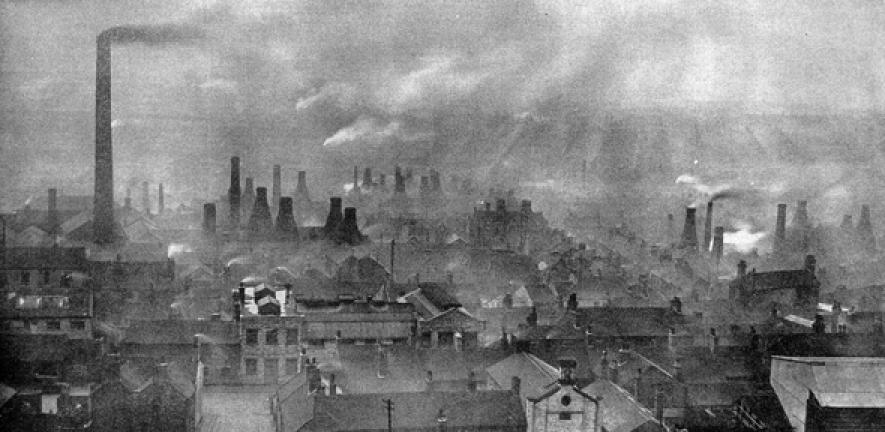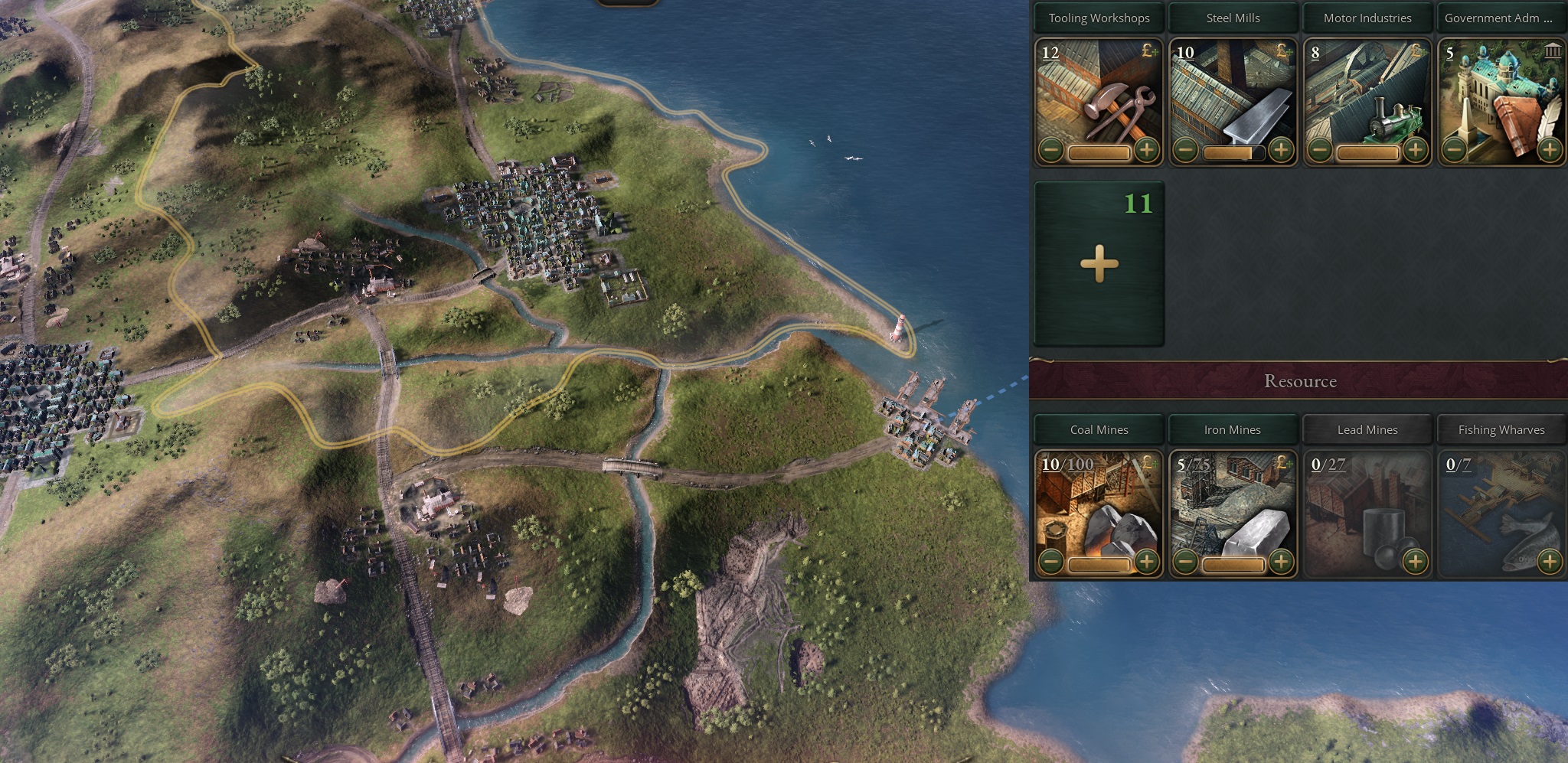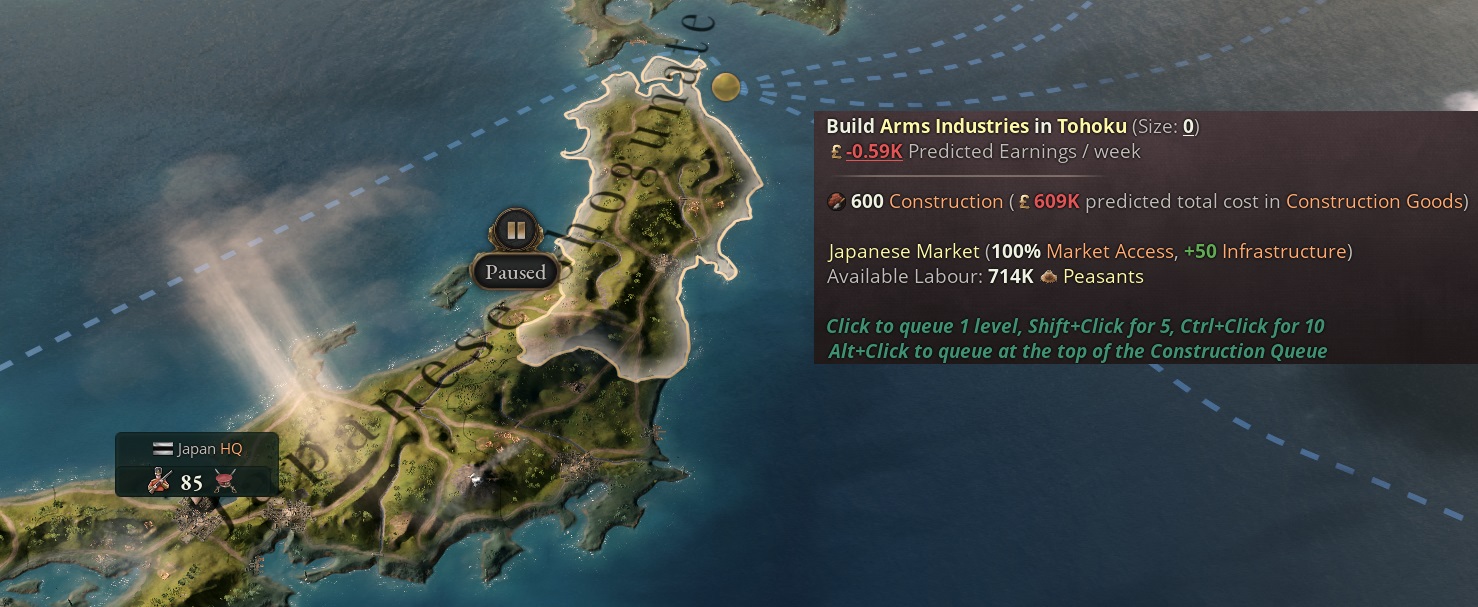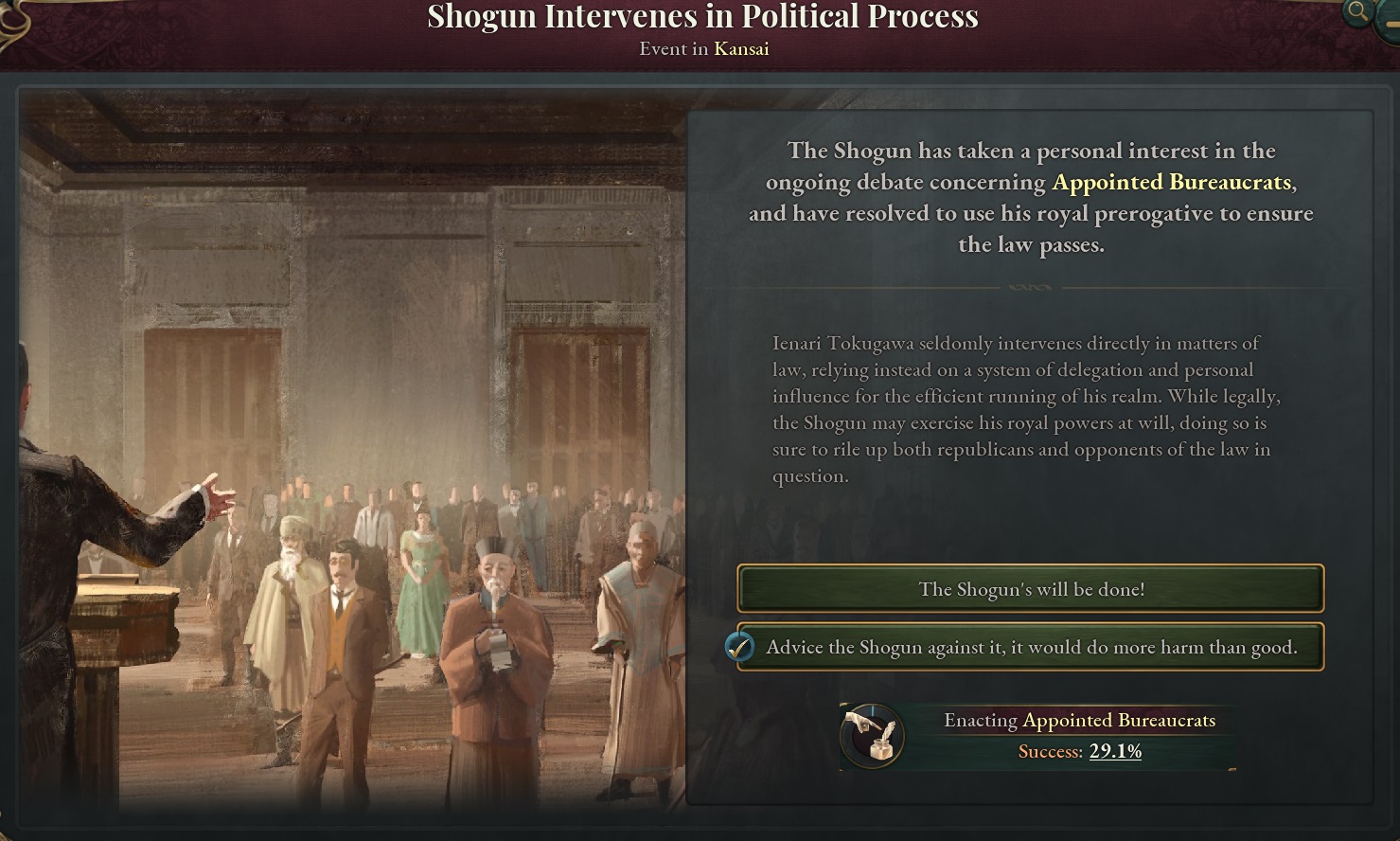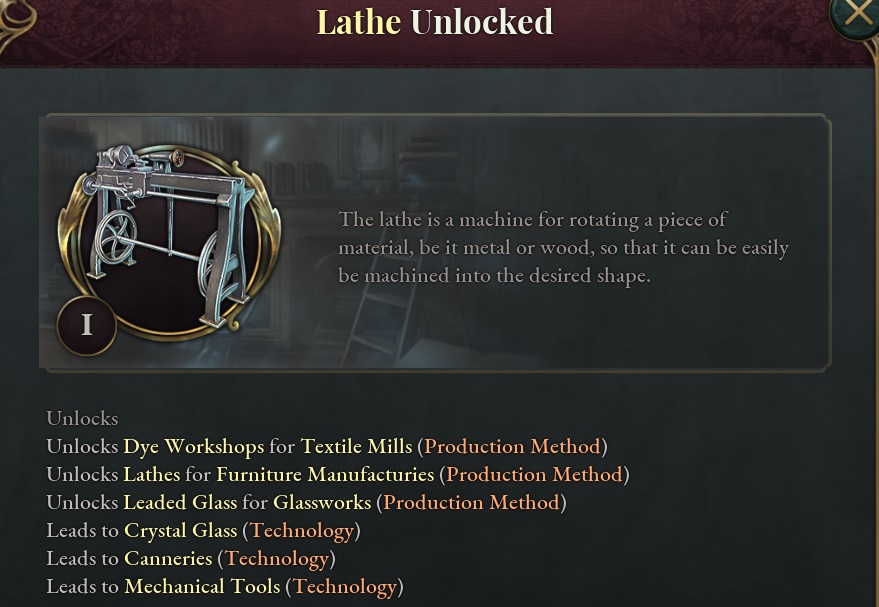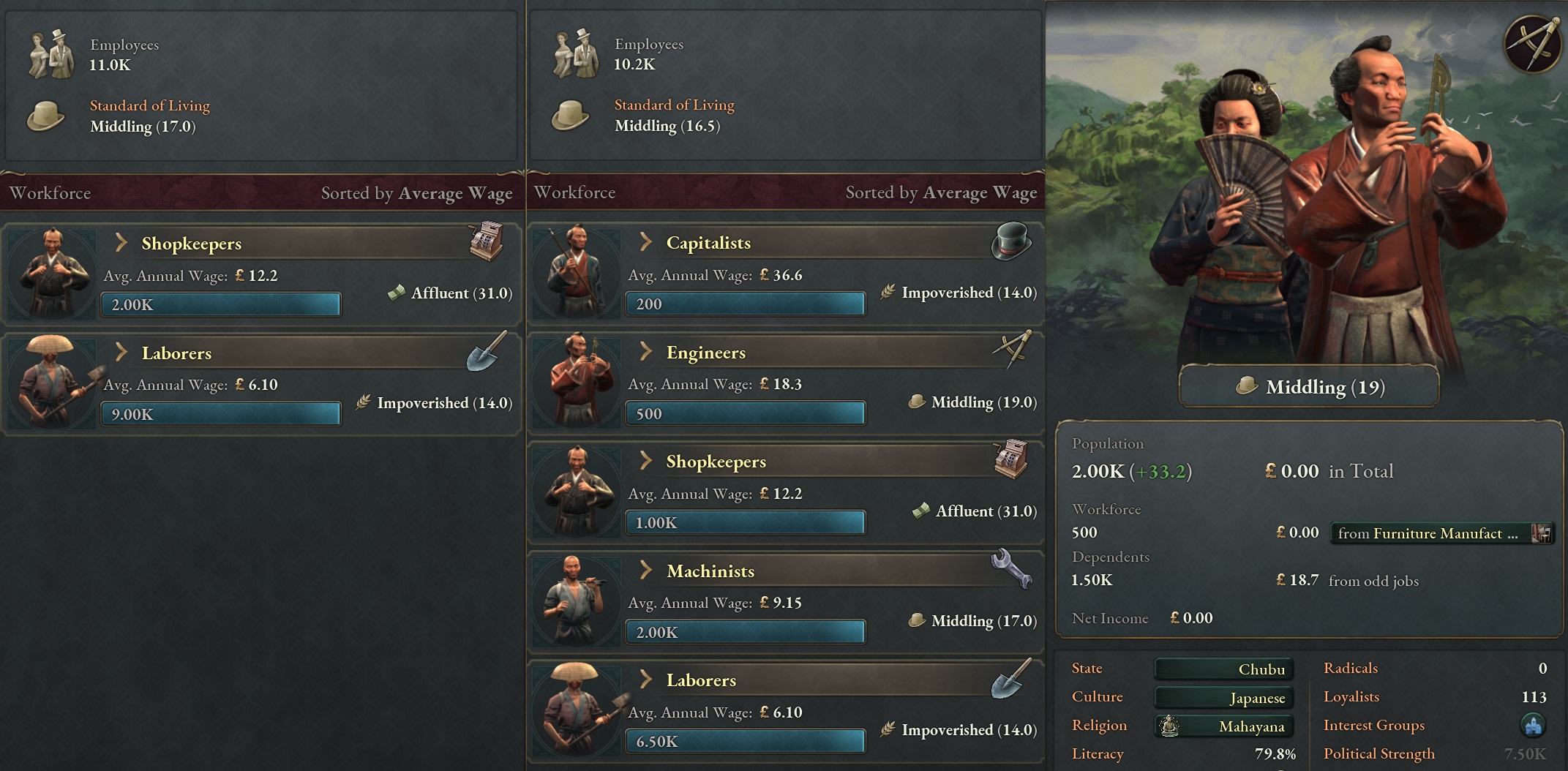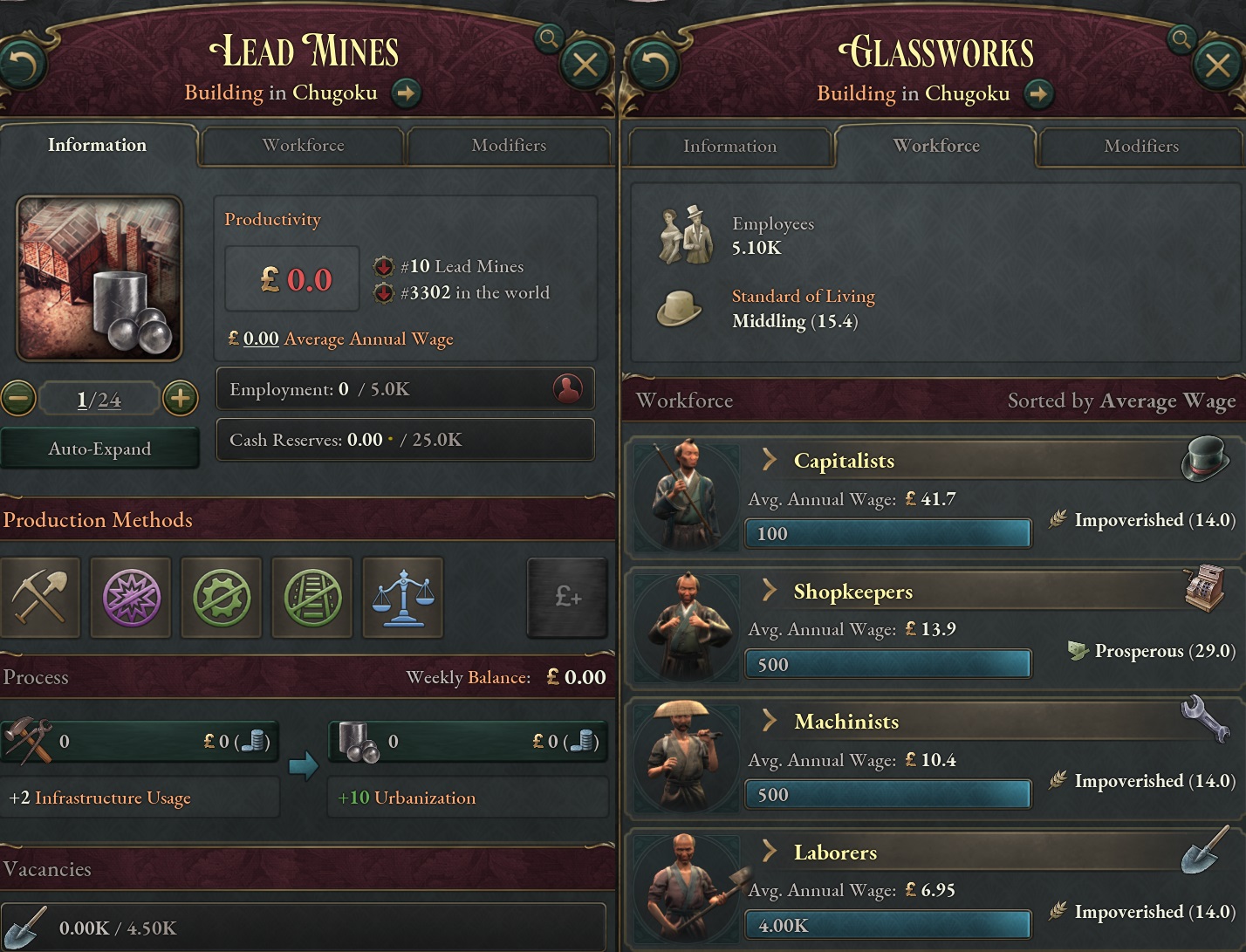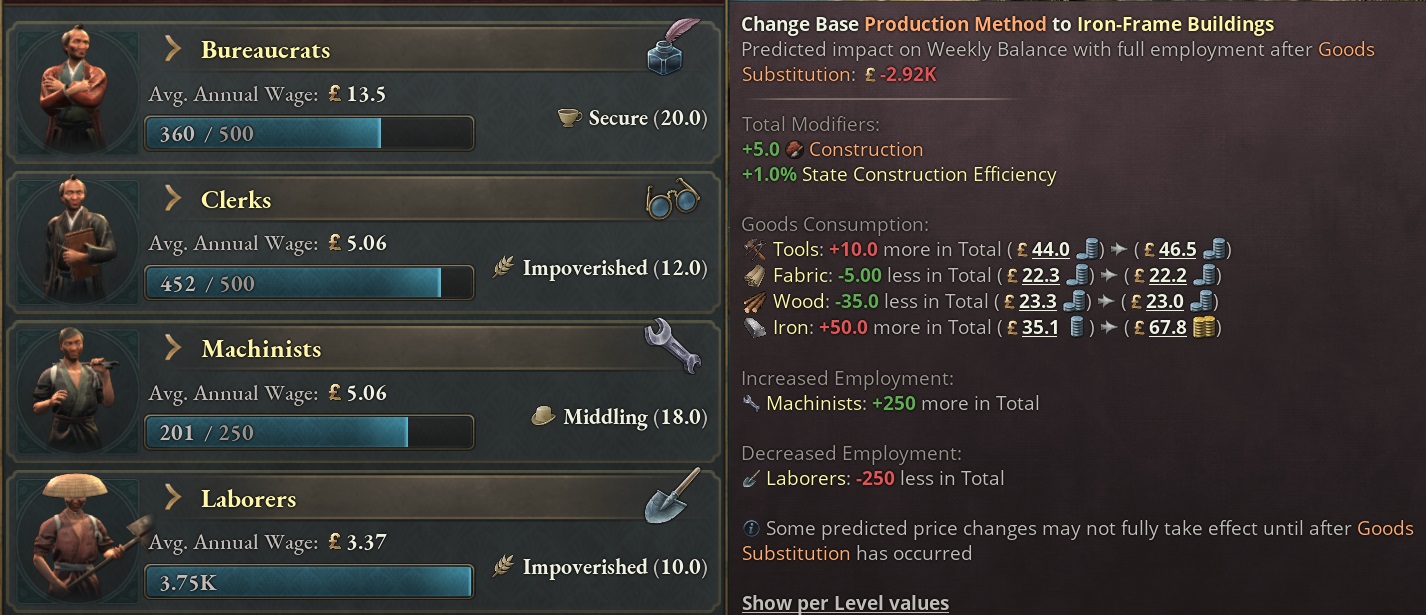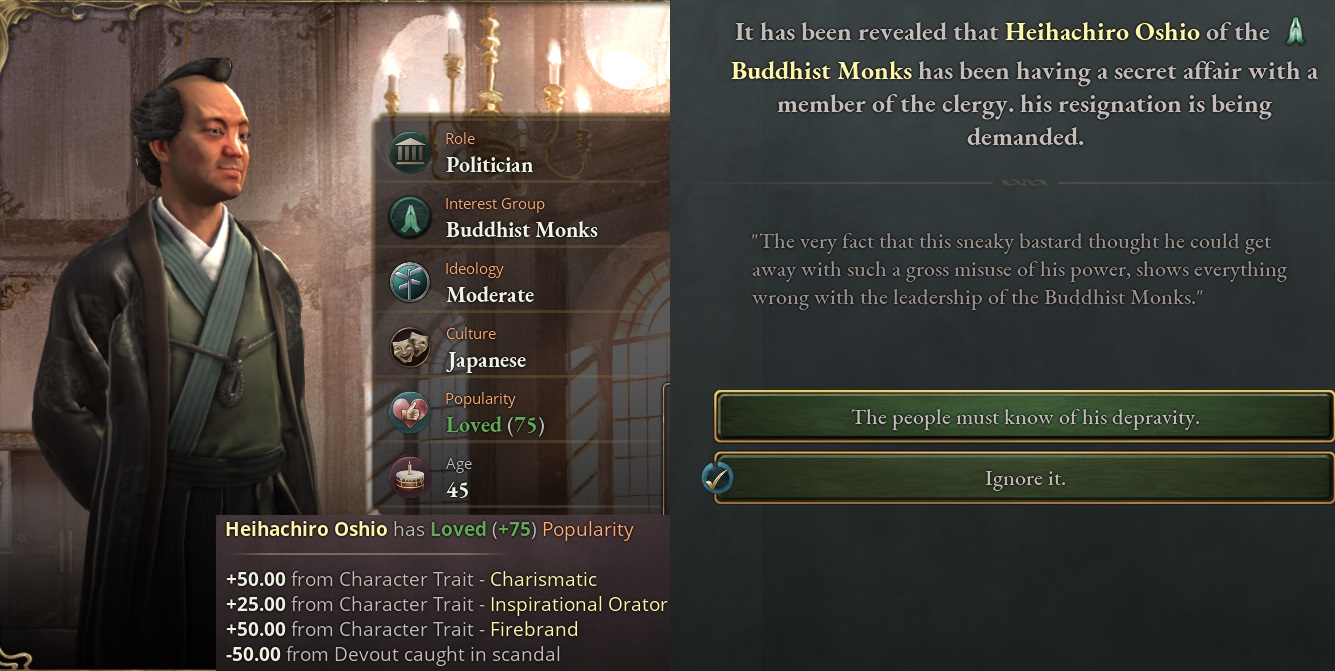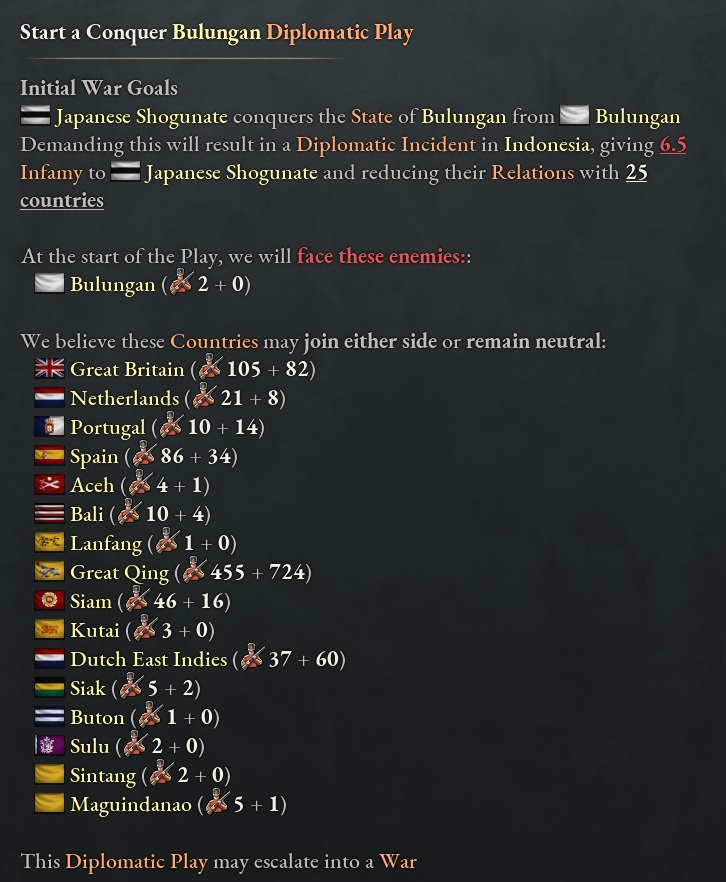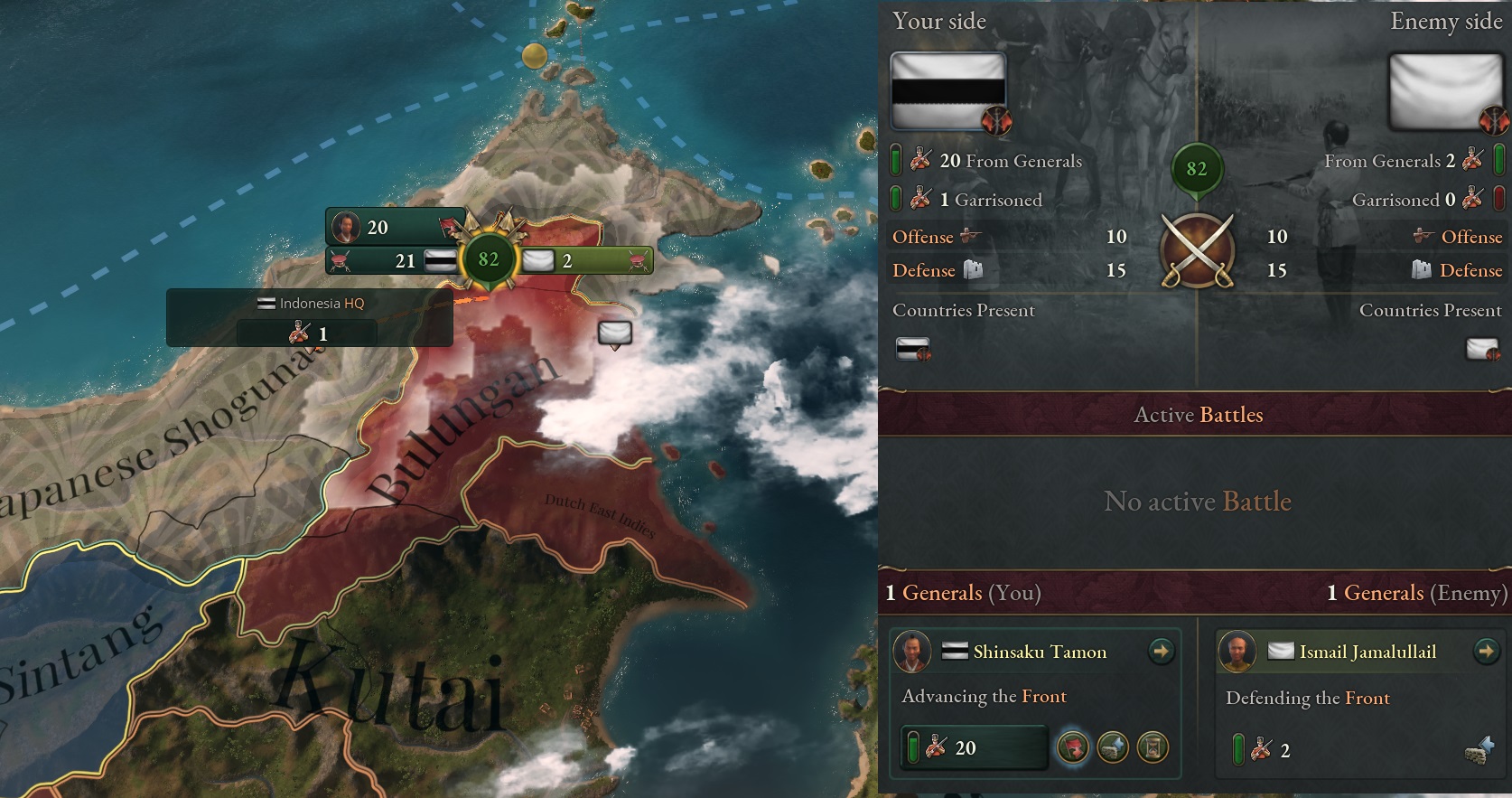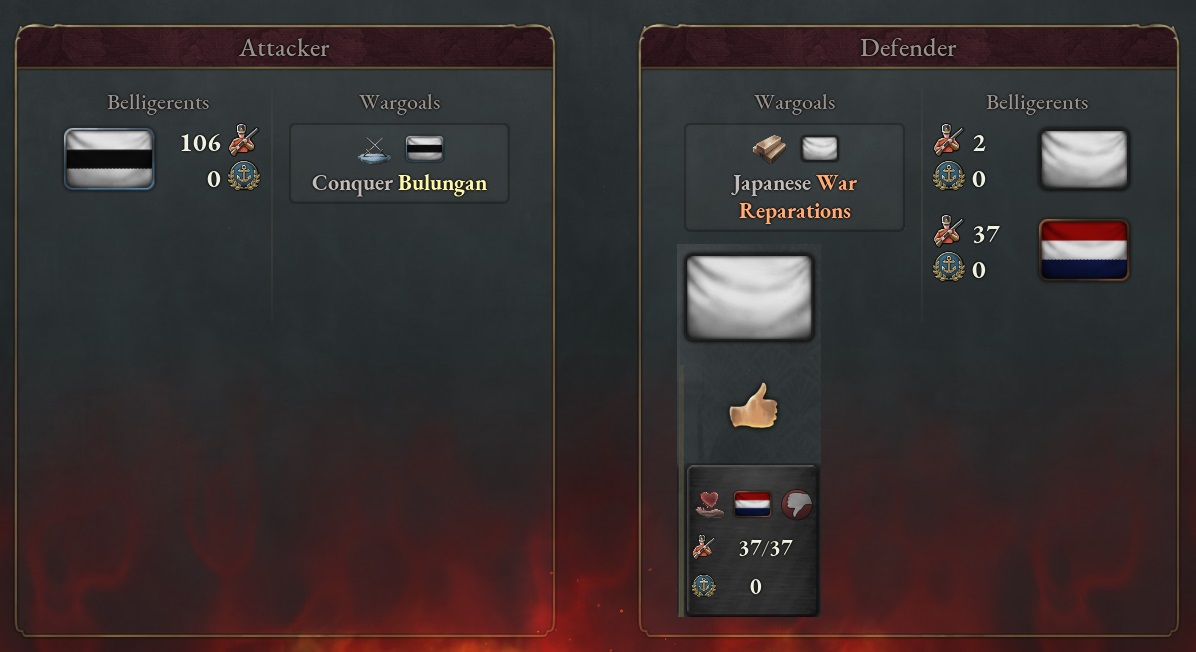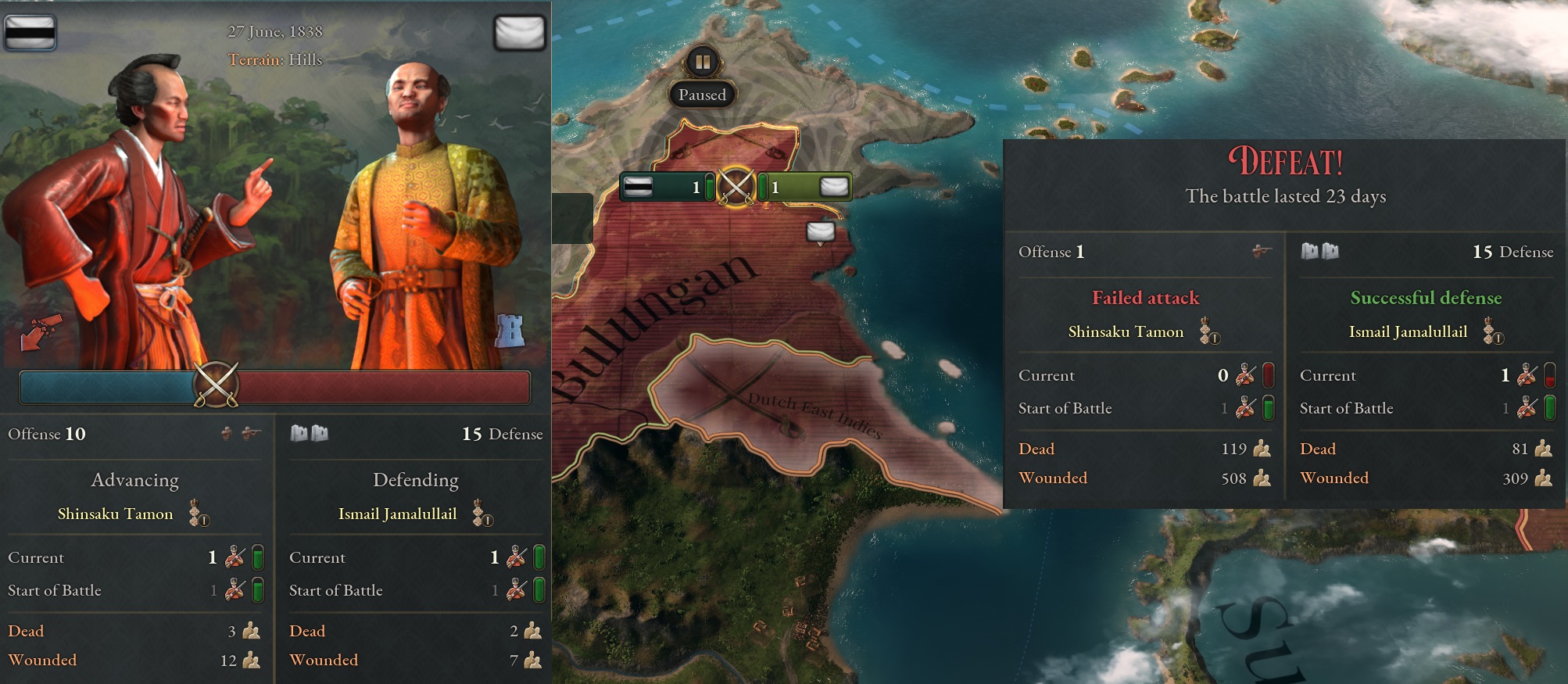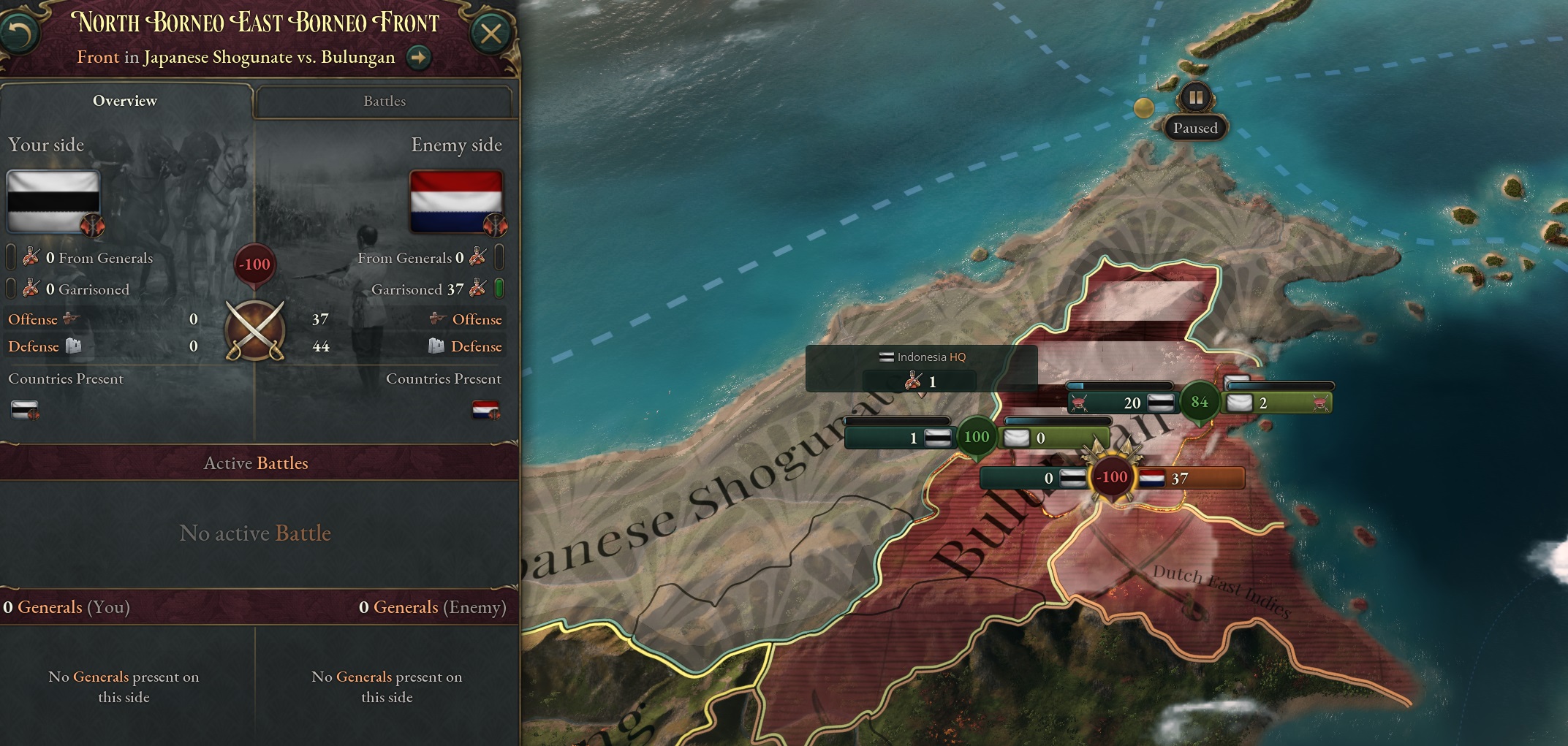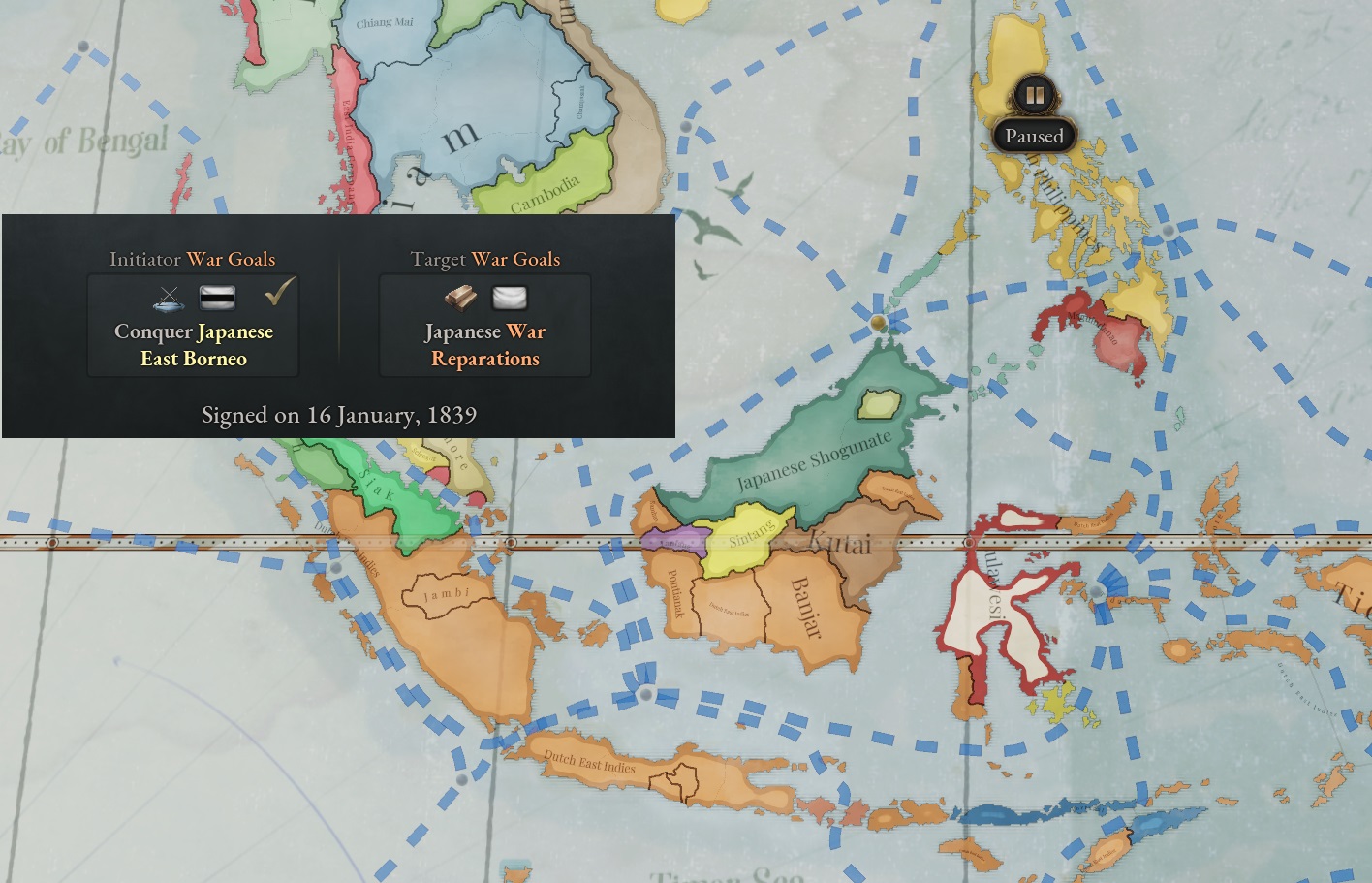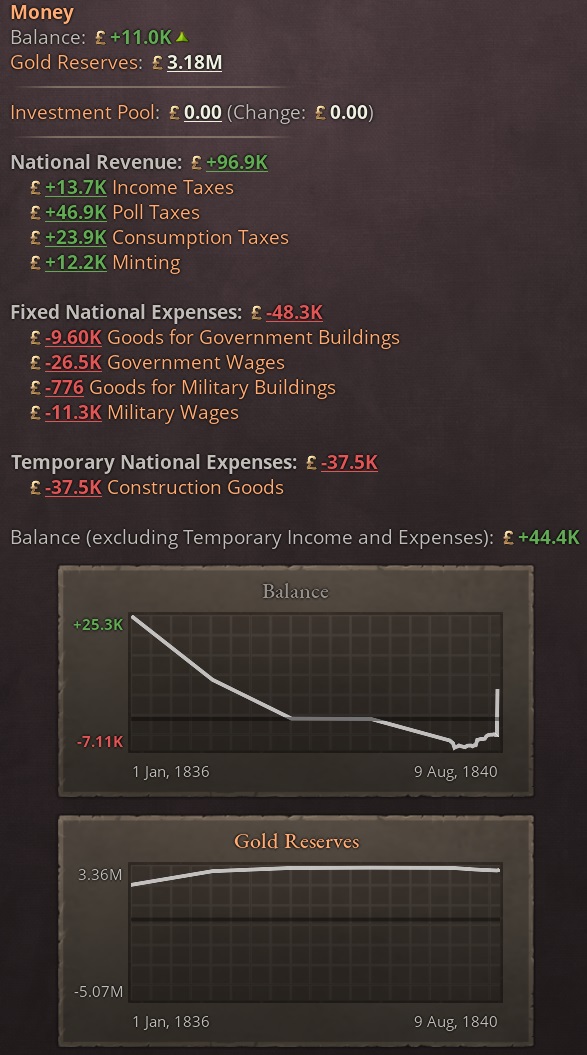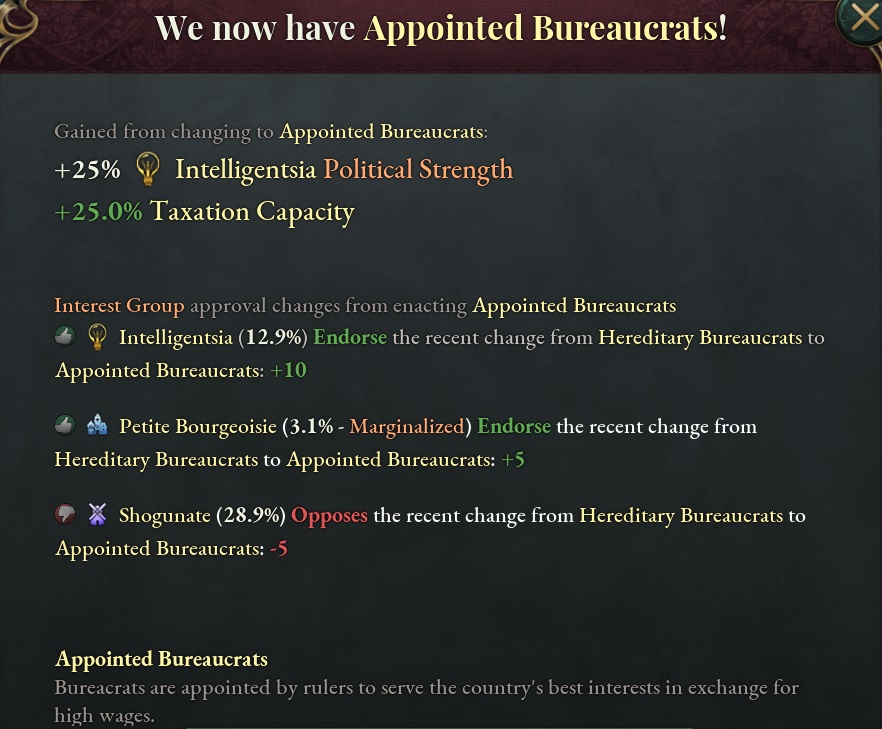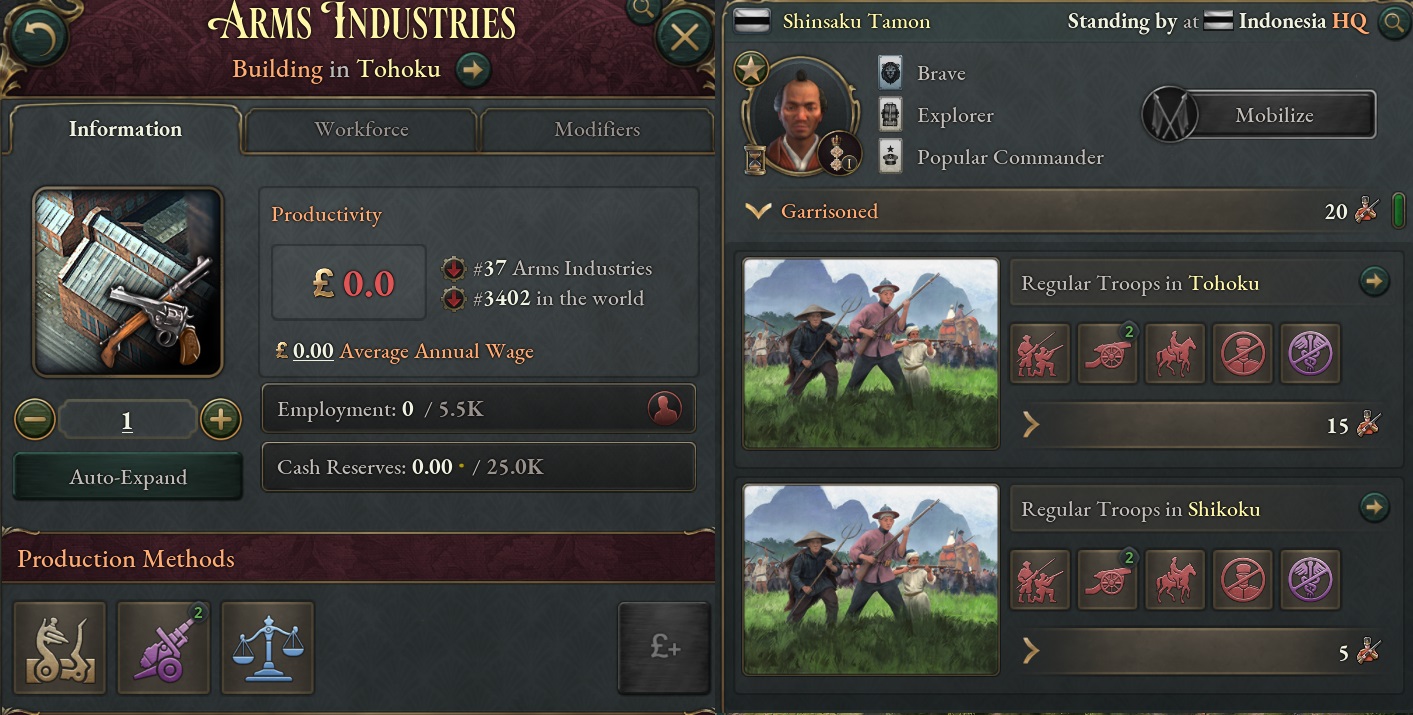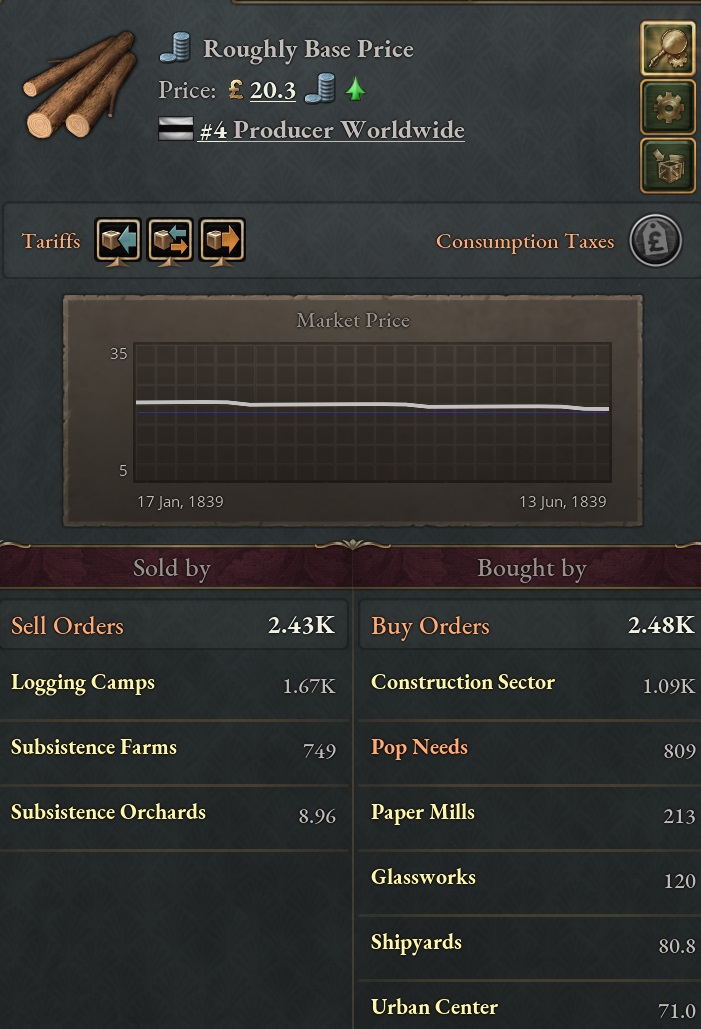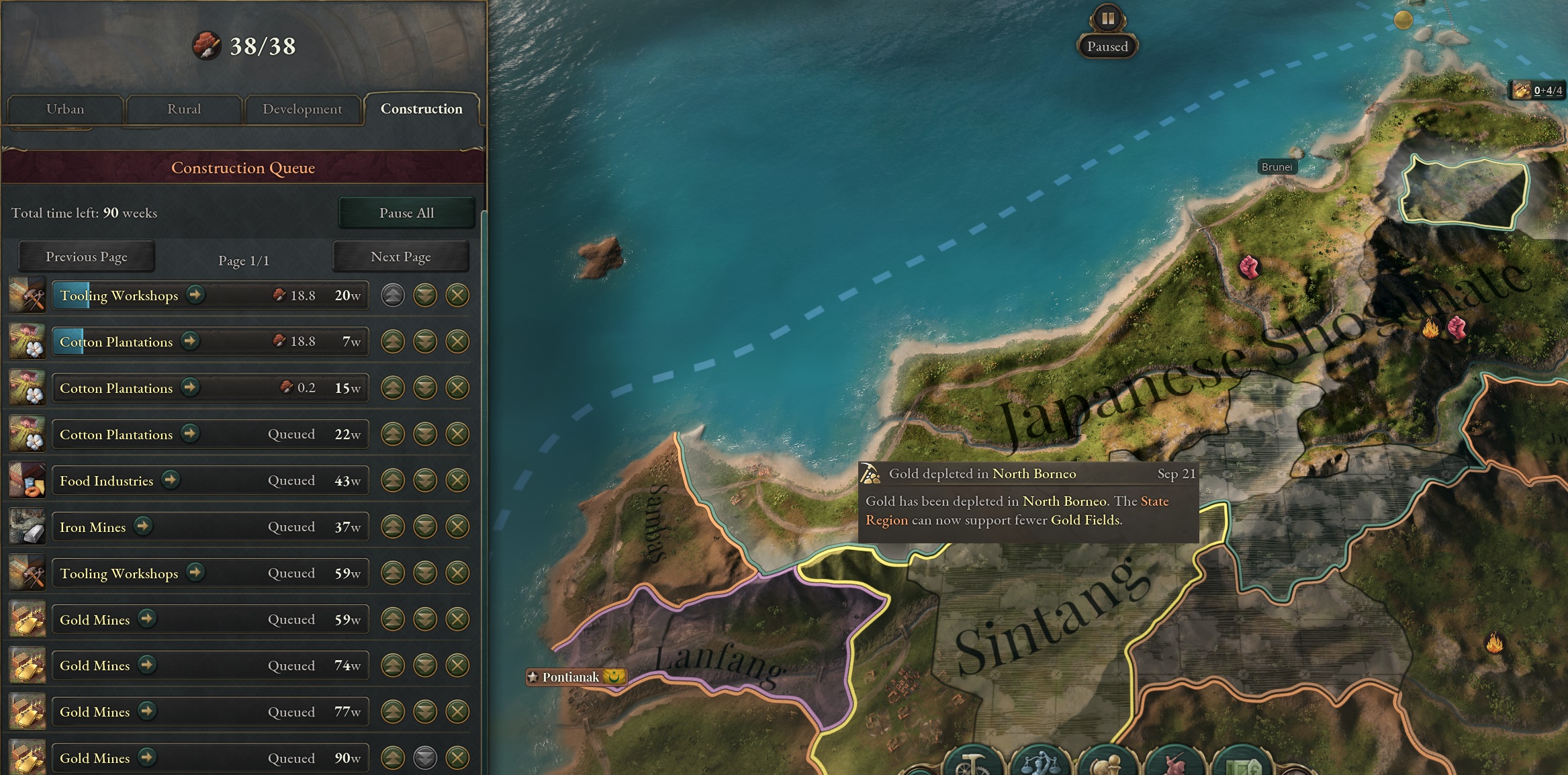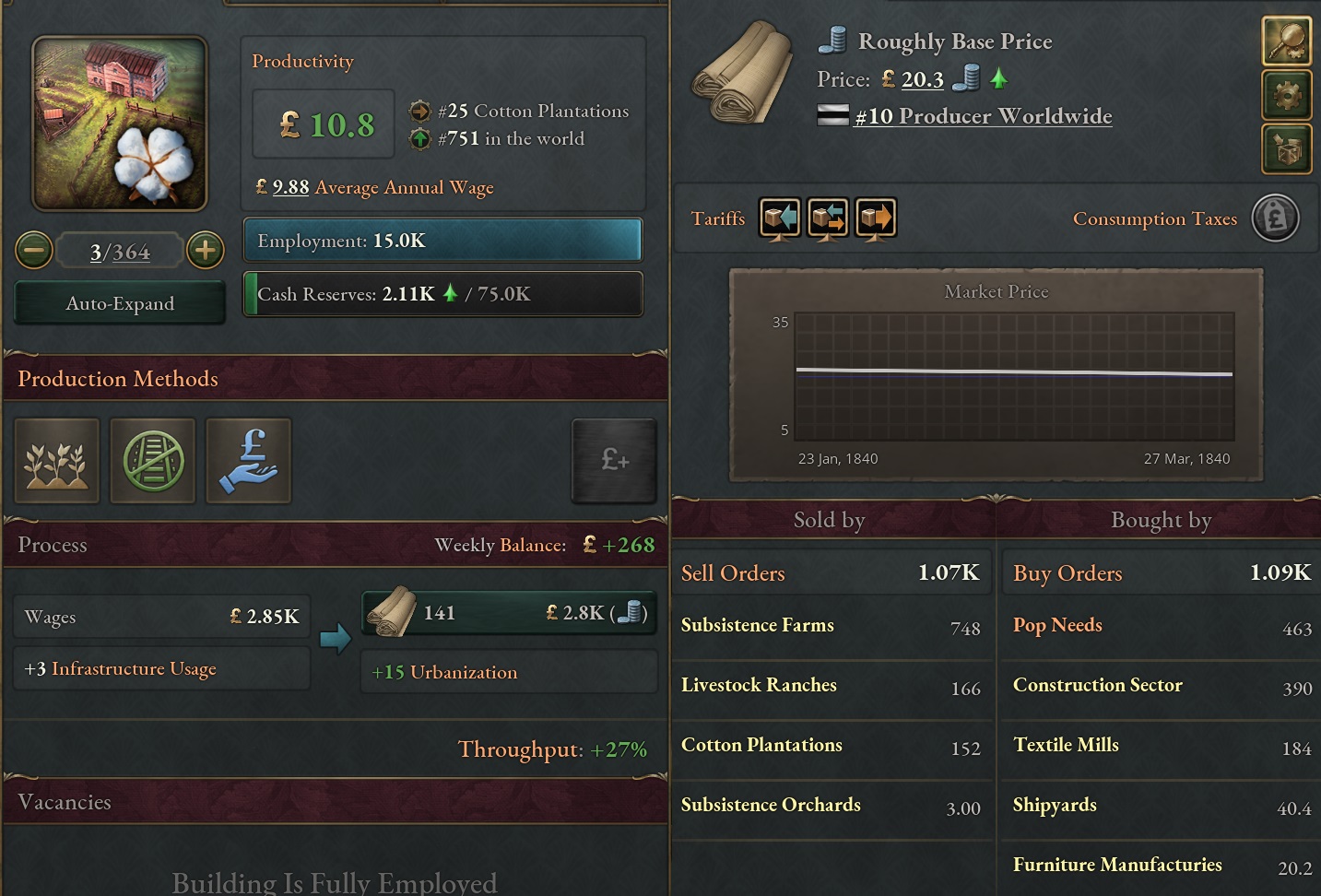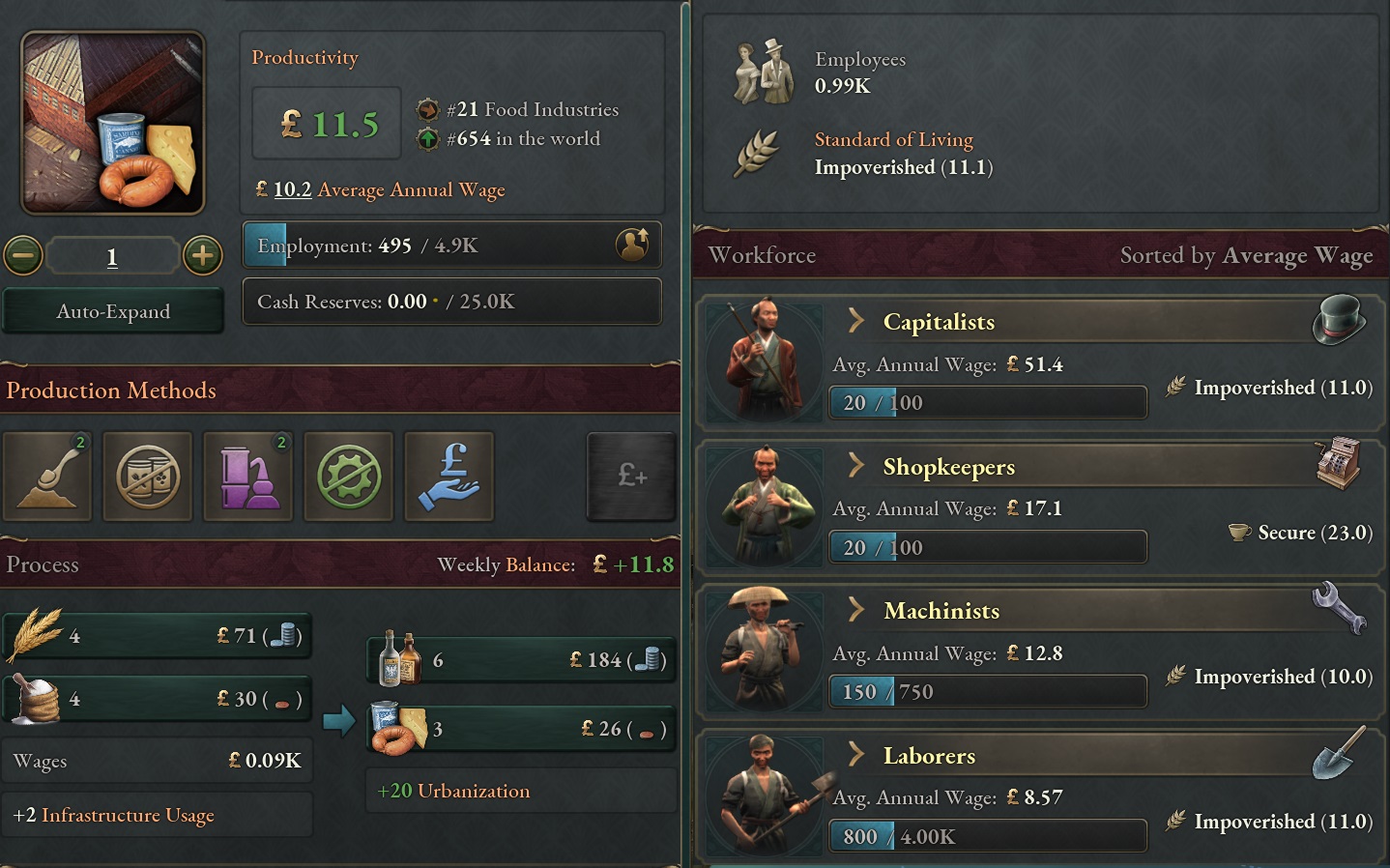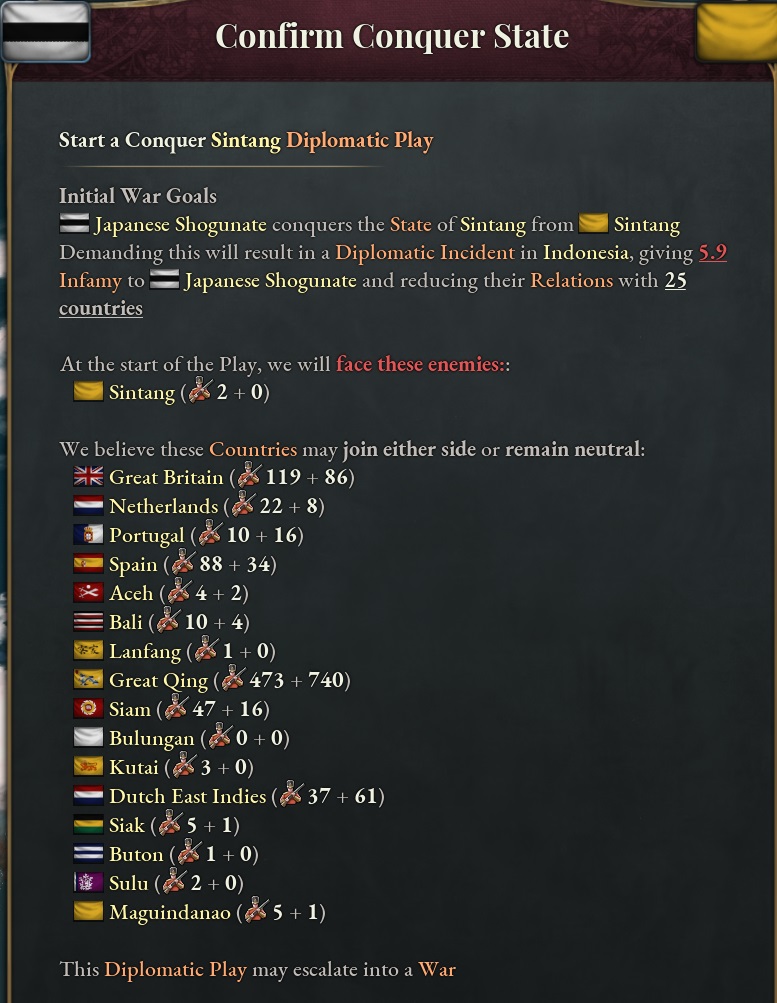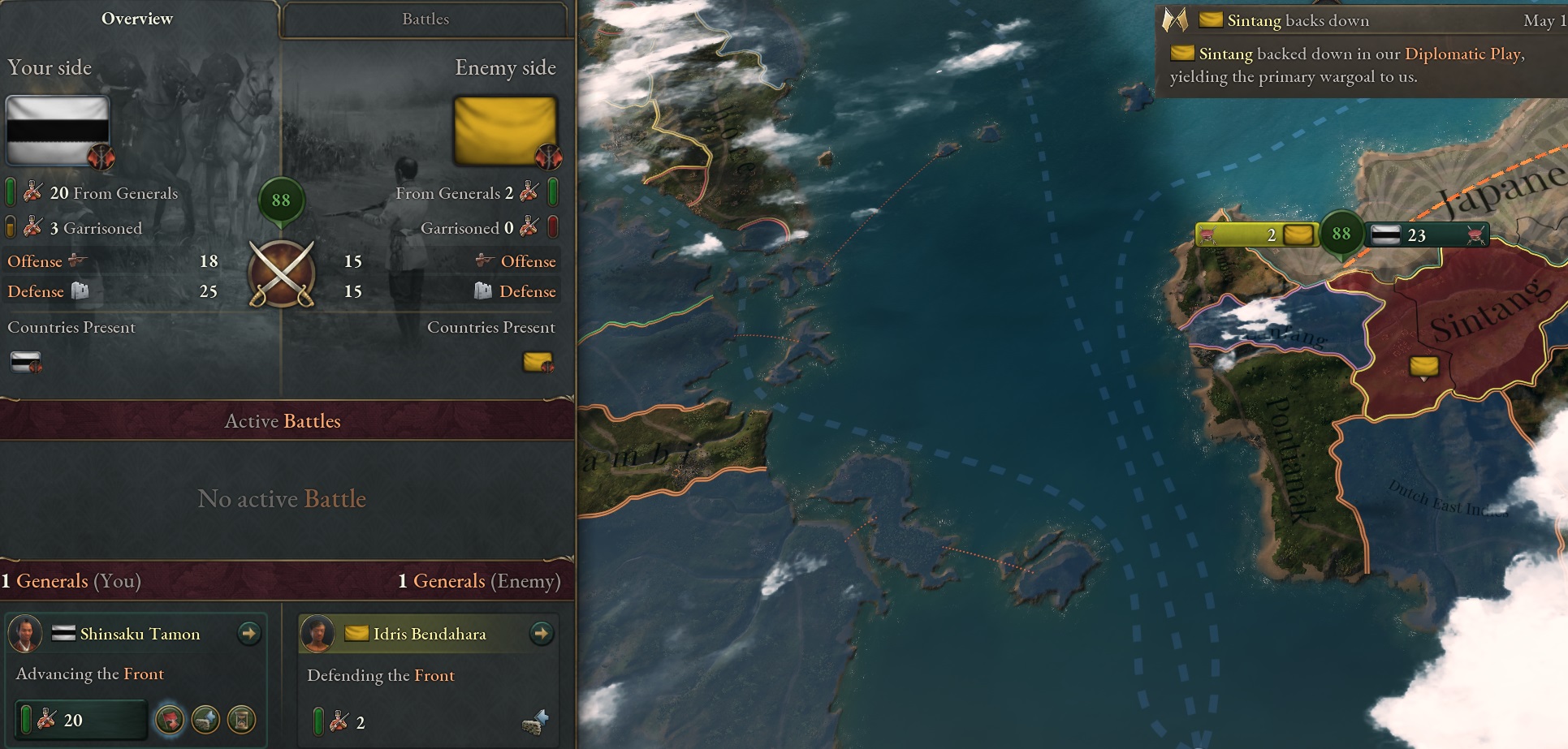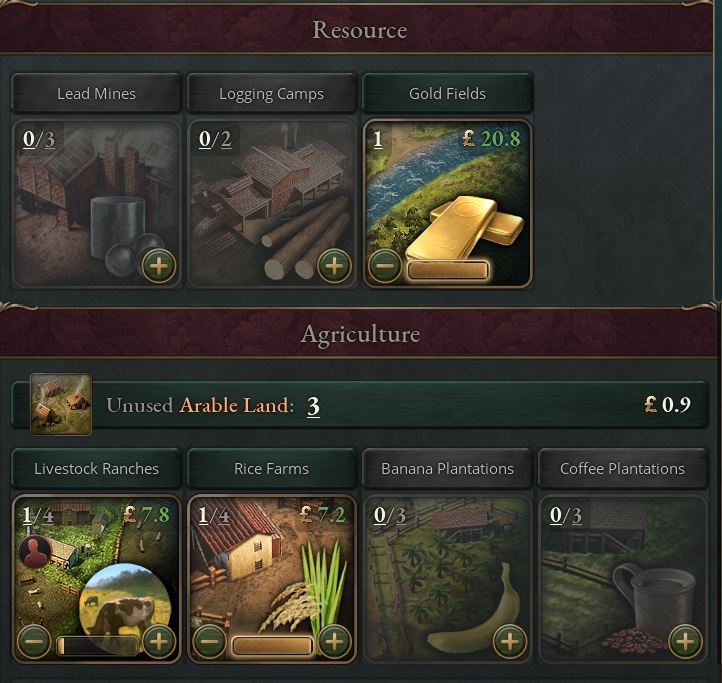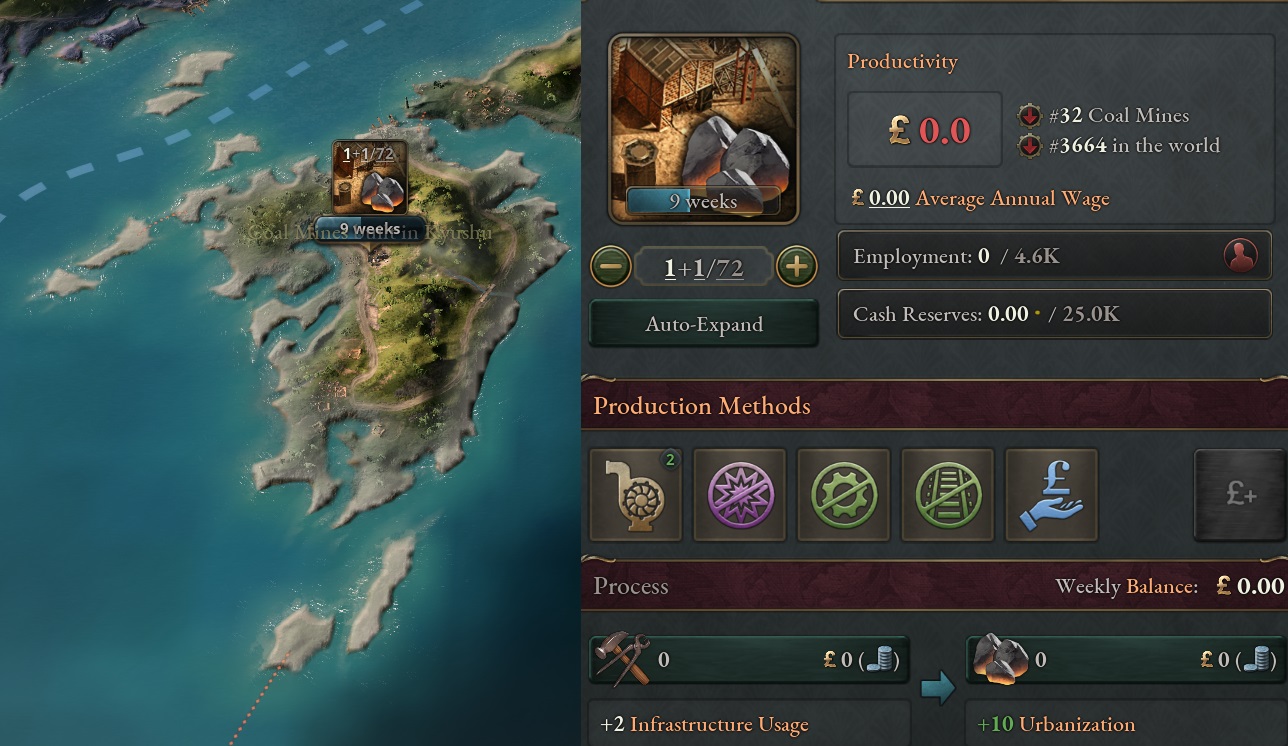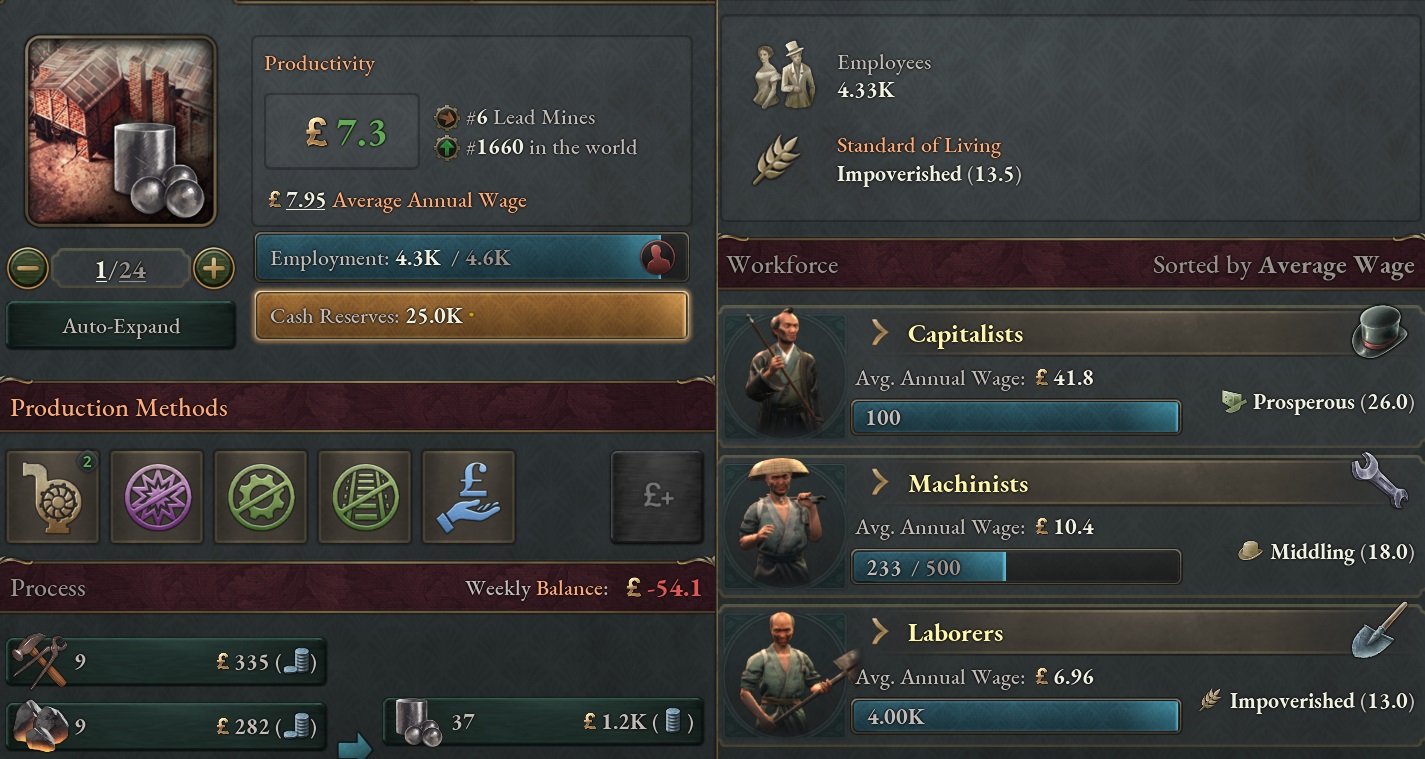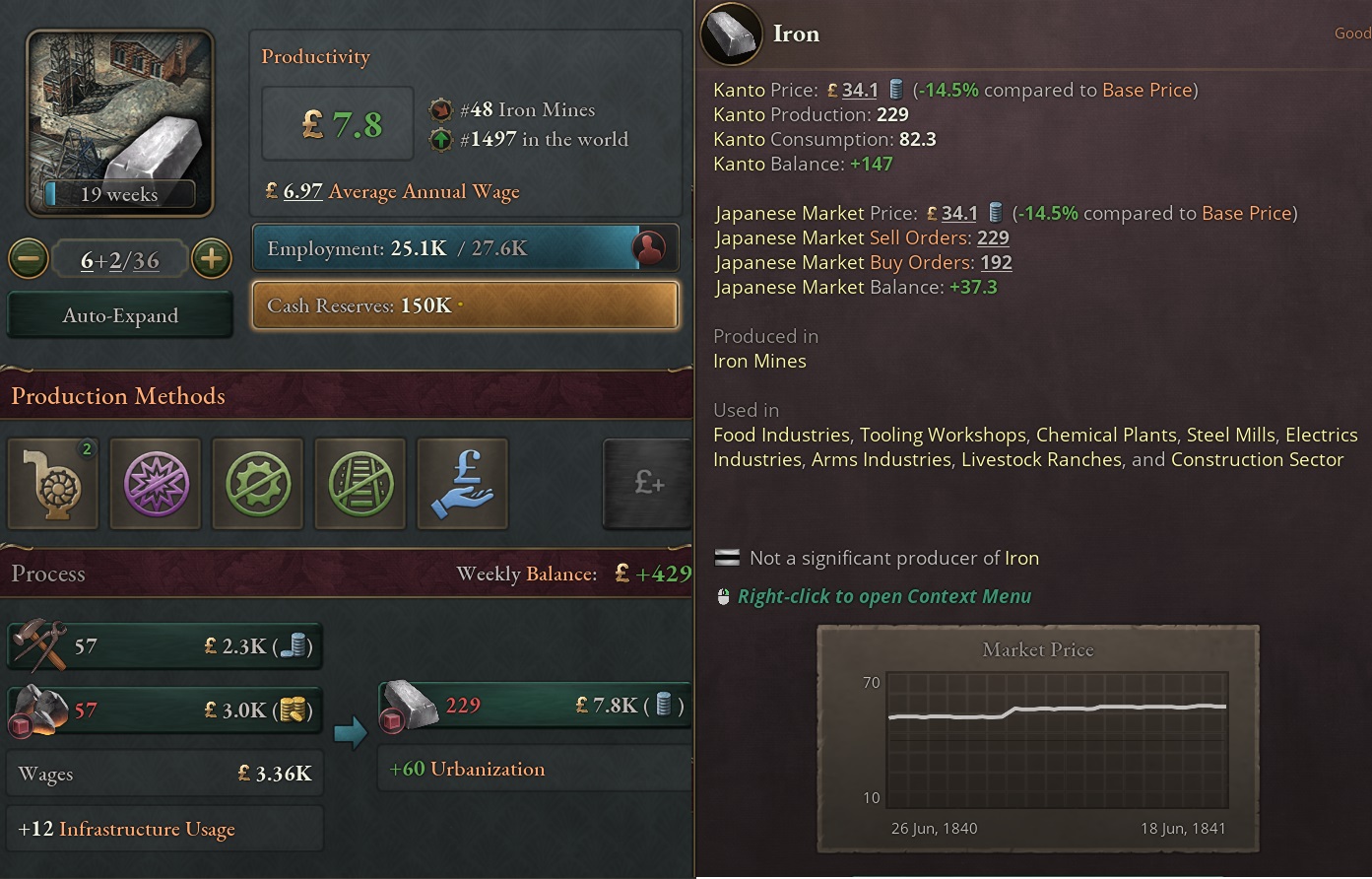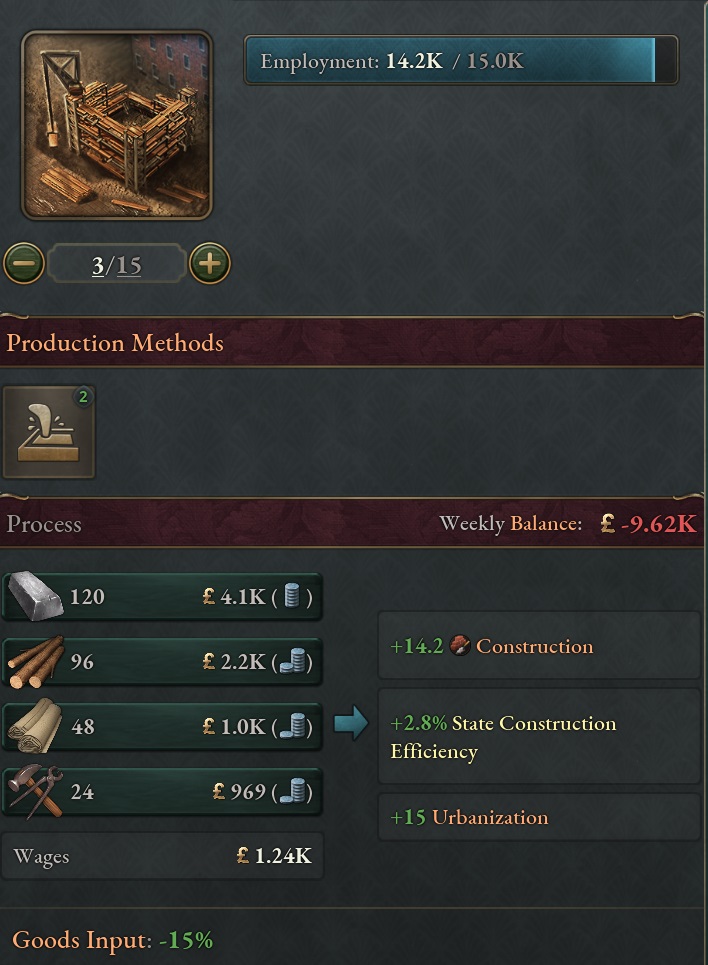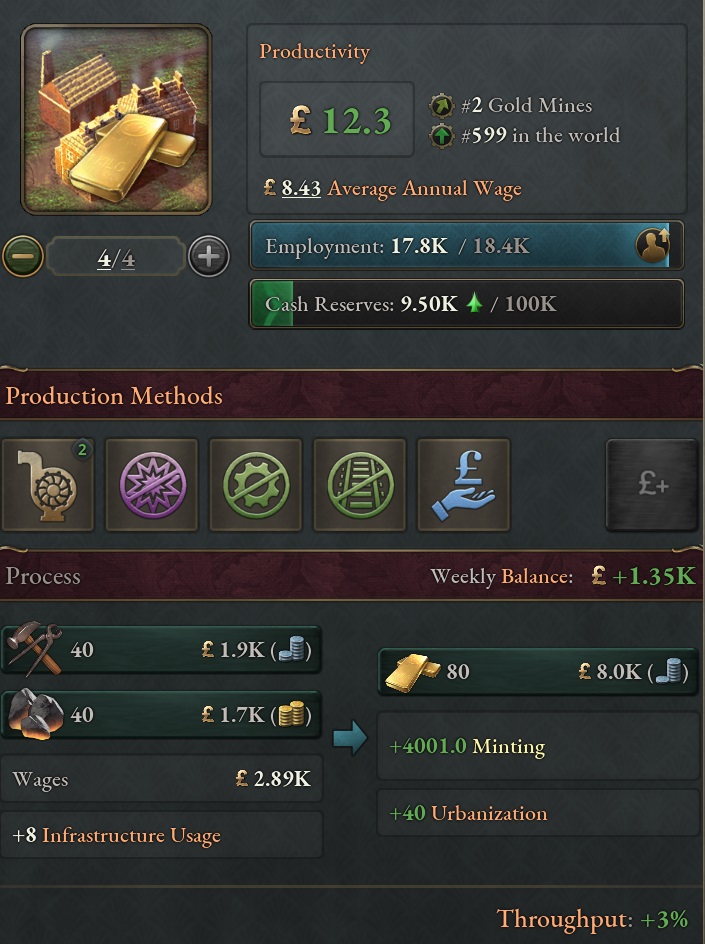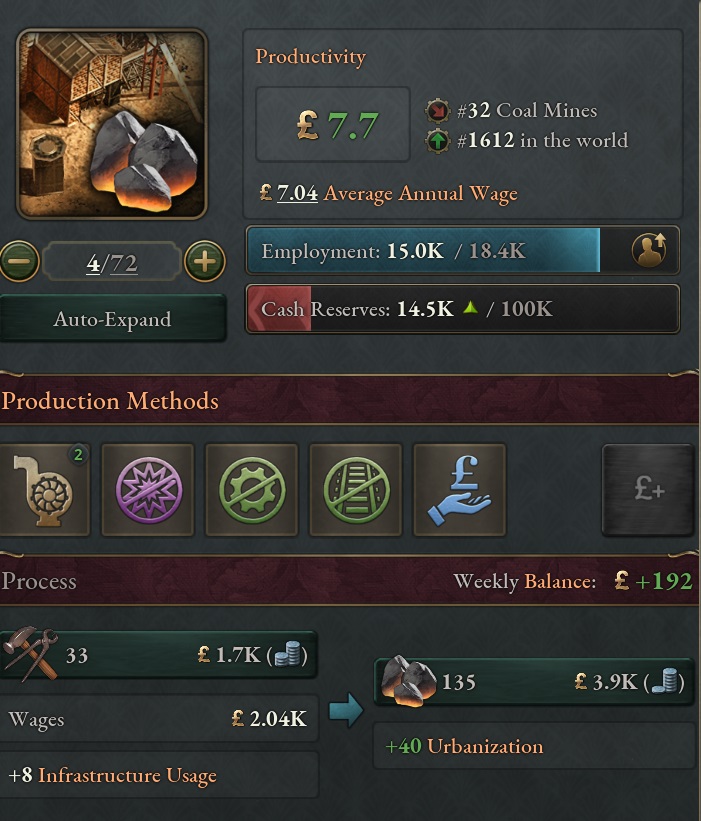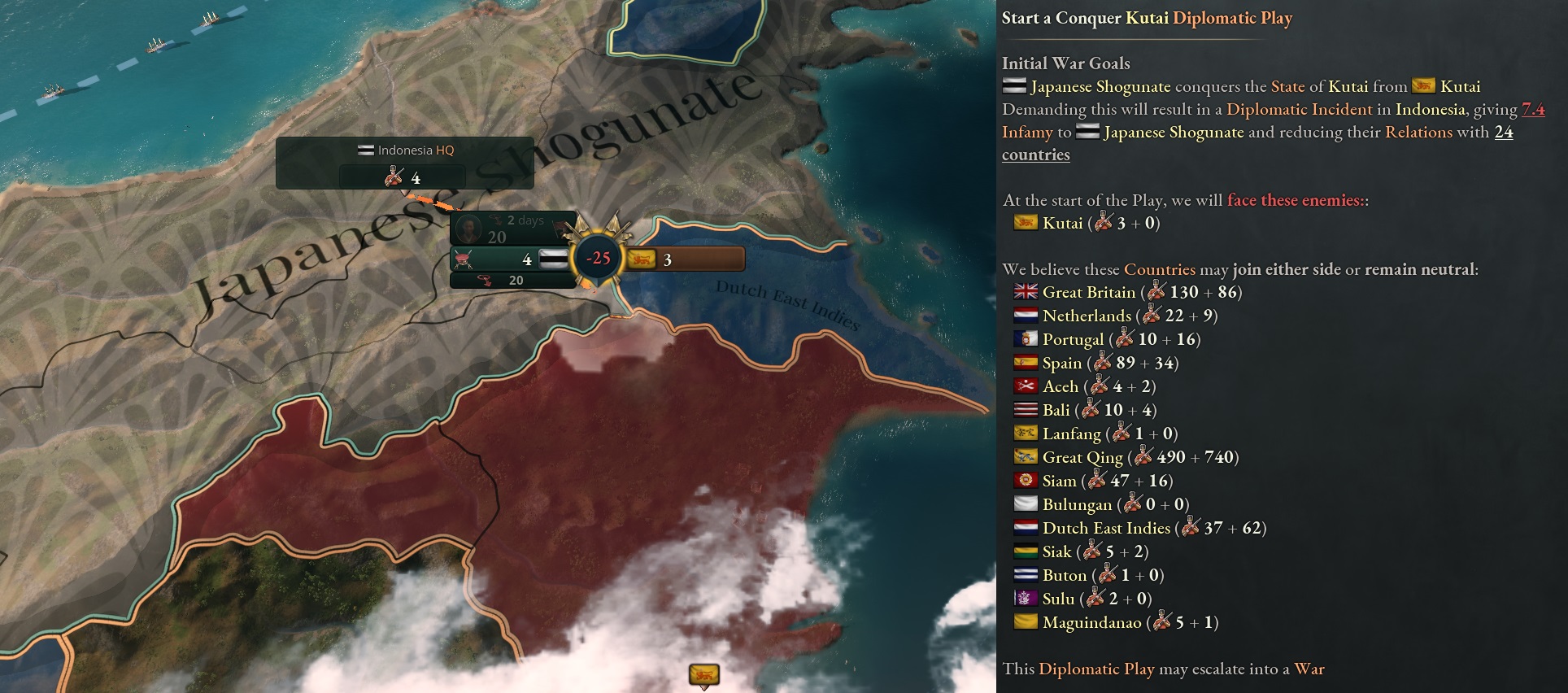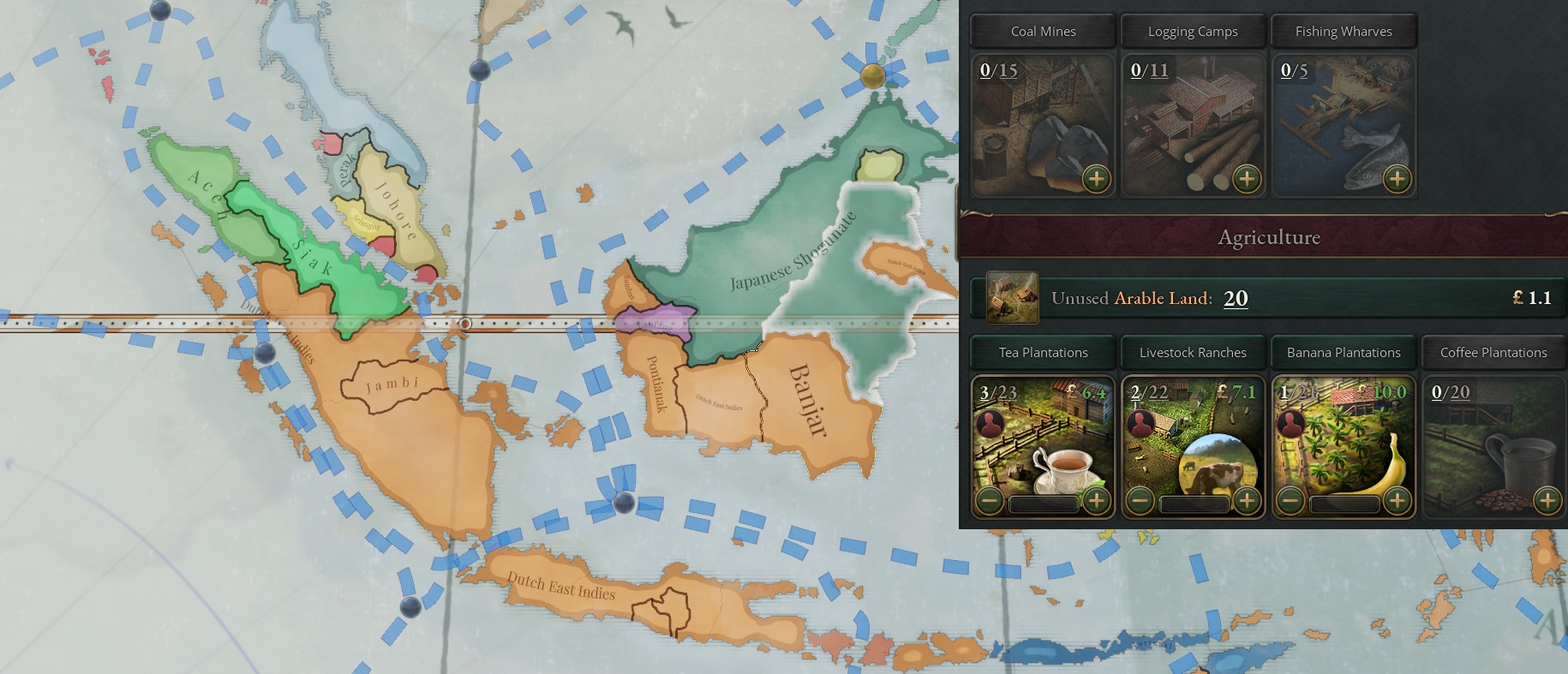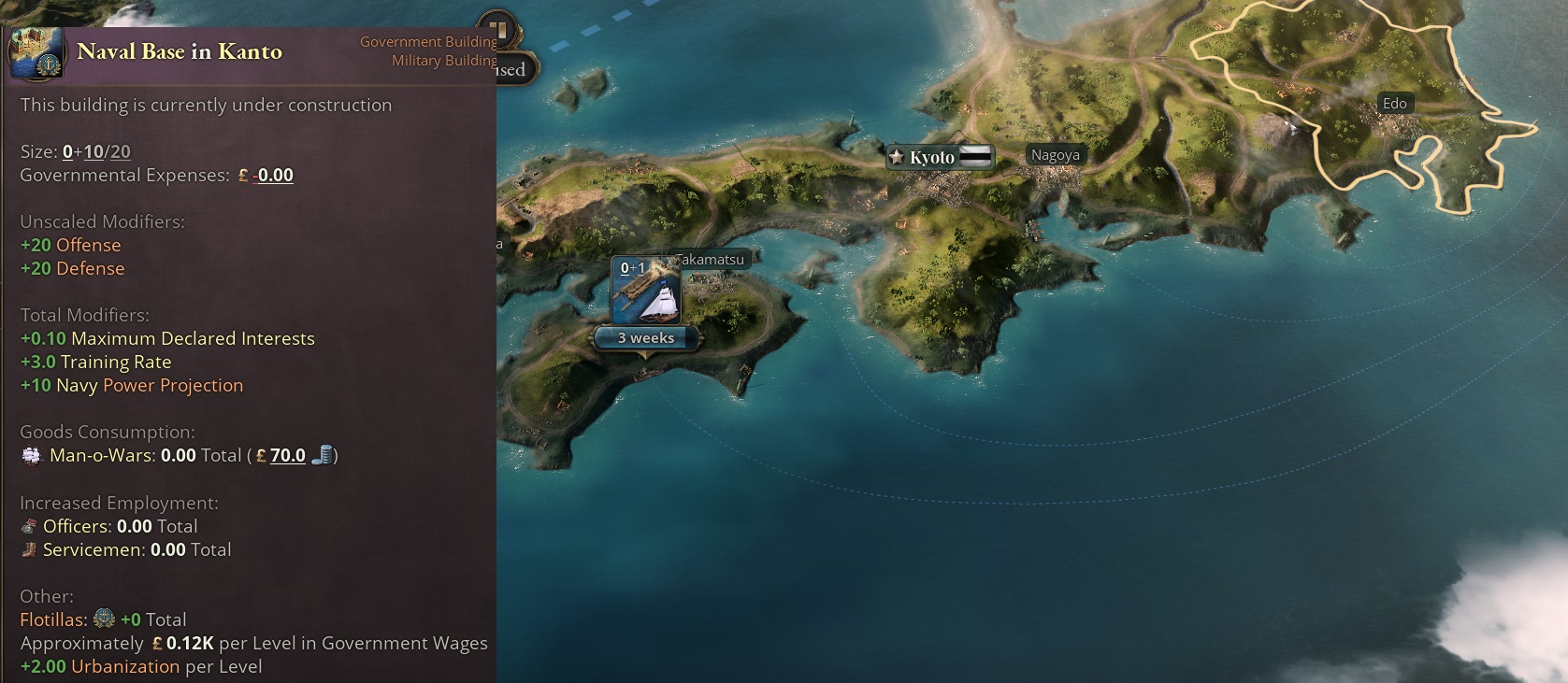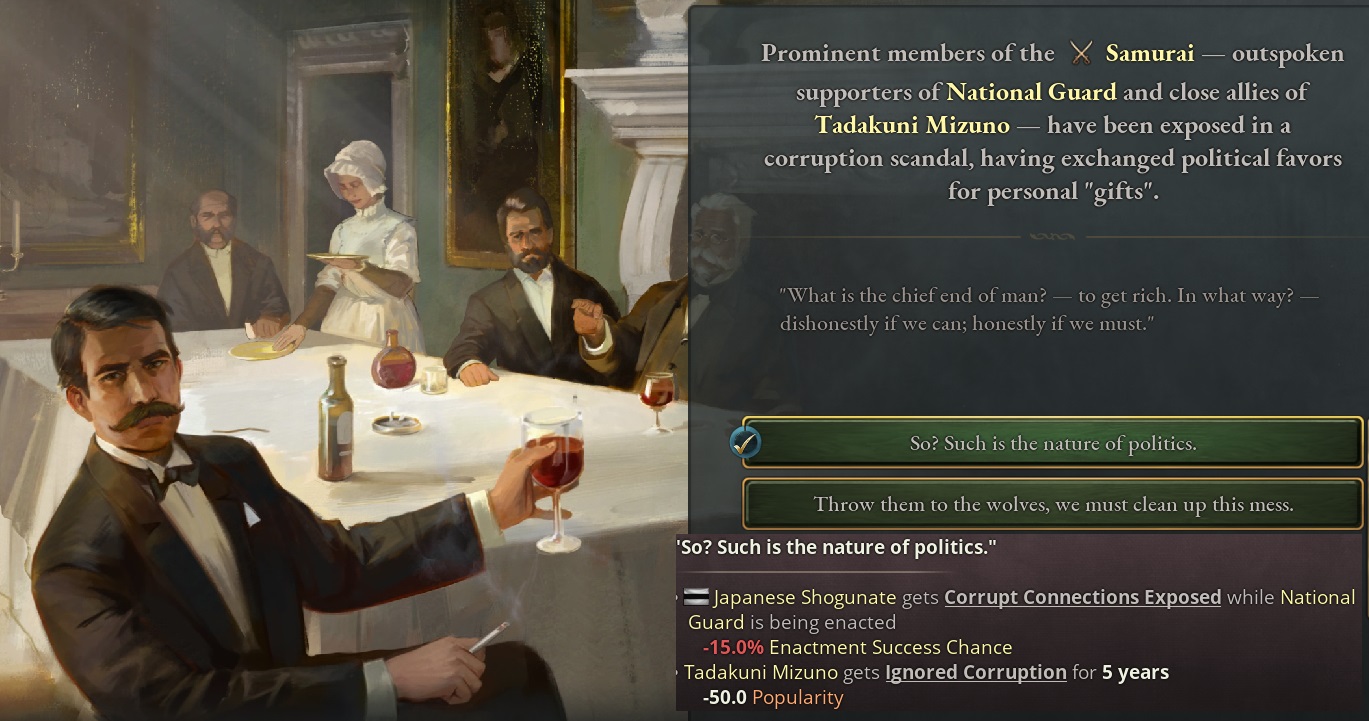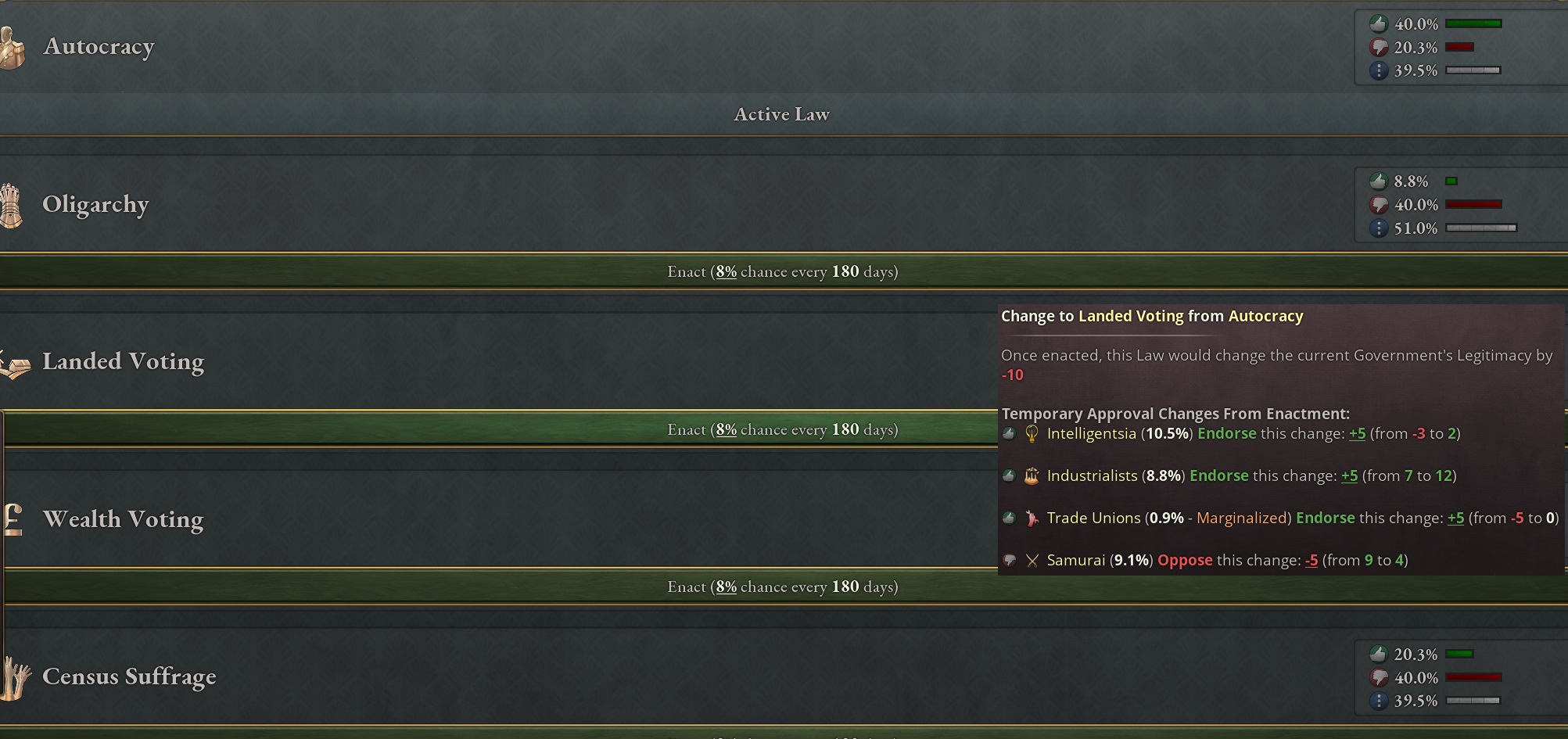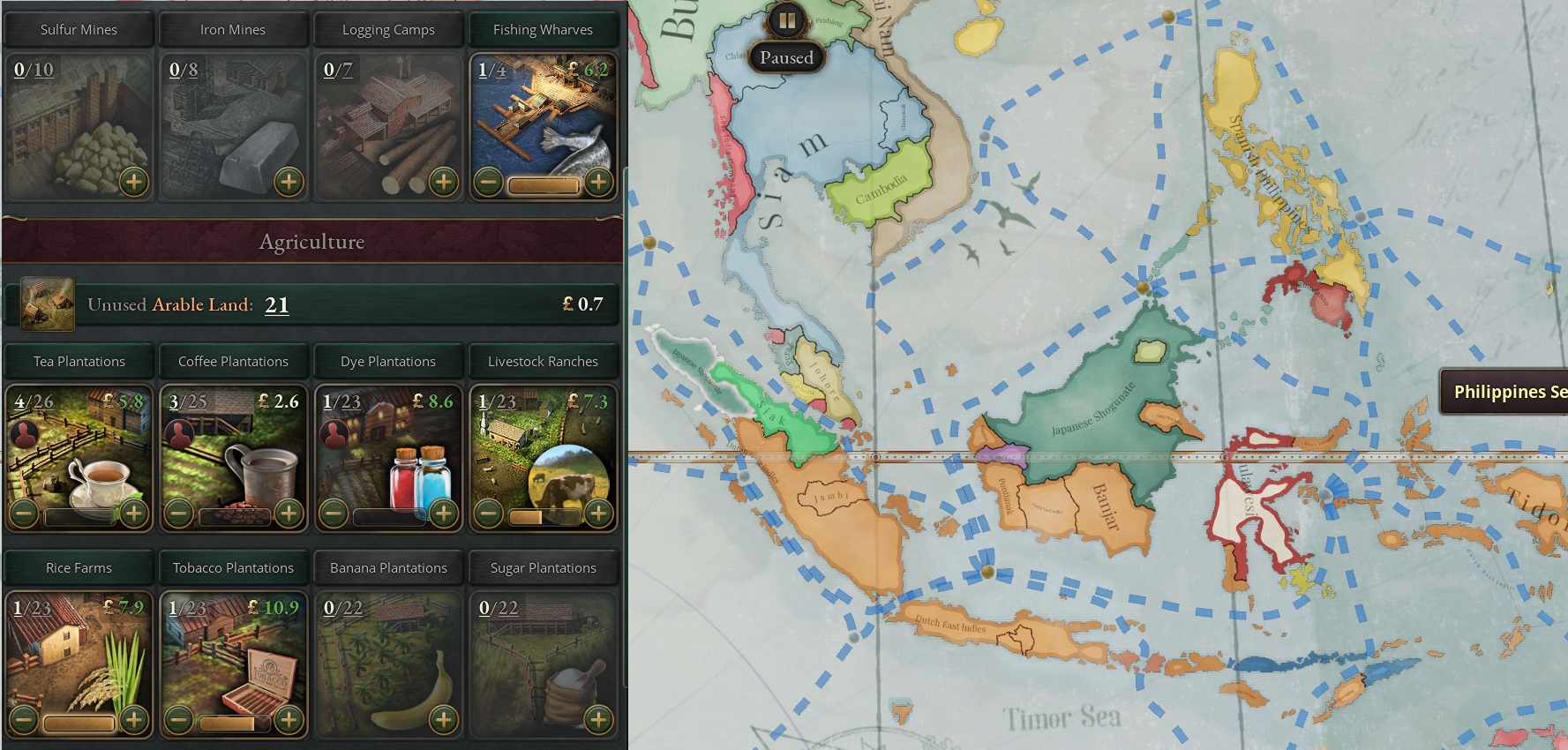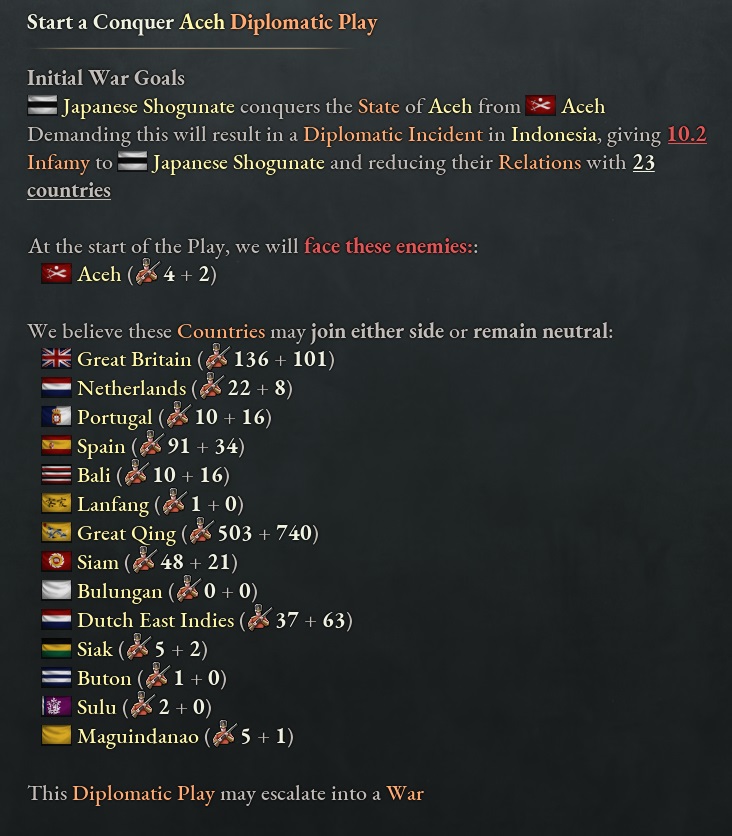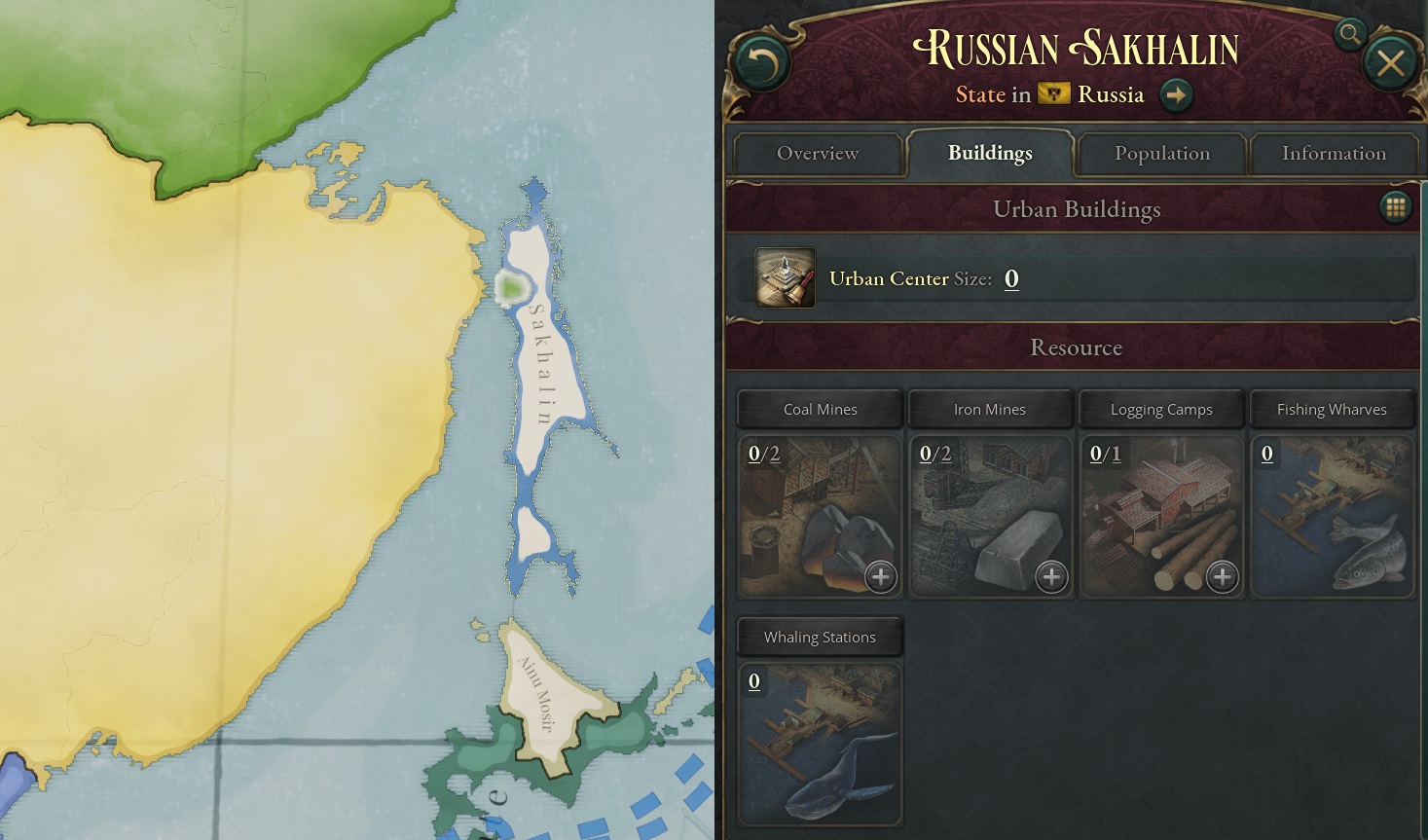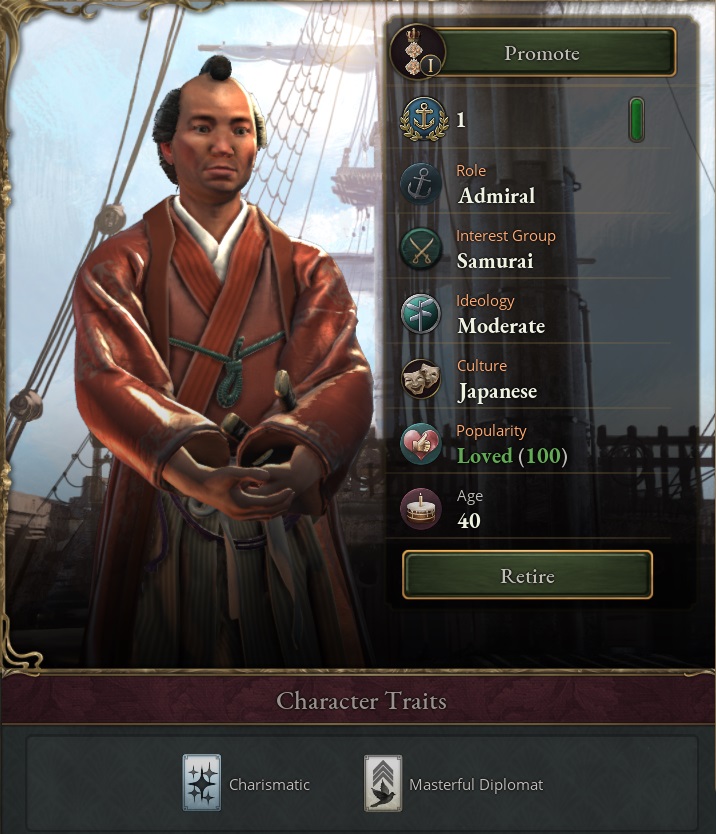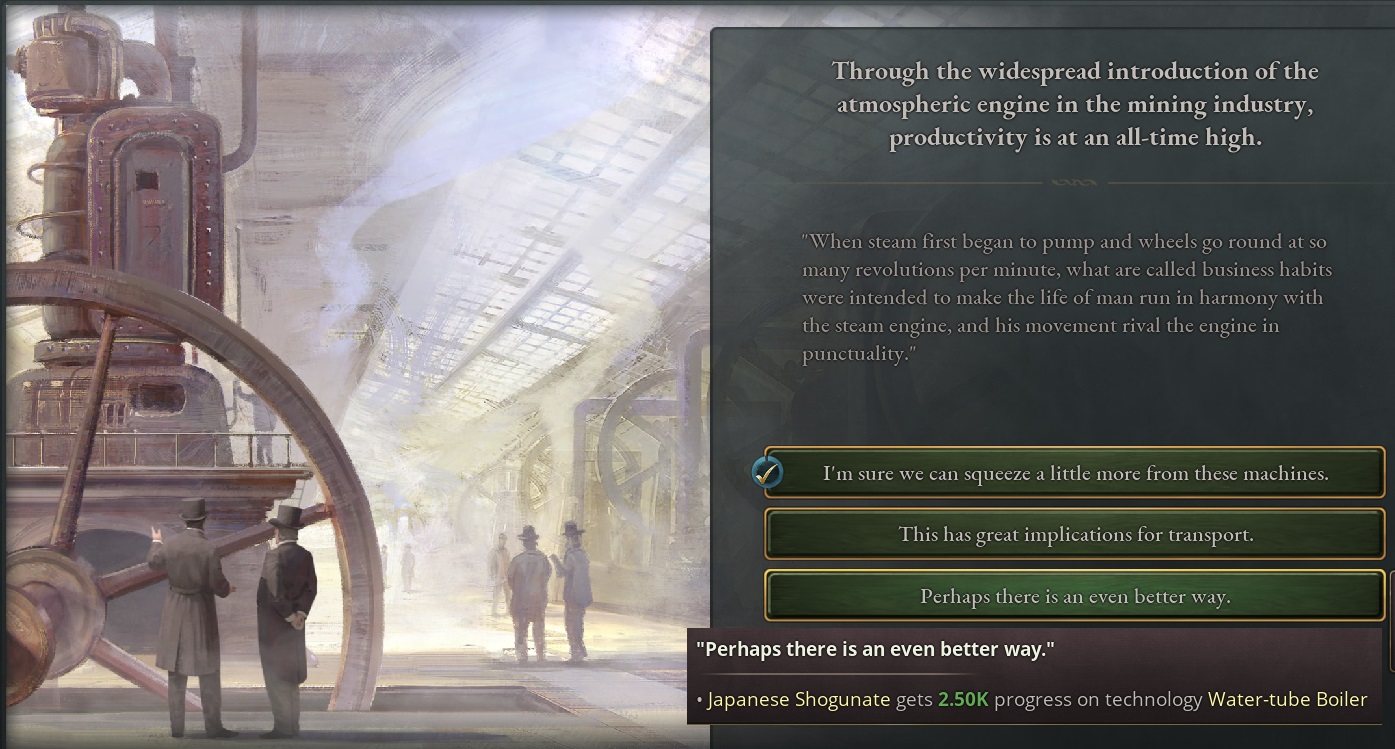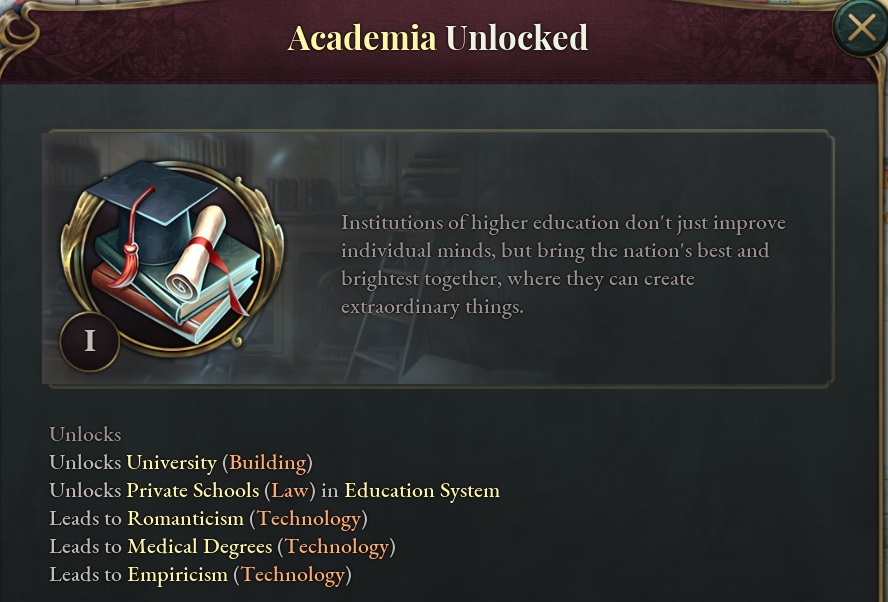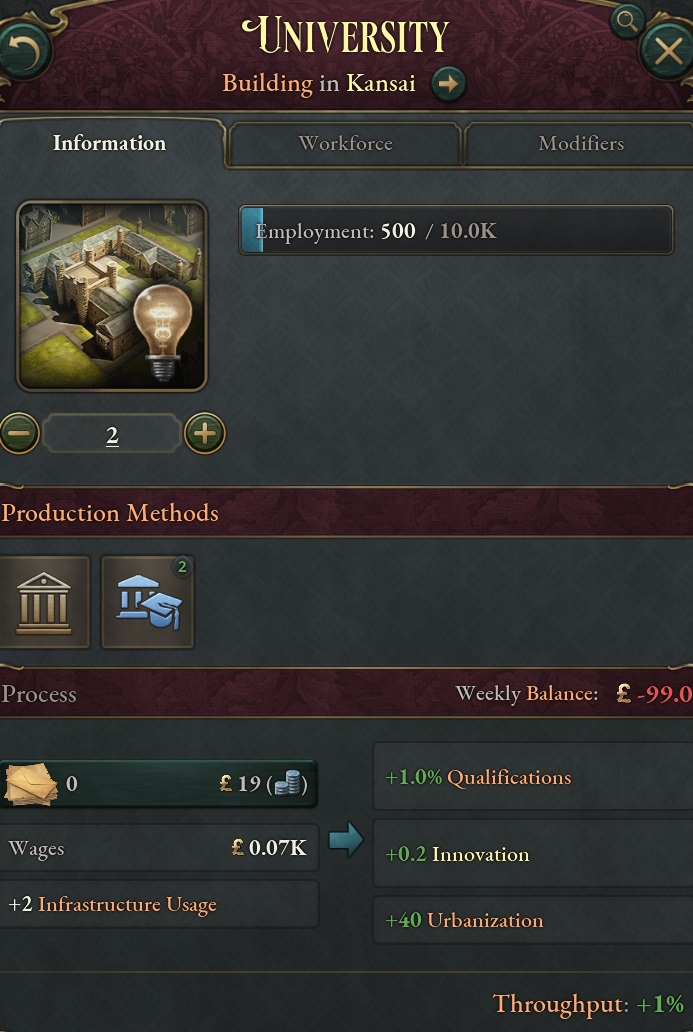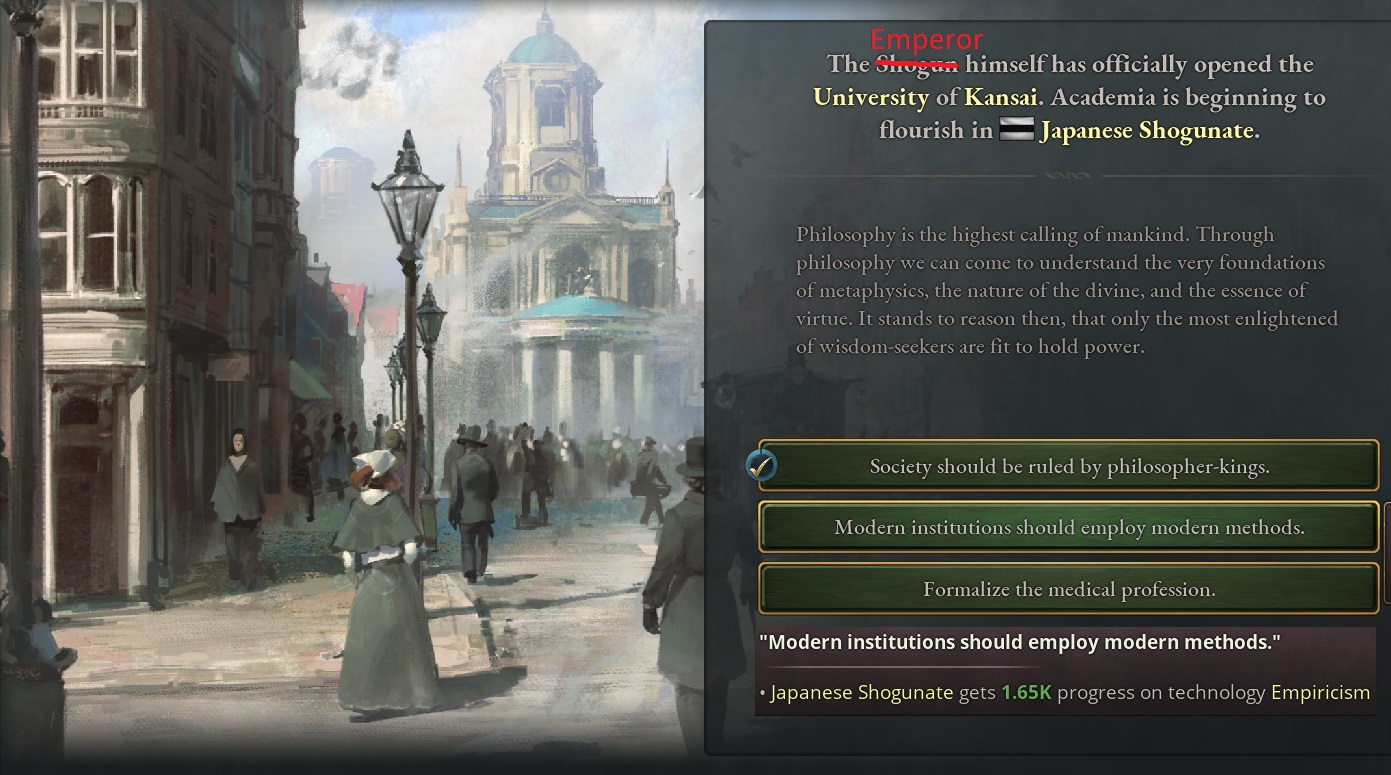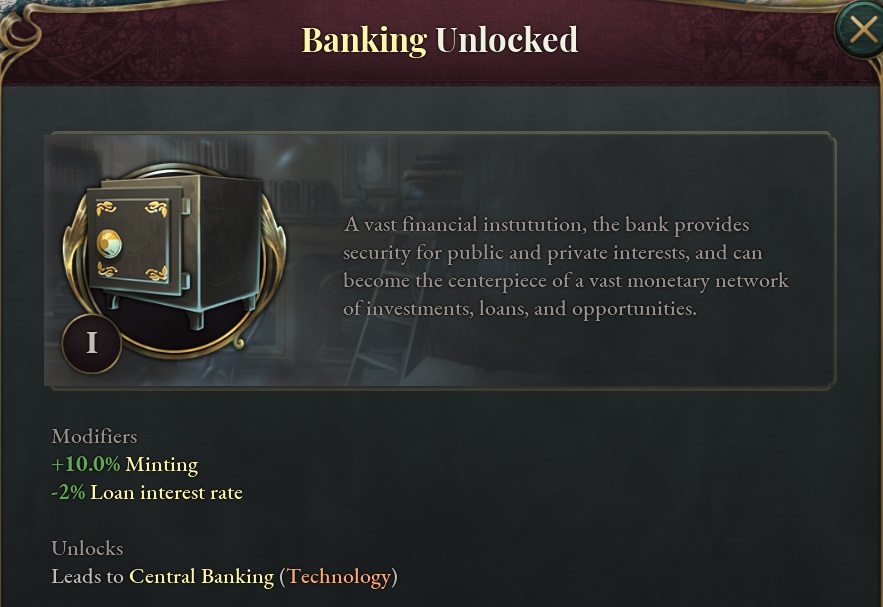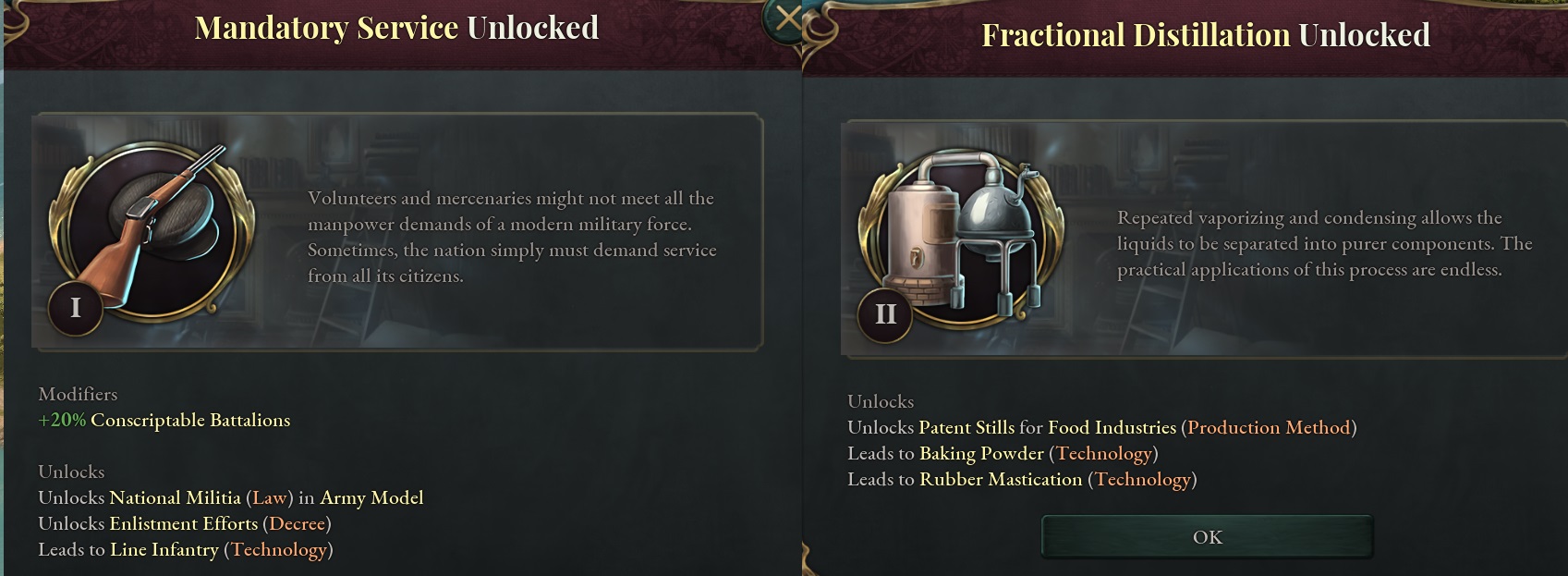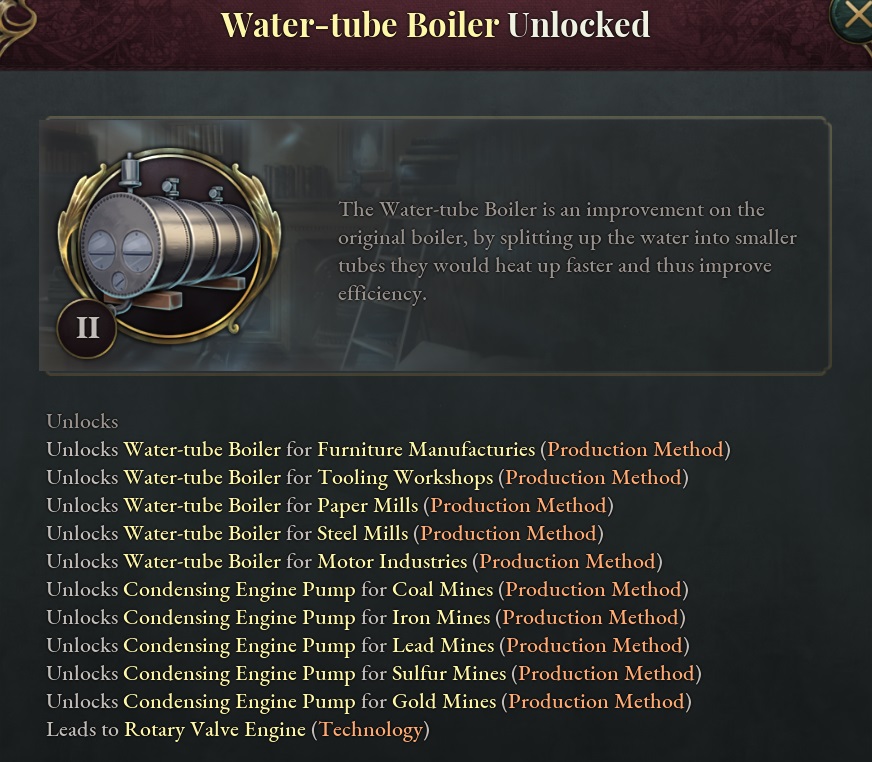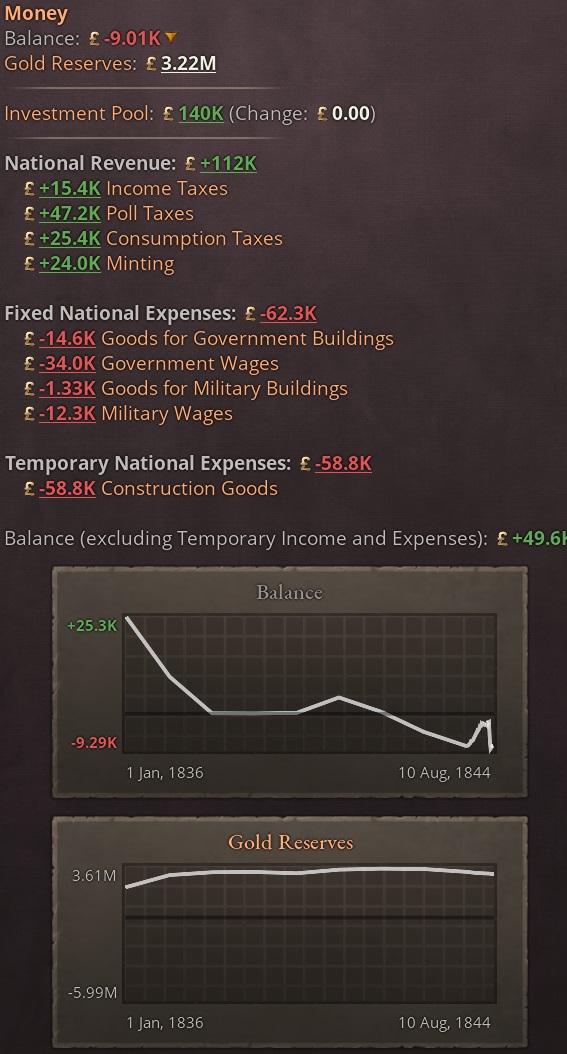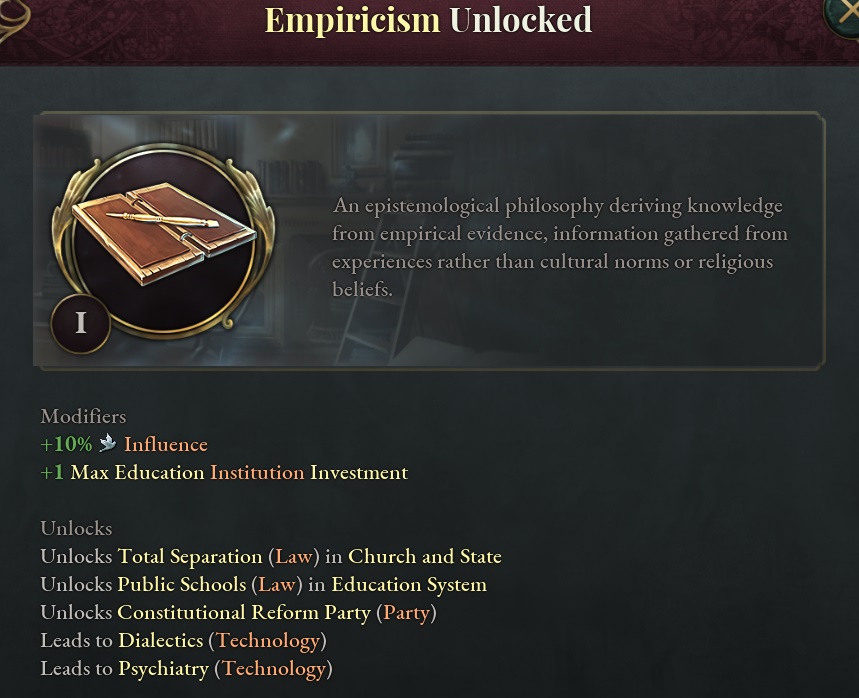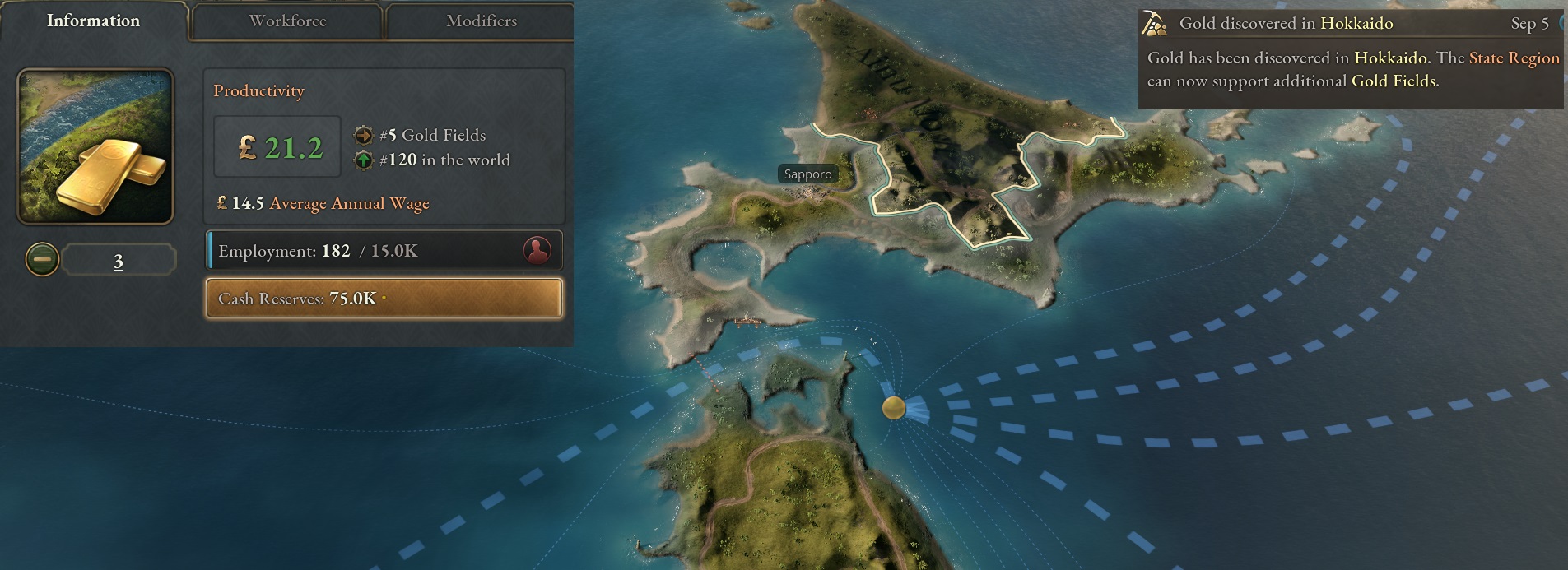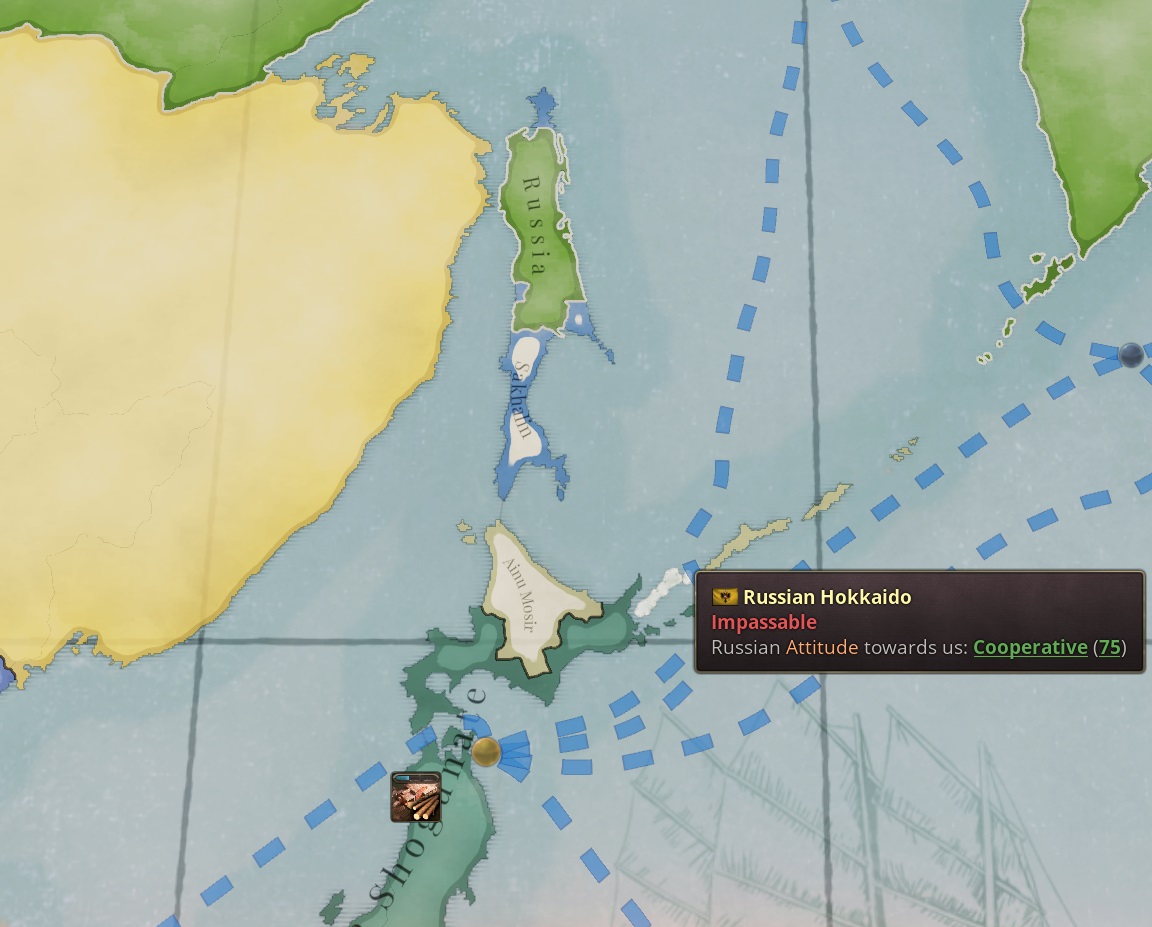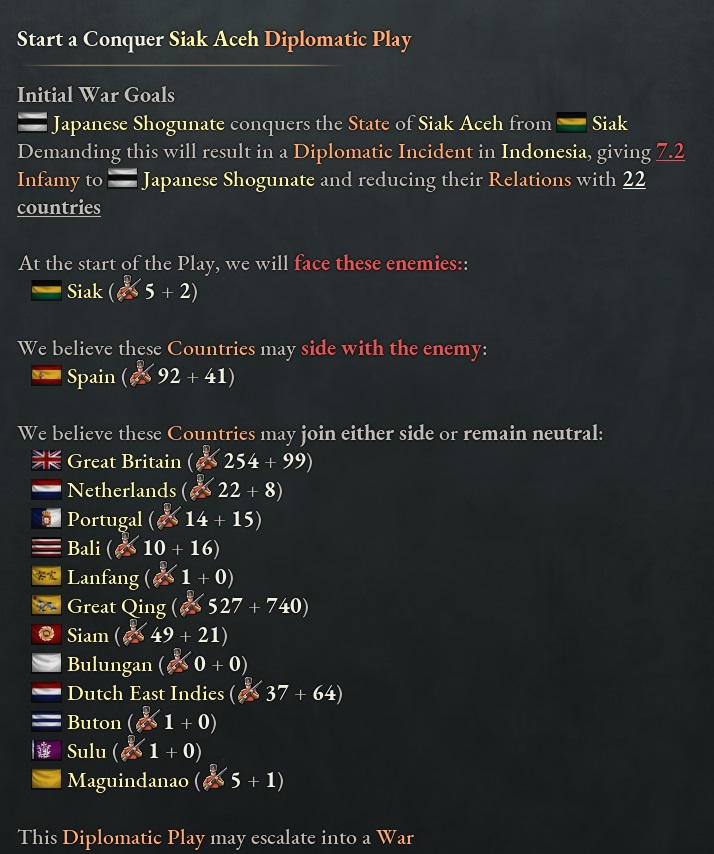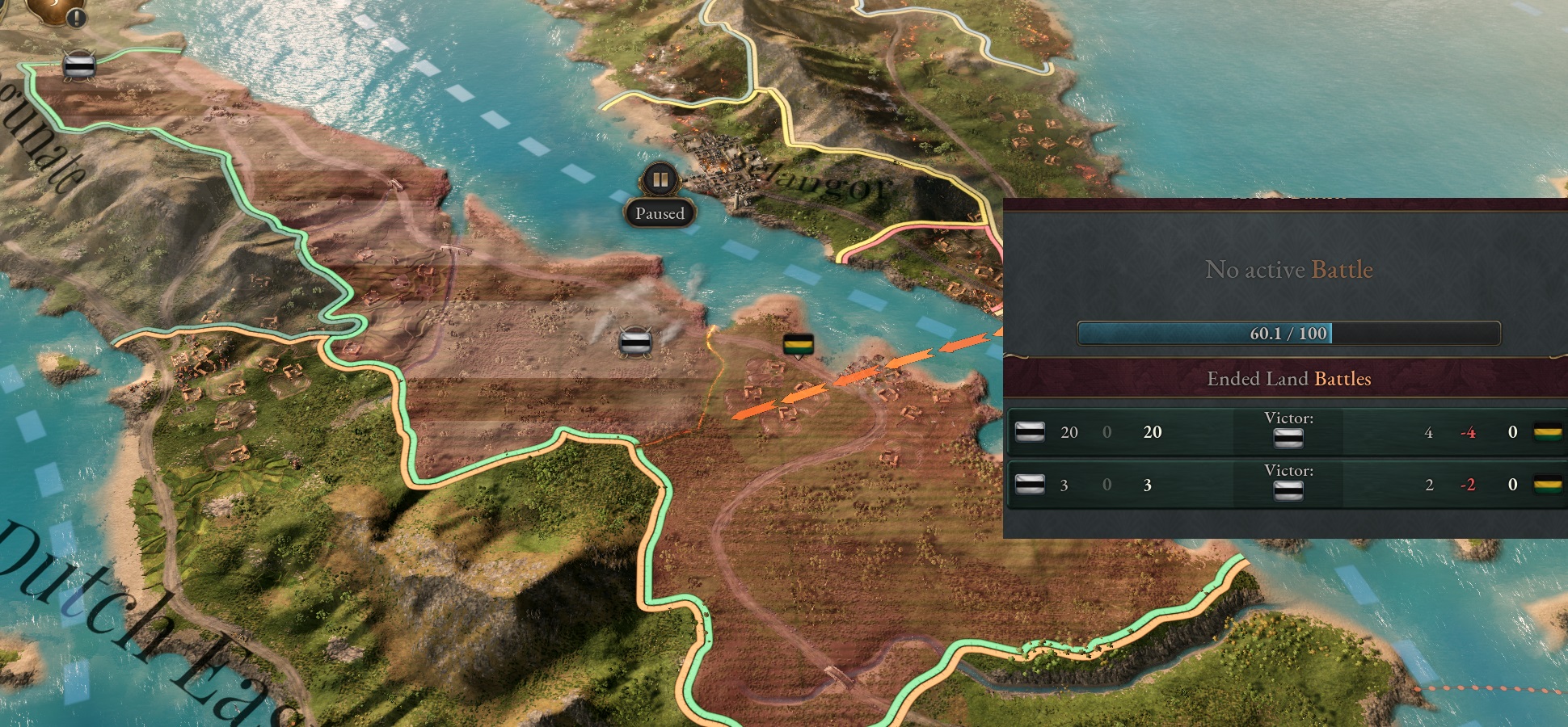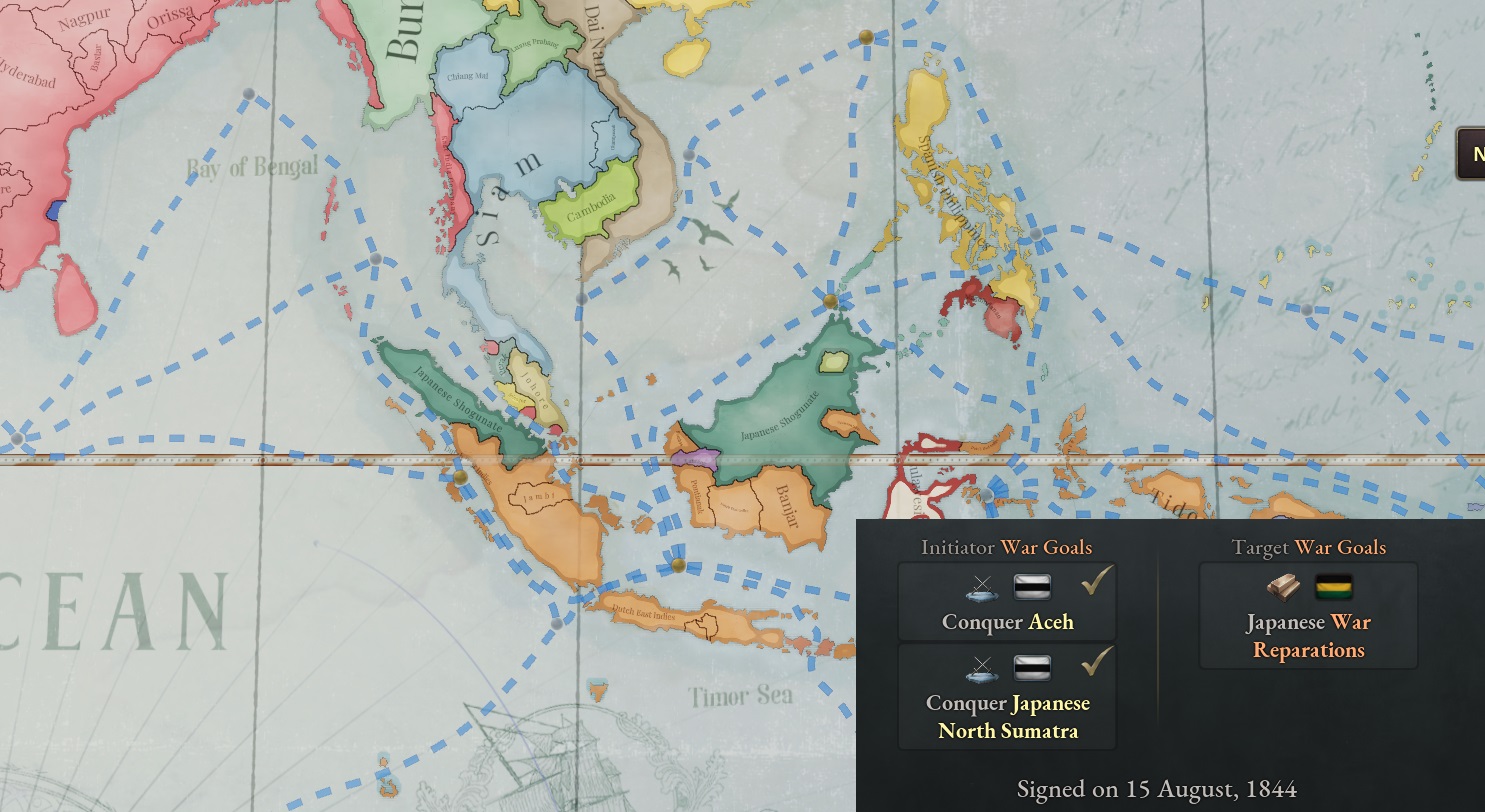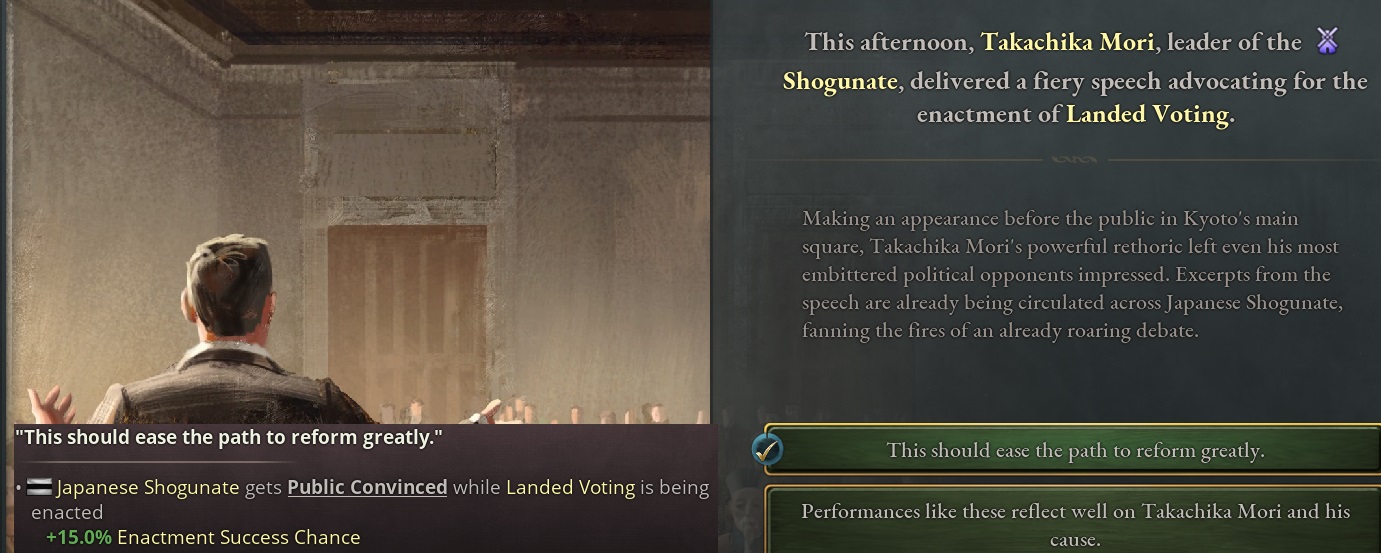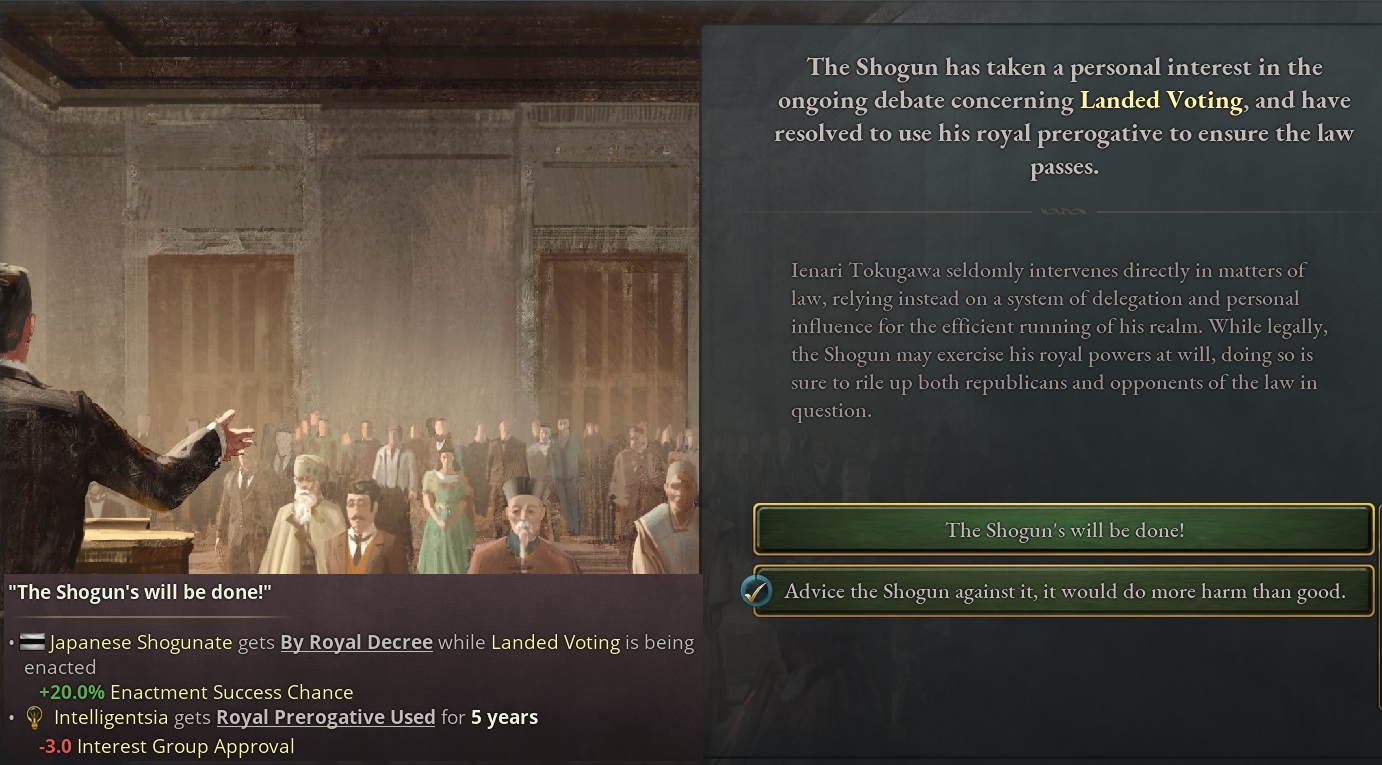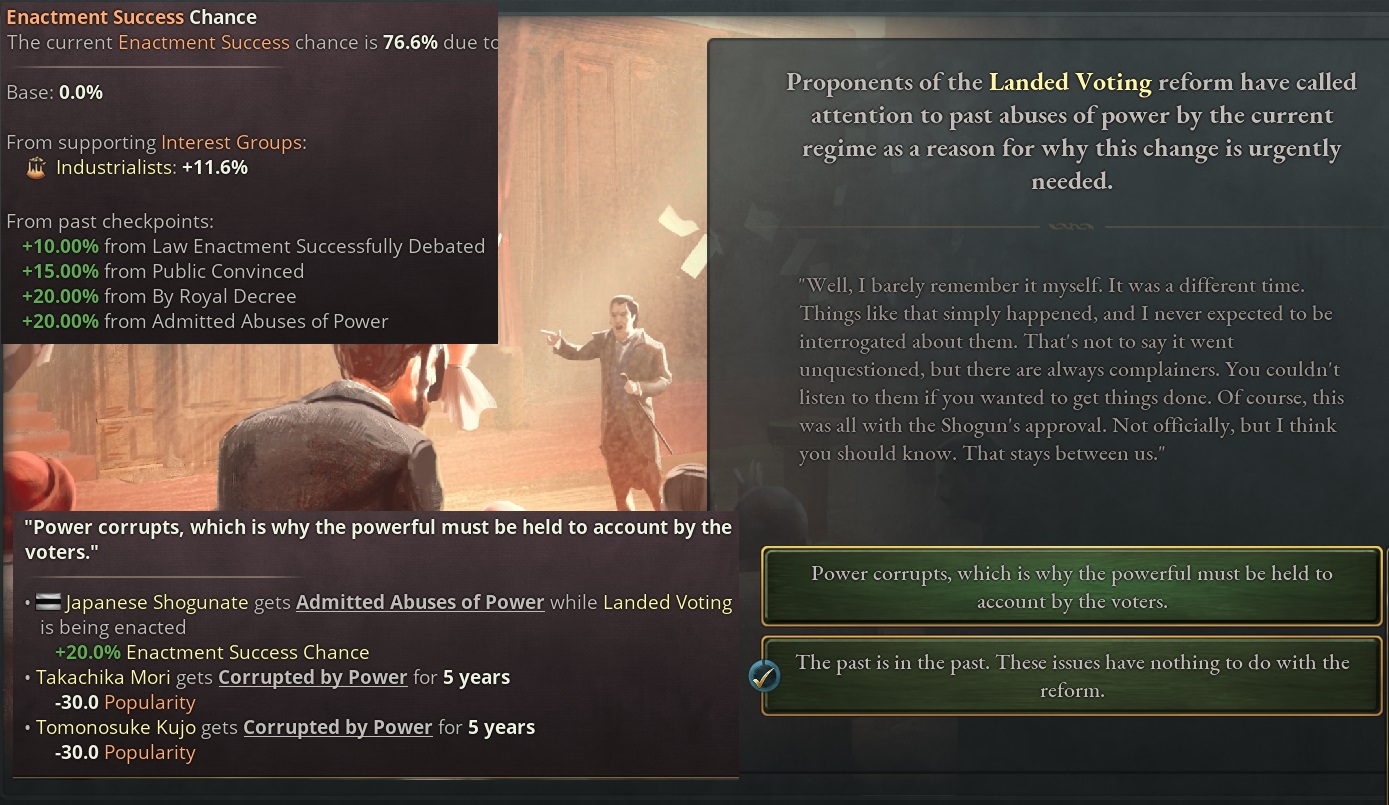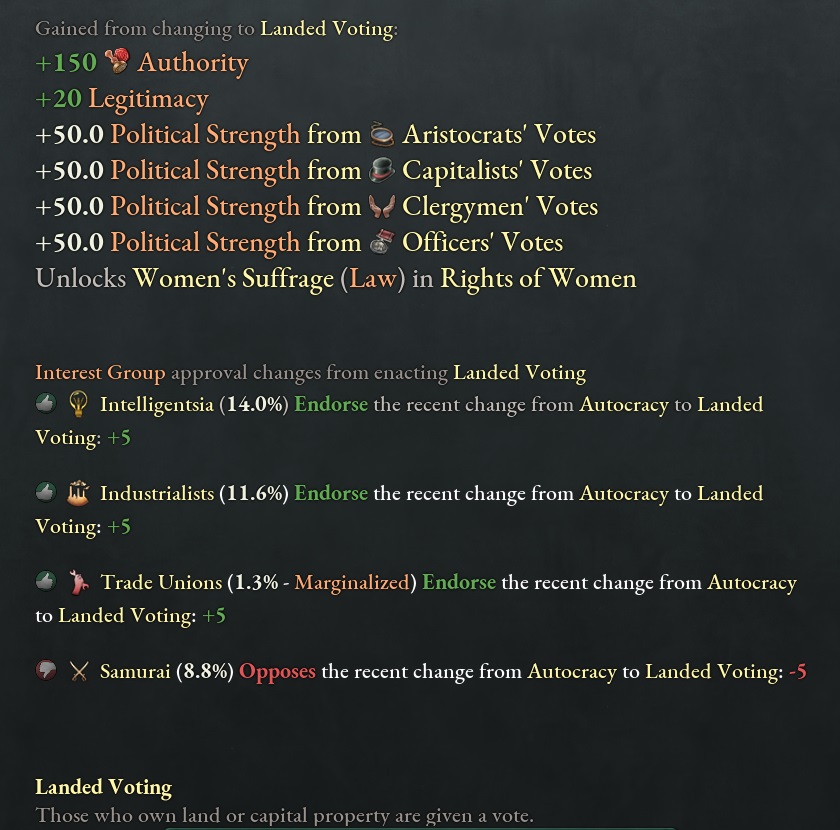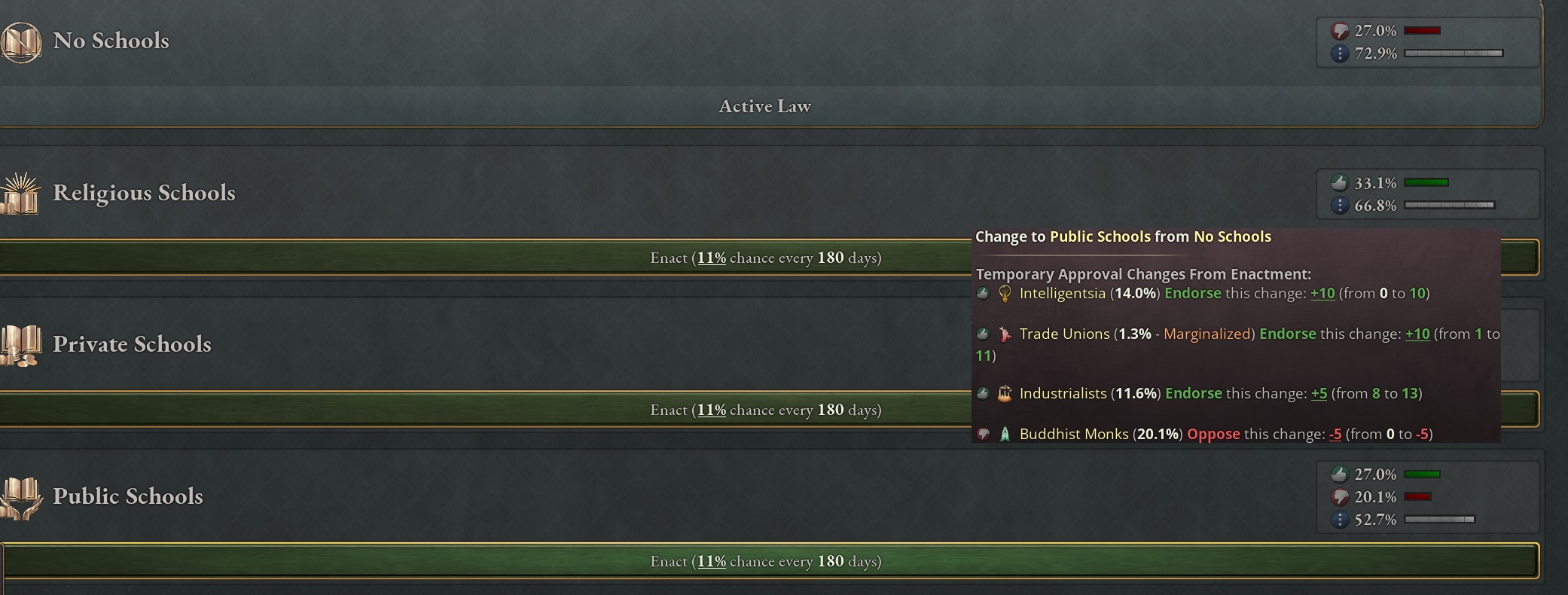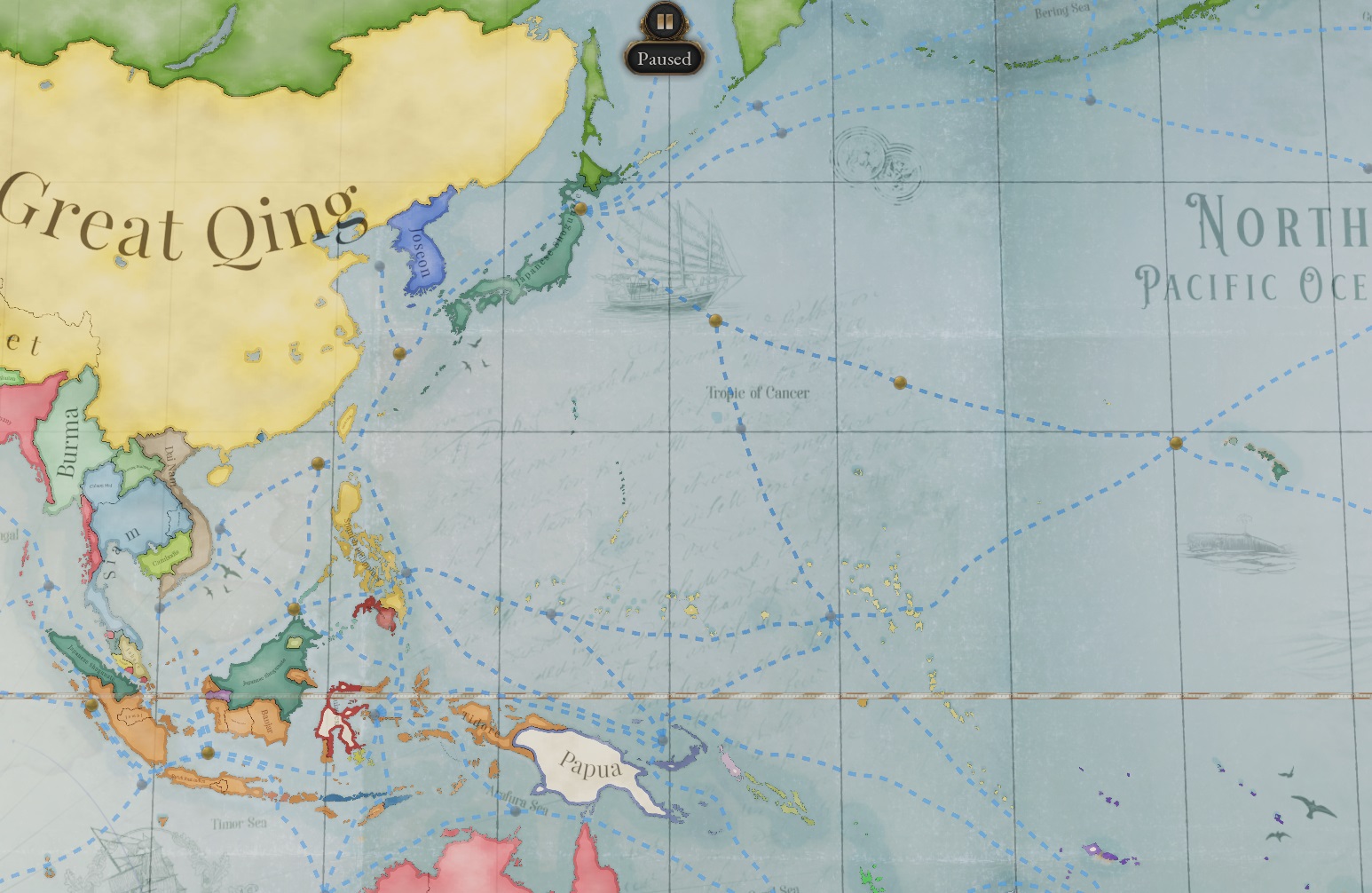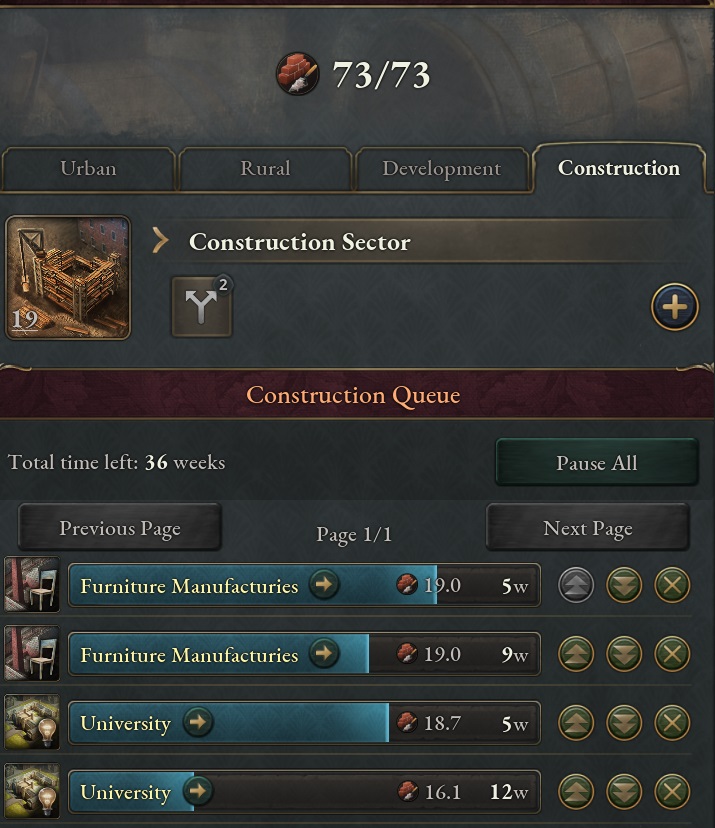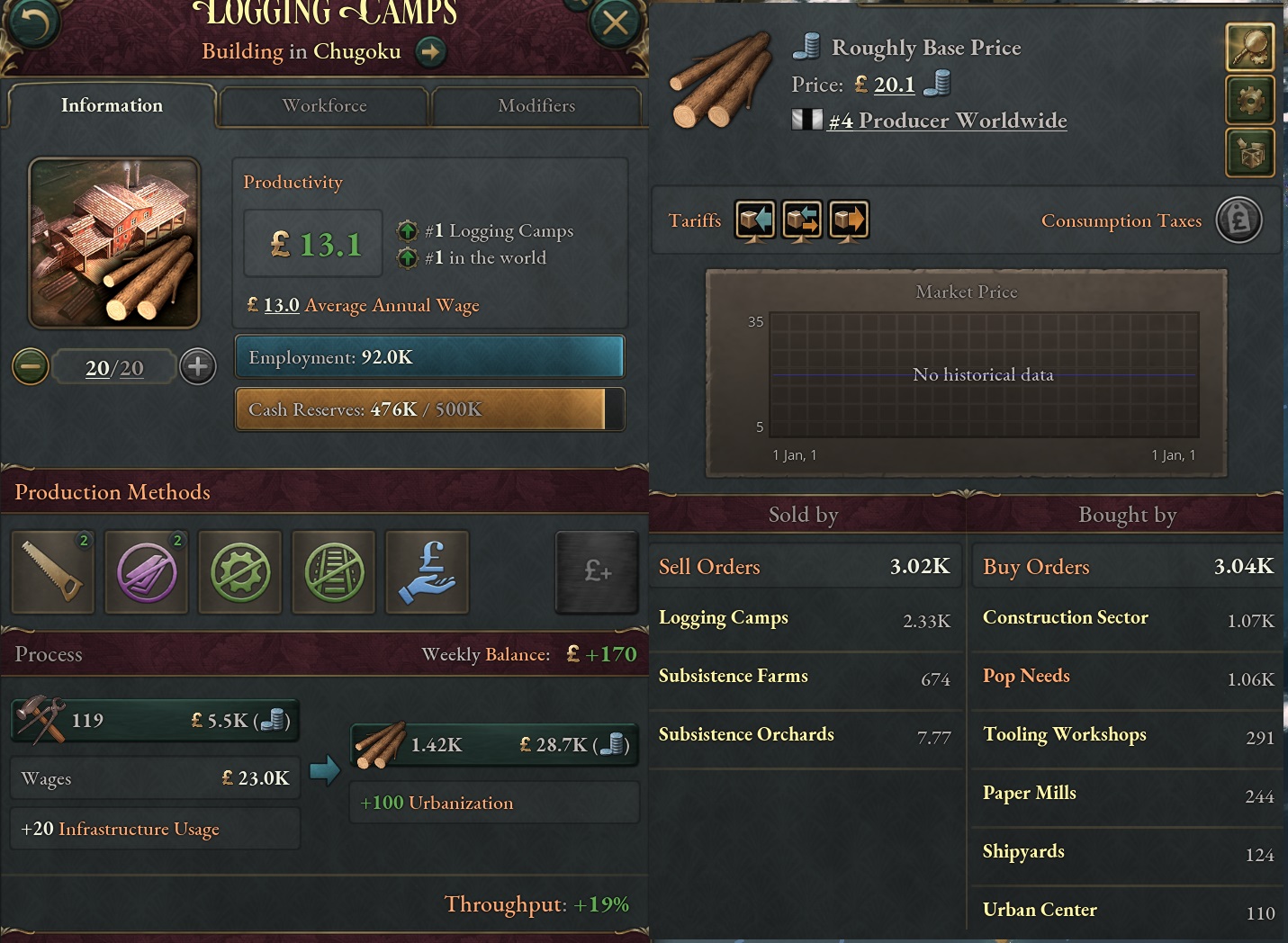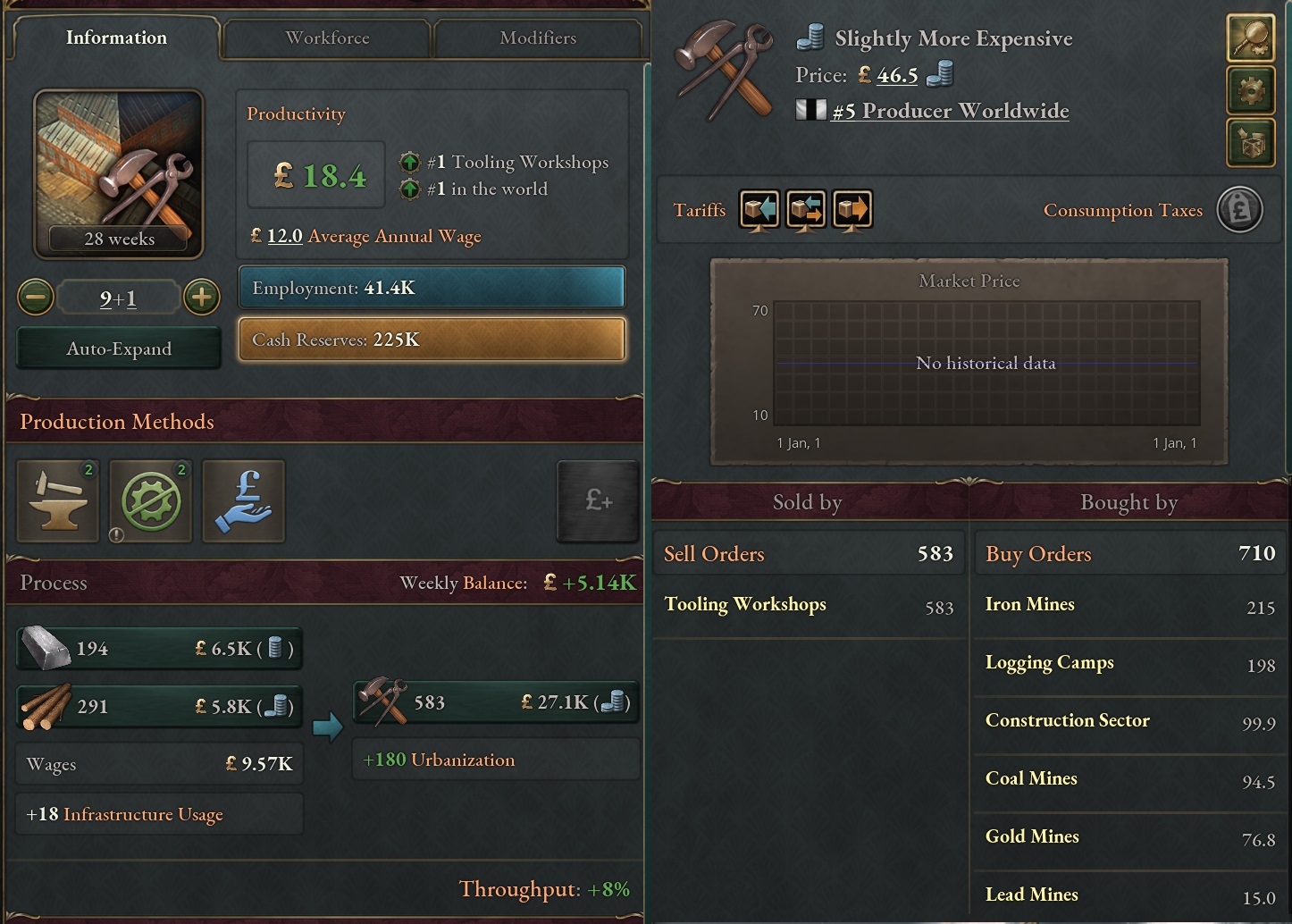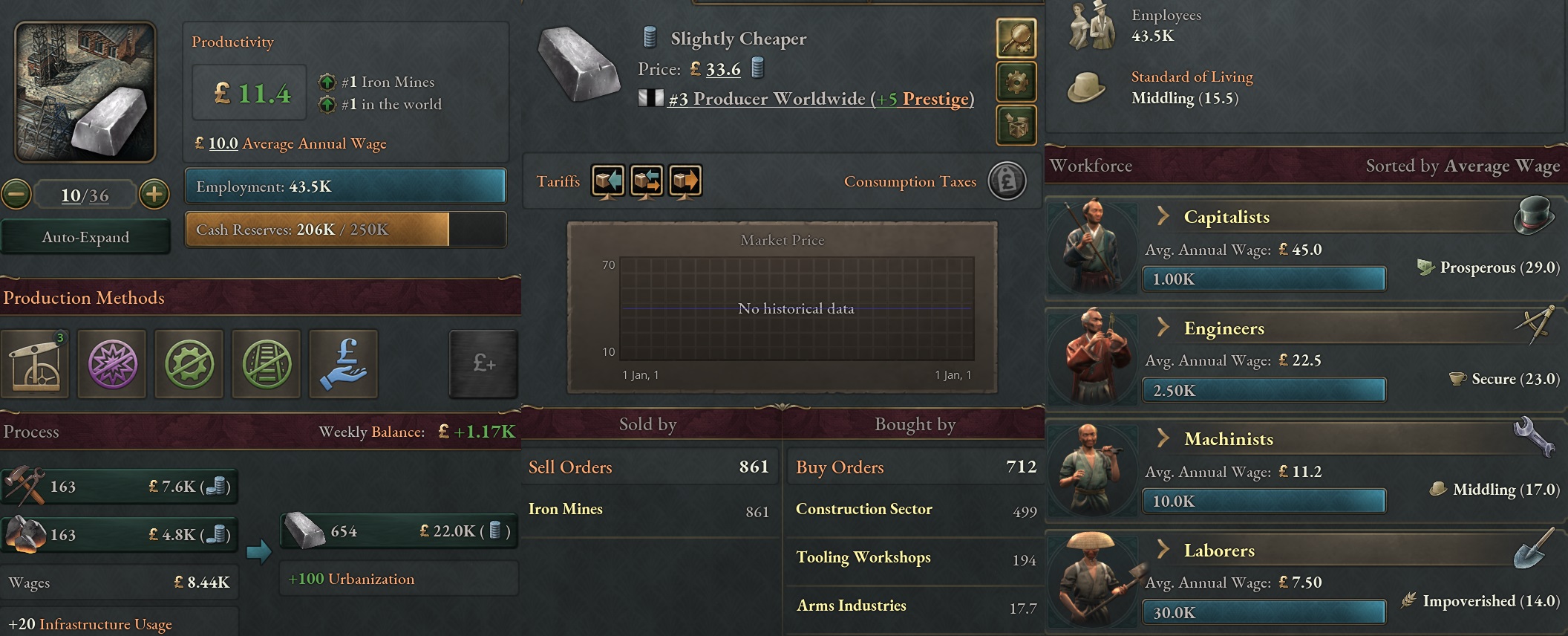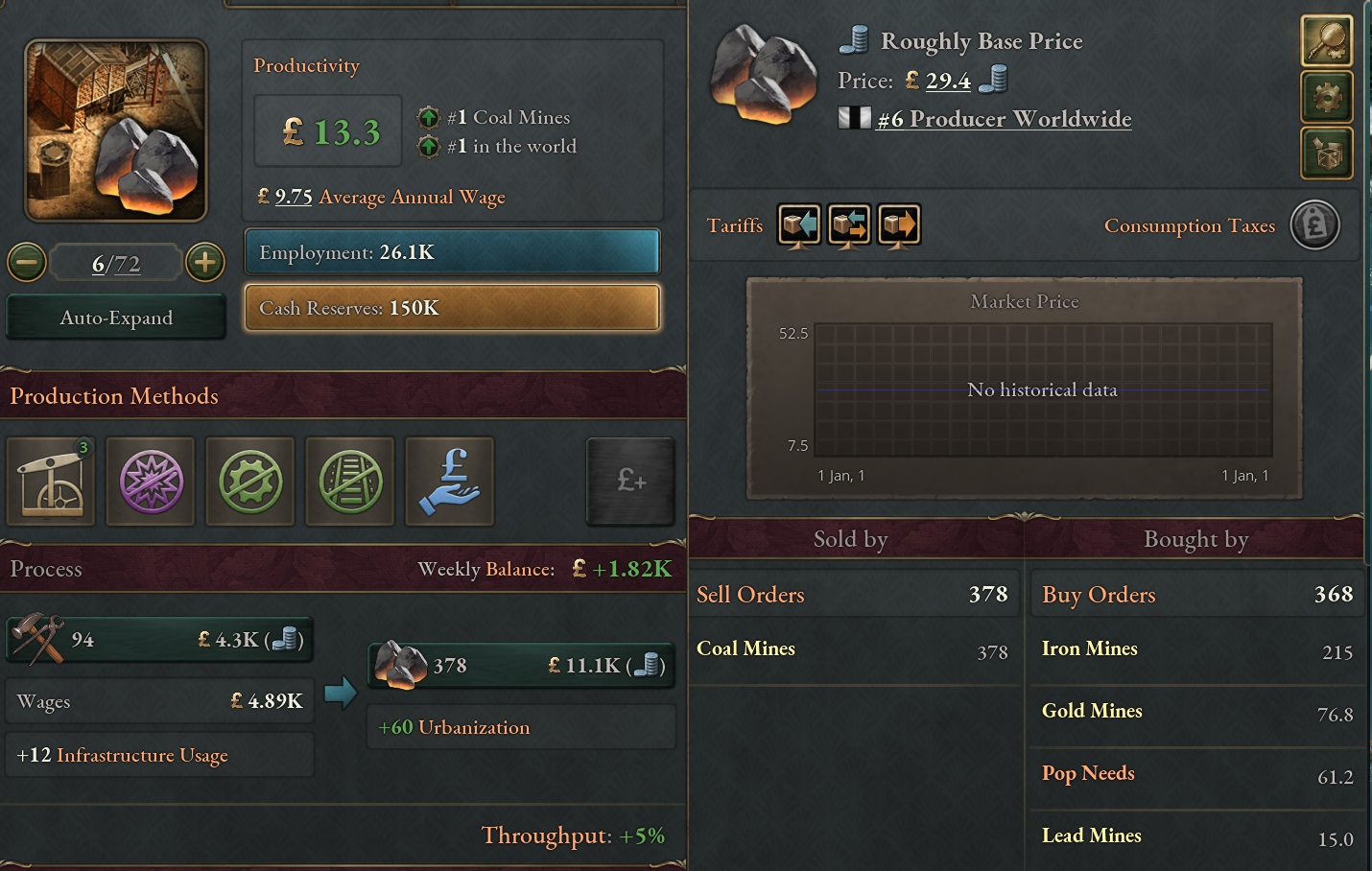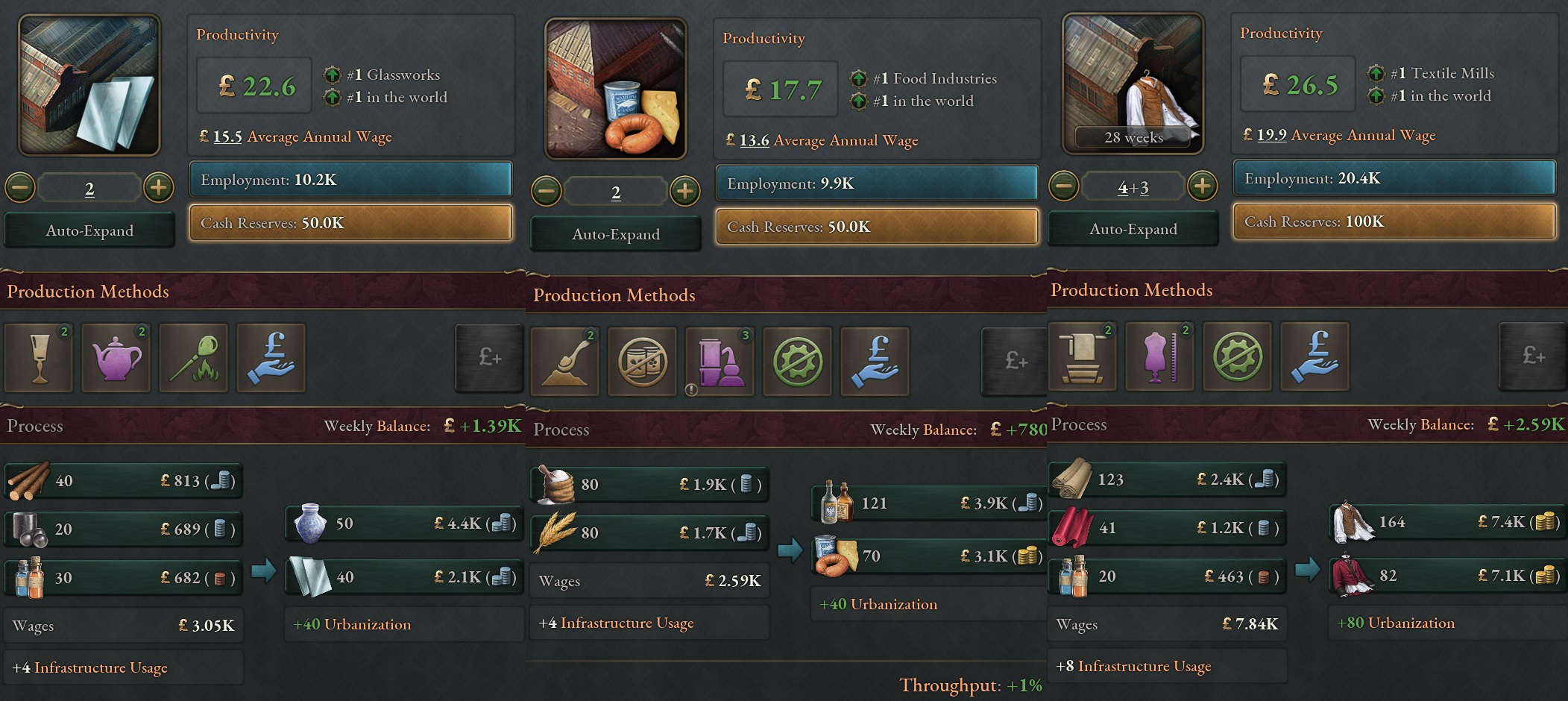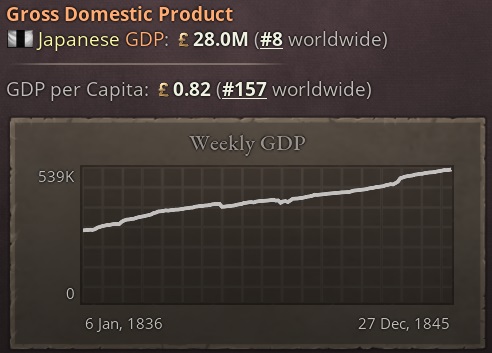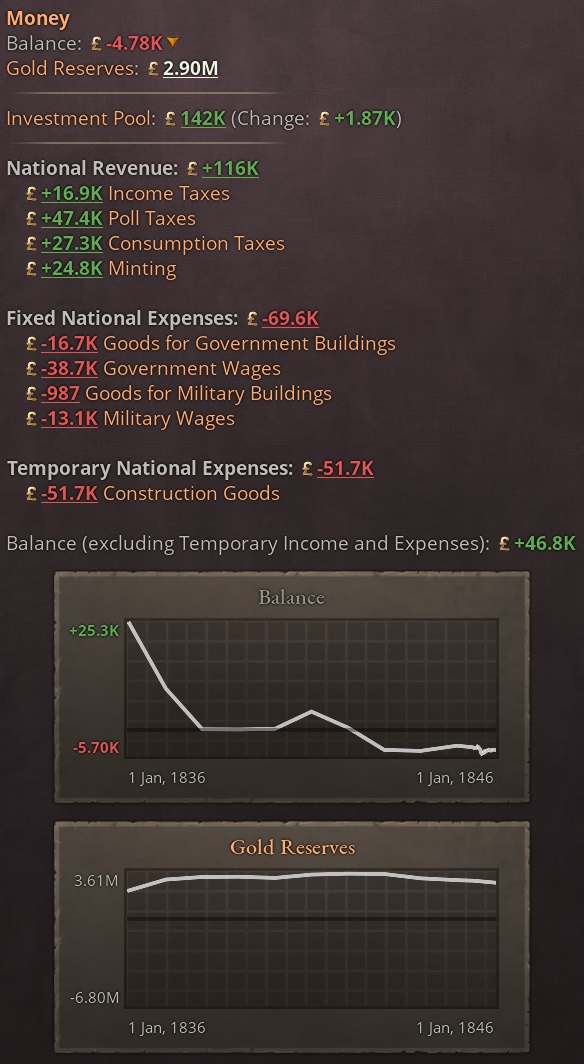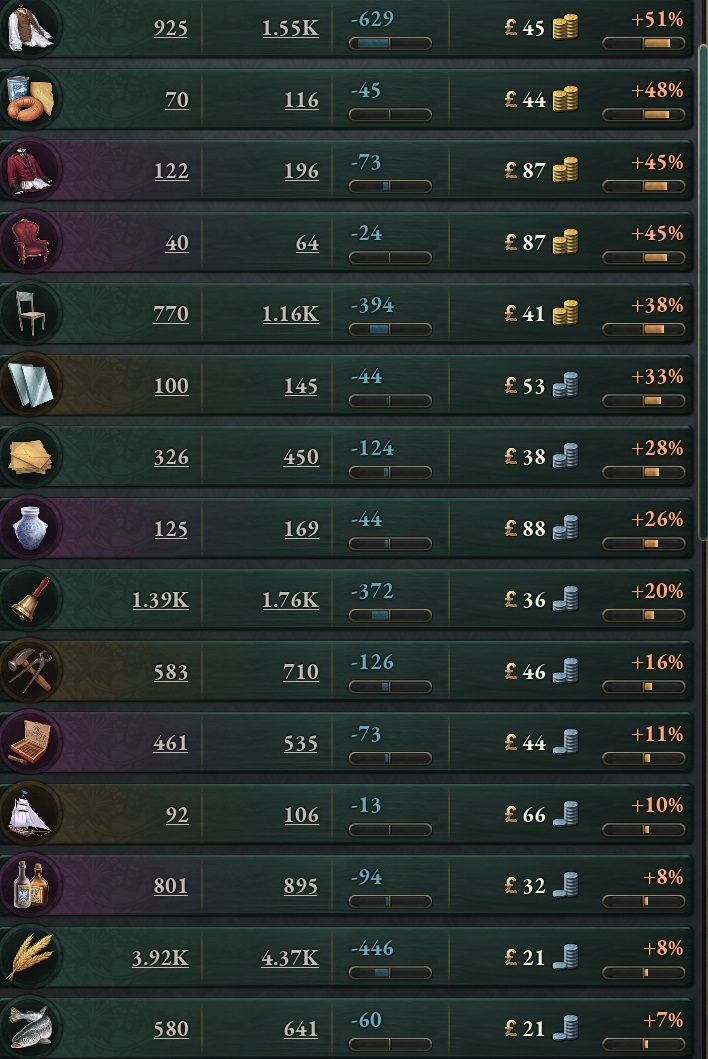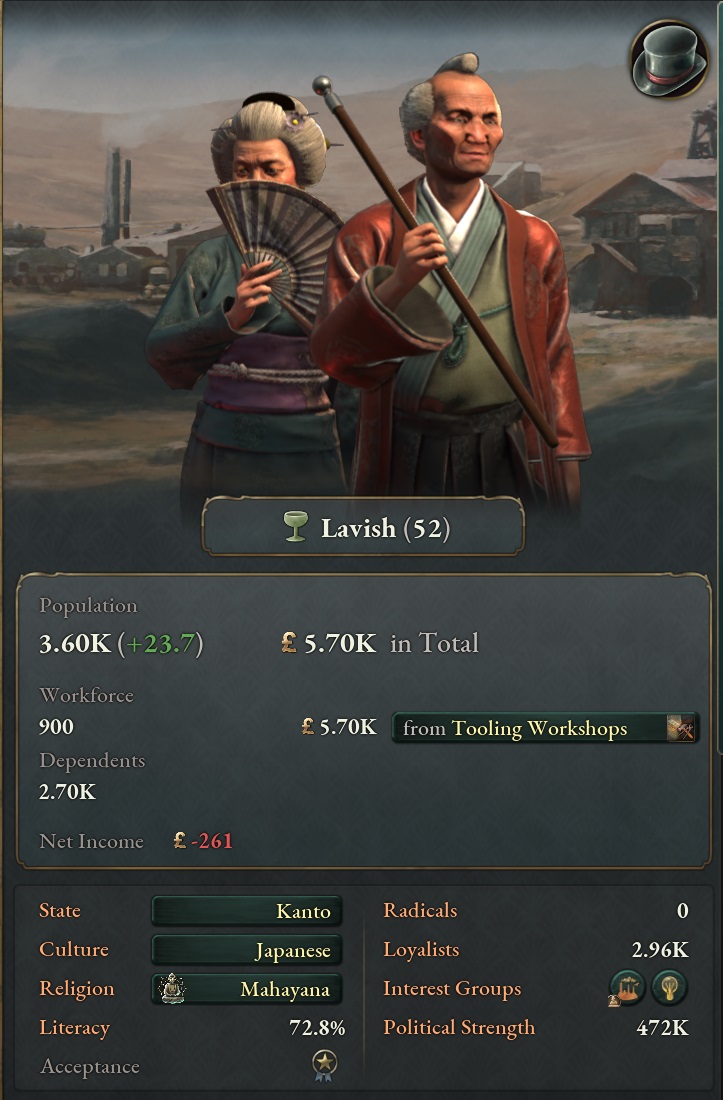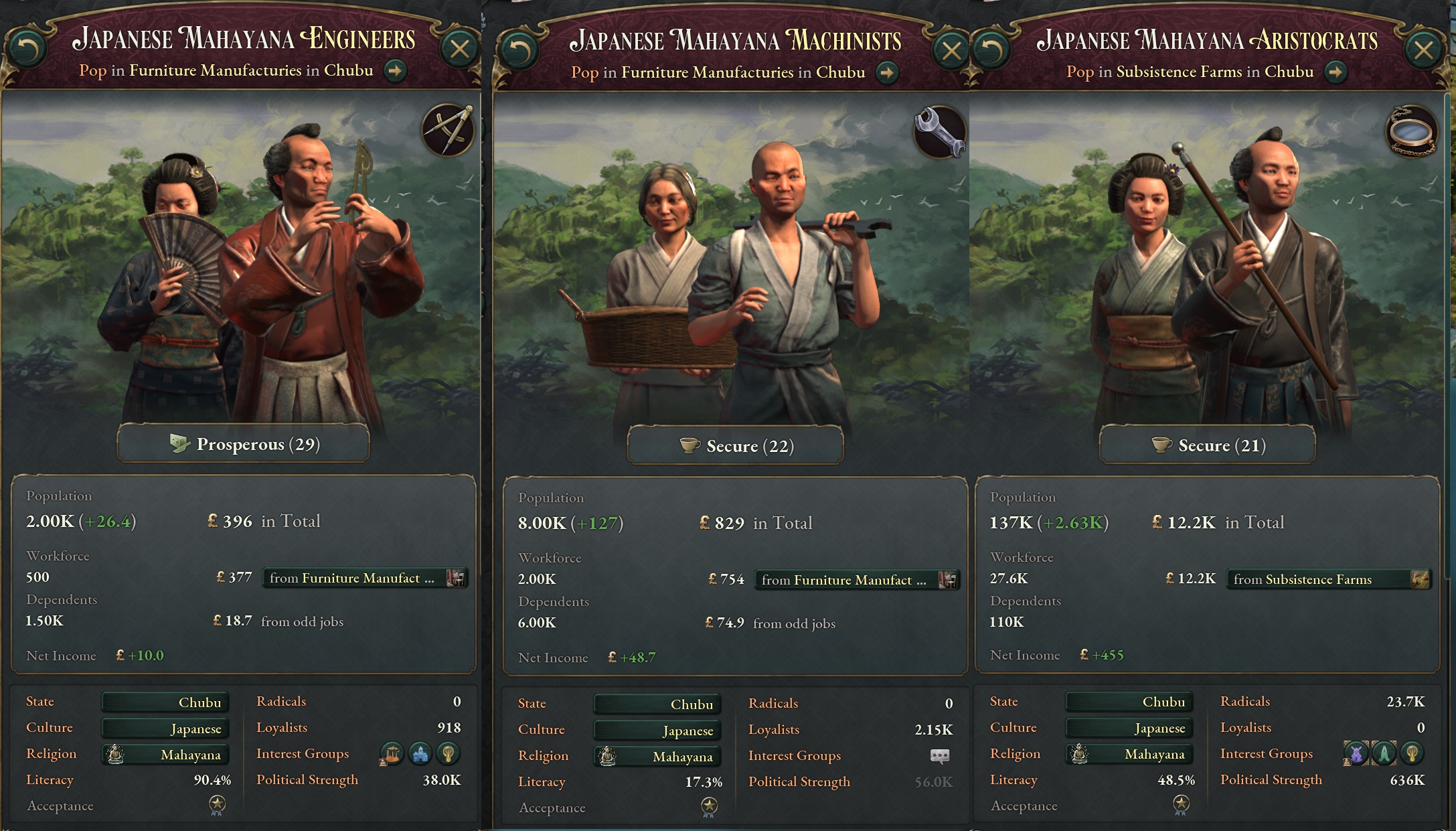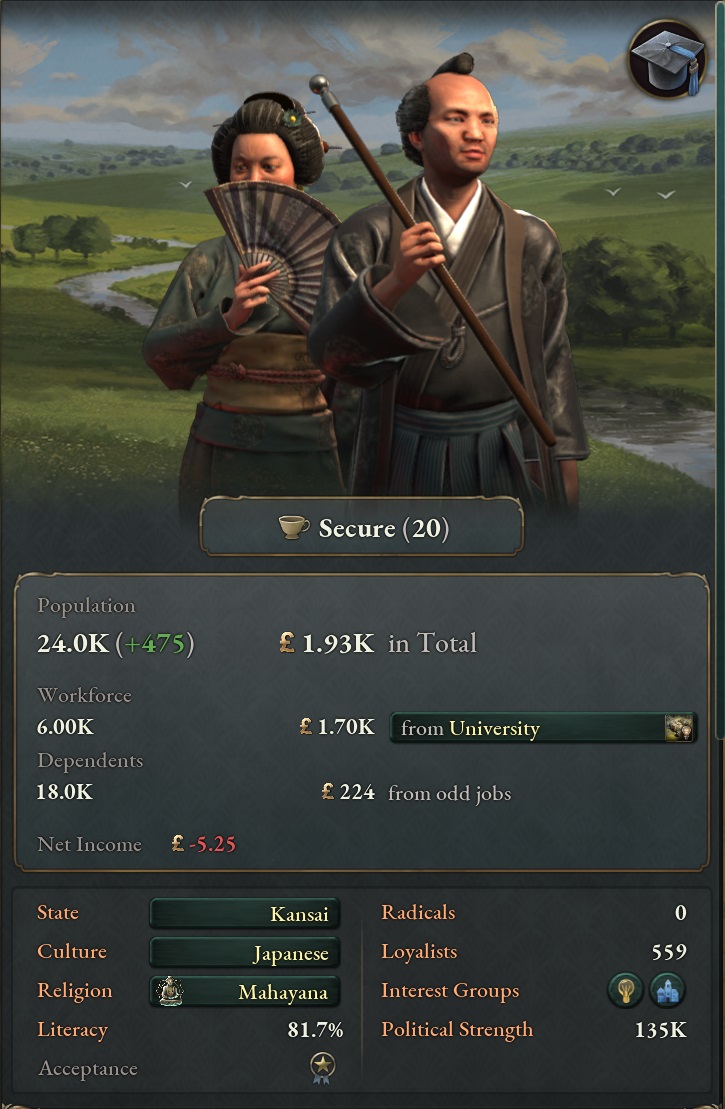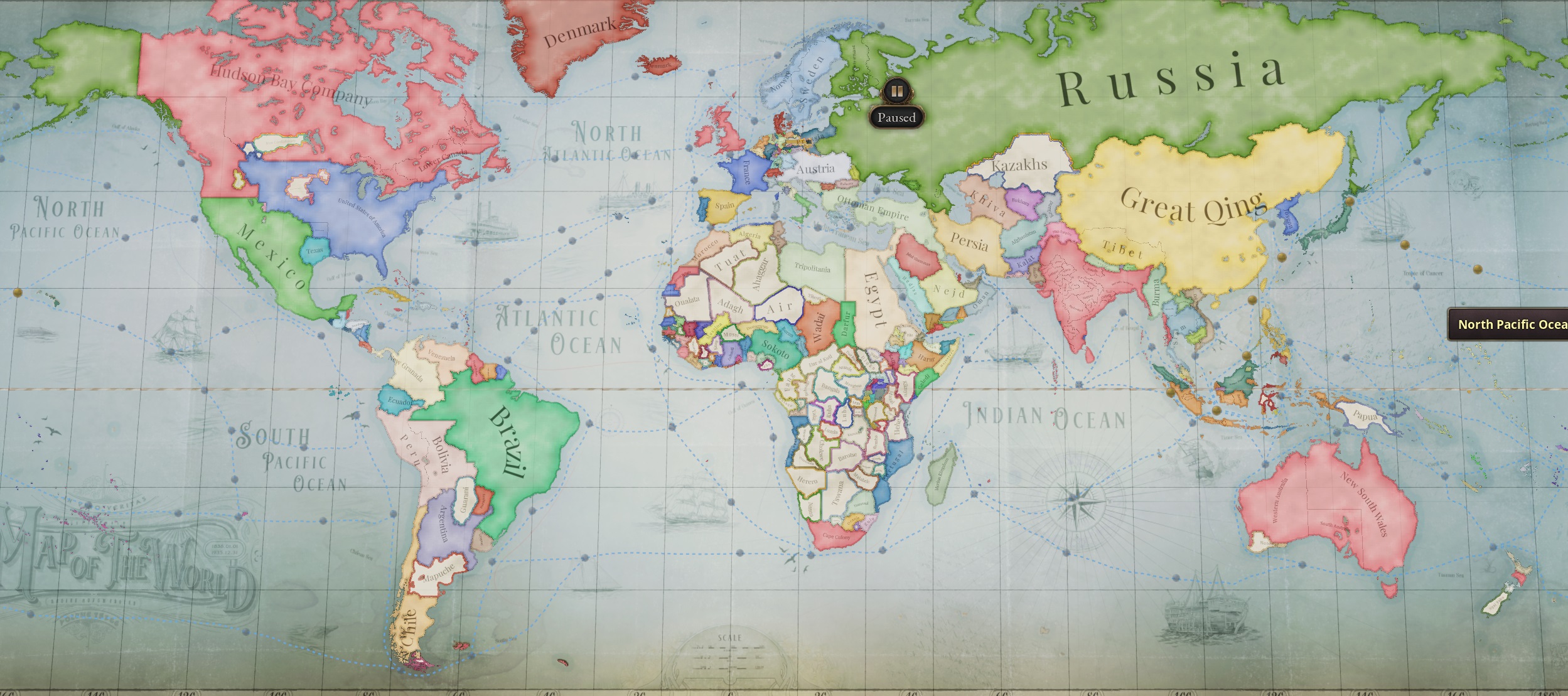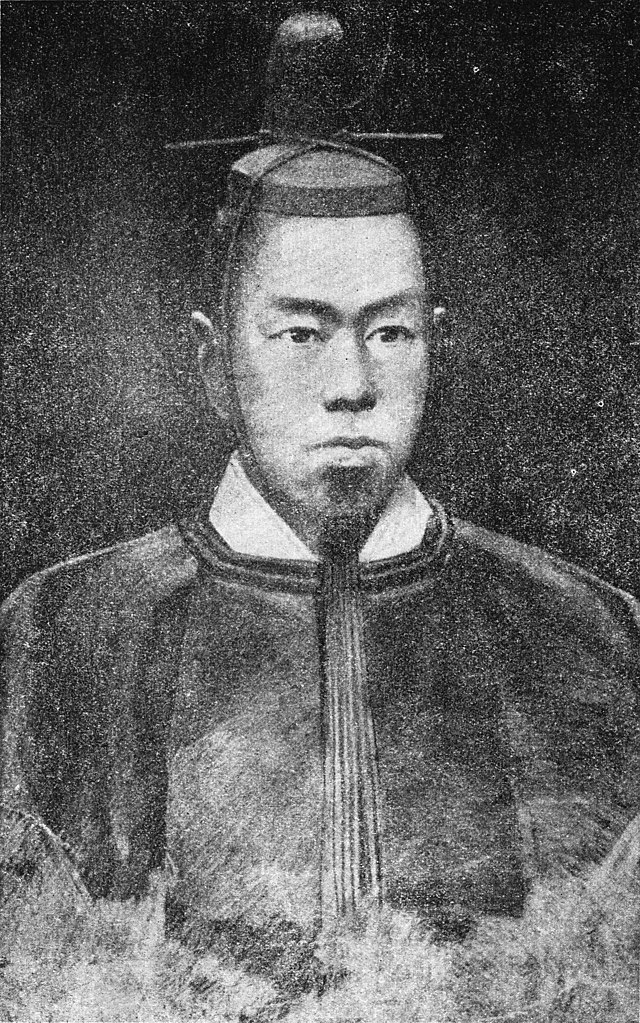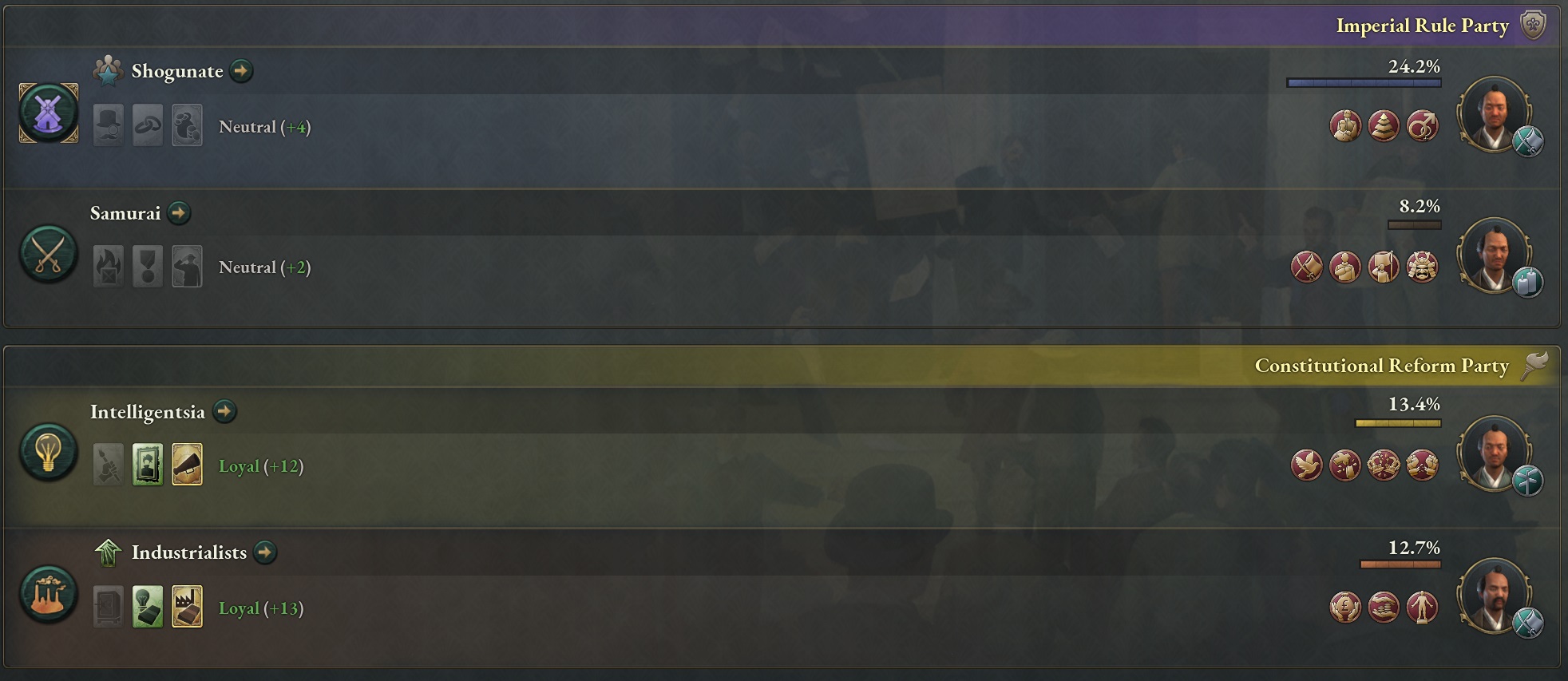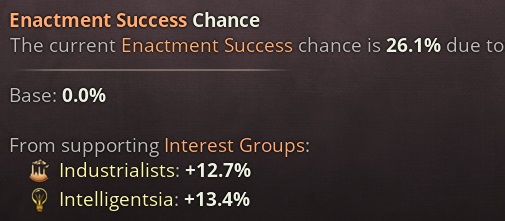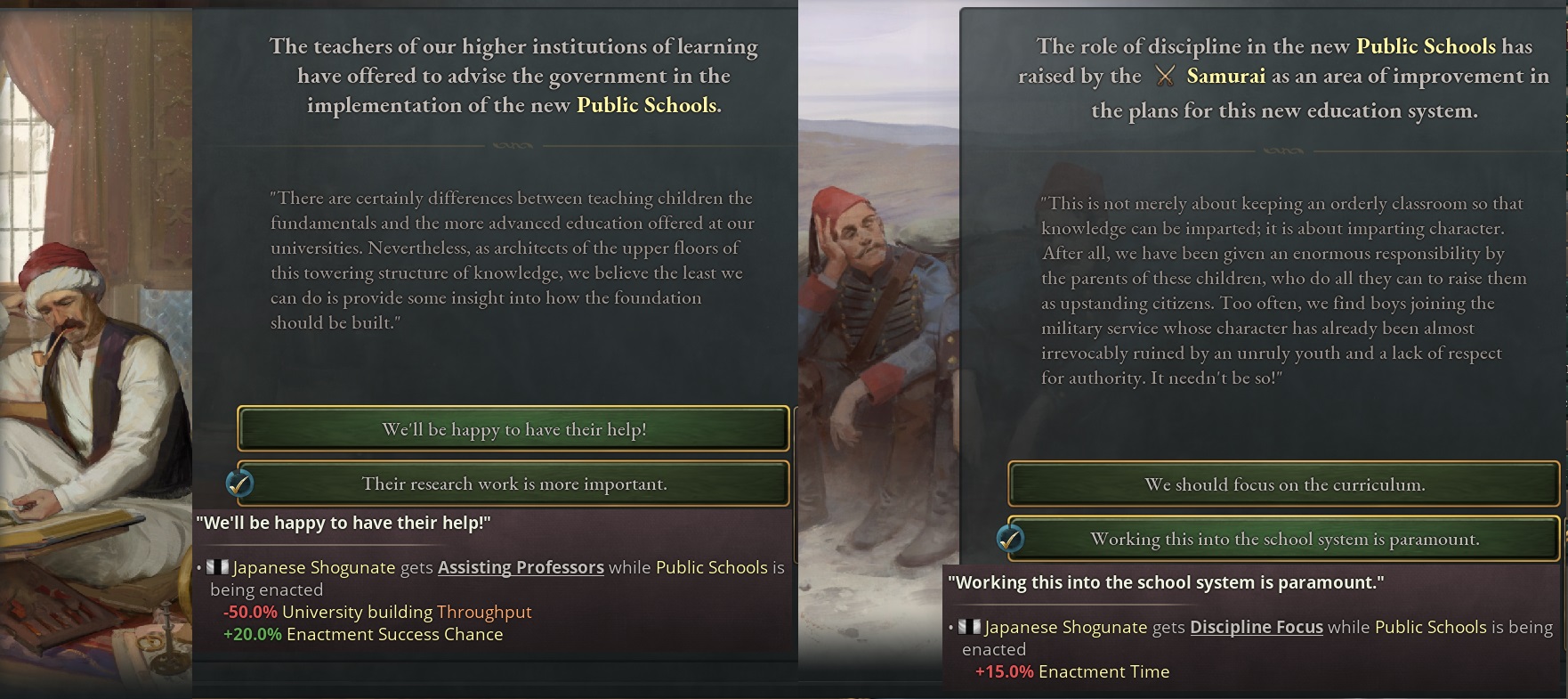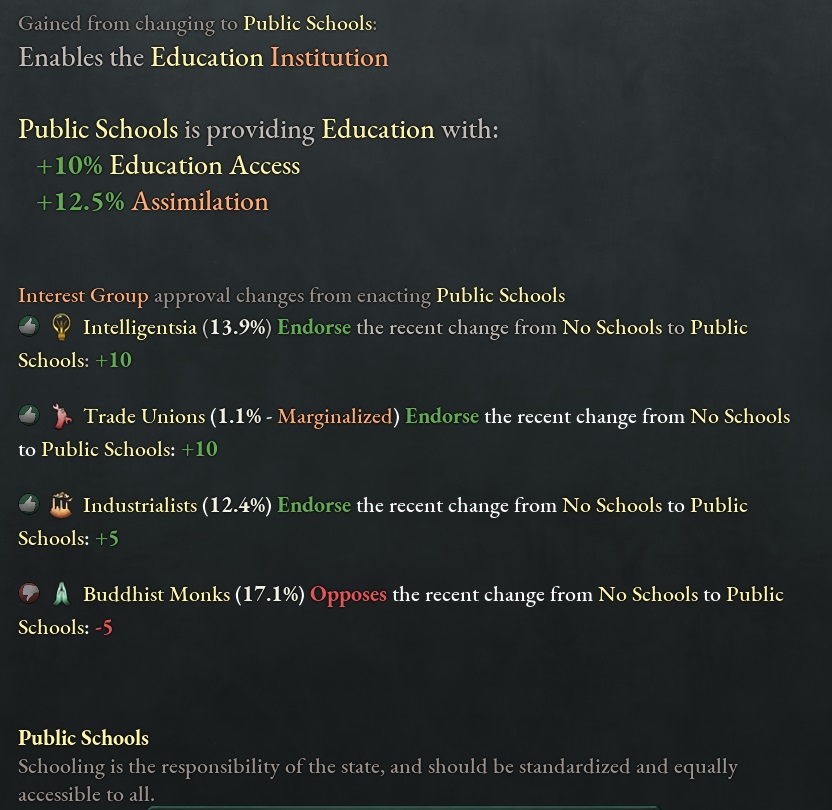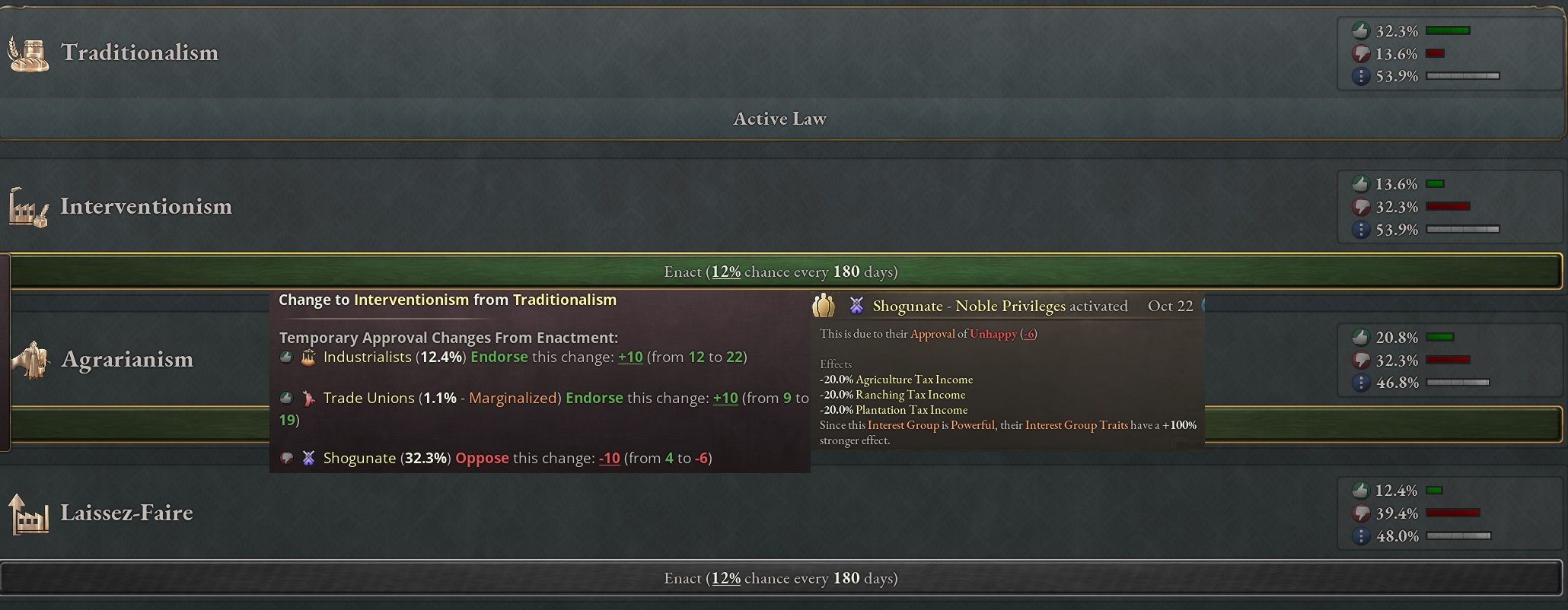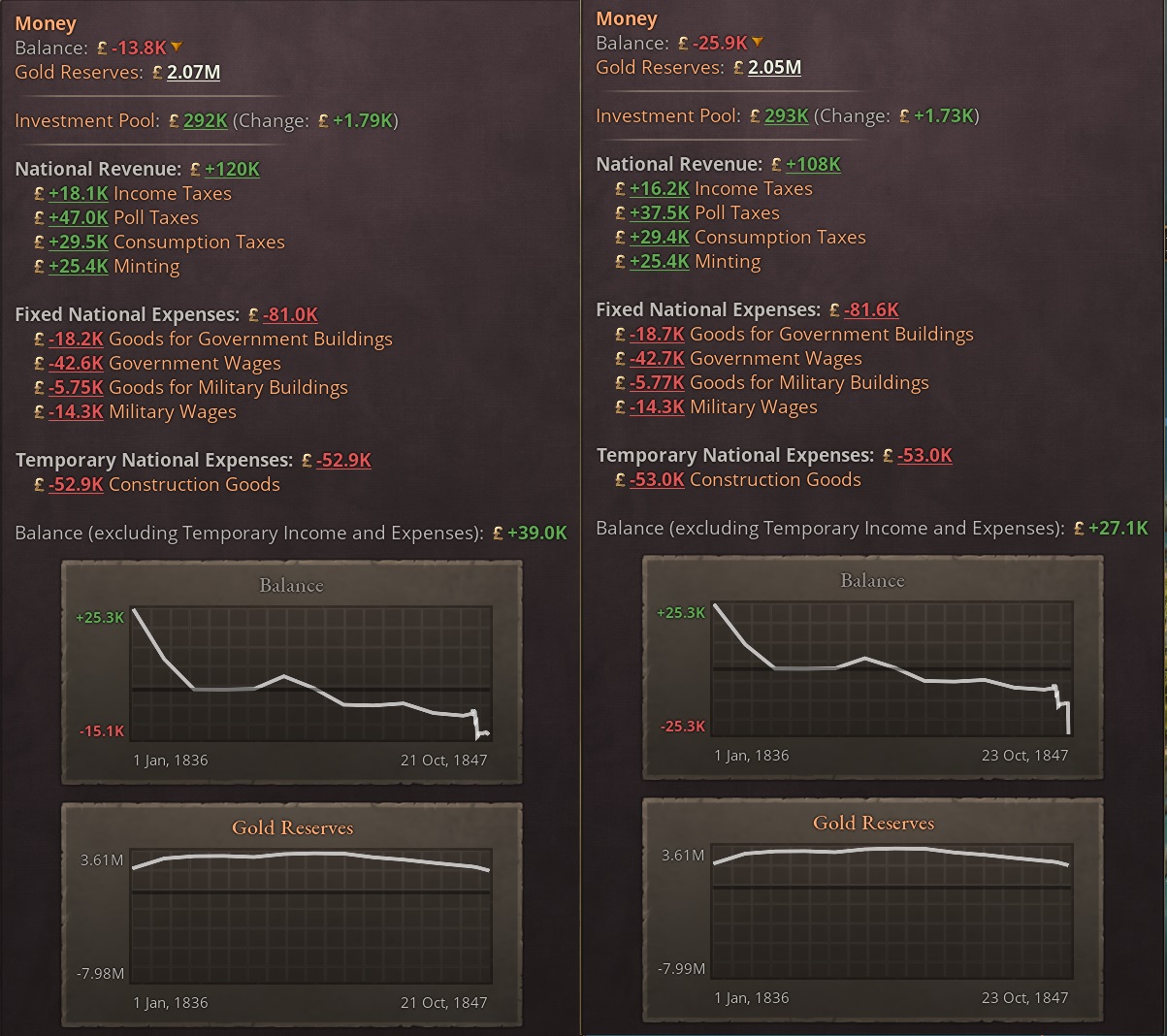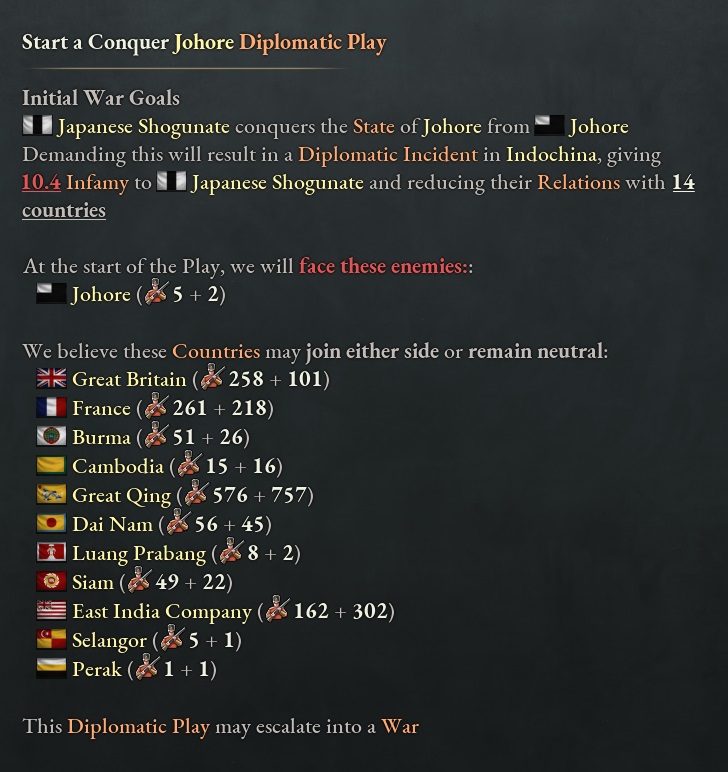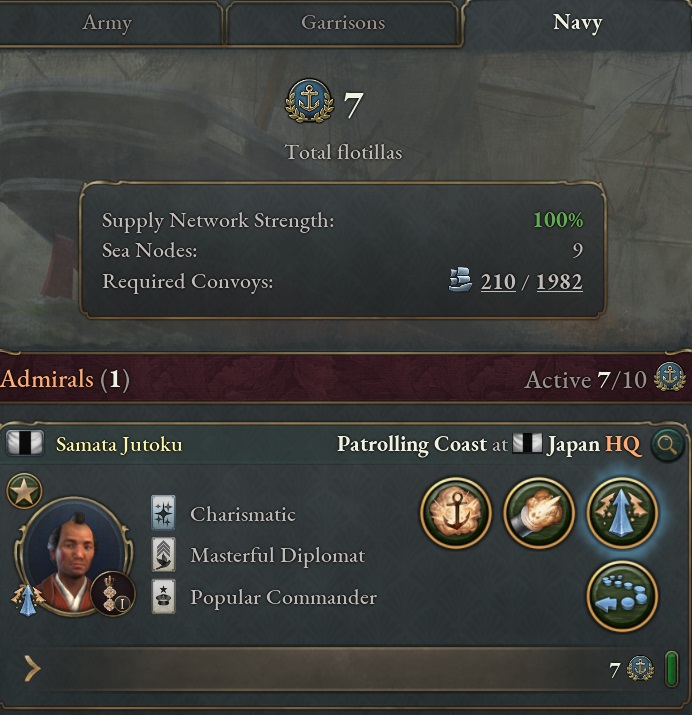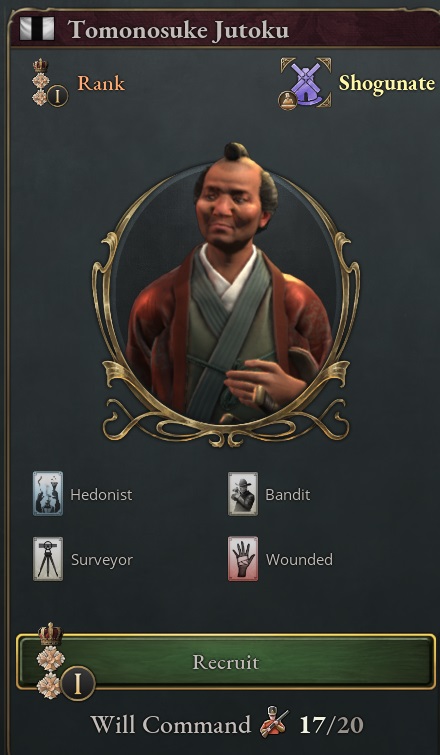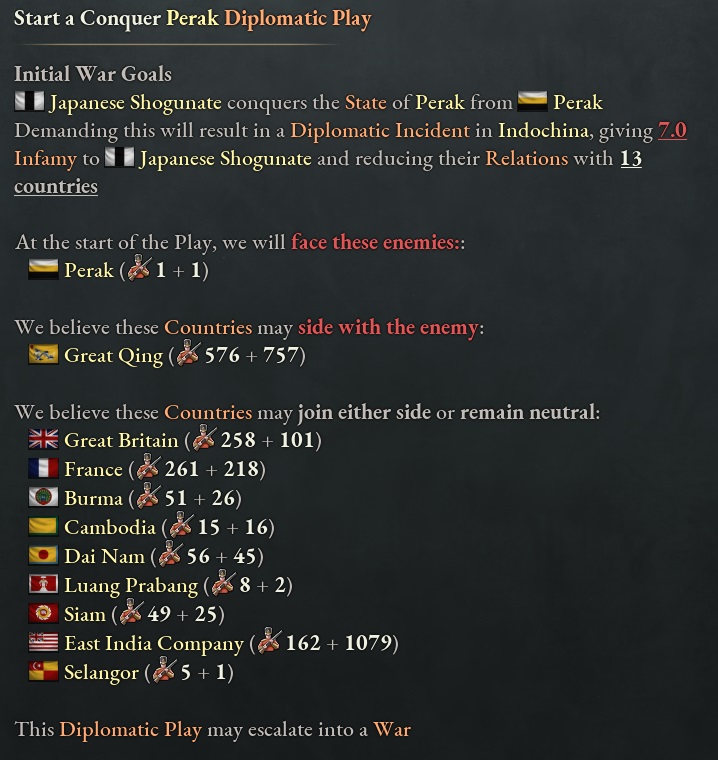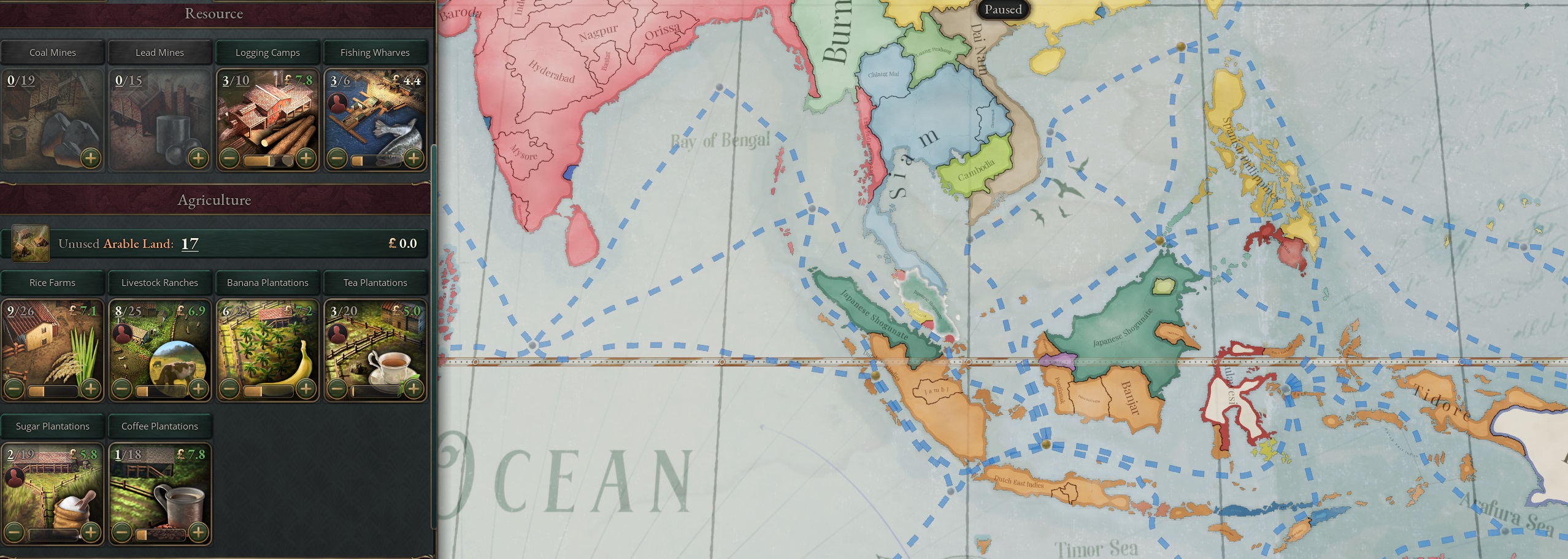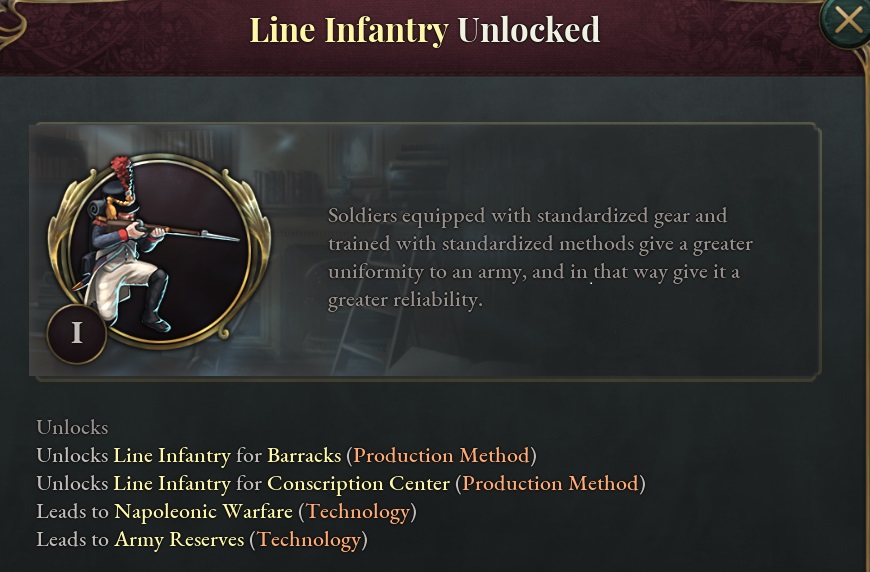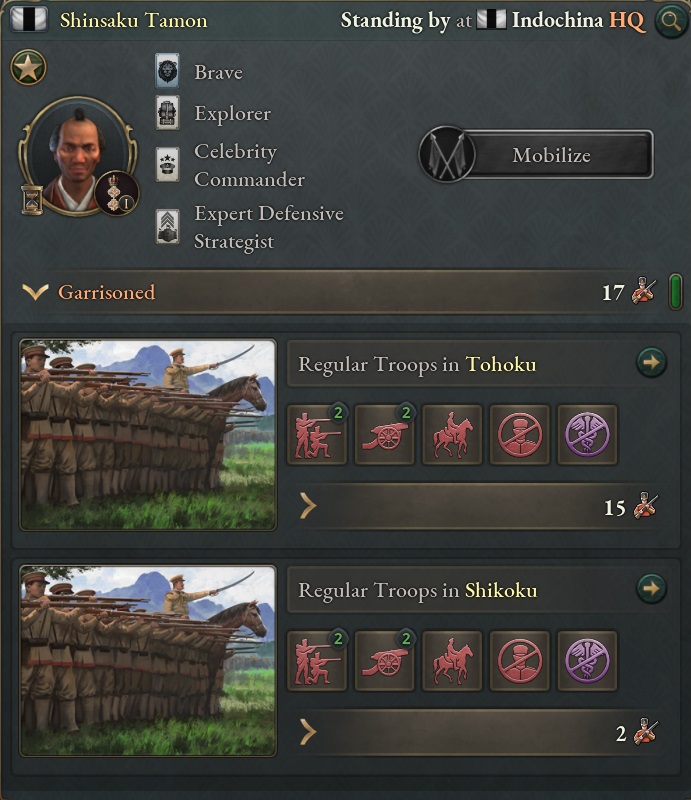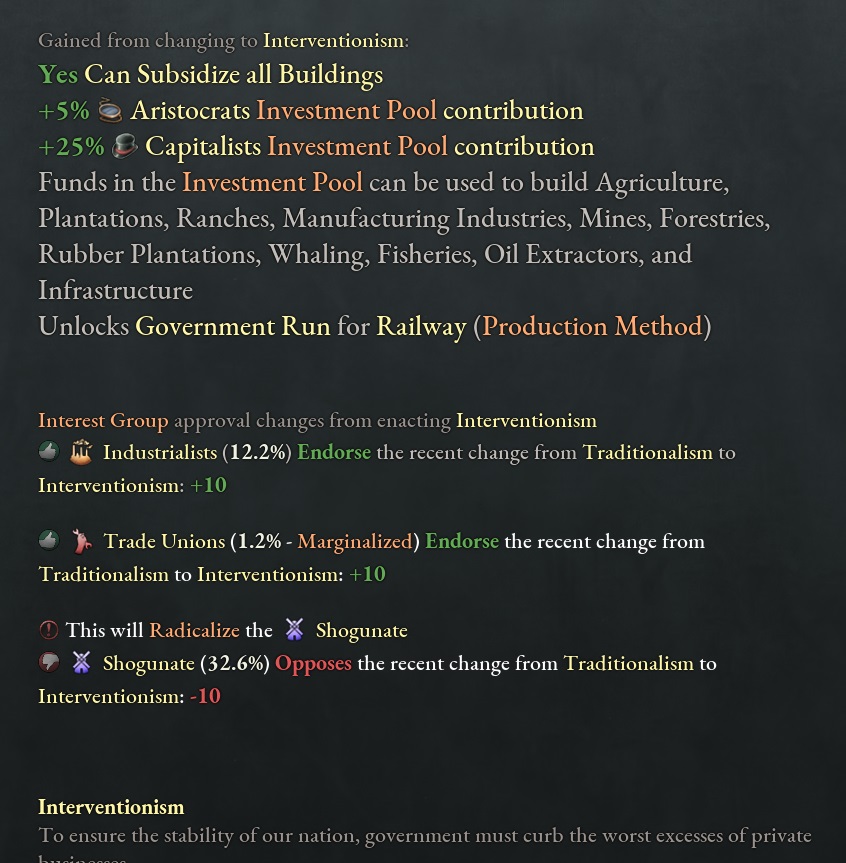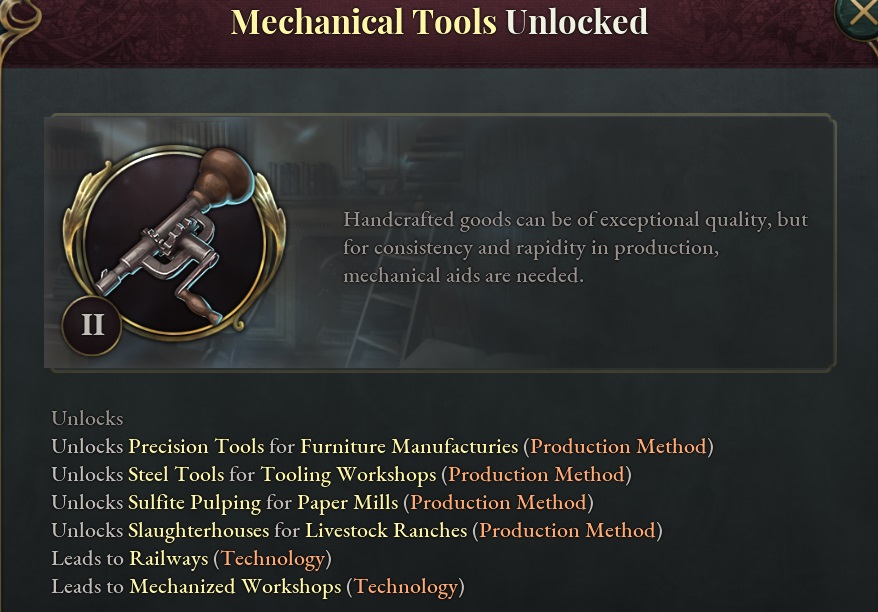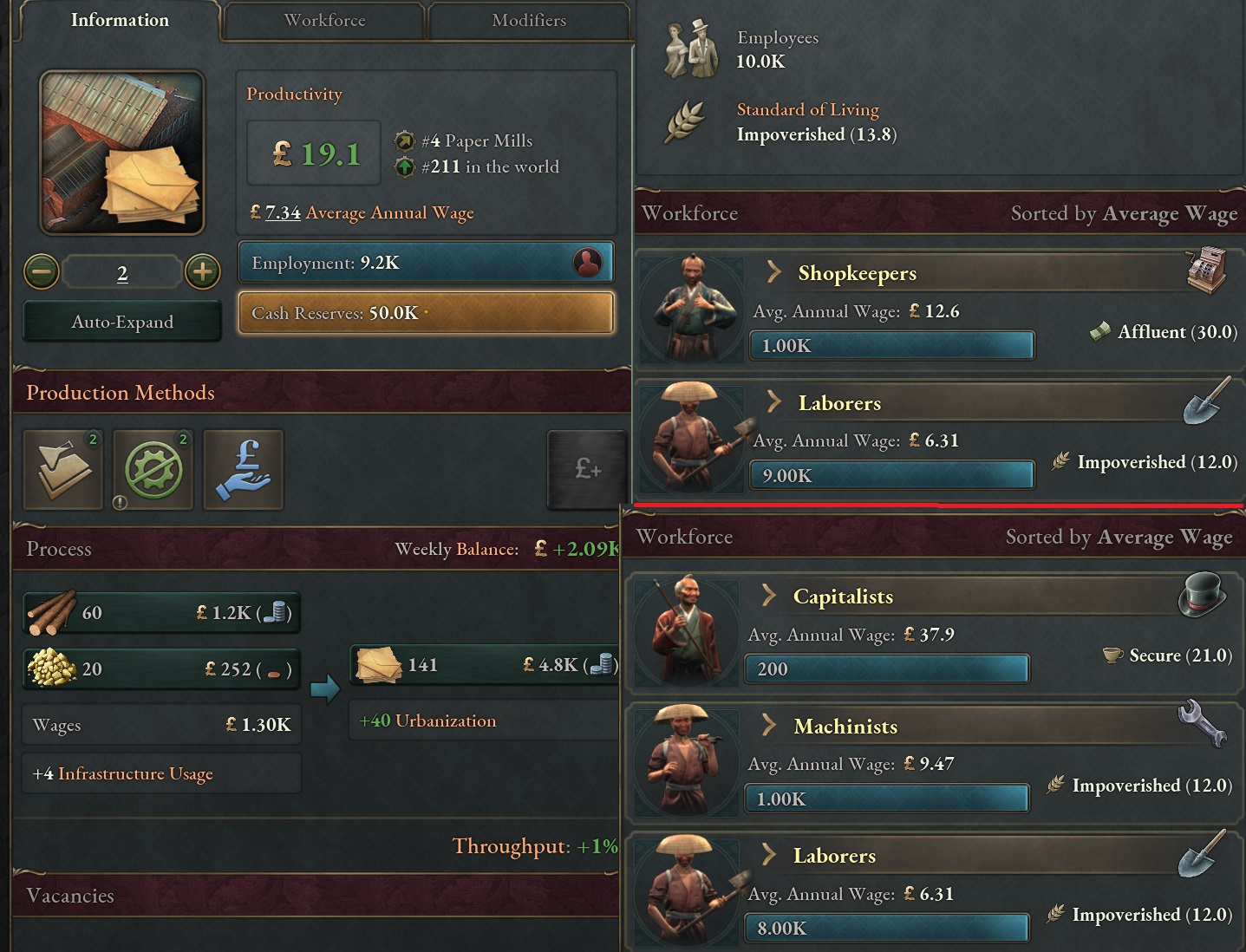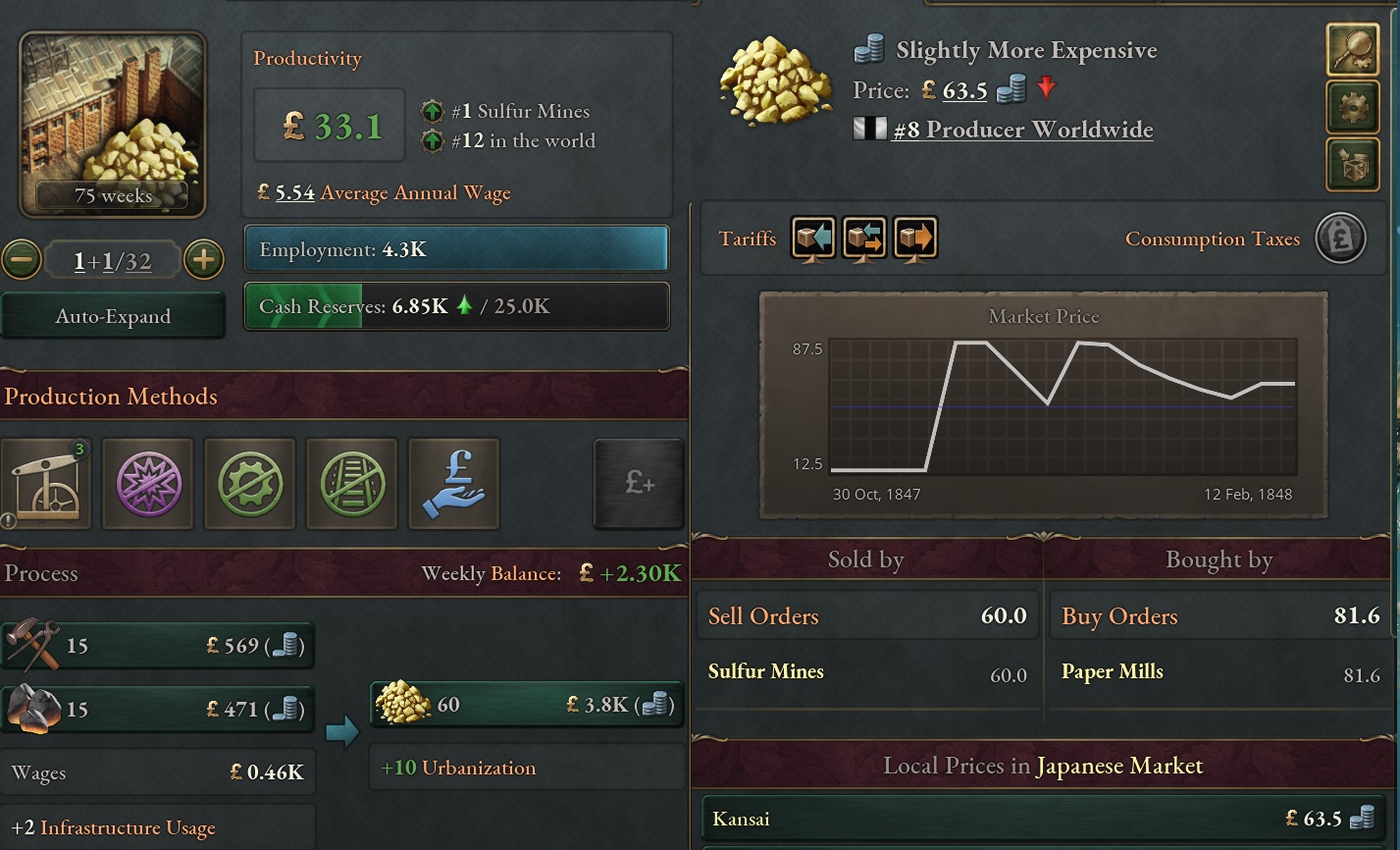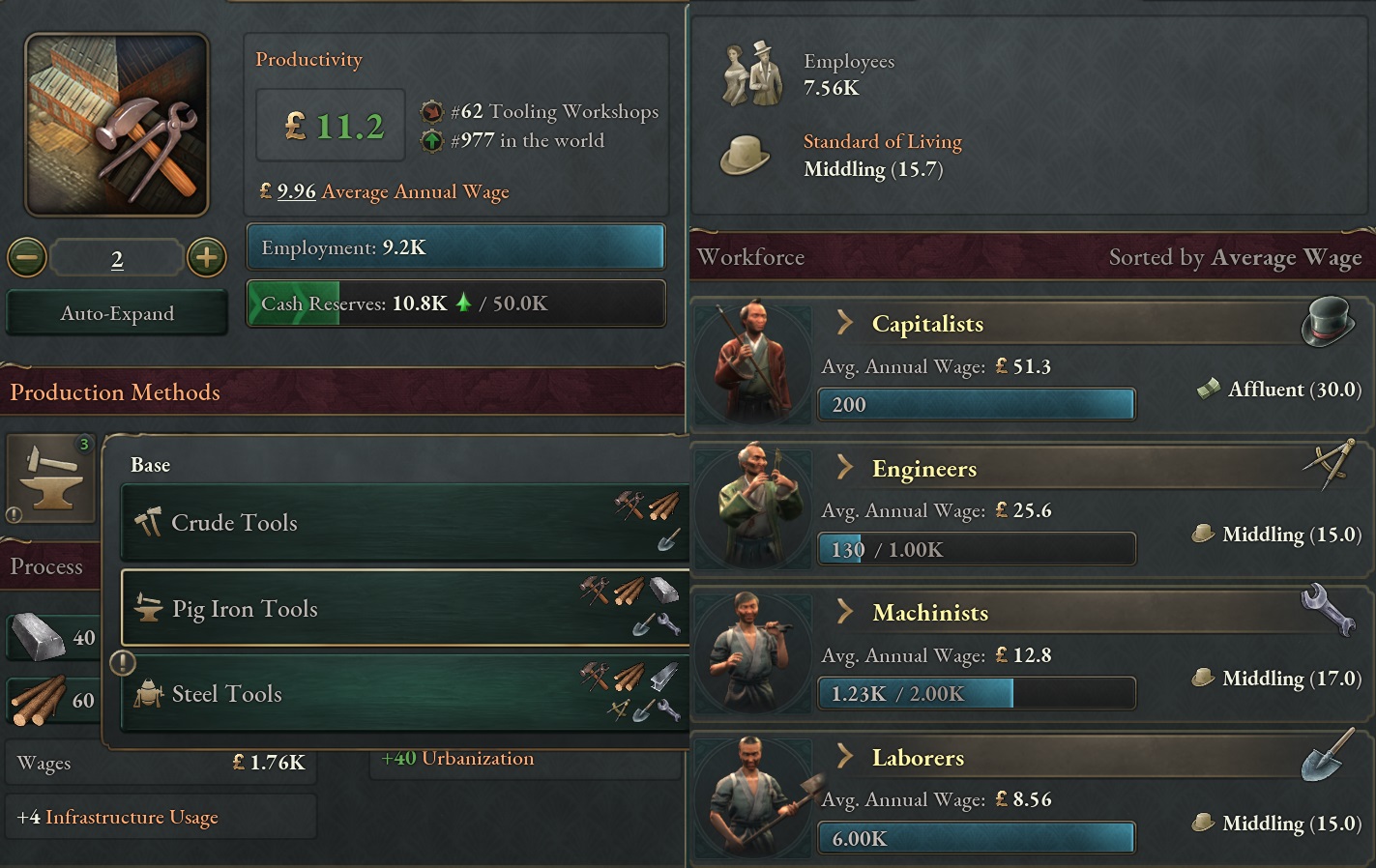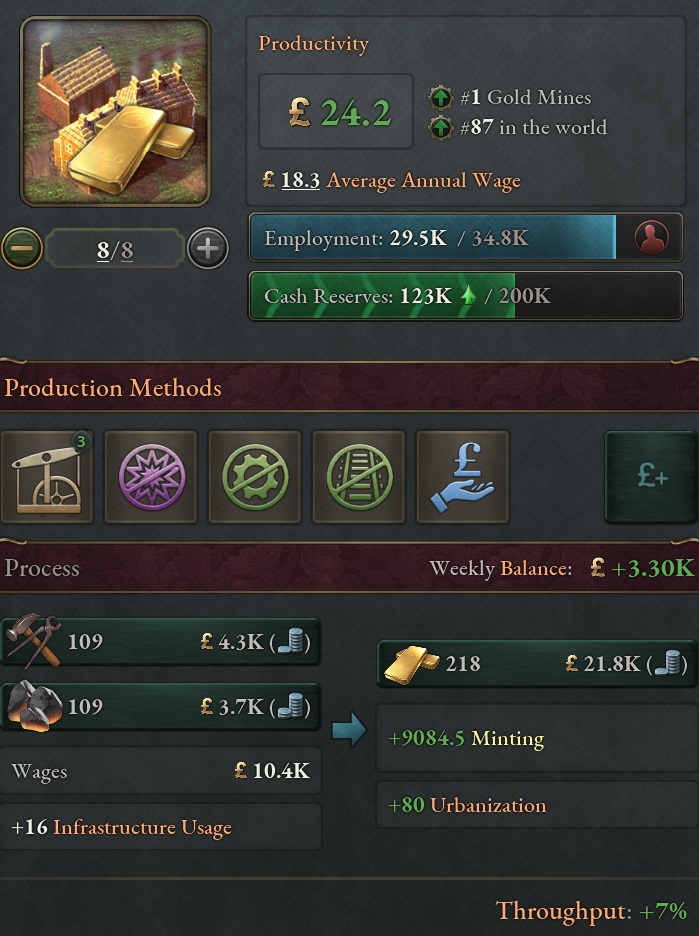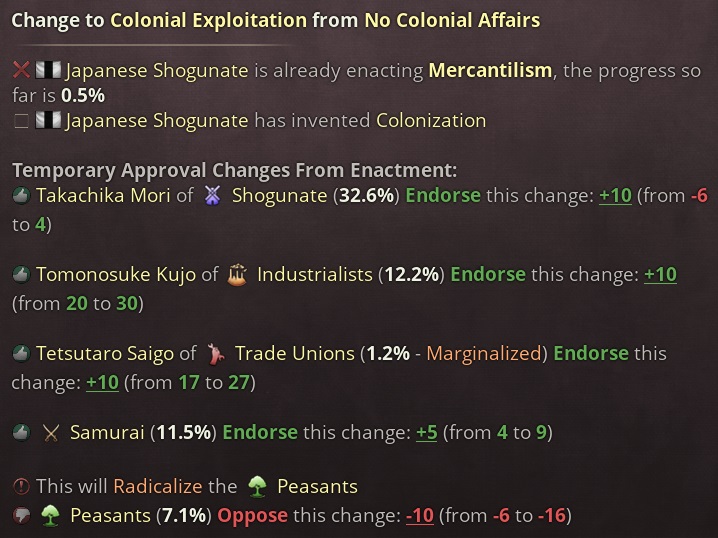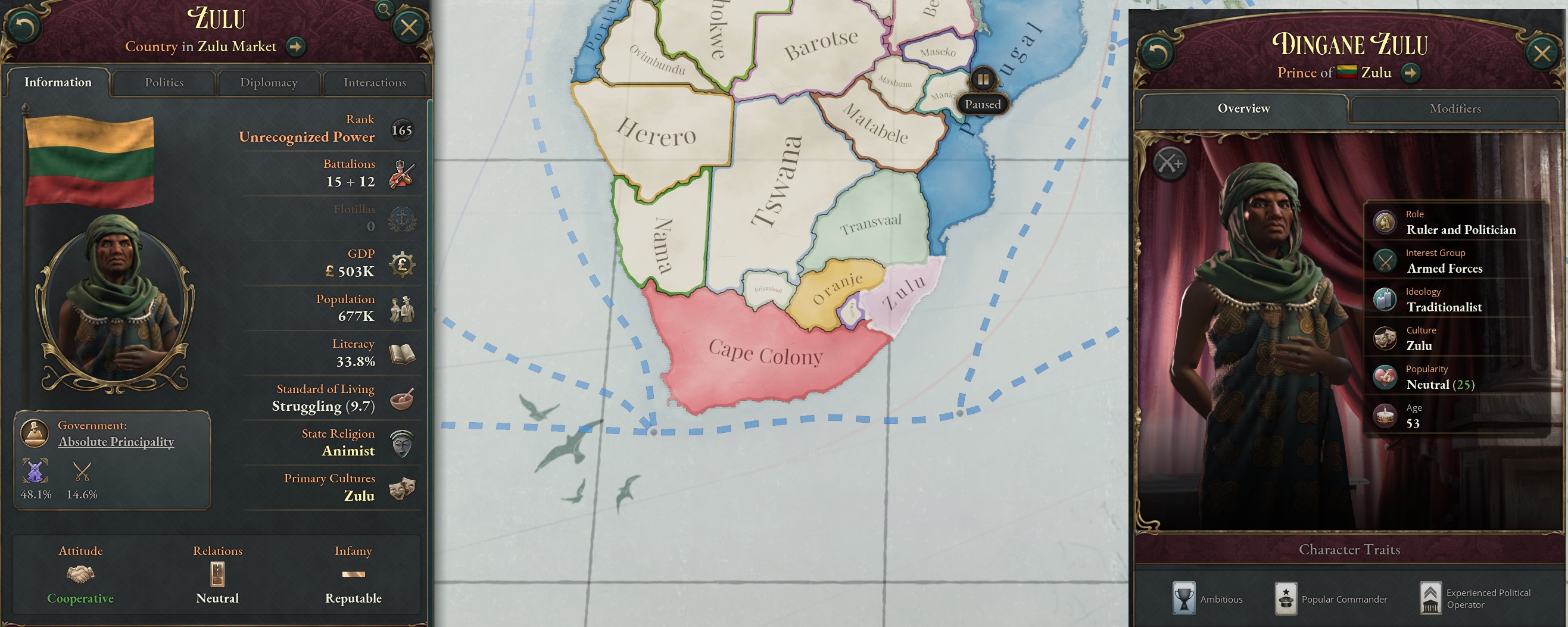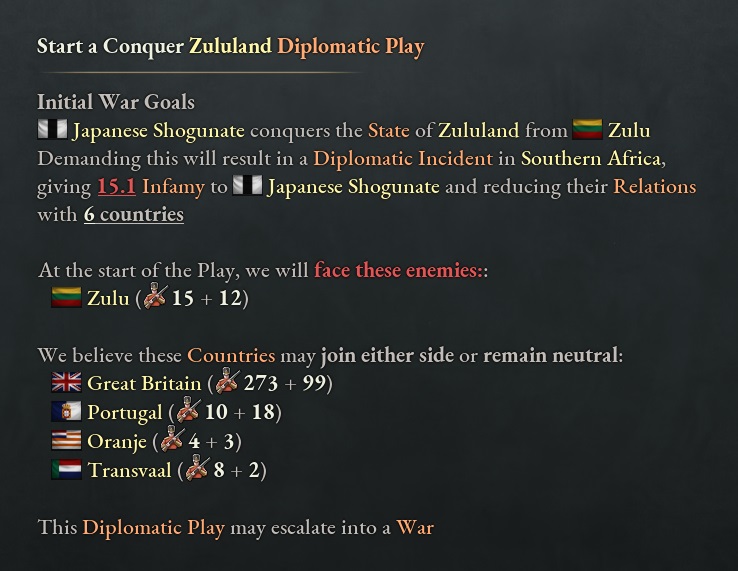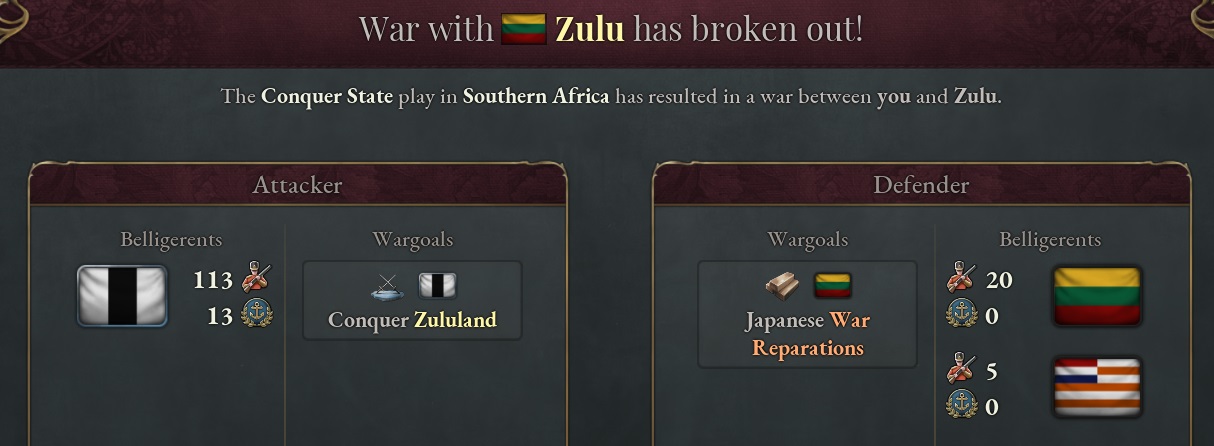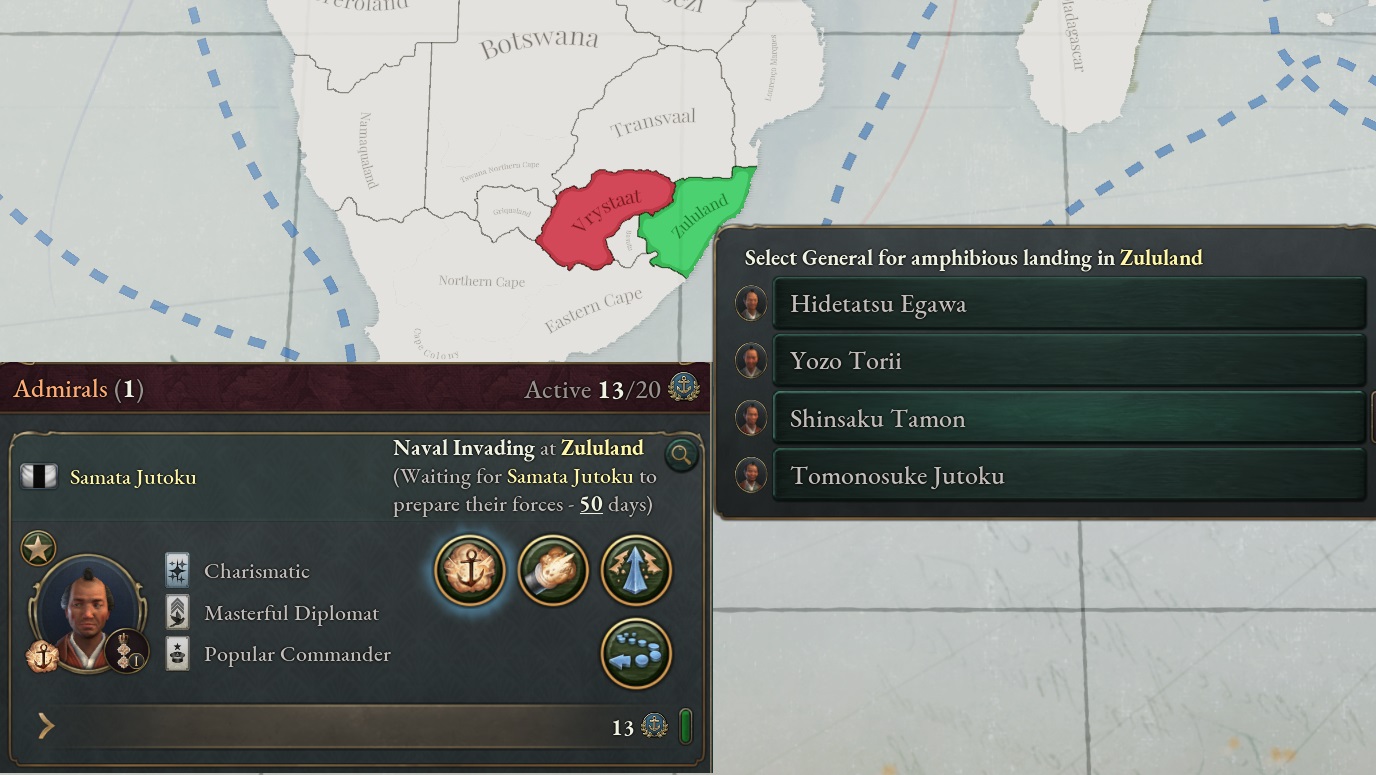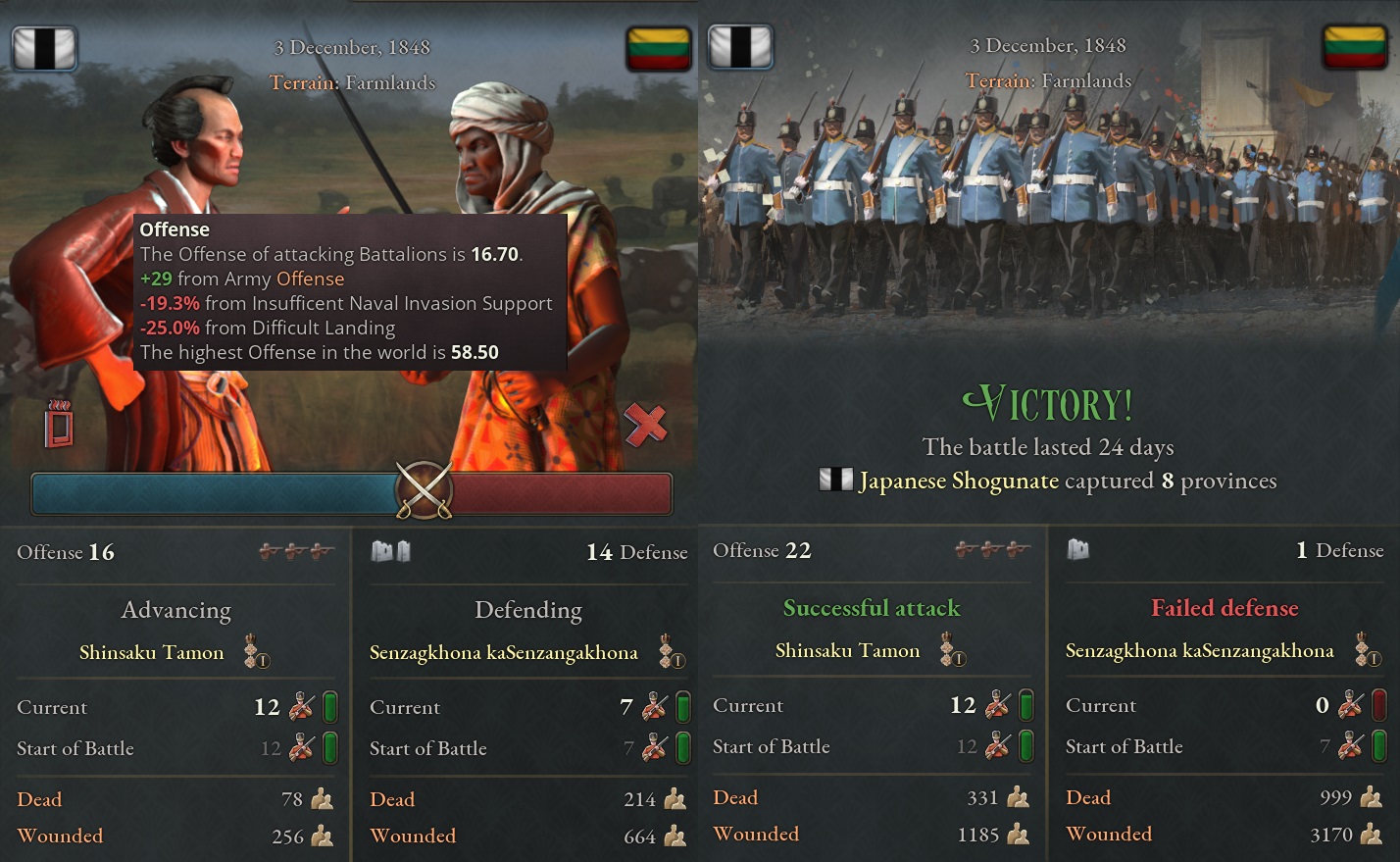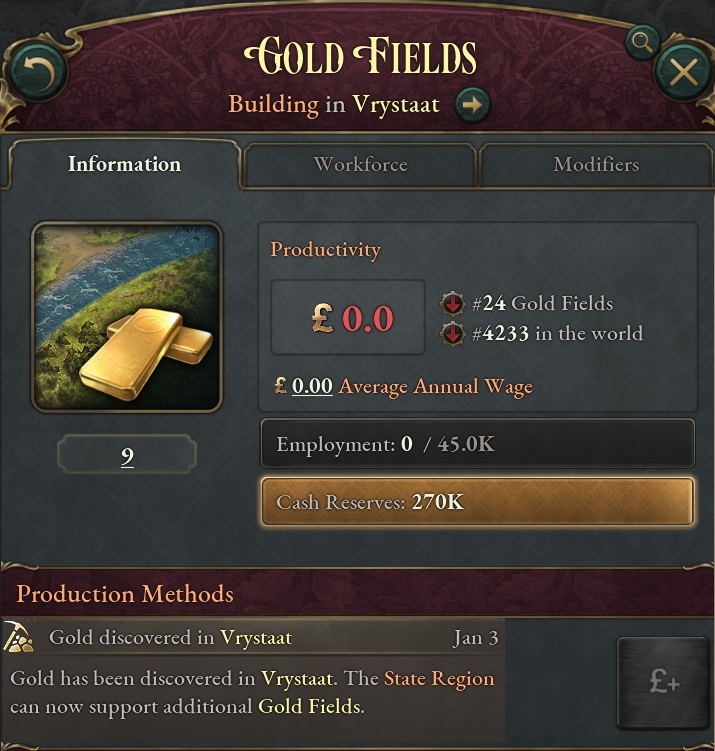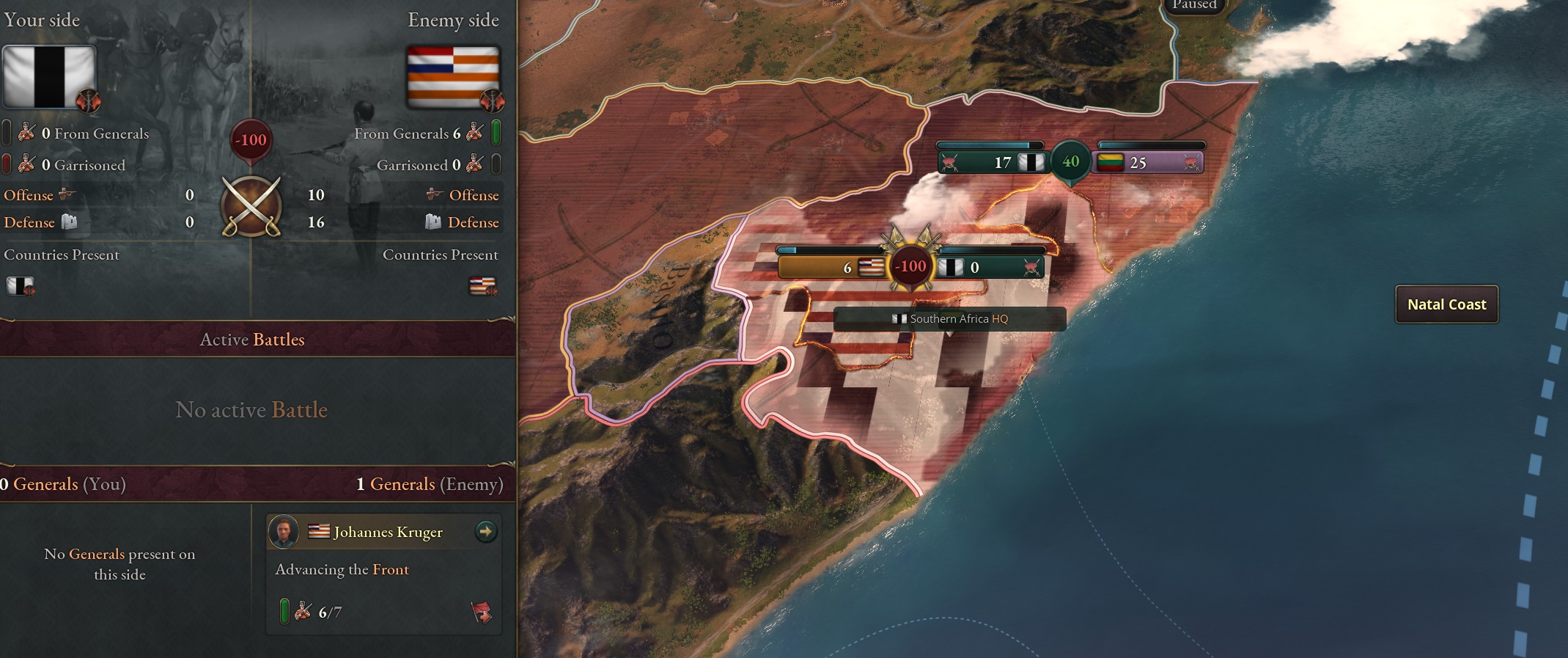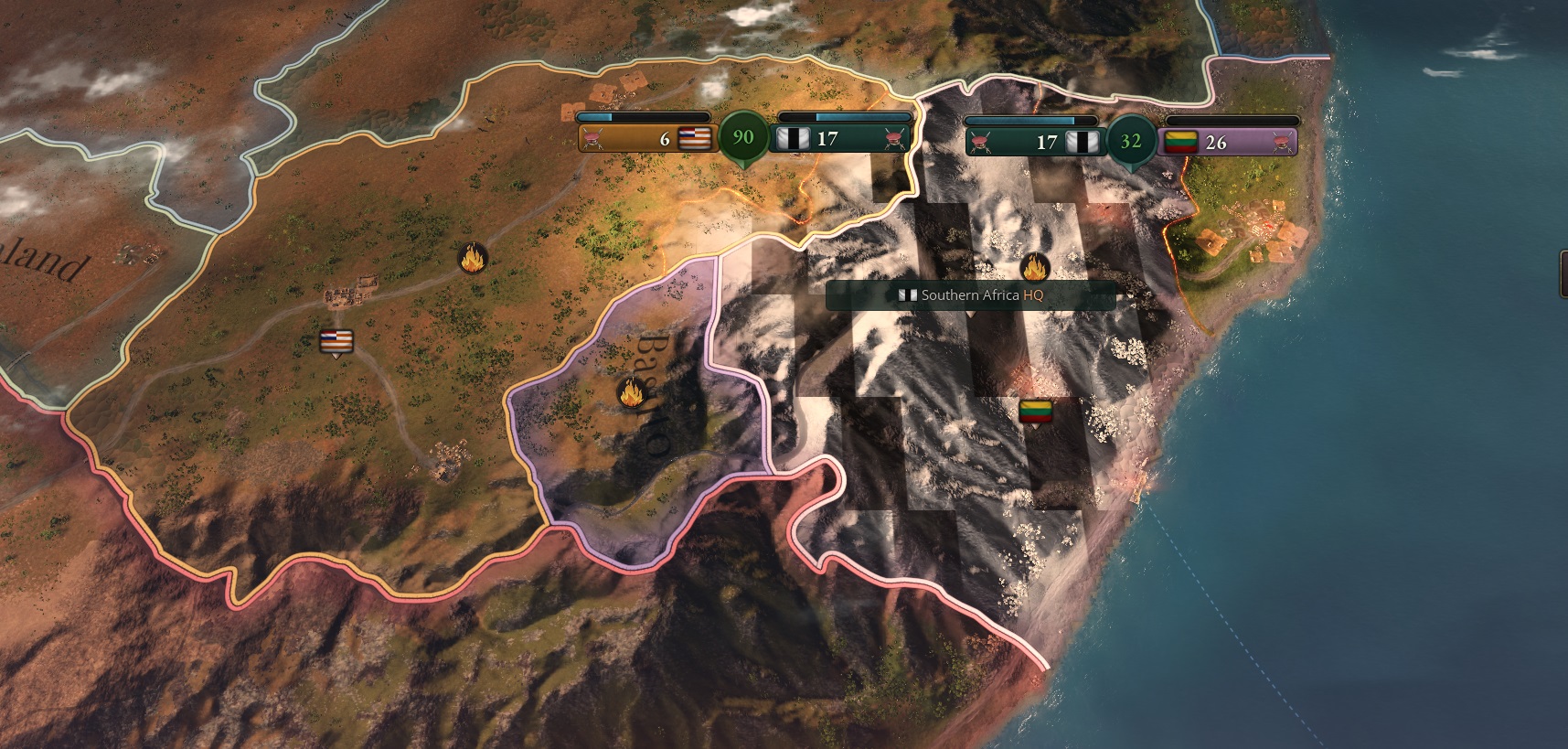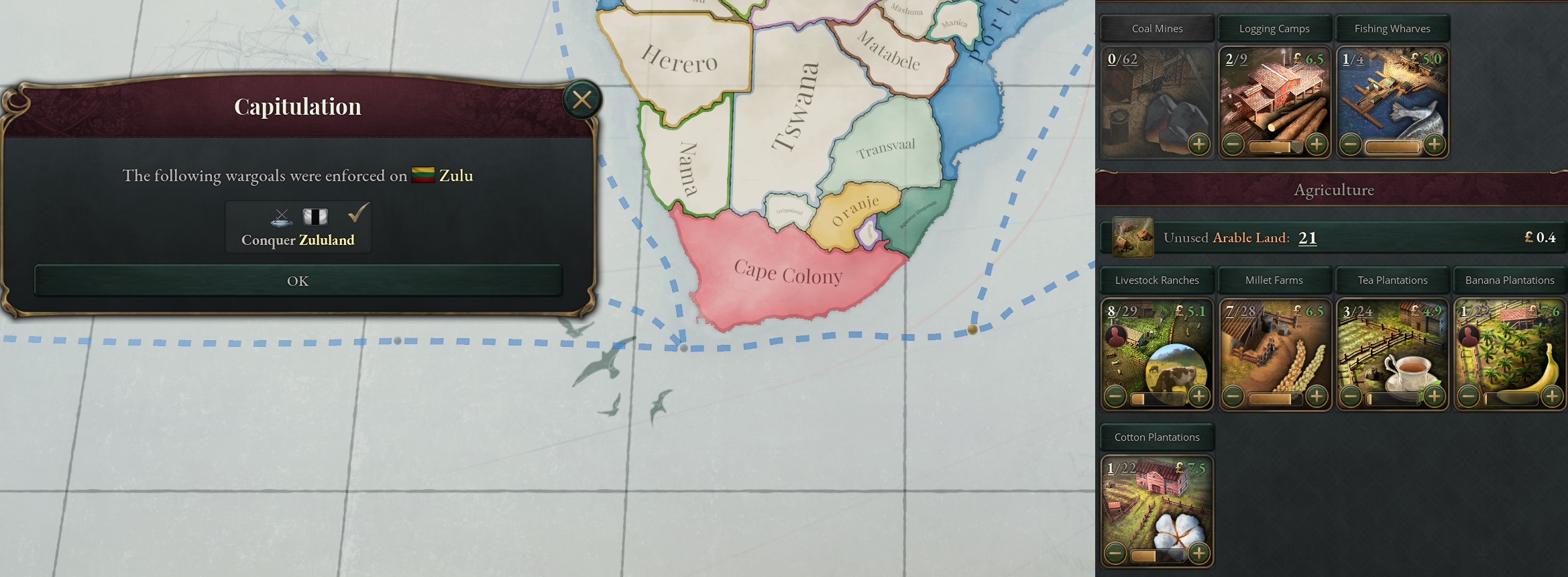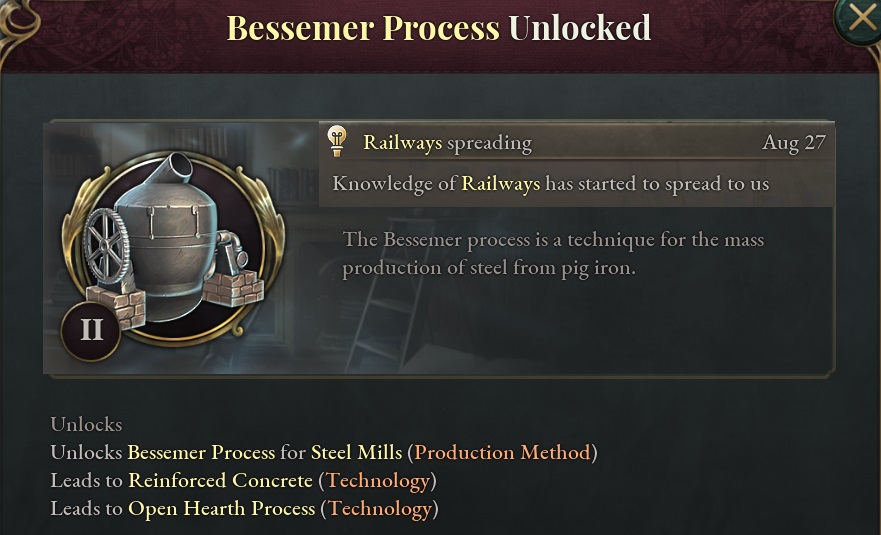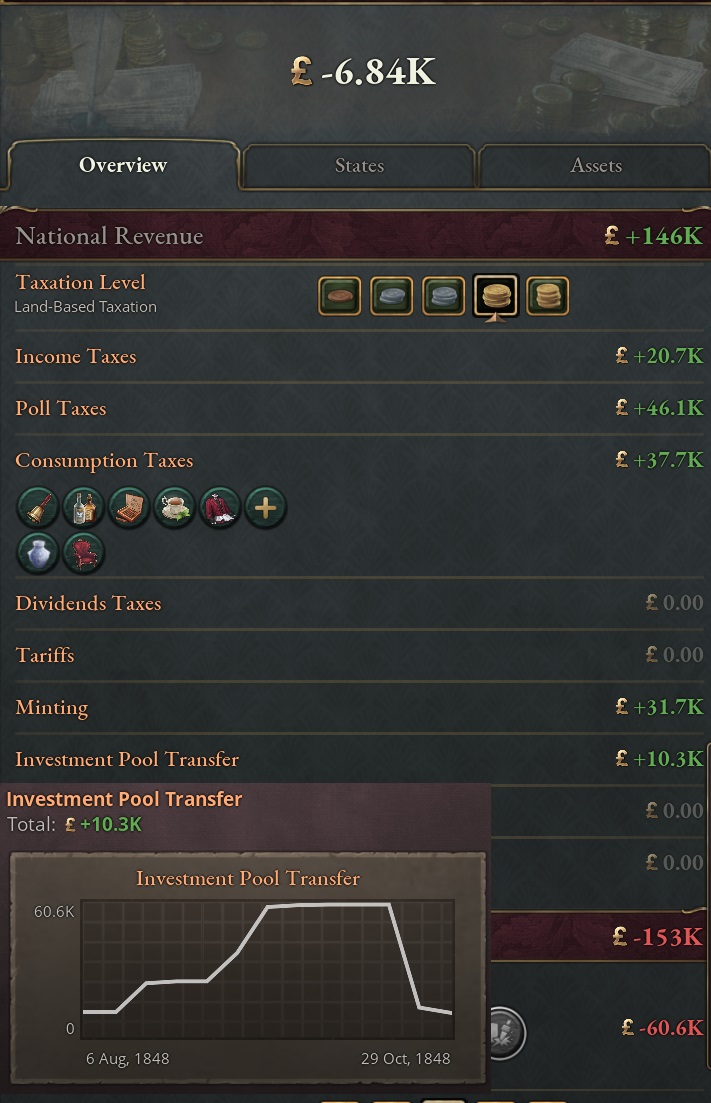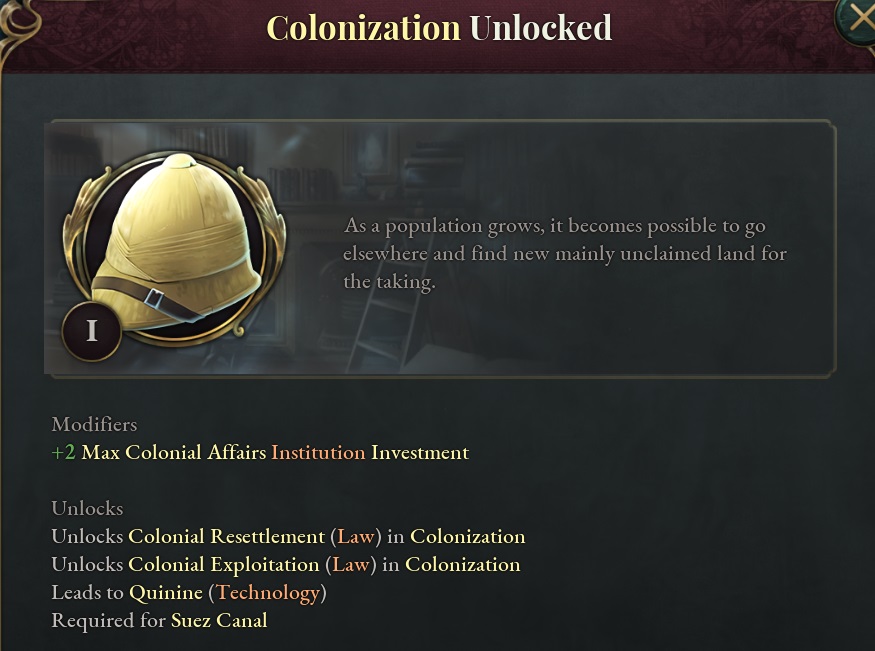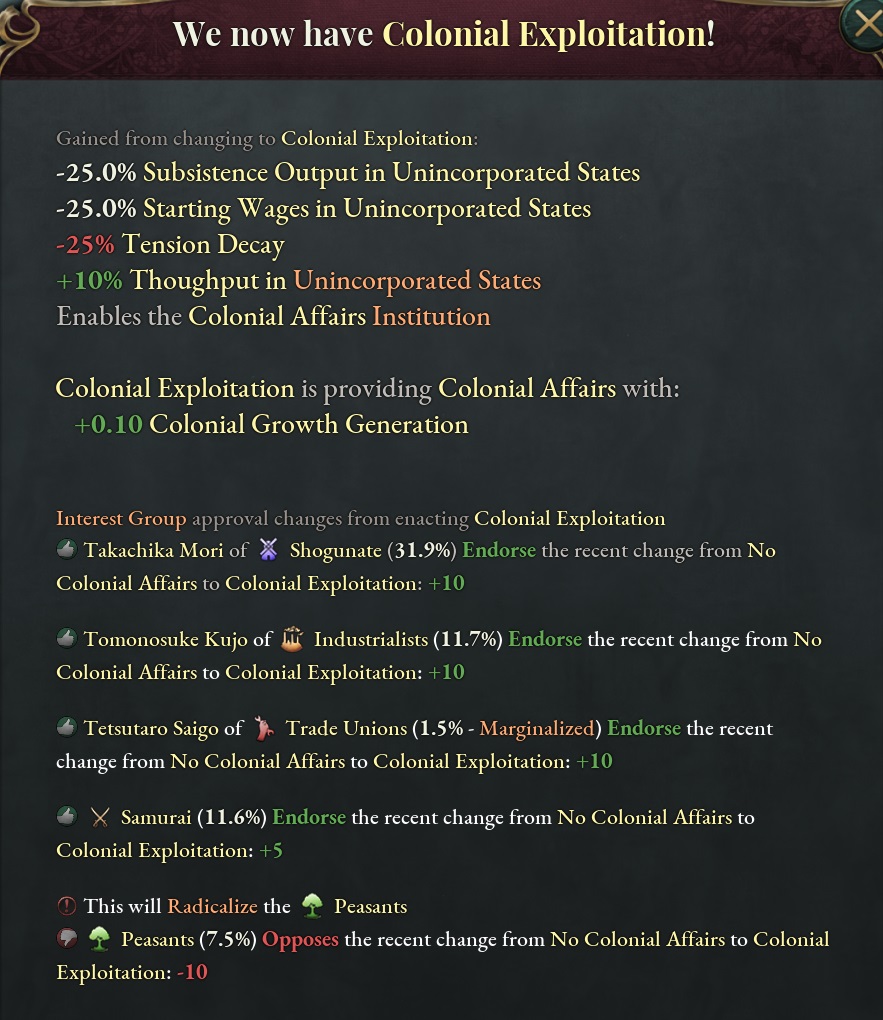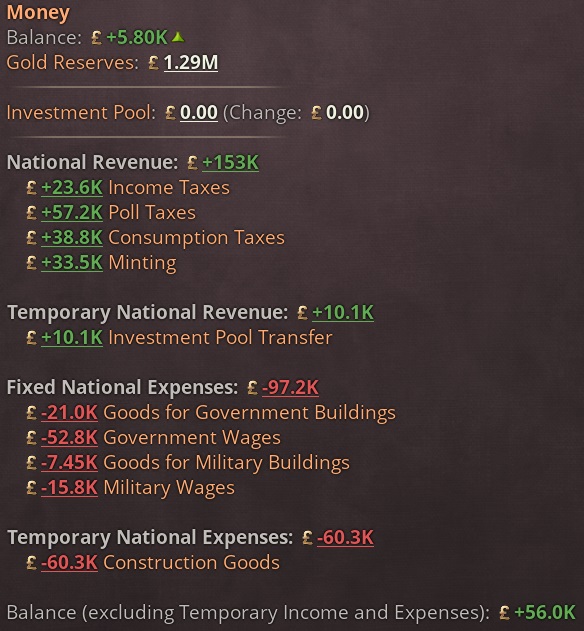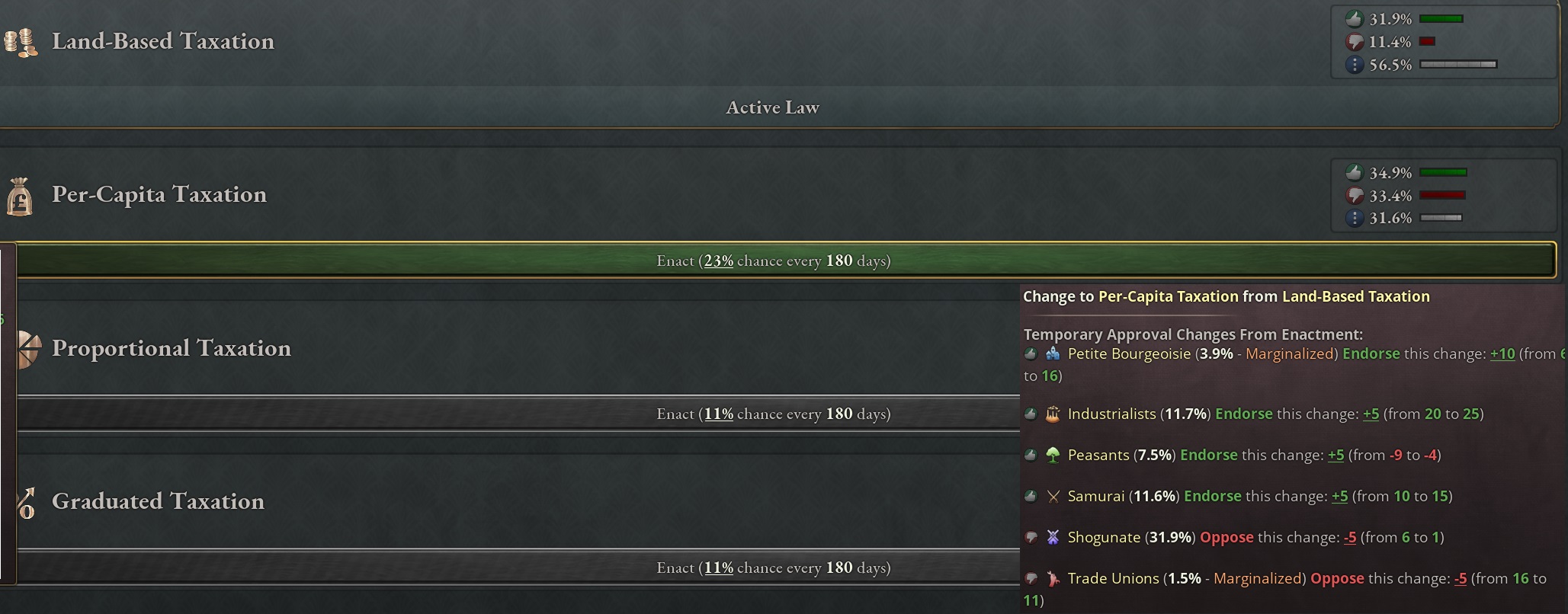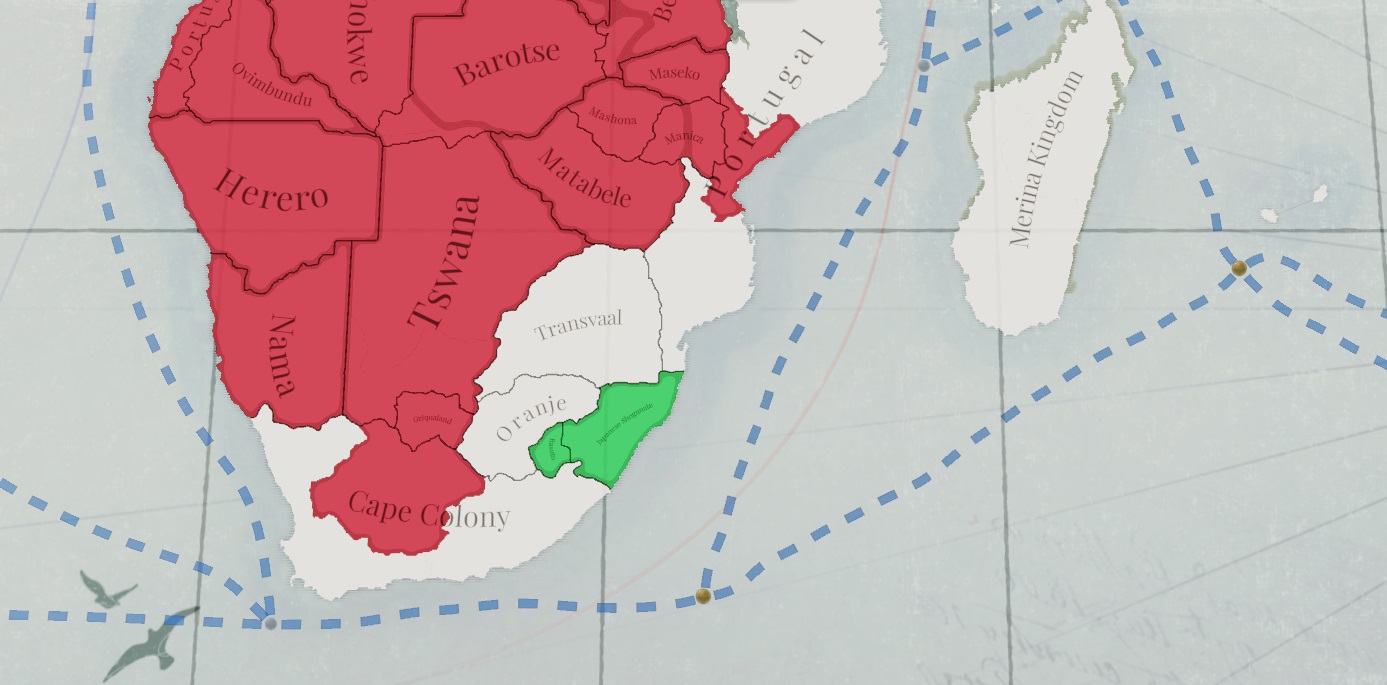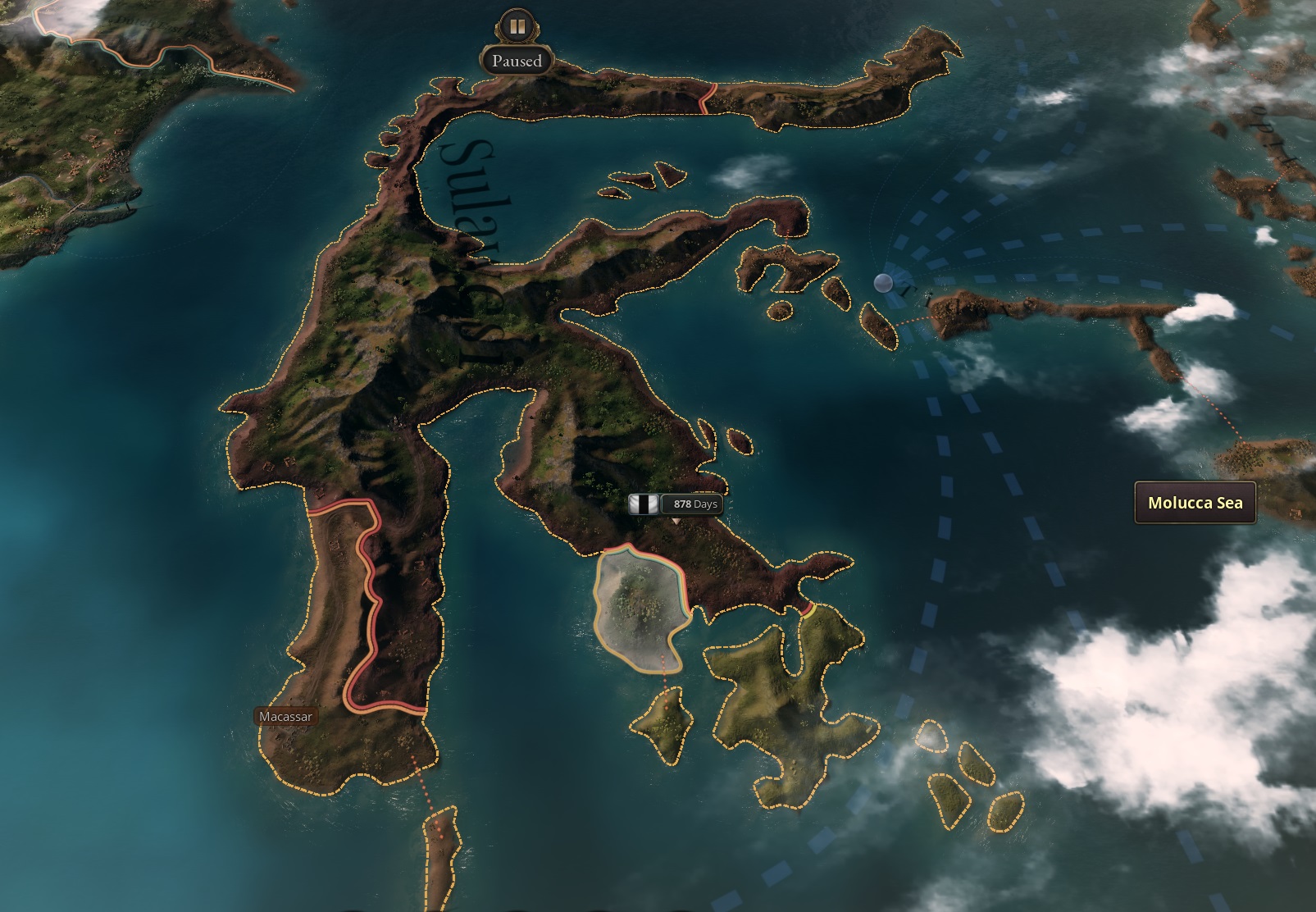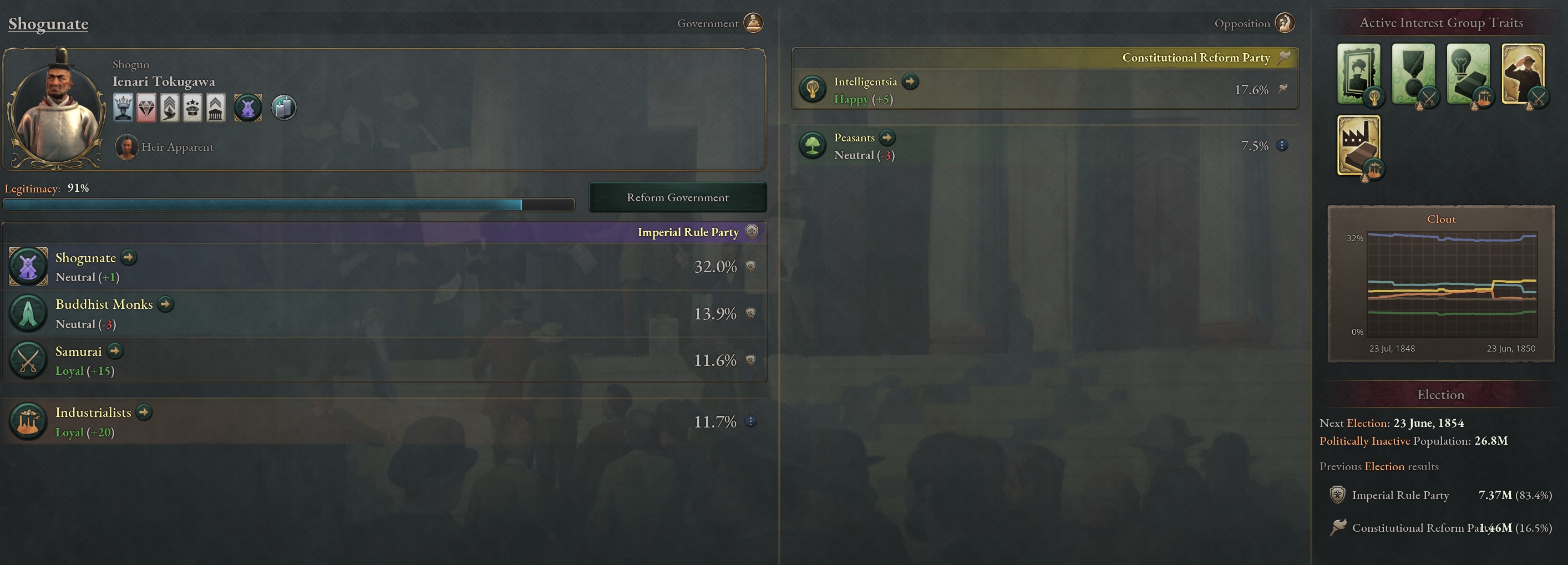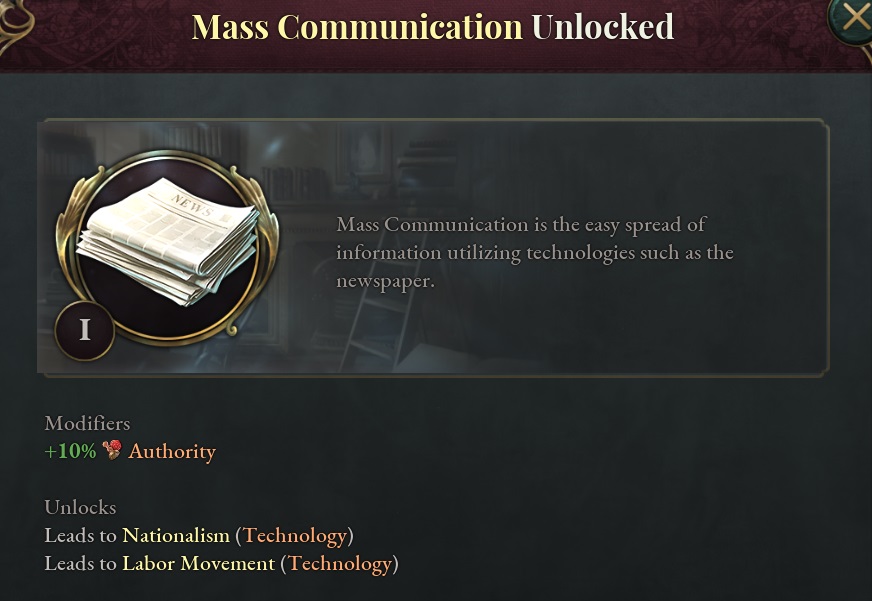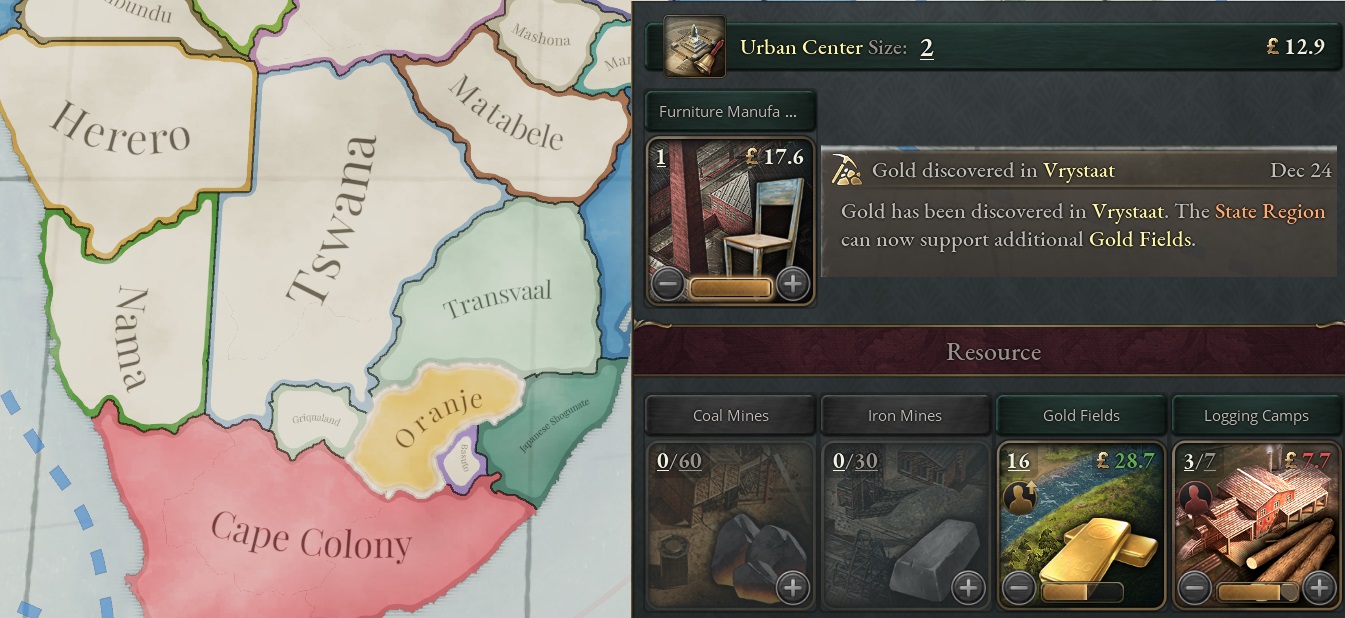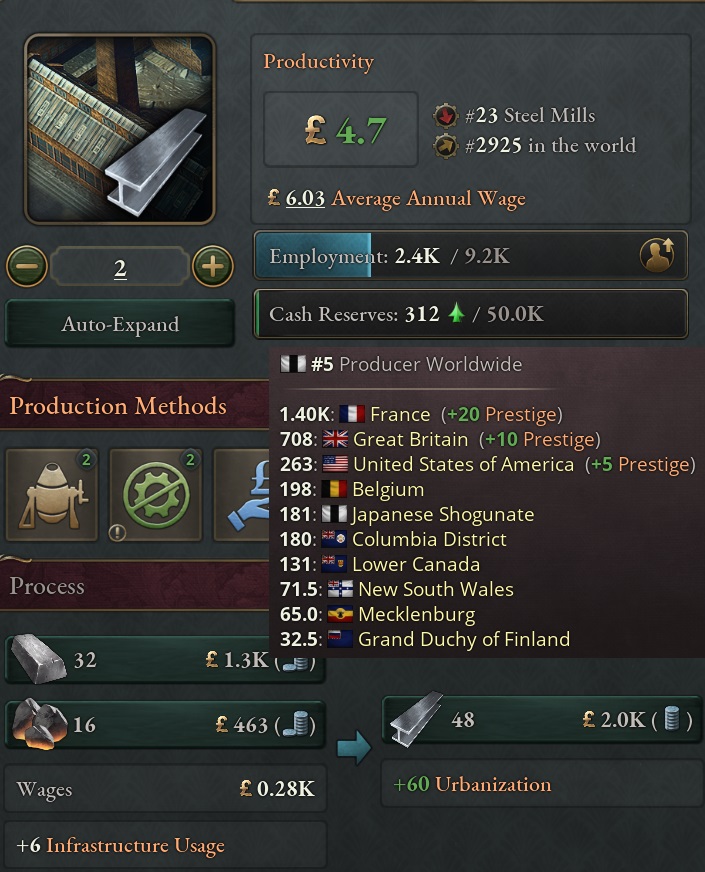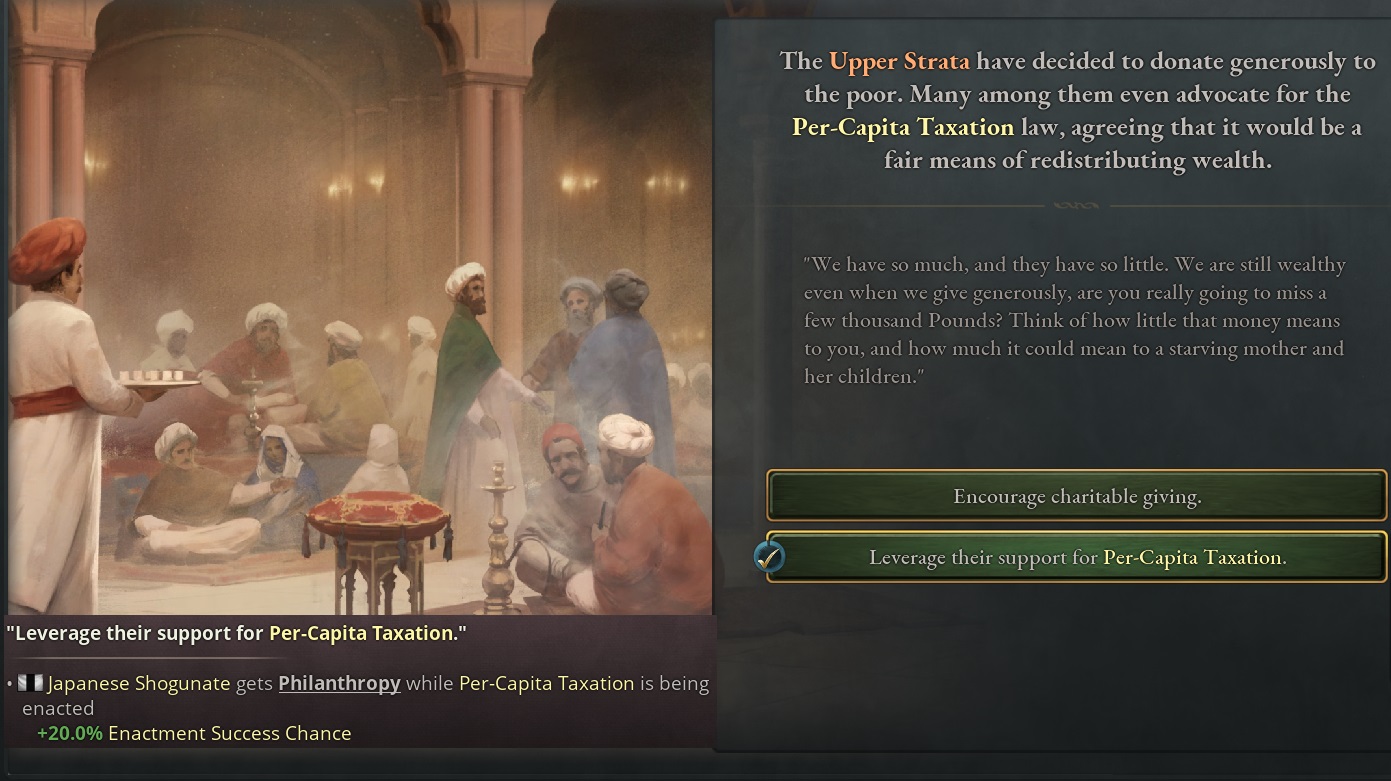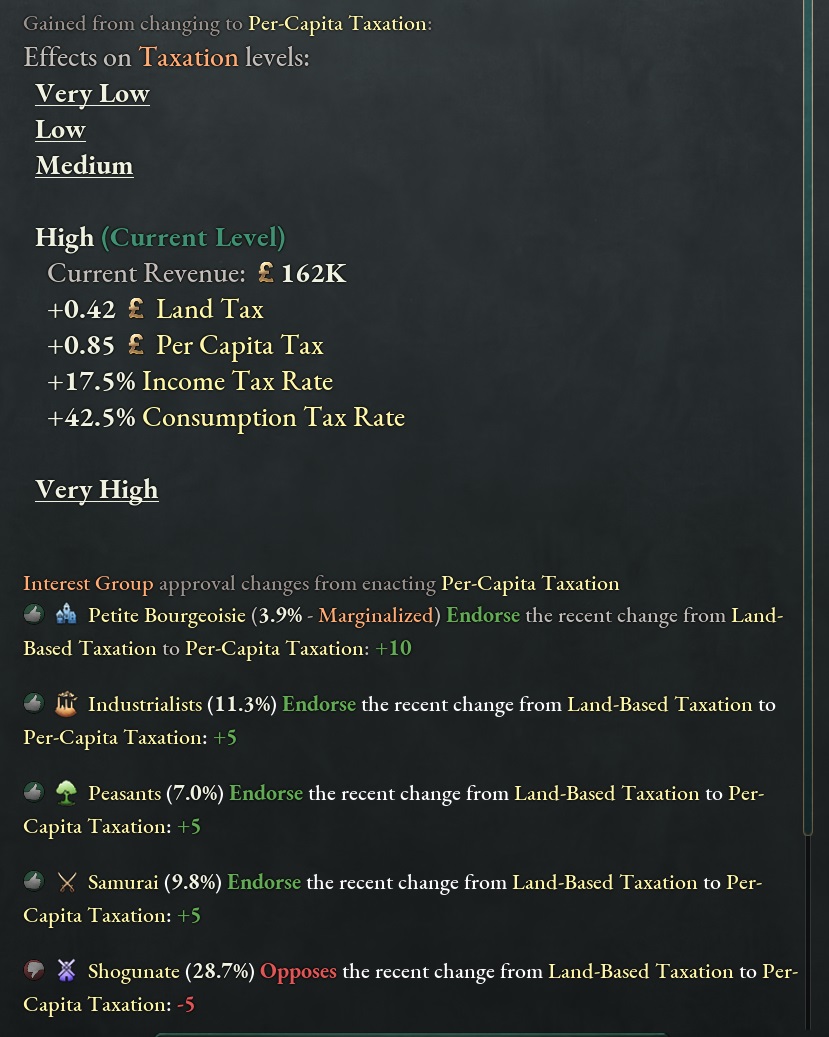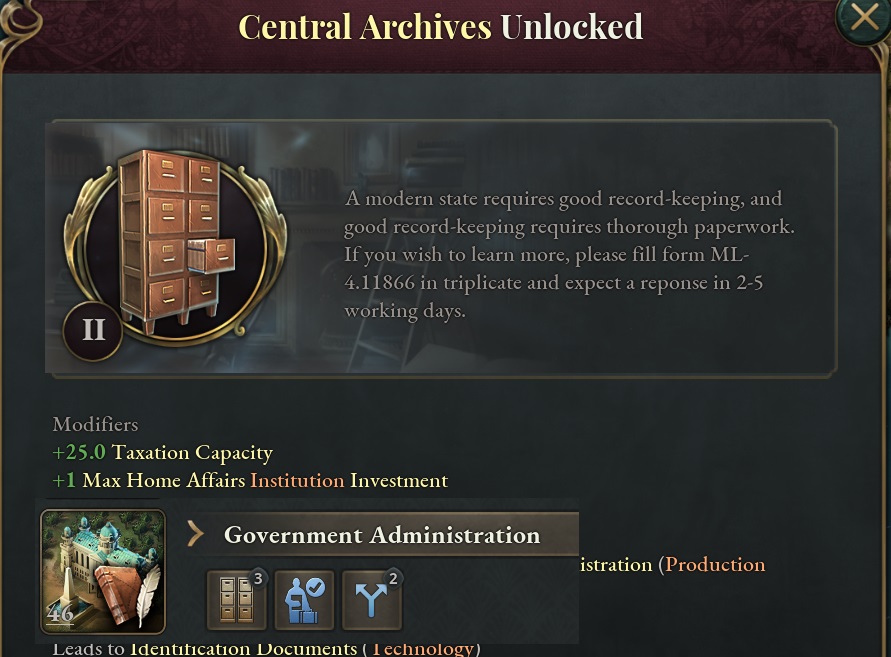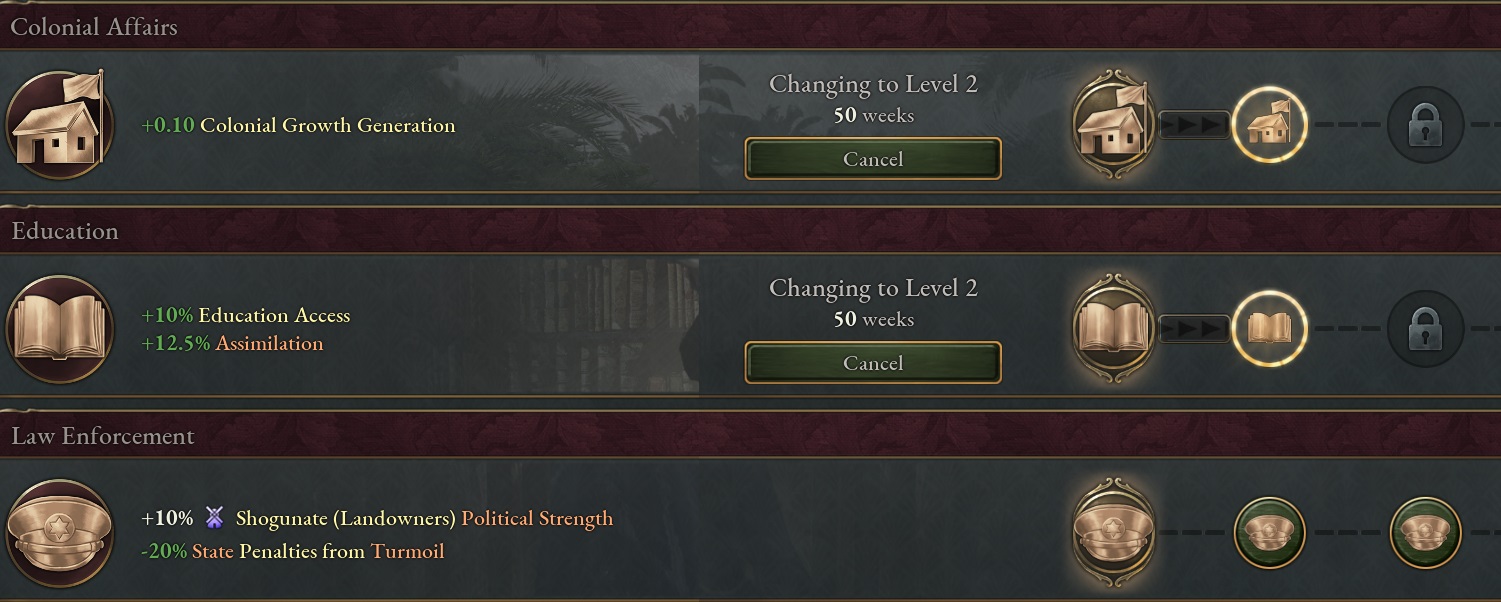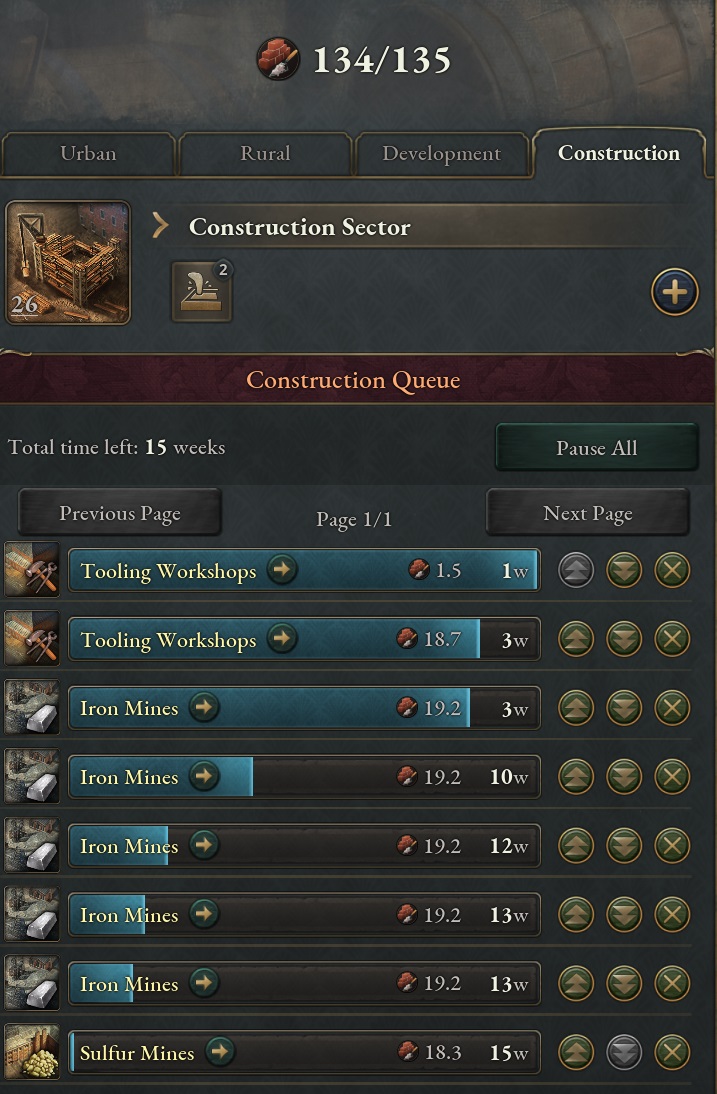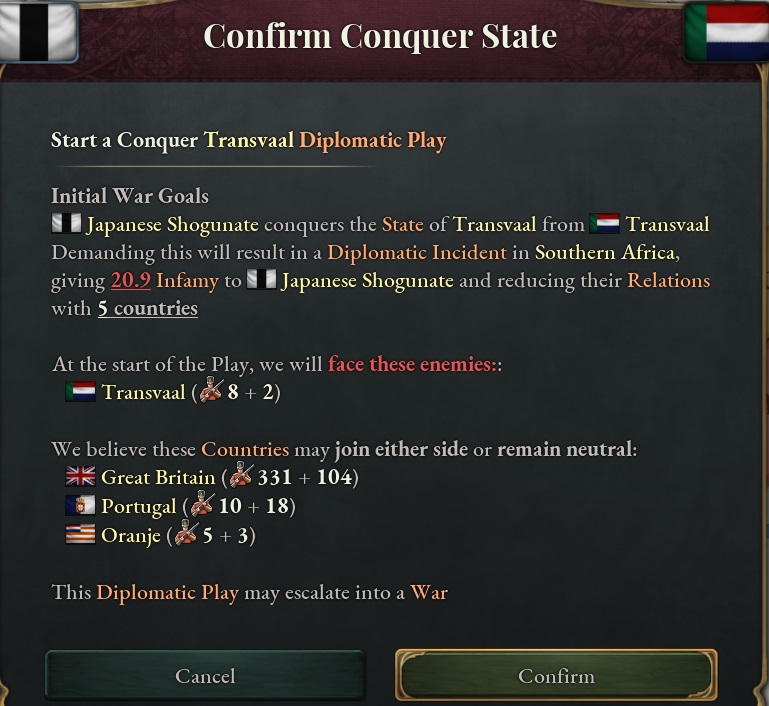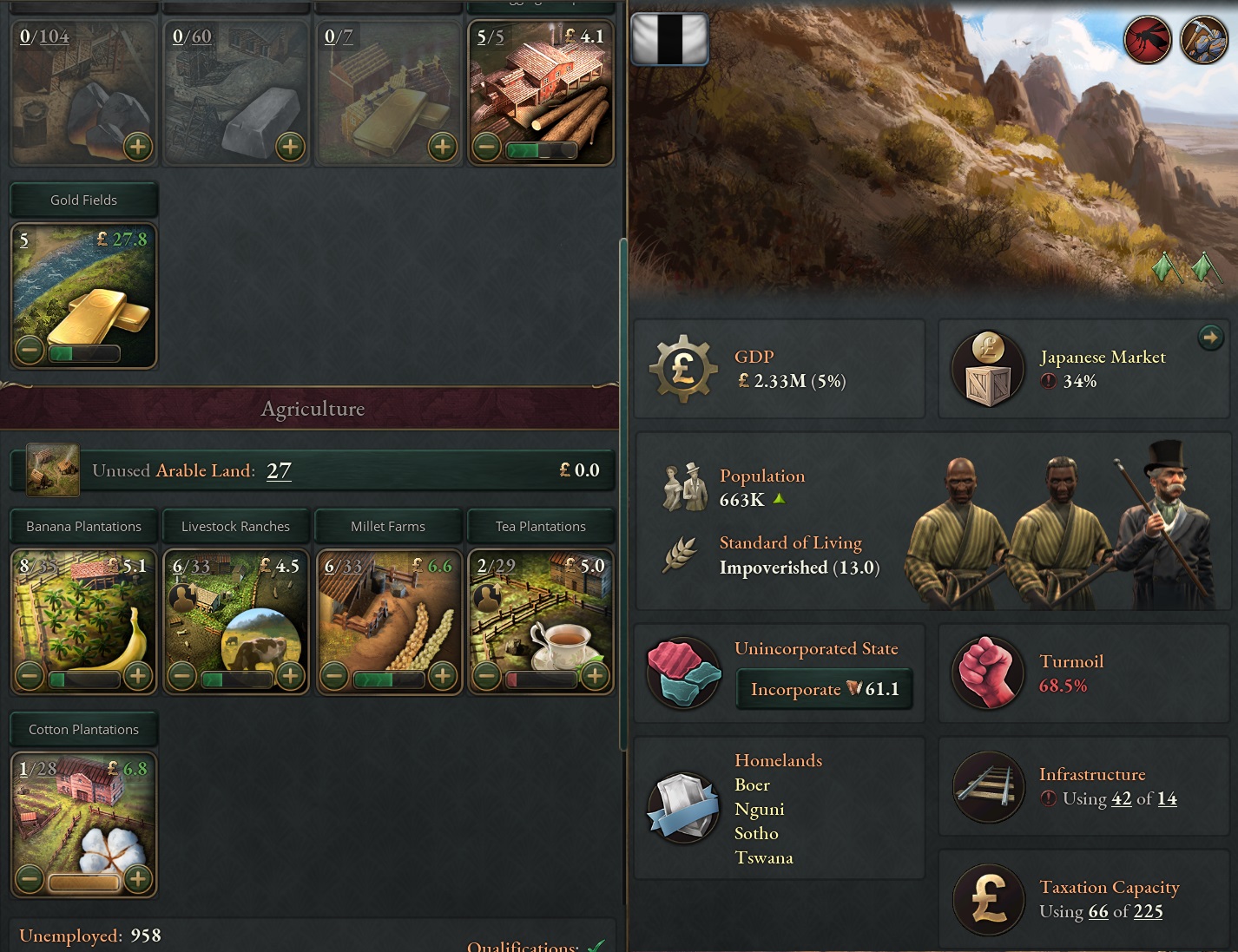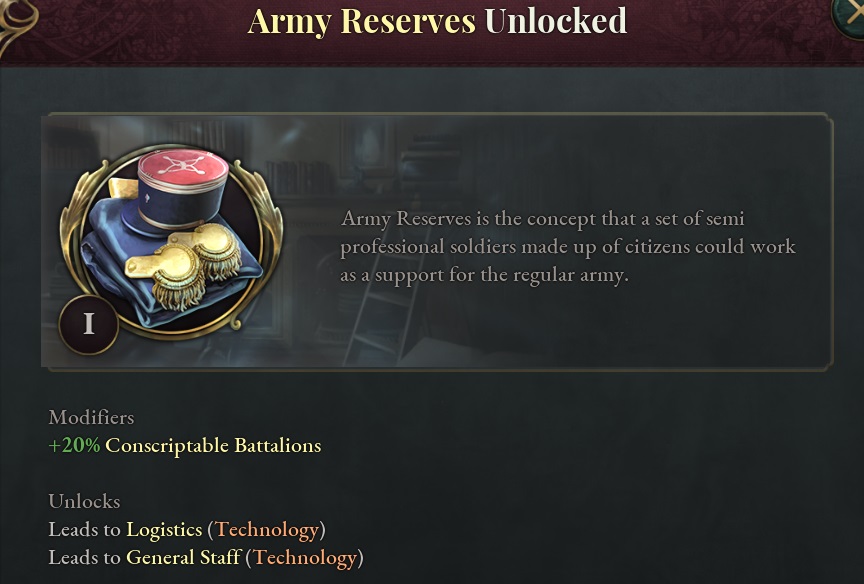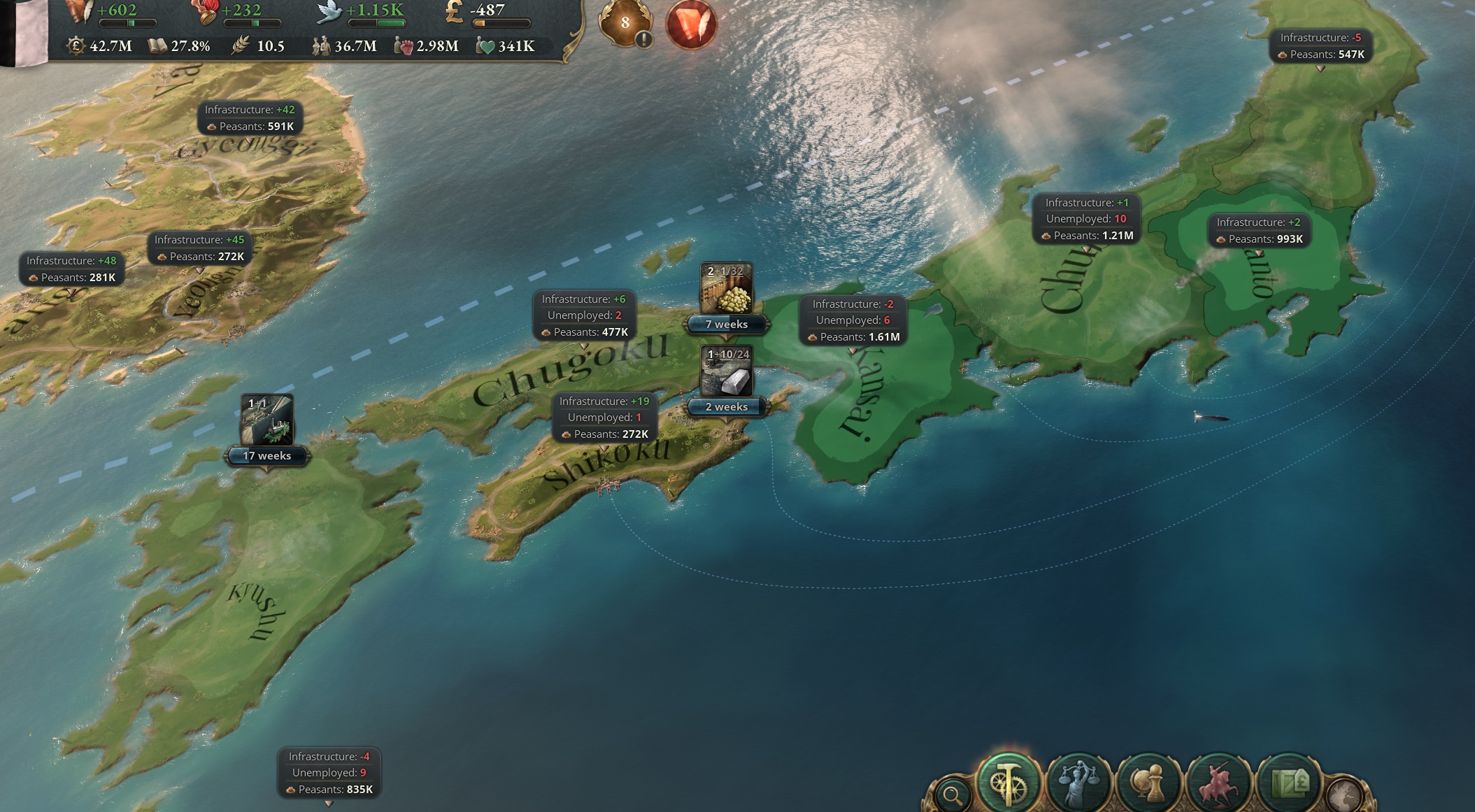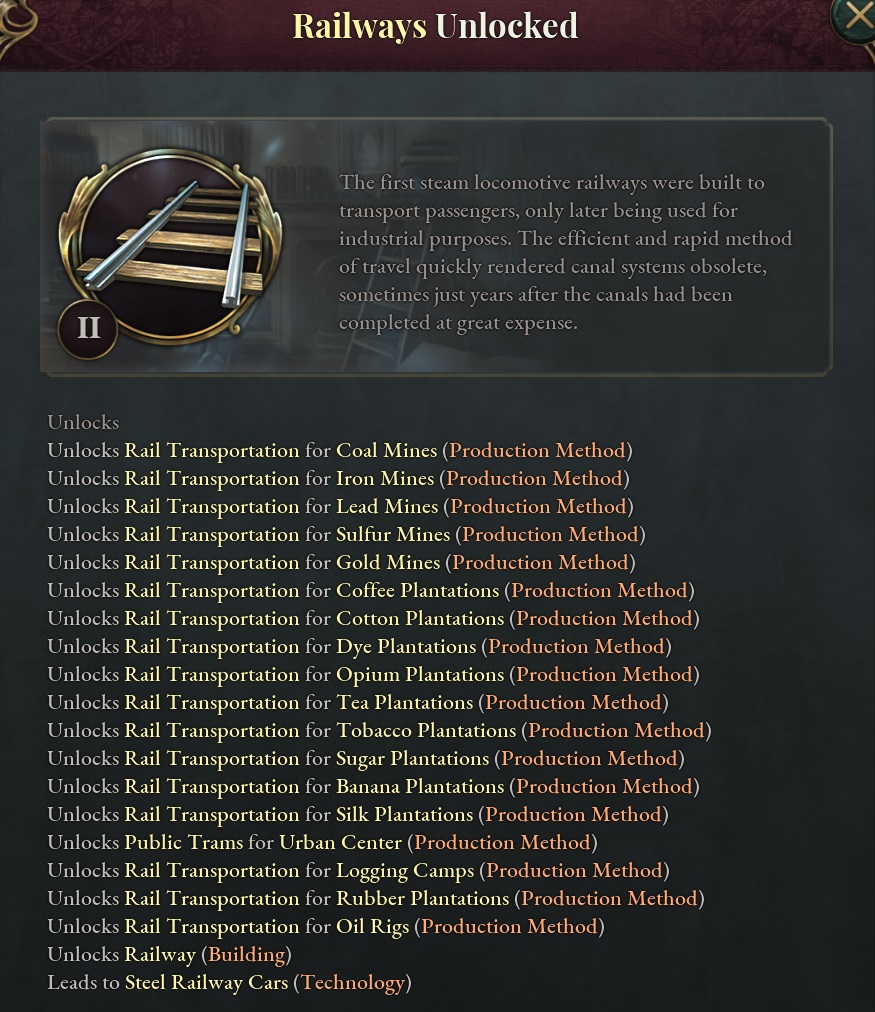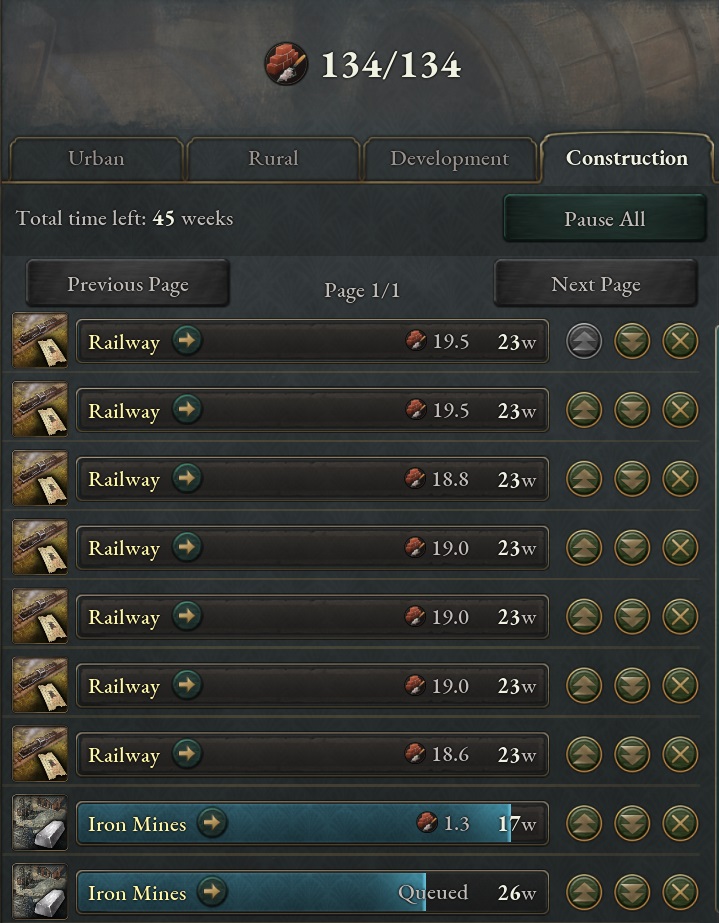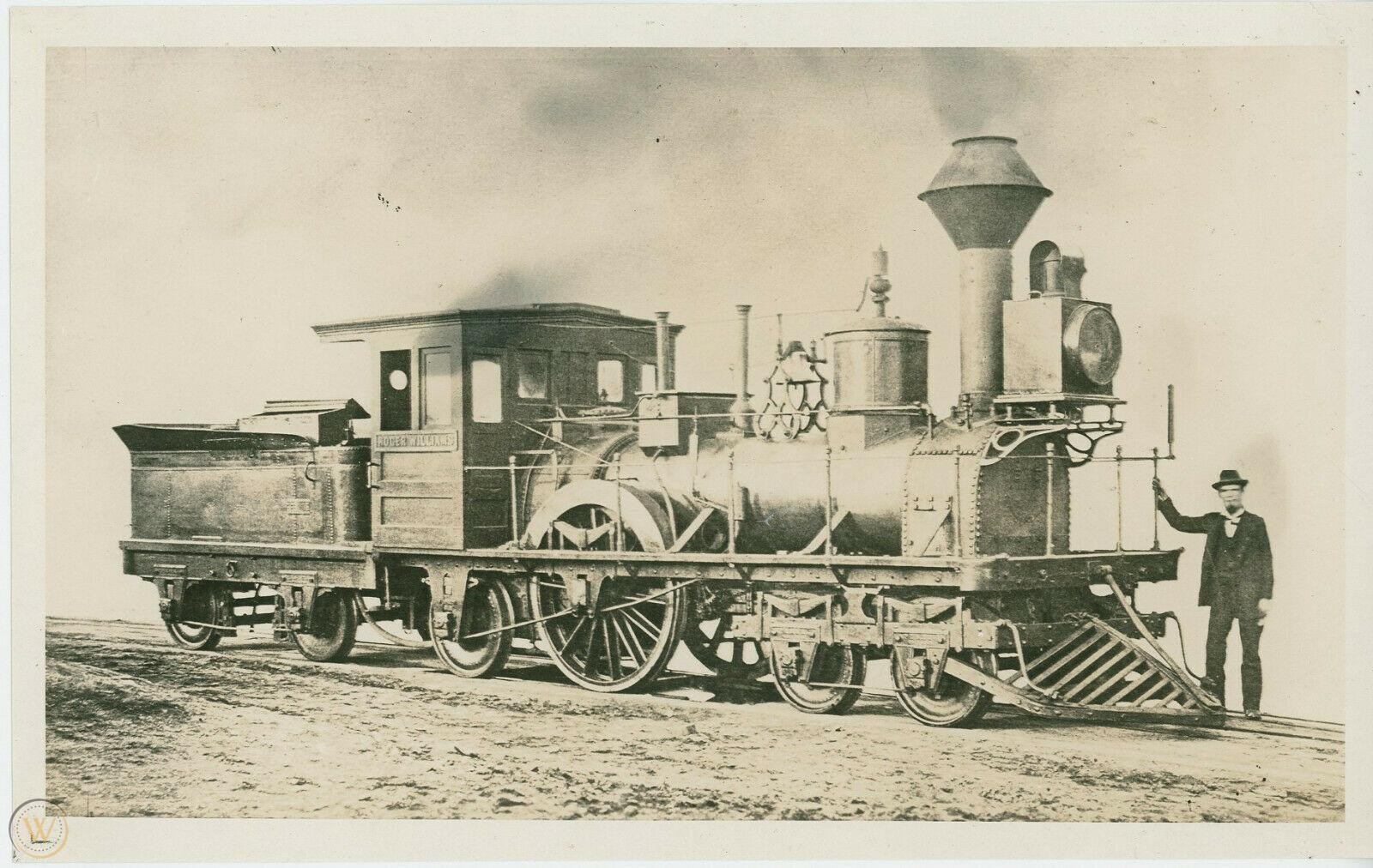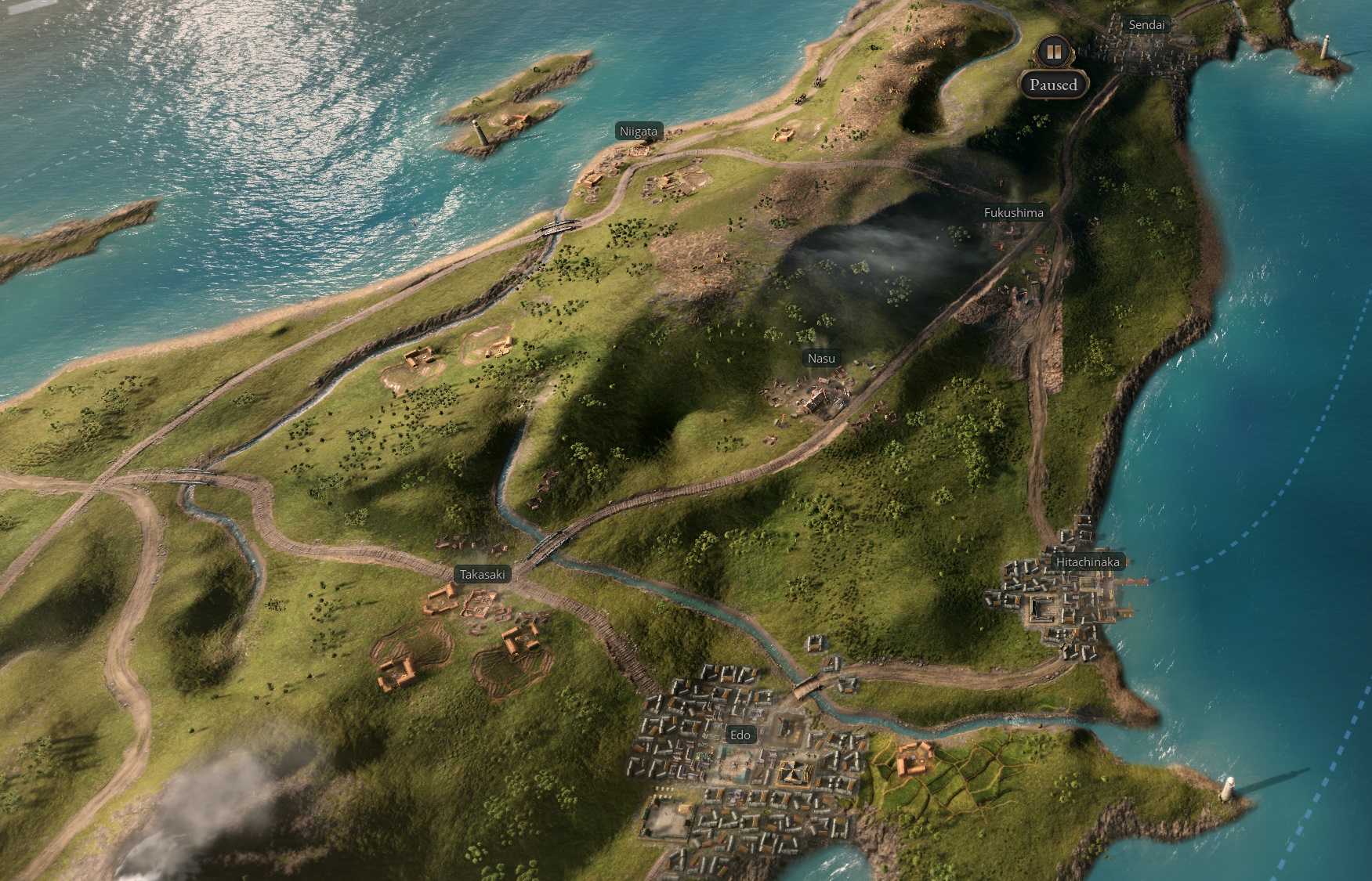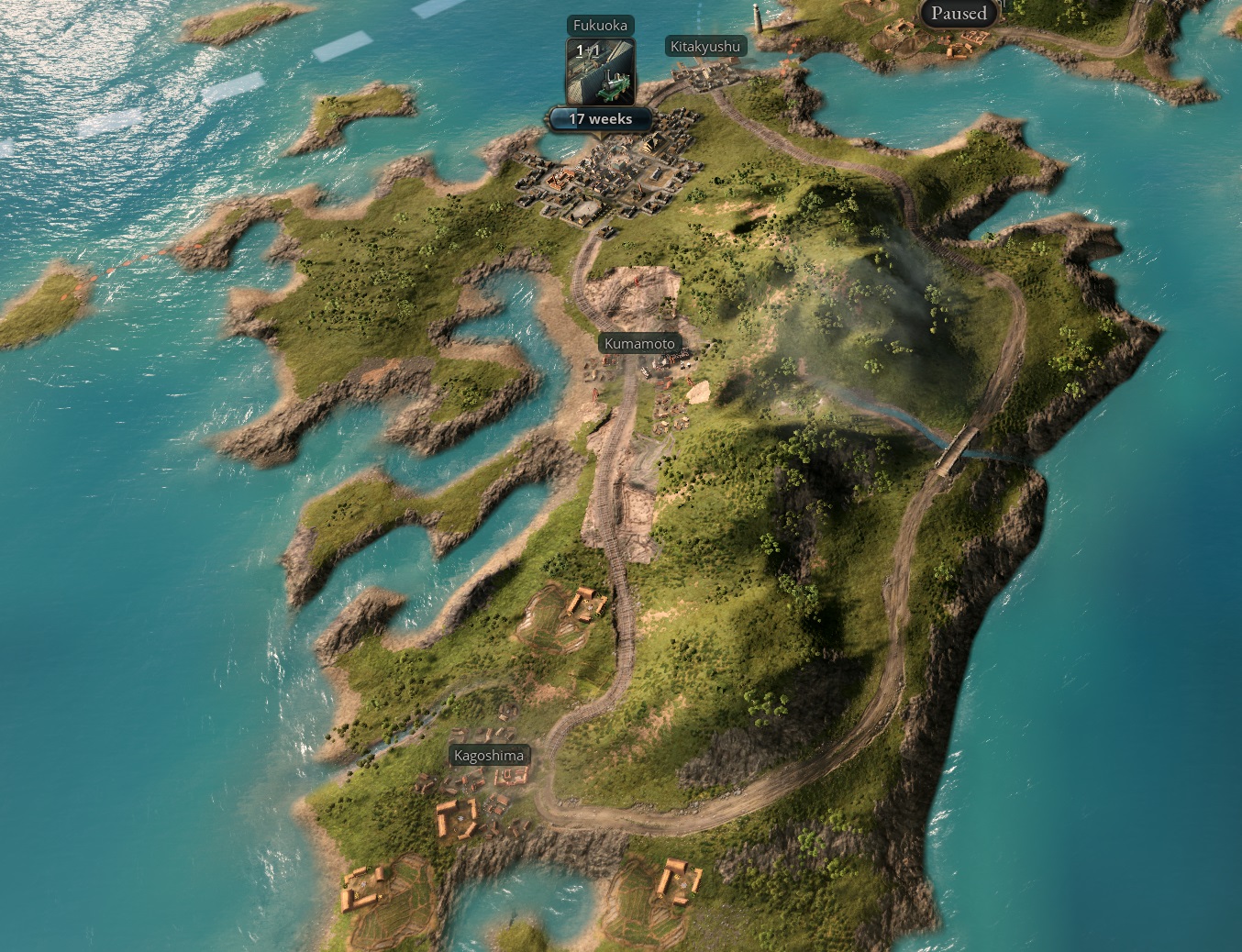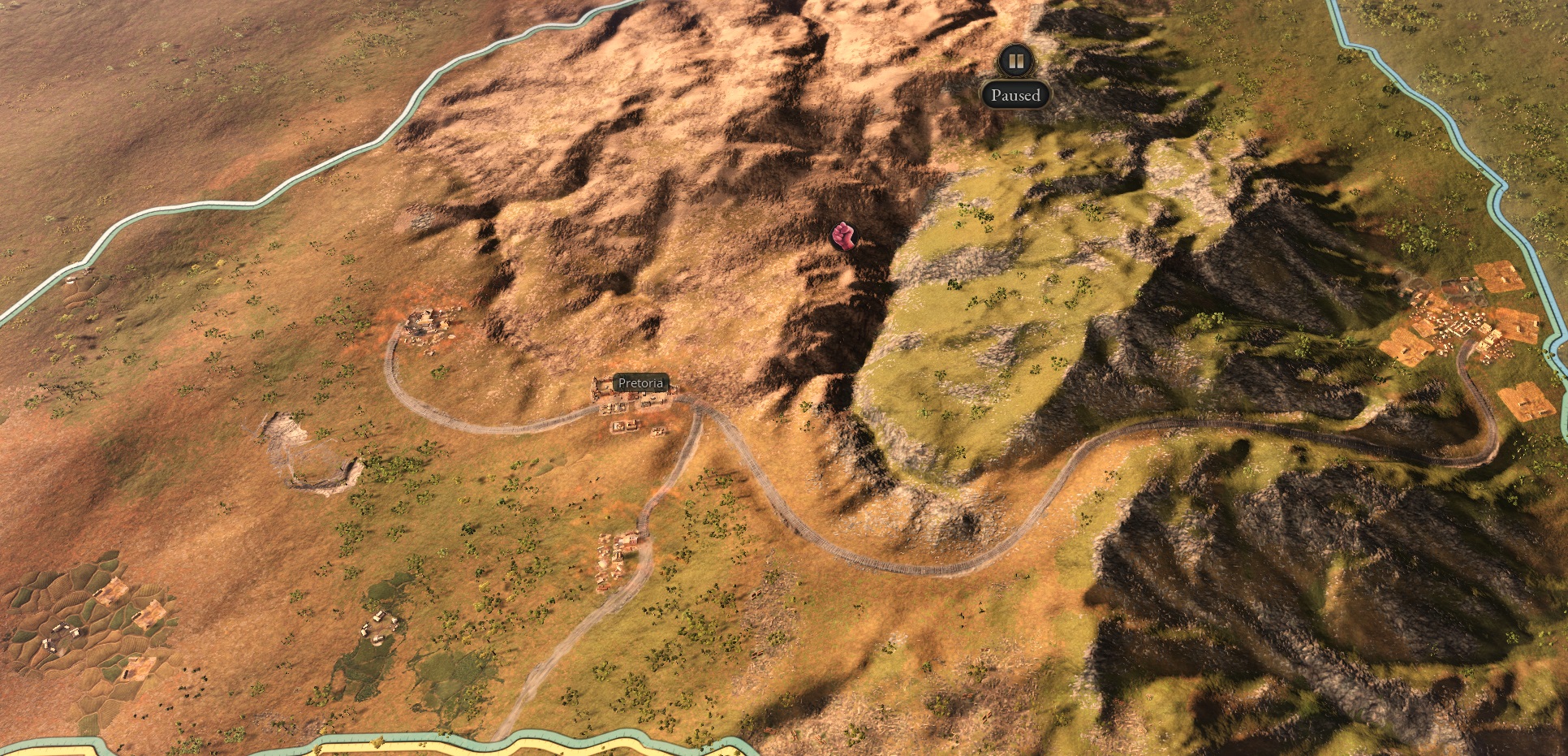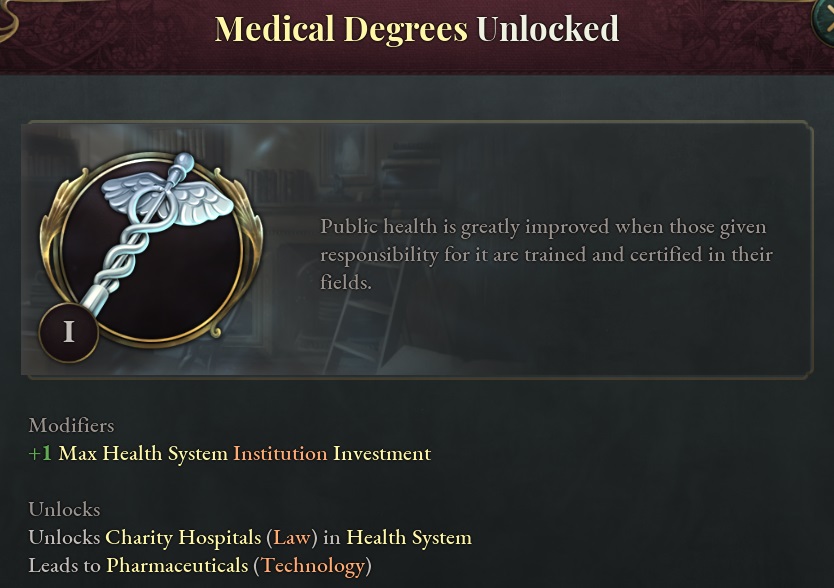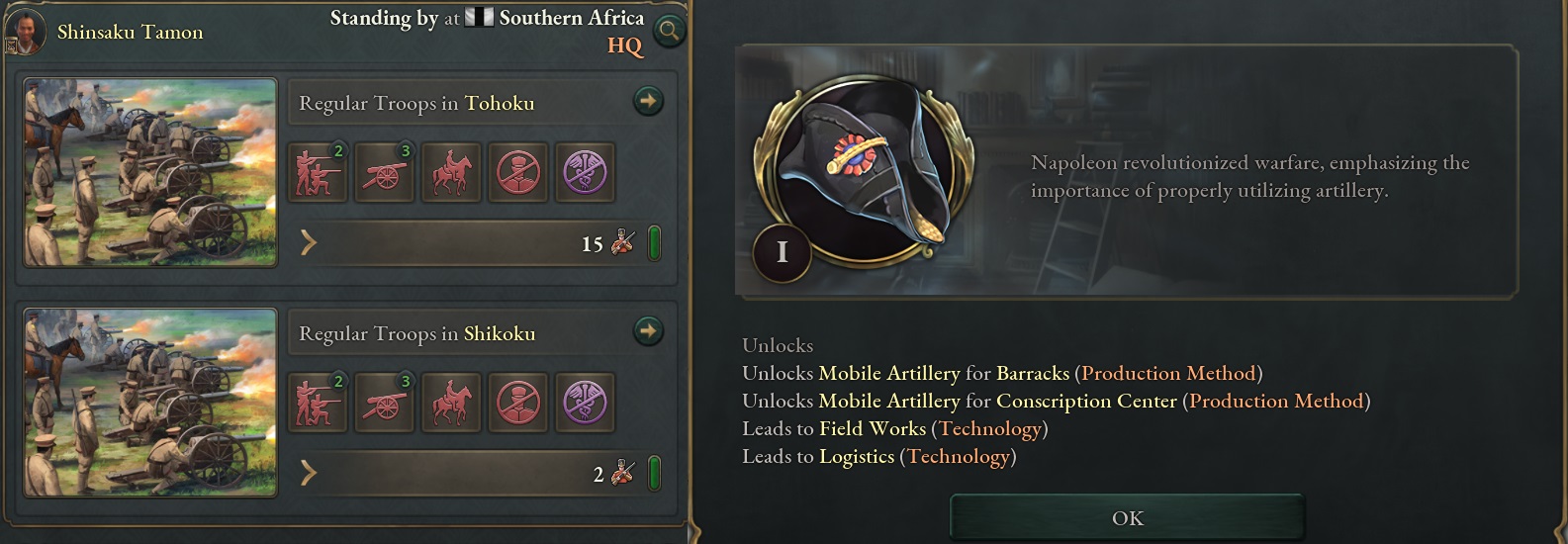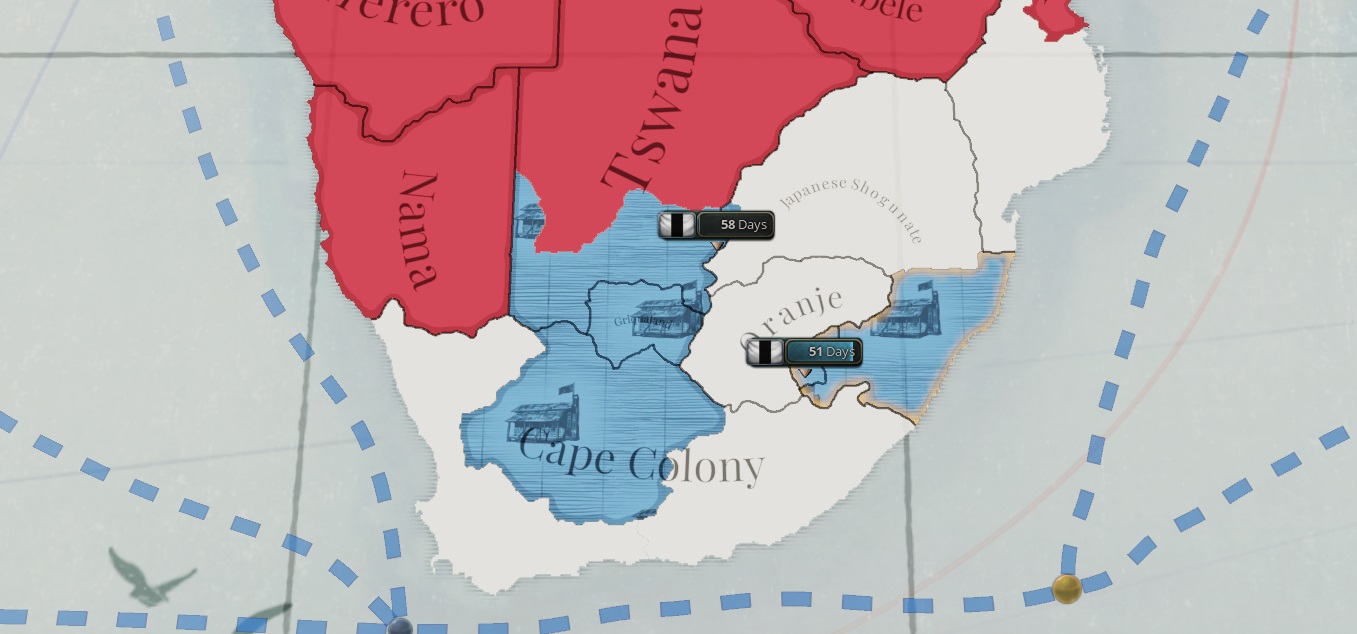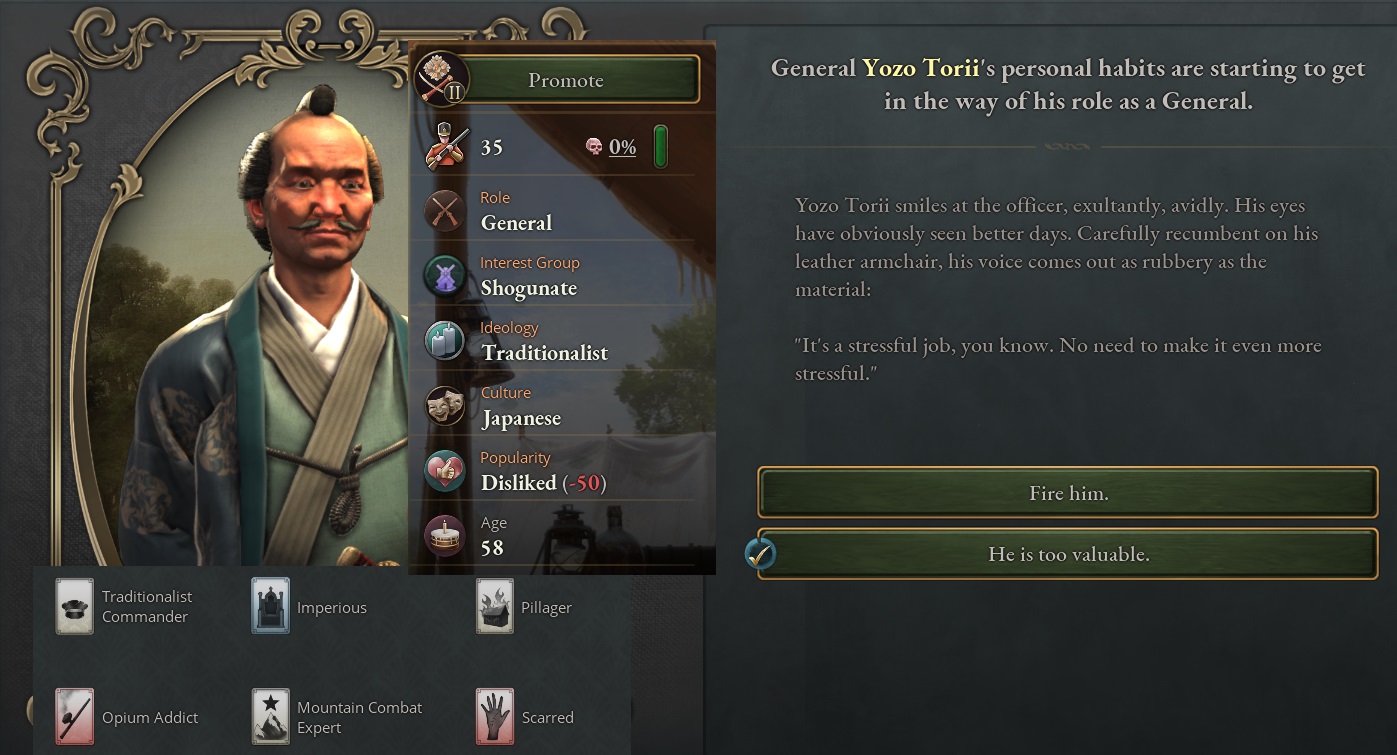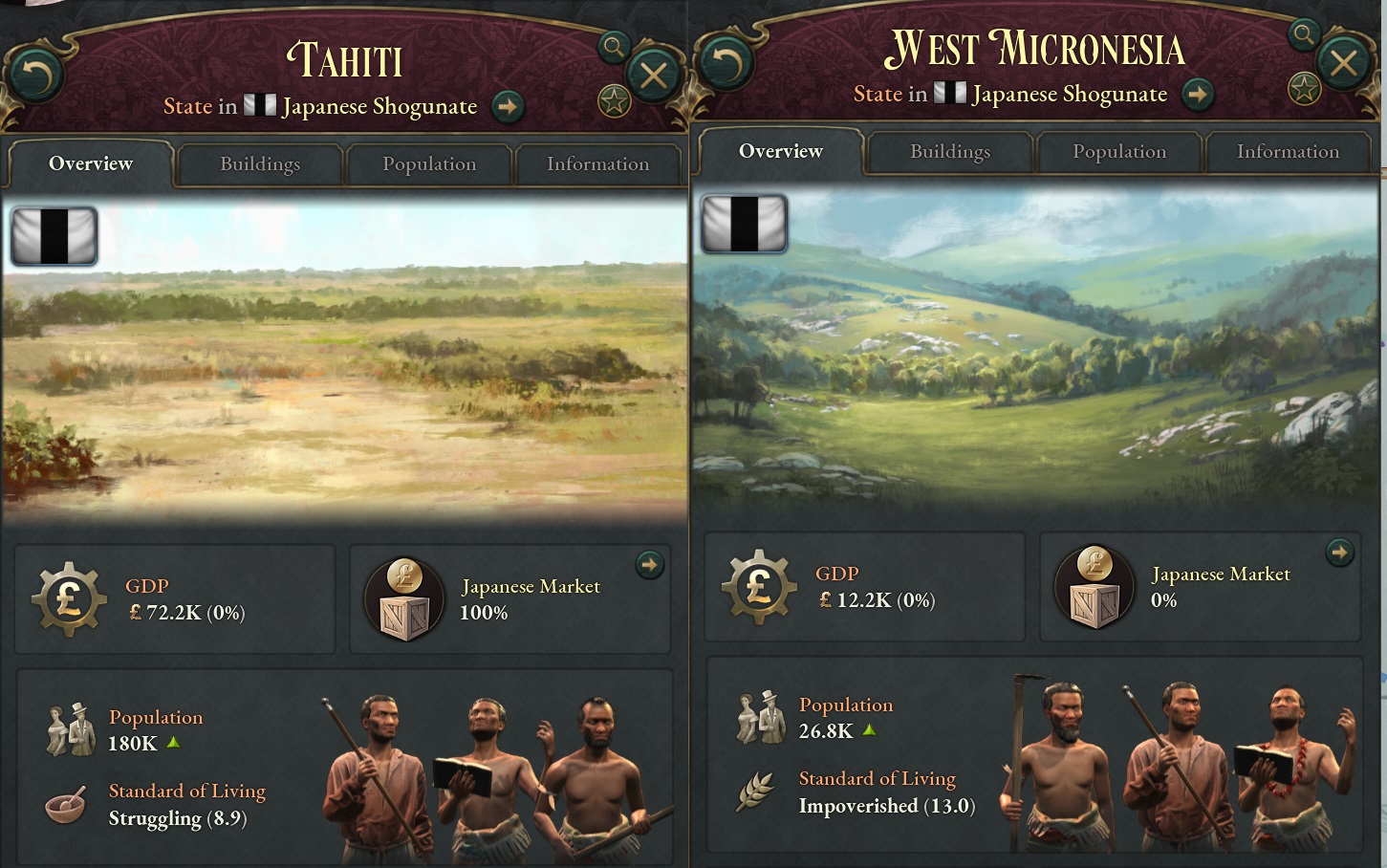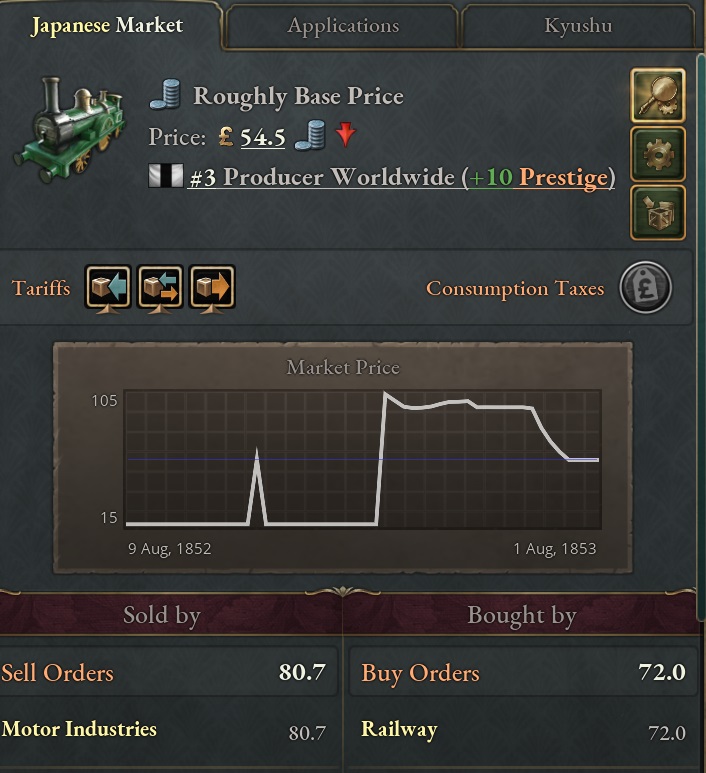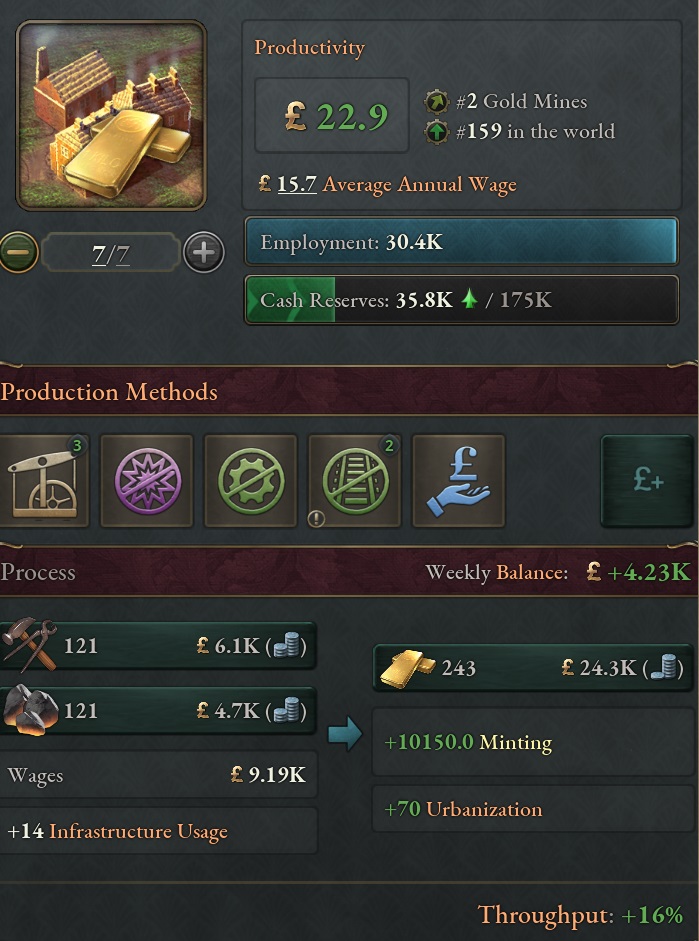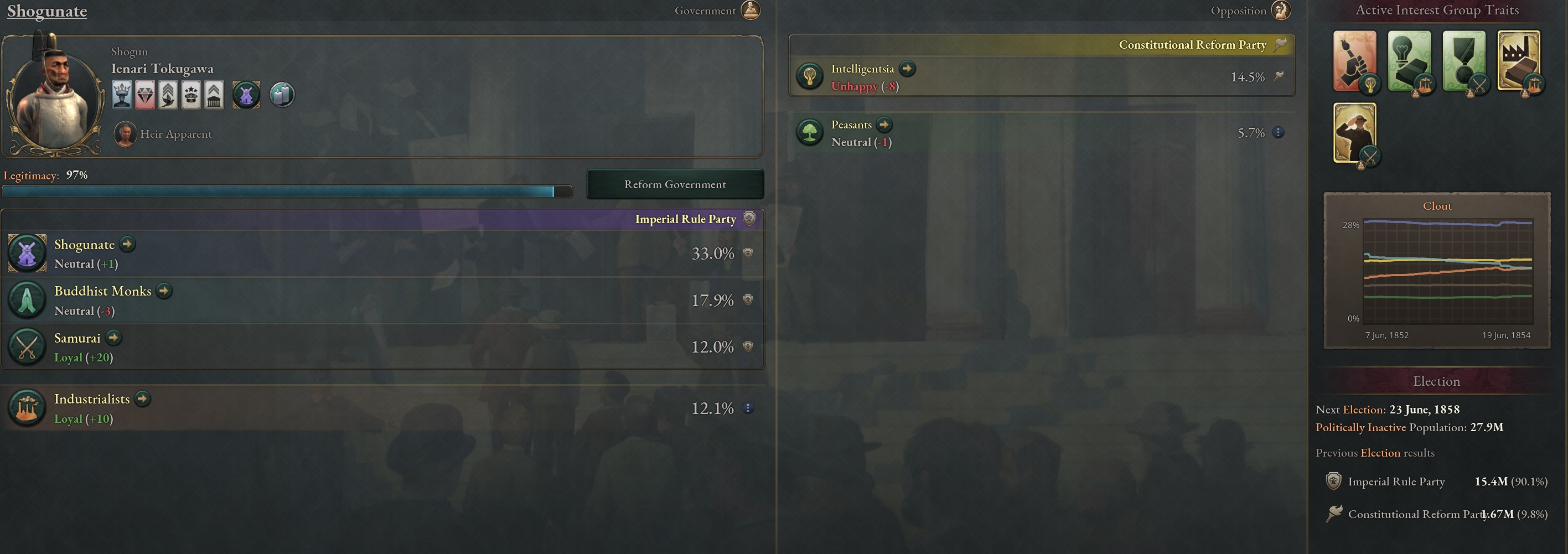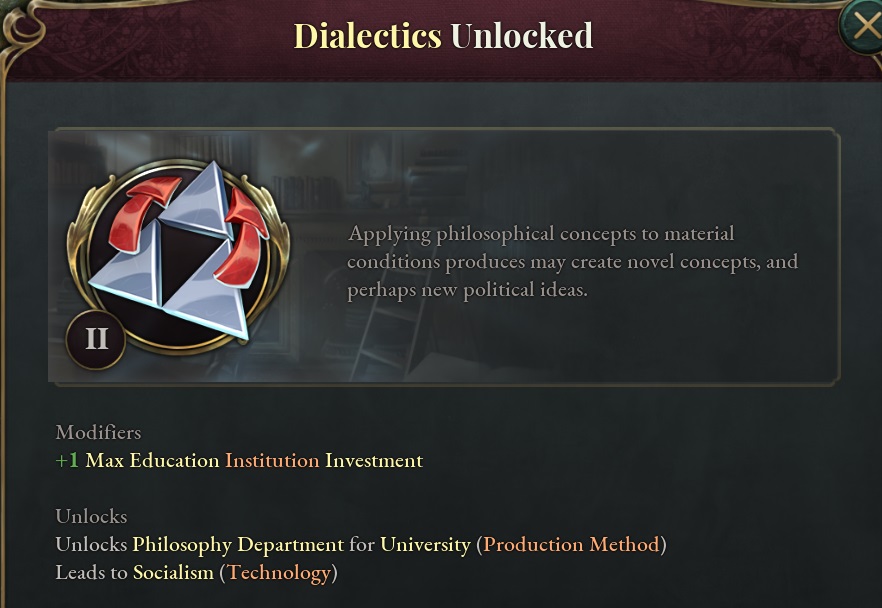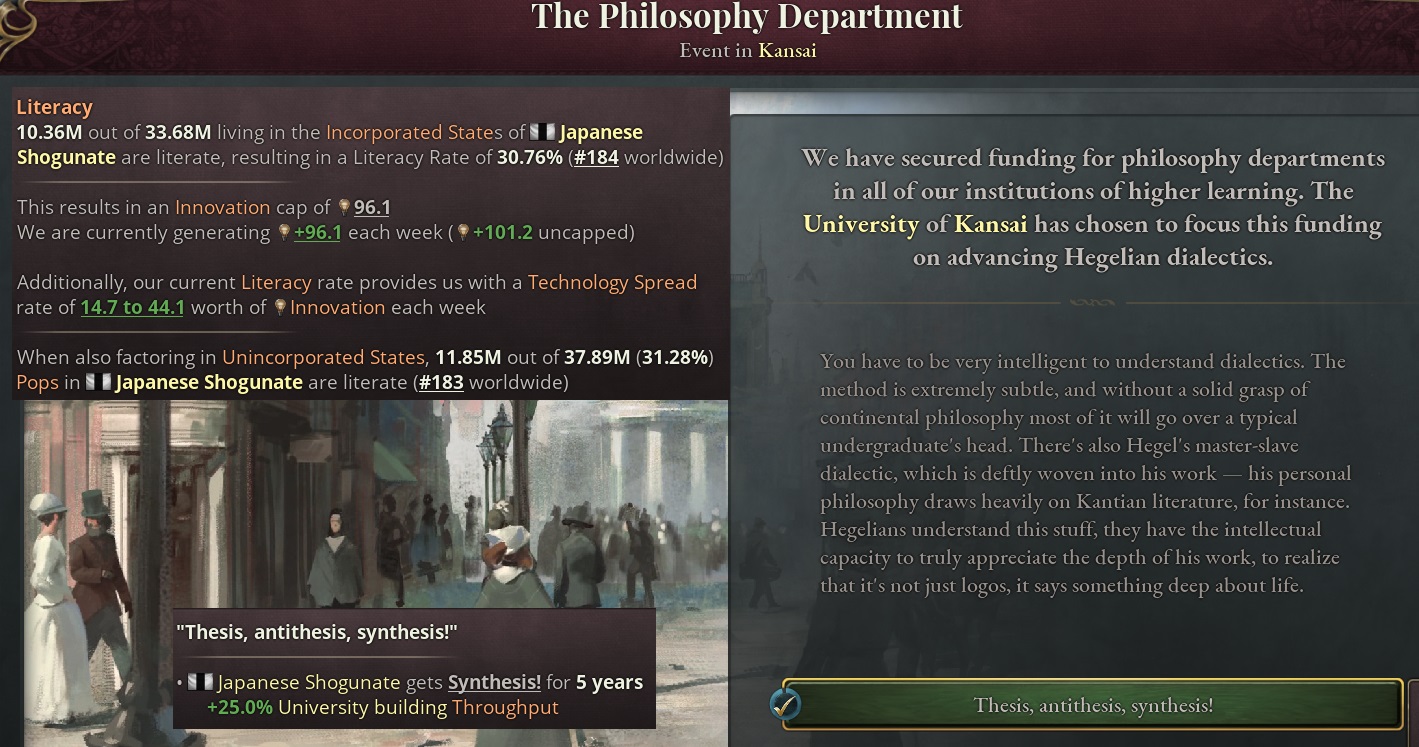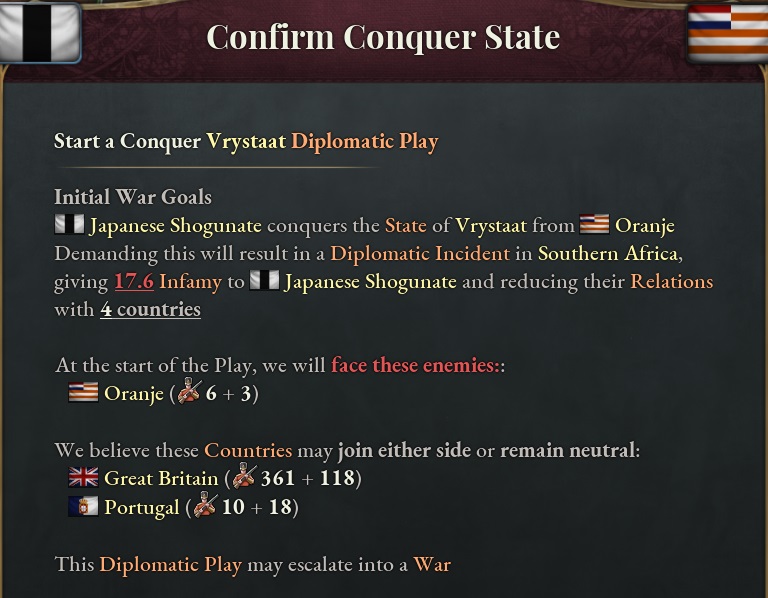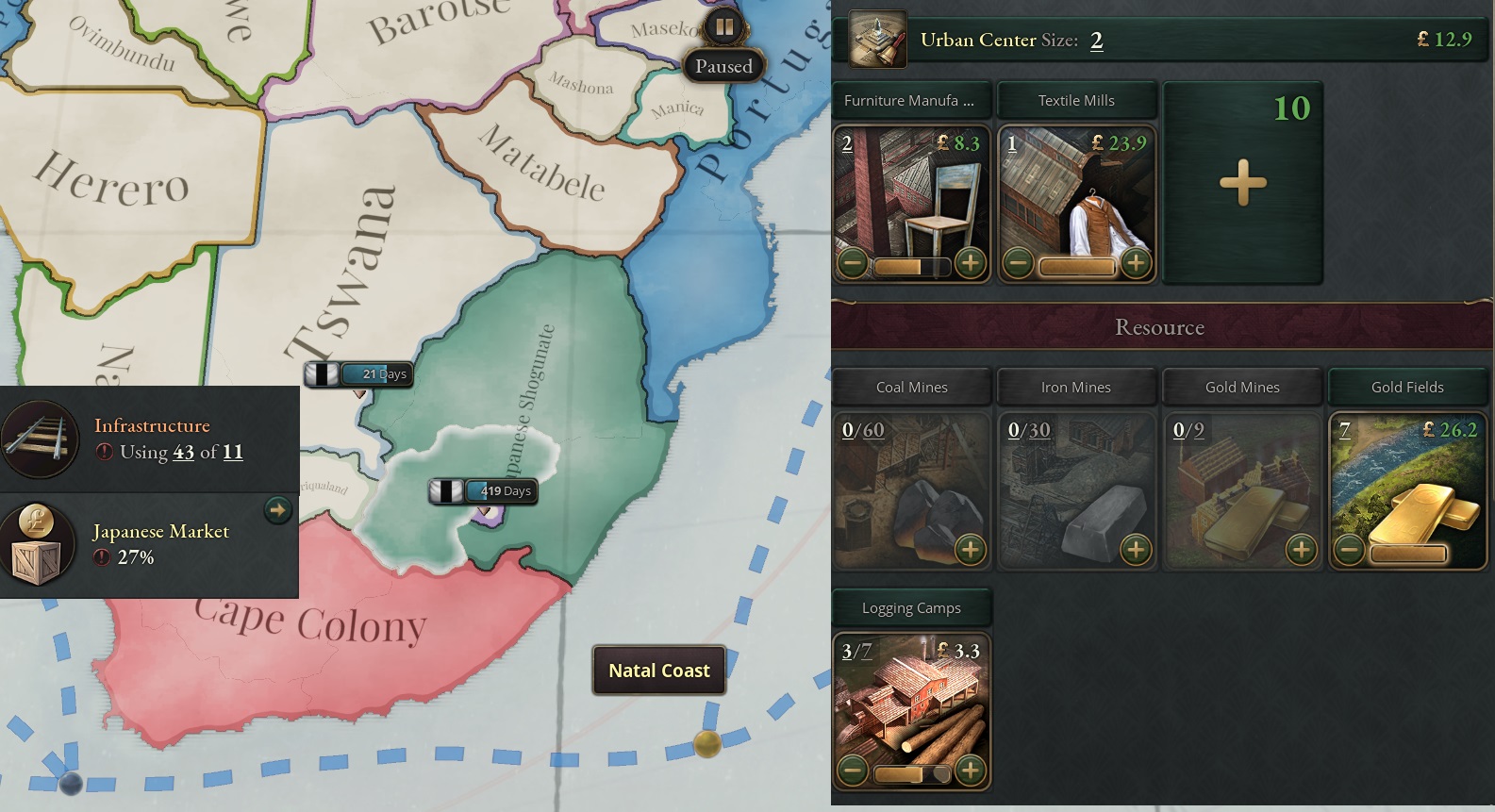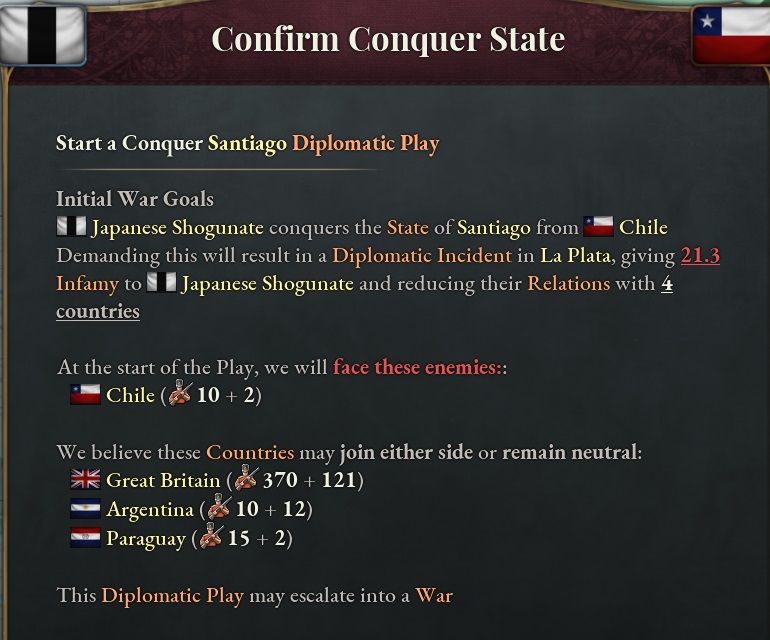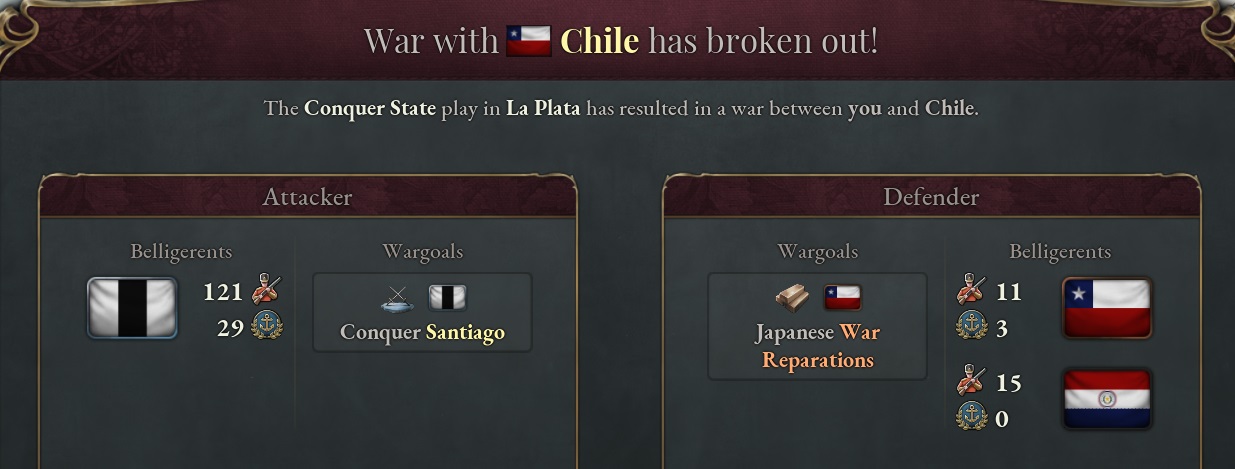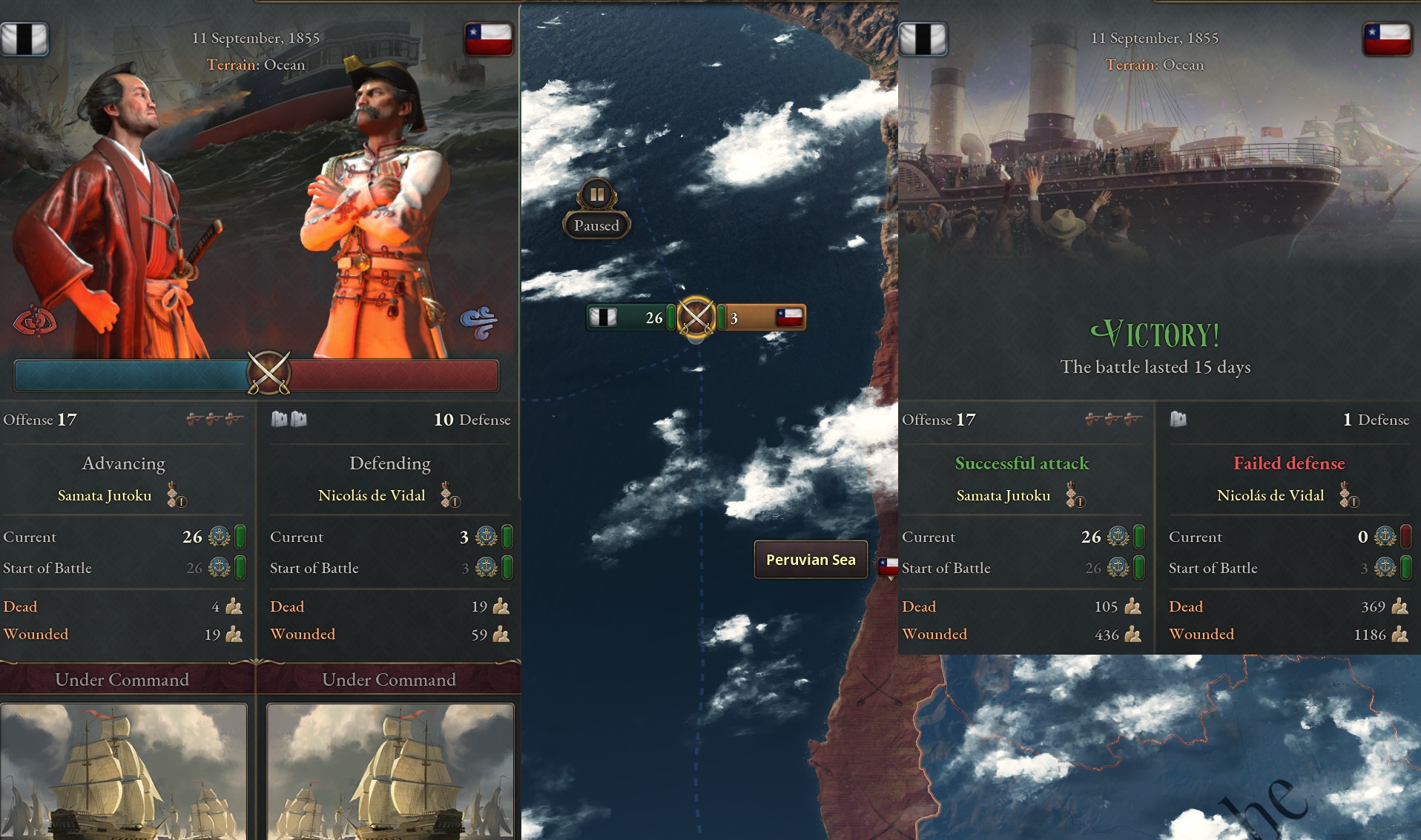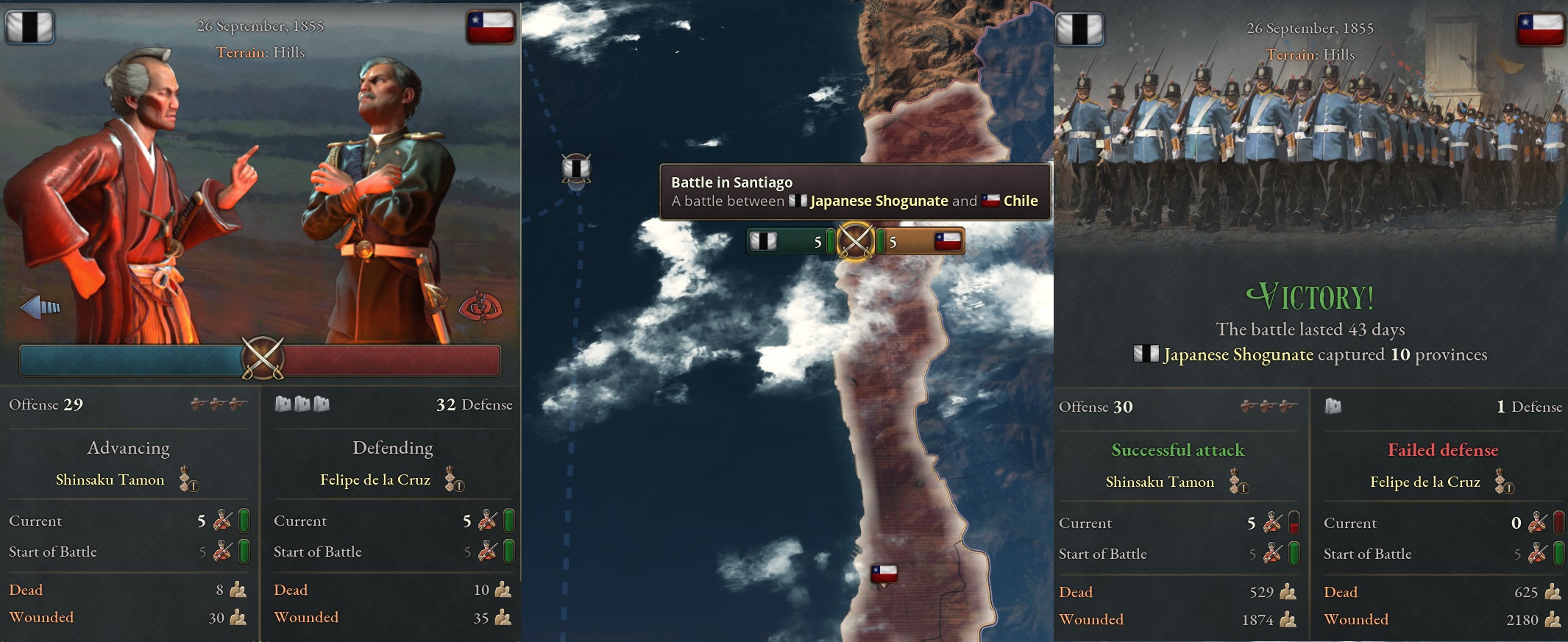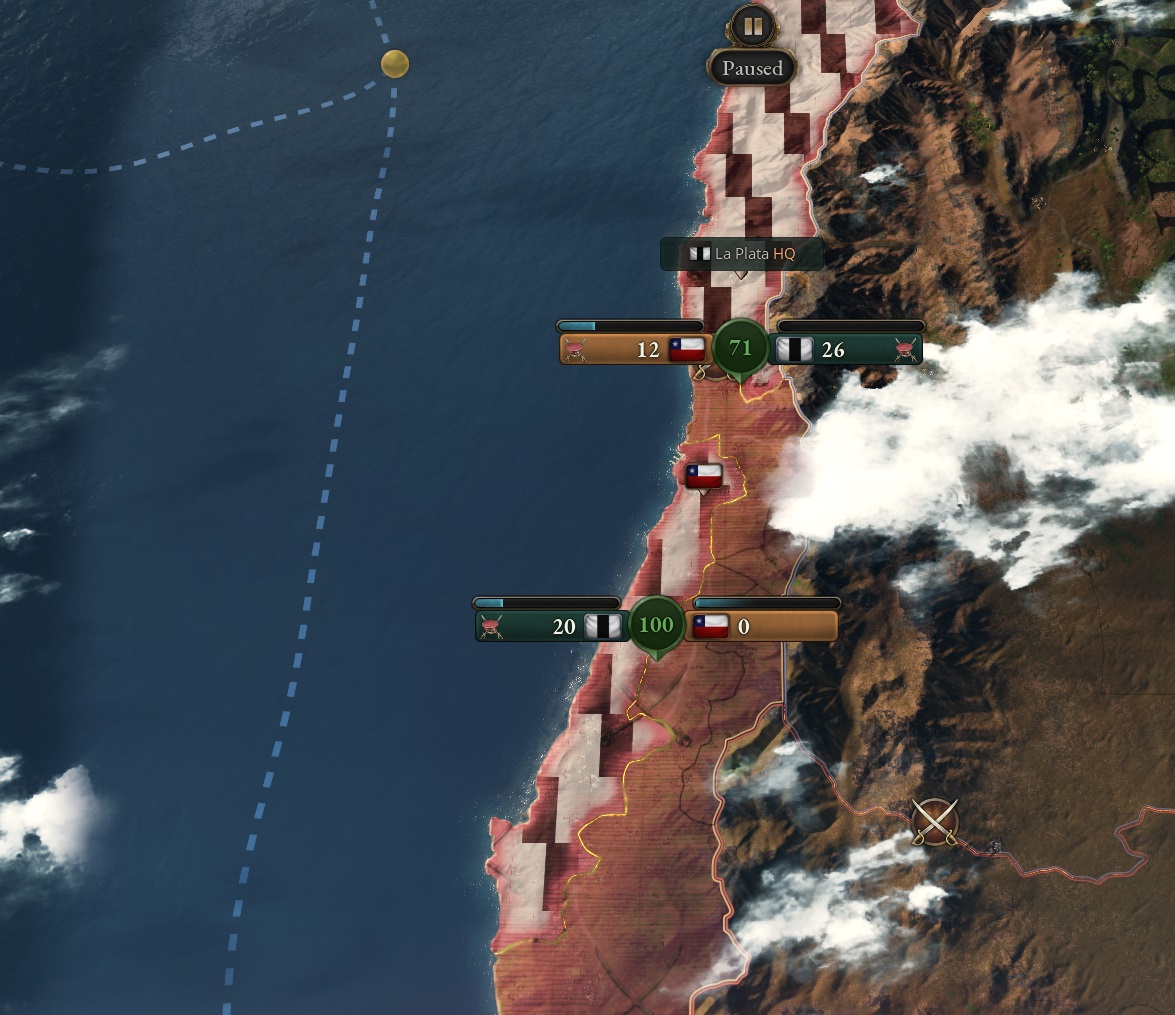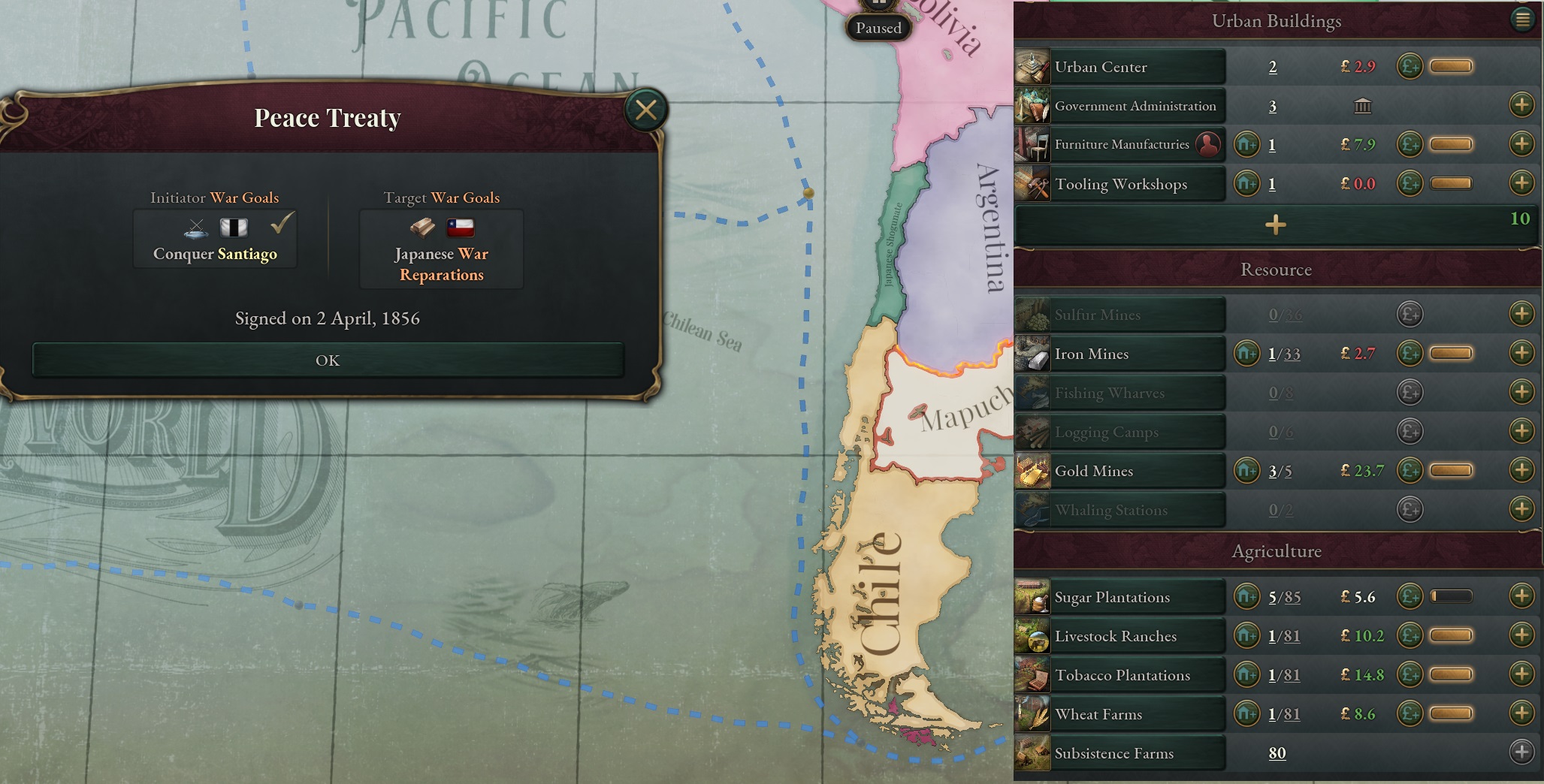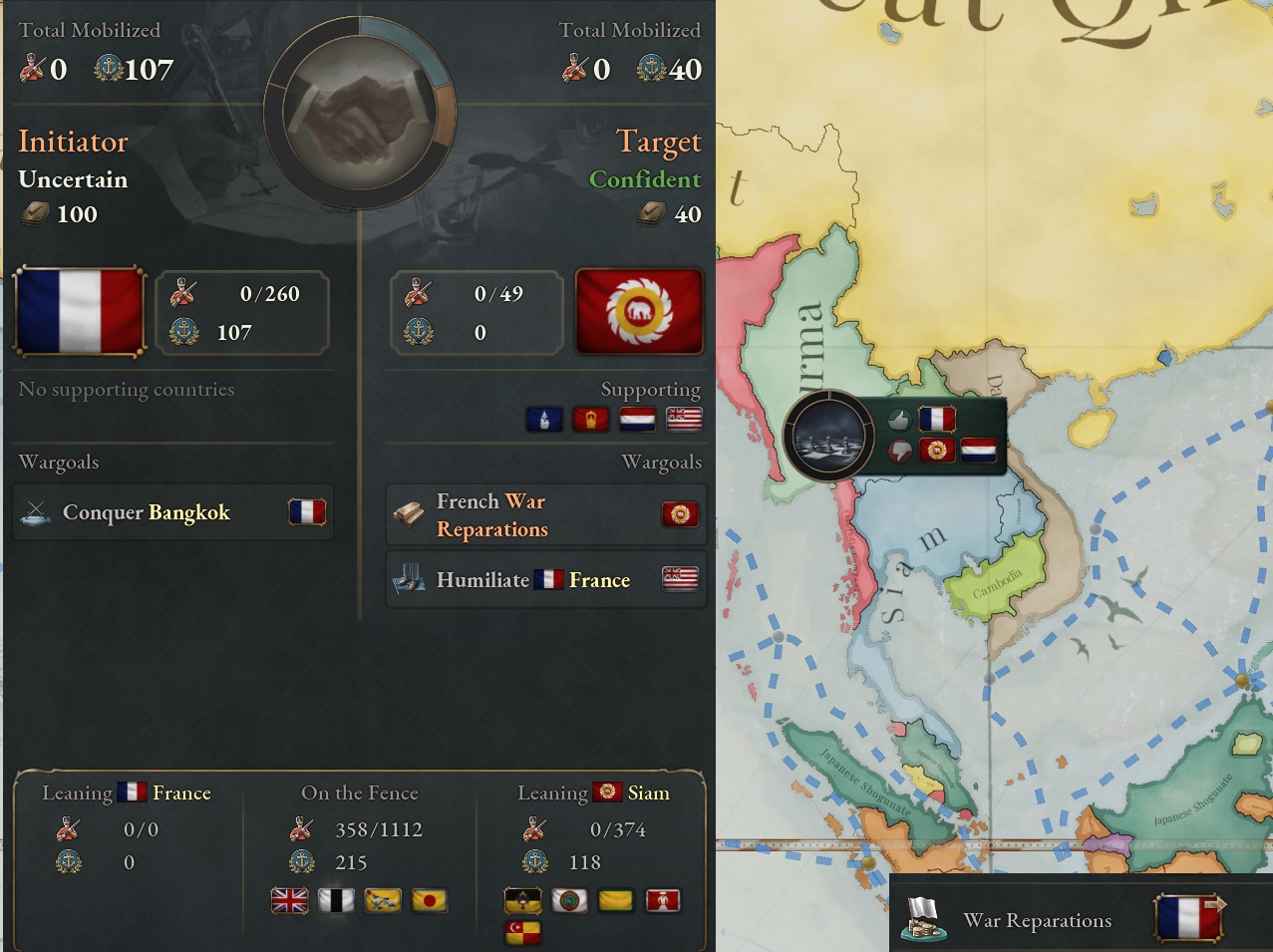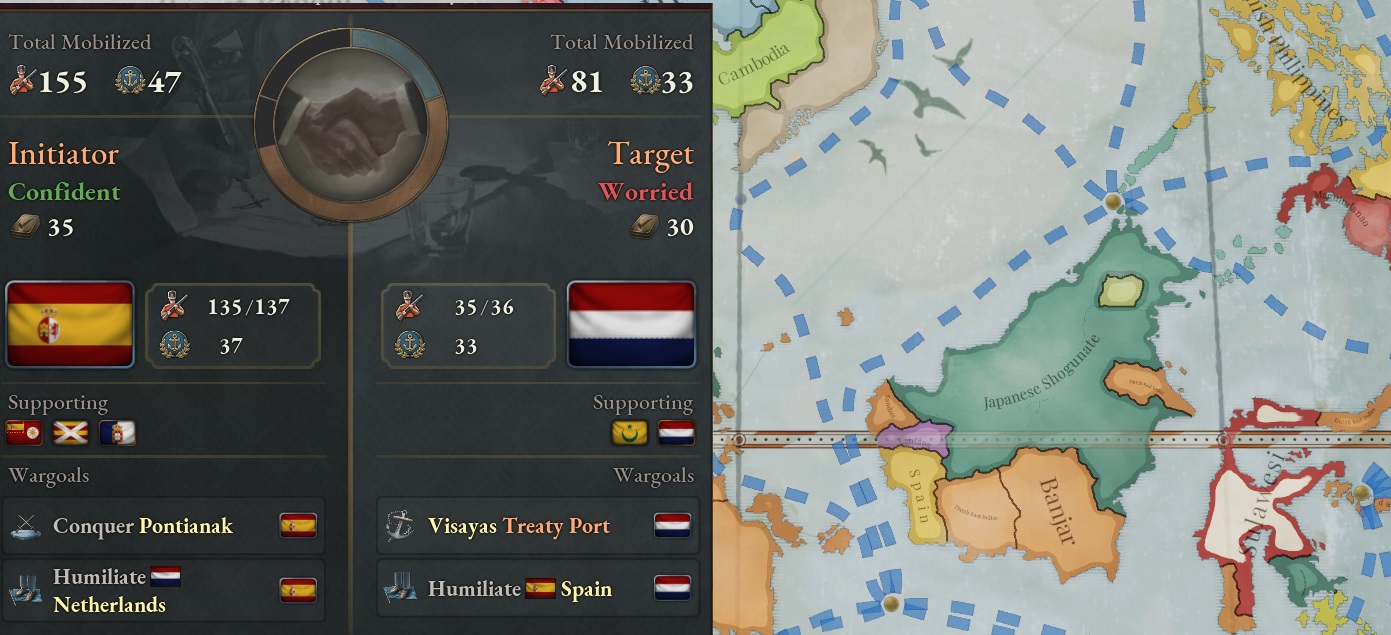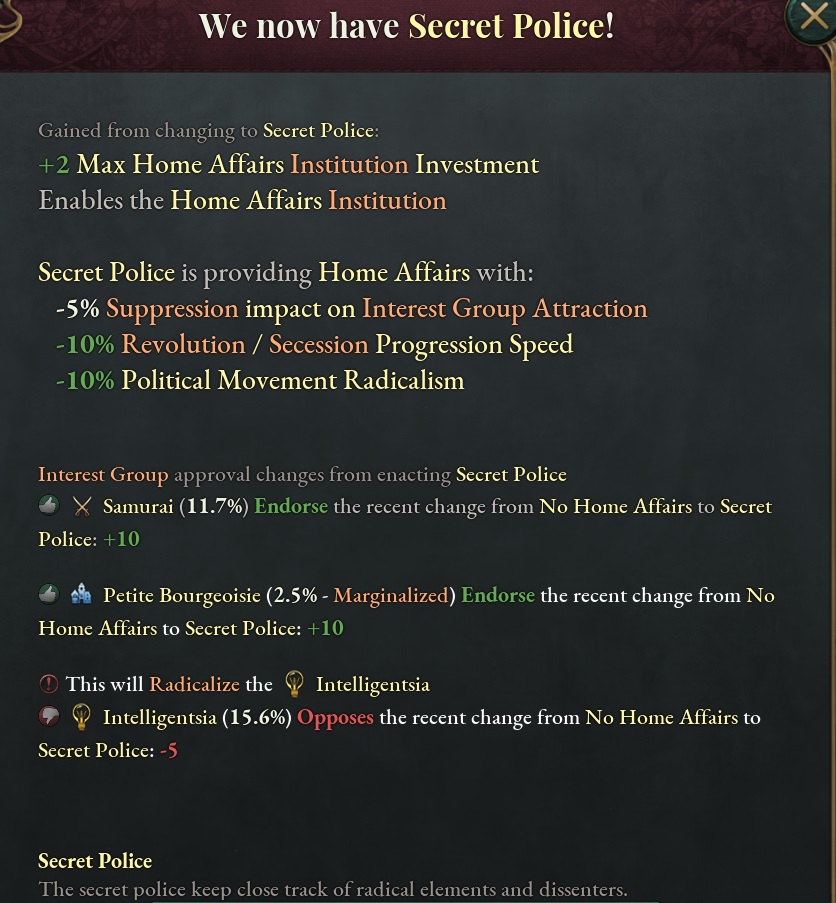Dead Calm of Change
“For centuries, the world was static. When you grow up, you end up doing what your father does. Doing it exactly like your father did. As did your father. As did his father. And so on. The change was a rare and slow event. ” the old man started.
“That is not the way the world works any more. The world is changing at a scary pace, and nothing is the same as it was. And nothing will remain the same as it is.”
“It is a terrible realization that the world will change. That the old ways are dying and you have to change or perish with them” he continued, and after a pause, added: “Especially if you happen to be a young boy.”
Now, imagine a house somewhere in Japan. Built and furnished in a style that is best described as western. A house that would fit perfectly in London, or Paris, or Berlin, or New York. A house that felt a bit out of place in Edo. Yet, there it was. As a testament of change.
Inside the house, there is a room. Again, distinct western style. Despite it being dusk, the room is brightly lit, and not by candles or petroleum lamps, but by electricity. The newest fad of these changing times.
There was a table. A heavy, expensive, mahogany table in the middle of the room. On it, a tea set. Not Japanese, but made of fine Meissen porcelain, made in Germany, being used to serve English style tea. At least the tea was Japanese in origin.
Around the table, there were two men, sitting, sipping the tea and eating biscuits. A younger man and a gentleman who can be described as “past his prime”, if you happen to feel generous. What really stood out were his clothes though. Despite all of the western look of the house, the man was wearing very traditional Japanese clothing. Hakama and haori, or loose pants and a jacket. Being in quite a contrast with the rest of the house.
“It was in Tenpō 6,” the old man started, and stopped promptly, seeing a totally blank look on the younger man’s face.
“6th year of the second era of Ninko-tennō,” he added. The blankness continued, not being bothered at all by the explanation.
“18th year of the rule of Emperor Ninko, and 48th year of the rule of Shogun Tokugawa Ienari” the old man tried differently, and the blankness subsided a little. But just a little.
Then, he laughed and said: “One of my favorite changes is adoption of the Gregorian calendar. It was in the summer of 1835.”
The blankness on the young man’s face was replaced by total understanding.
“My father, a retainer of Ninko-tennō, was sent to Deijima. The artificial island built in the city of Nagasaki. Well, artificial island in a sense that we dug a canal between the peninsula and the rest of the city, making it a separate island. The only place in Japan where foreign ships were allowed to land at the time. And only Dutch, Chinese and Korean.”
The artificial Island of Deijima in Nagasaki
“Ahh, the famous isolationist policy,” the younger man mumbled.
“The Sakoku rules. Almost a total isolation indeed,” the older man nodded and continued.
“My father was tasked to escort Opperhoofd, the chief of the Dutch trading post, to Kyoto and Edo, for his annual tribute to shogun and a little visit to the Emperor on the side.”
“The latter being an unusual exception?” young man enquired.
“Yes, it had taken Ninko-tennō considerable effort to gain permission from the shogun. The Emperor claimed to have an interest in Rangaku, or the Dutch studies, as it was called back then. But that is for another time.”
“We arrived at dawn. Were greeted by Nagasaki bugyō, shogun’s overseer of the port. He apologized profusely, for there had been a dead calm for weeks. Not enough wind, the ships unable to leave the port. Making the crews of several Chinese junks in the harbor more drunk than usual and more restless than usual. And that carried over to the rest of the city.
Indeed, through the morning mists, we saw huge junks, all sails reefed, anchored in the harbor. And indeed, the noise of drunken sailors and laughter of whores, even though it was early hours, was heard even here. Then, we gazed at Dejima, the Dutch compound. There we saw...”
The old man took a small dramatic pause. Then continued. “We saw a Dutch ship. All sails reefed as well. But.. but it was moving. Despite no wind. Instead, huge black puffs of smoke were coming from a chimney stationed in the center of the ship and huge paddles on both sides of the ship were turning slowly.”
“We stood there, on the shore, and watched dumbfounded, as the Dutch ship, despite lack of wind, slowly sped up, moving out of the port. We watched as it passed us, paddles pushing the ship forward. We watched as the ship entered the sea. There, as the ship apparently found some wind, we watched as the small sailors climbed the masts and put full sails on. Majestically, the ship turned westwards and continued her voyage, now apparently, with the power of wind.”
Watching the strange ship that is 100% flying under Dutch colors.
“An early steamer?” the younger man enquired.
“And a primitive model of that, as well,” the old man laughed. “Nothing that amazing to you, I imagine. Perhaps a bit of a curiosity, for it was a paddlewheeler, not propeller-driven. Oh, how the world has changed.”
“For to us, it was a total shock. Realization that the Dutch had freed themselves from being the slaves to the wind and can now rightfully call themselves masters of the sea. Something that we did not think to be possible- or rather something we did not think of at all.”
“It was that morning in Nagasaki,” the old man continued. “That I realized that the world will never be the same. And we can either change with the world or be left behind. Quite a realization if you are 11 years old...”
“Deadcalm of change,” the younger man muttered.
The older man just smirked and nodded.
- 9































